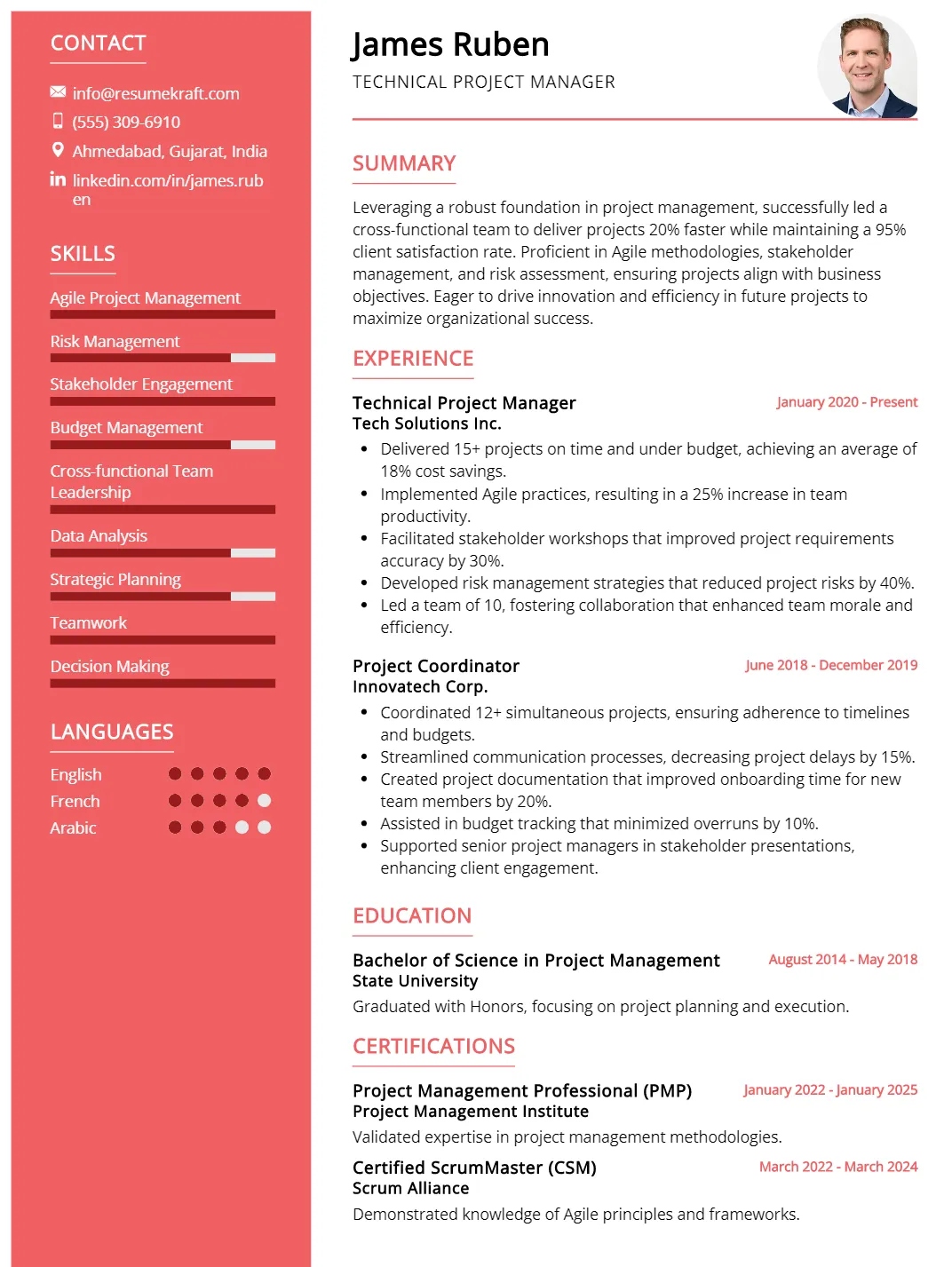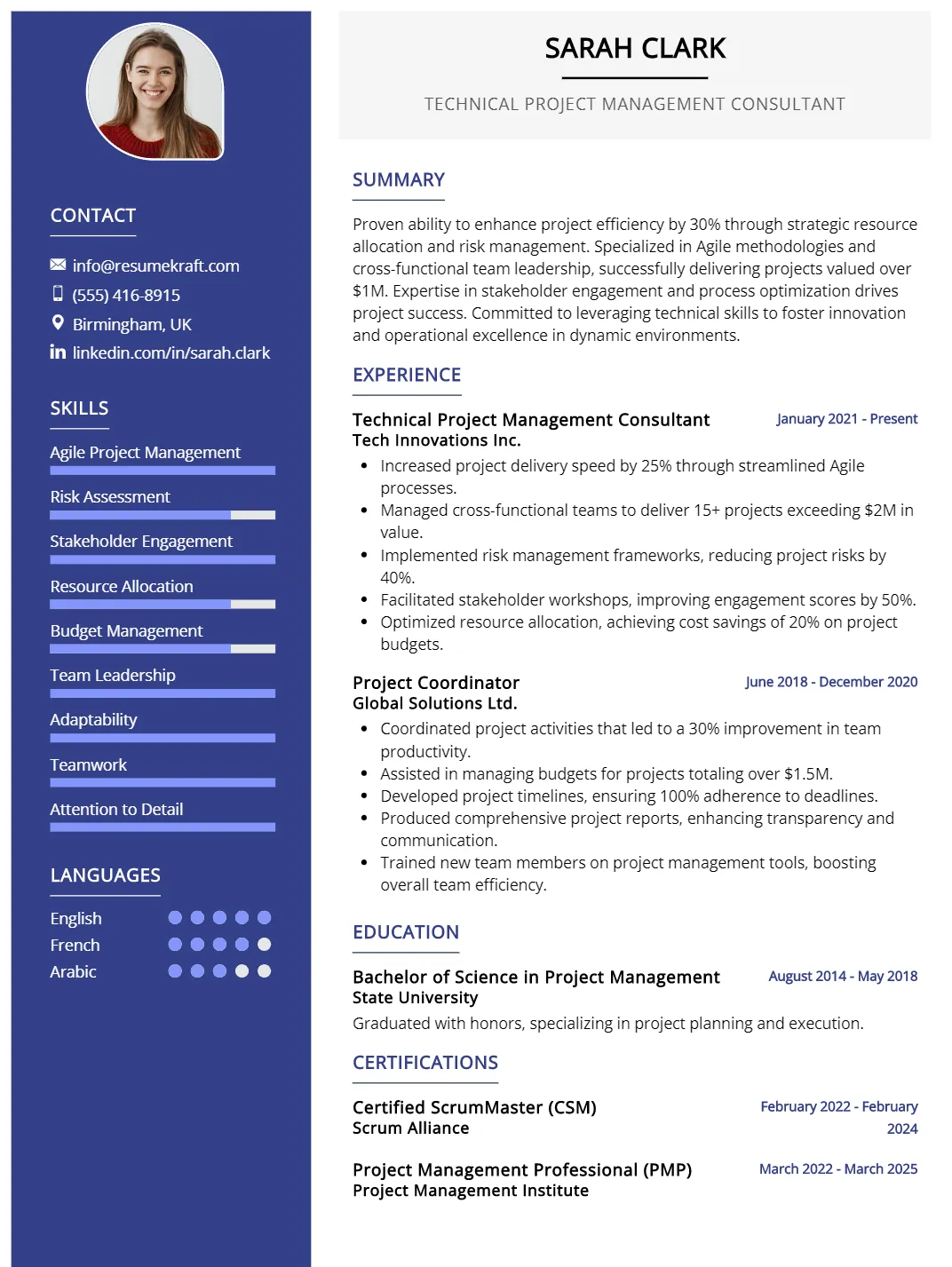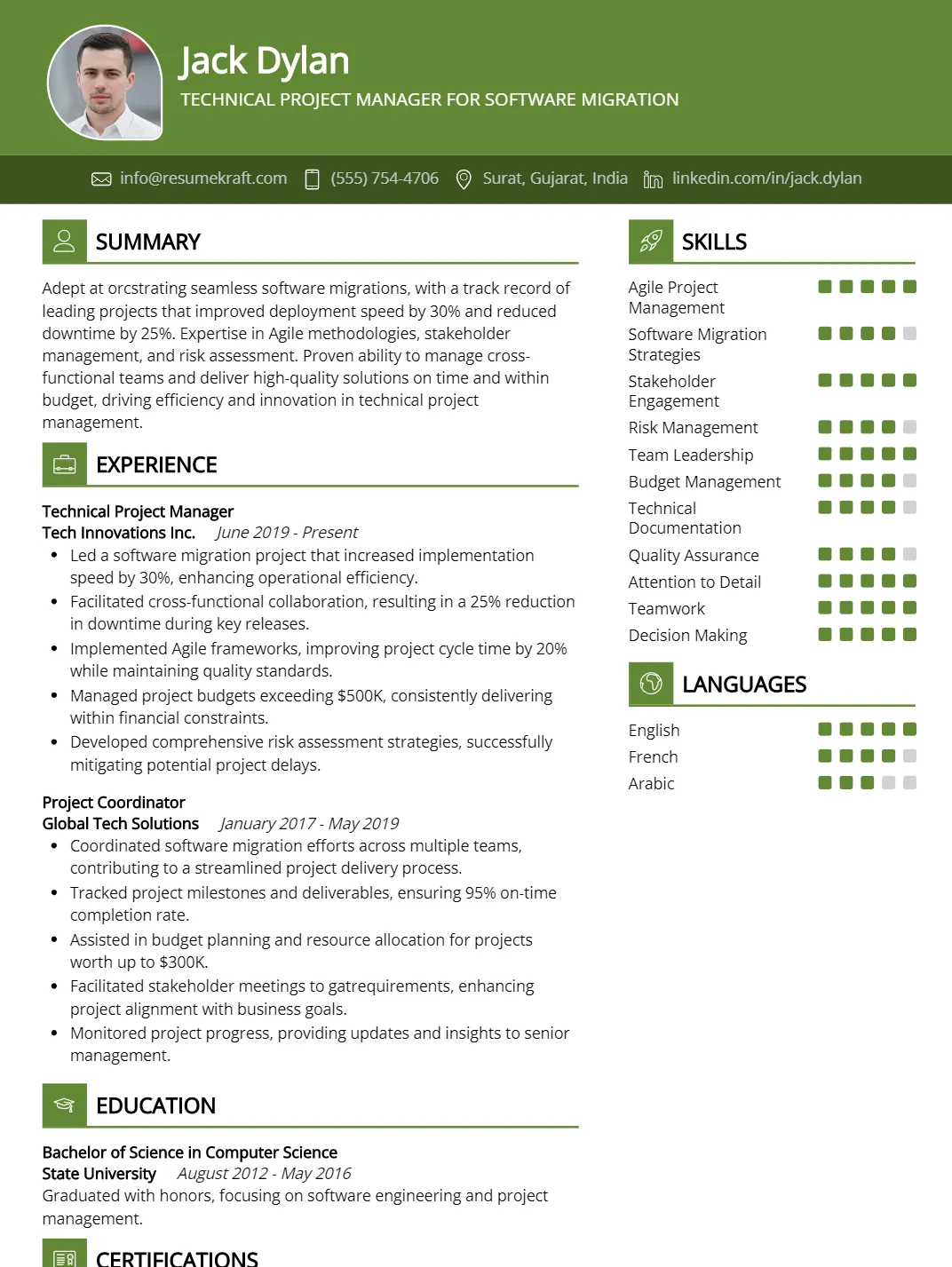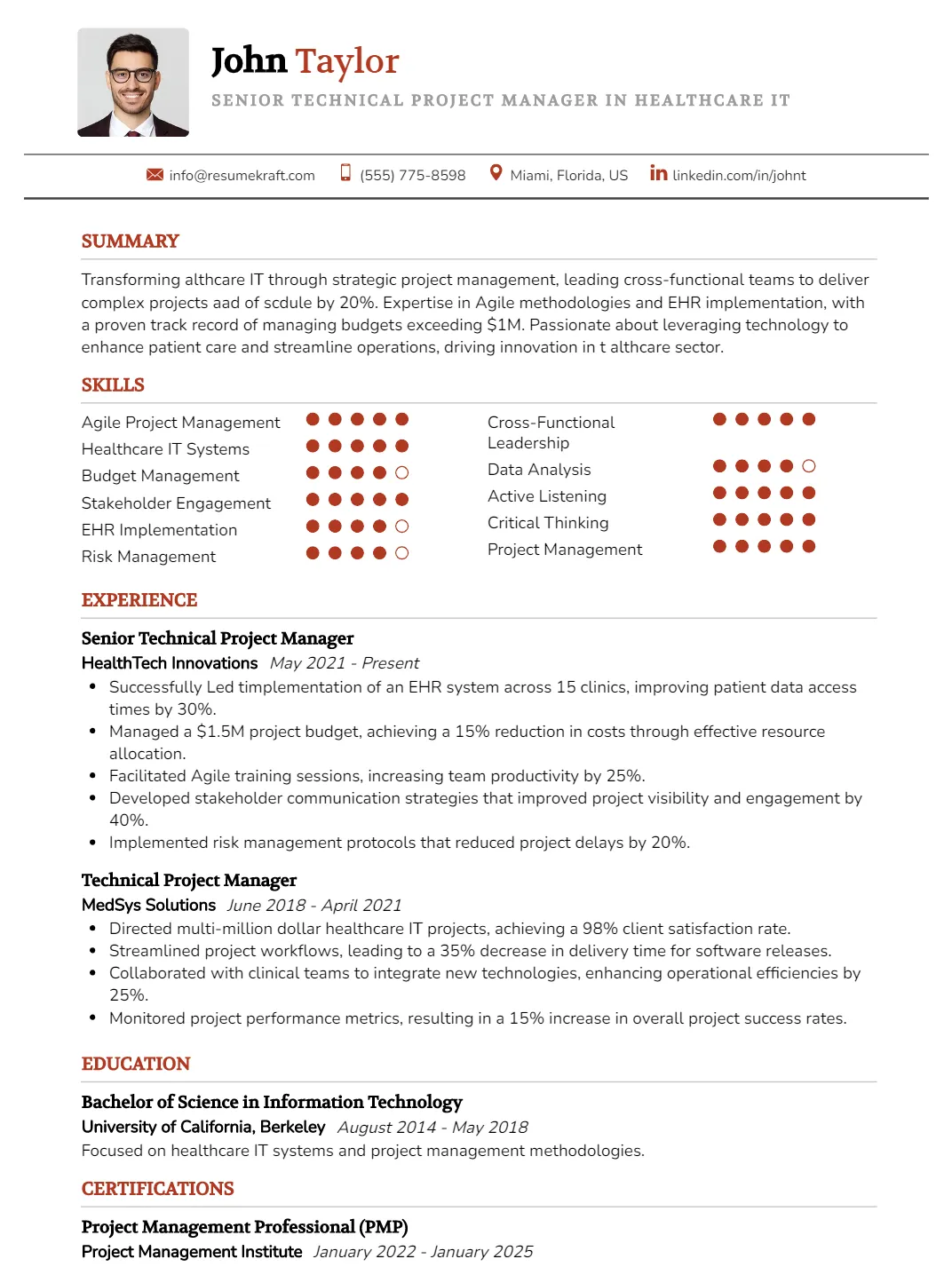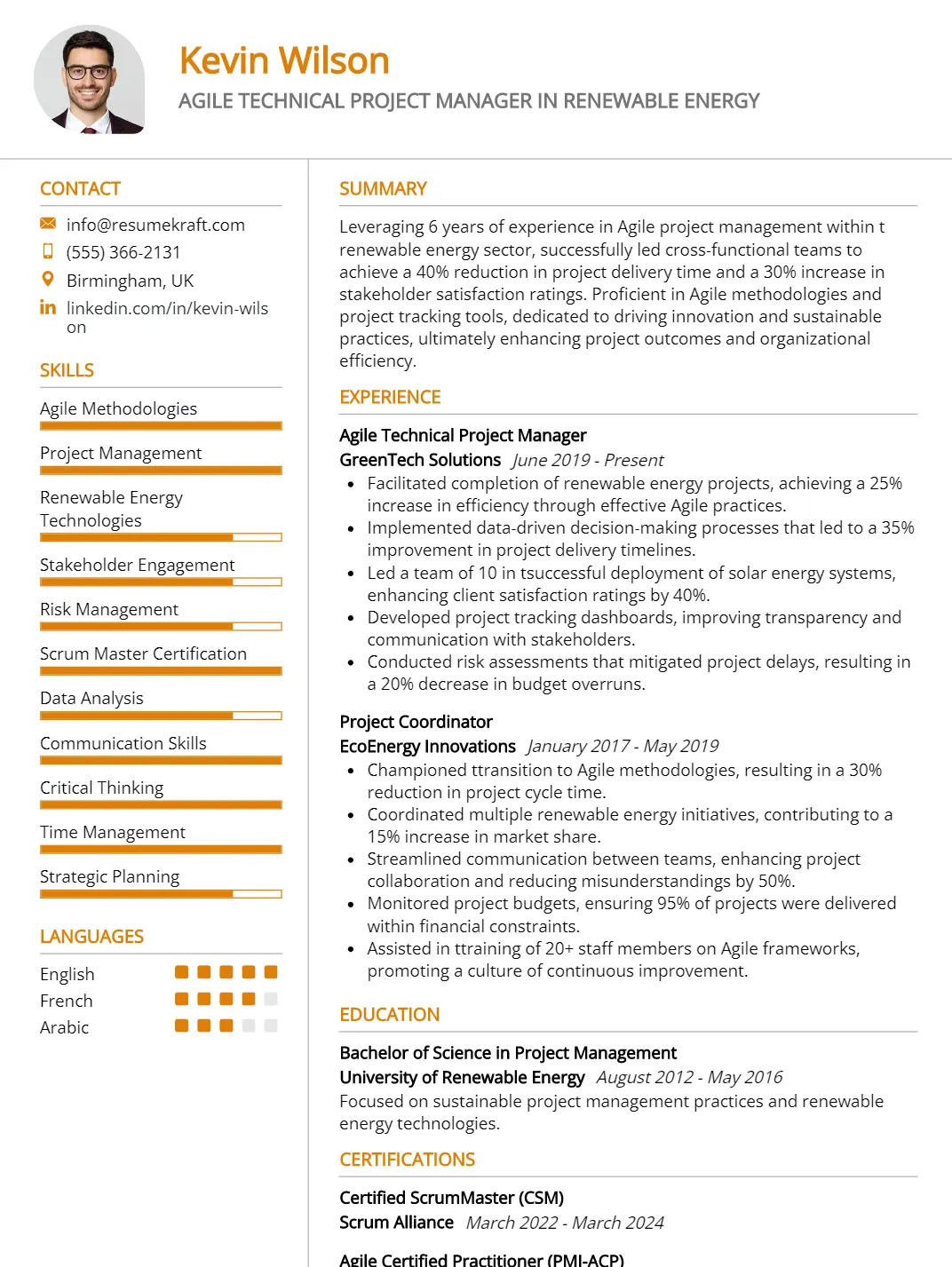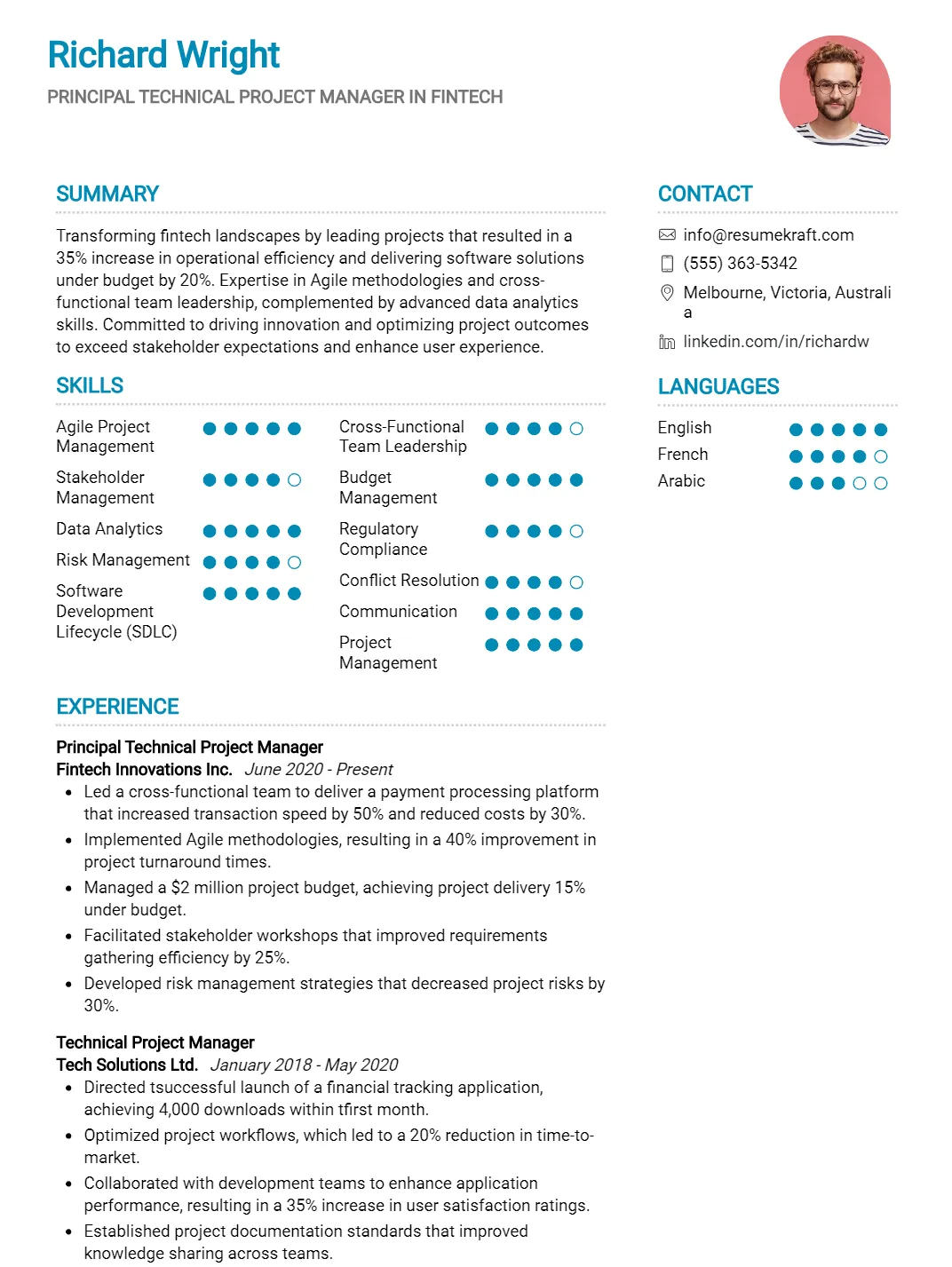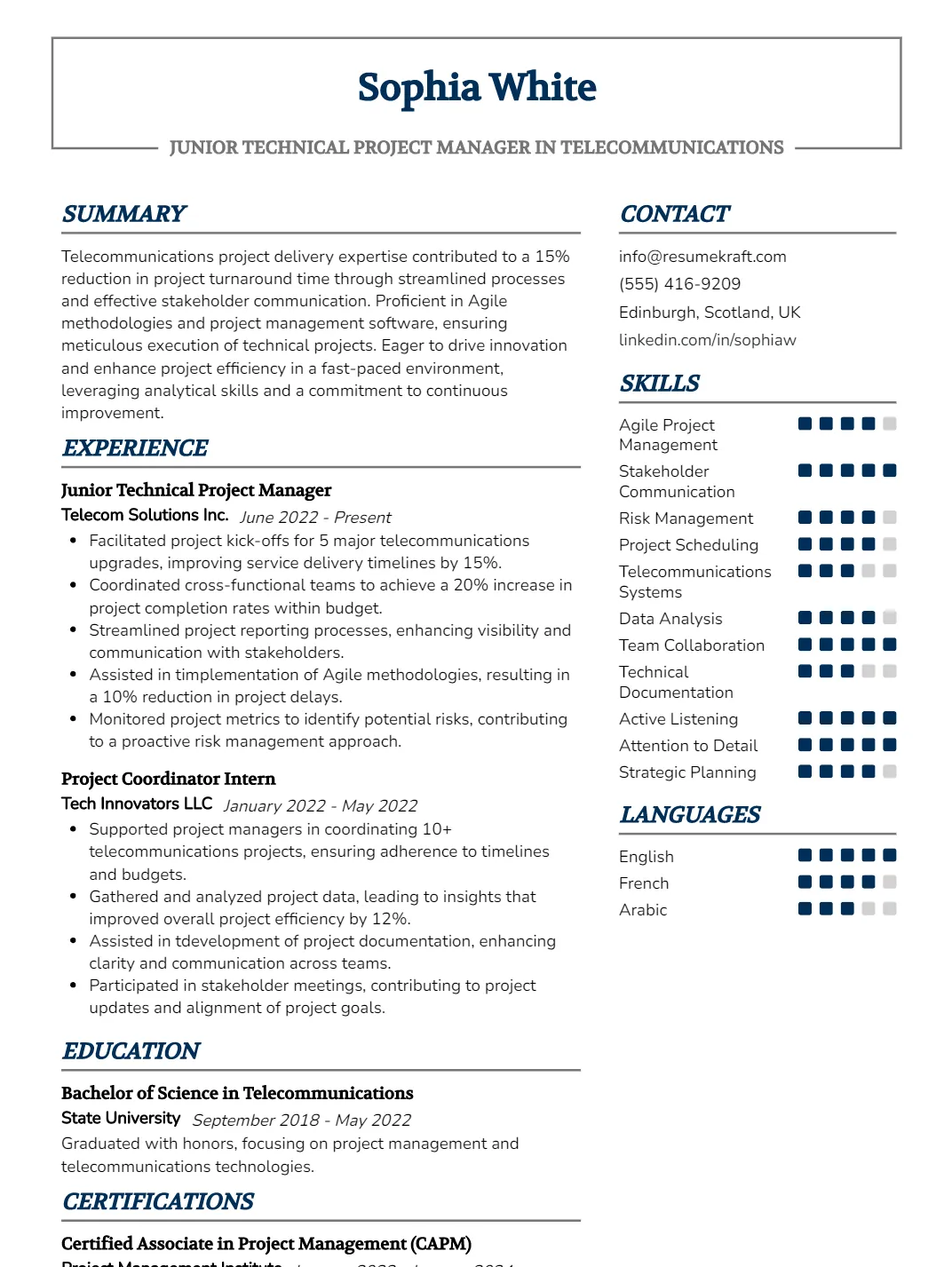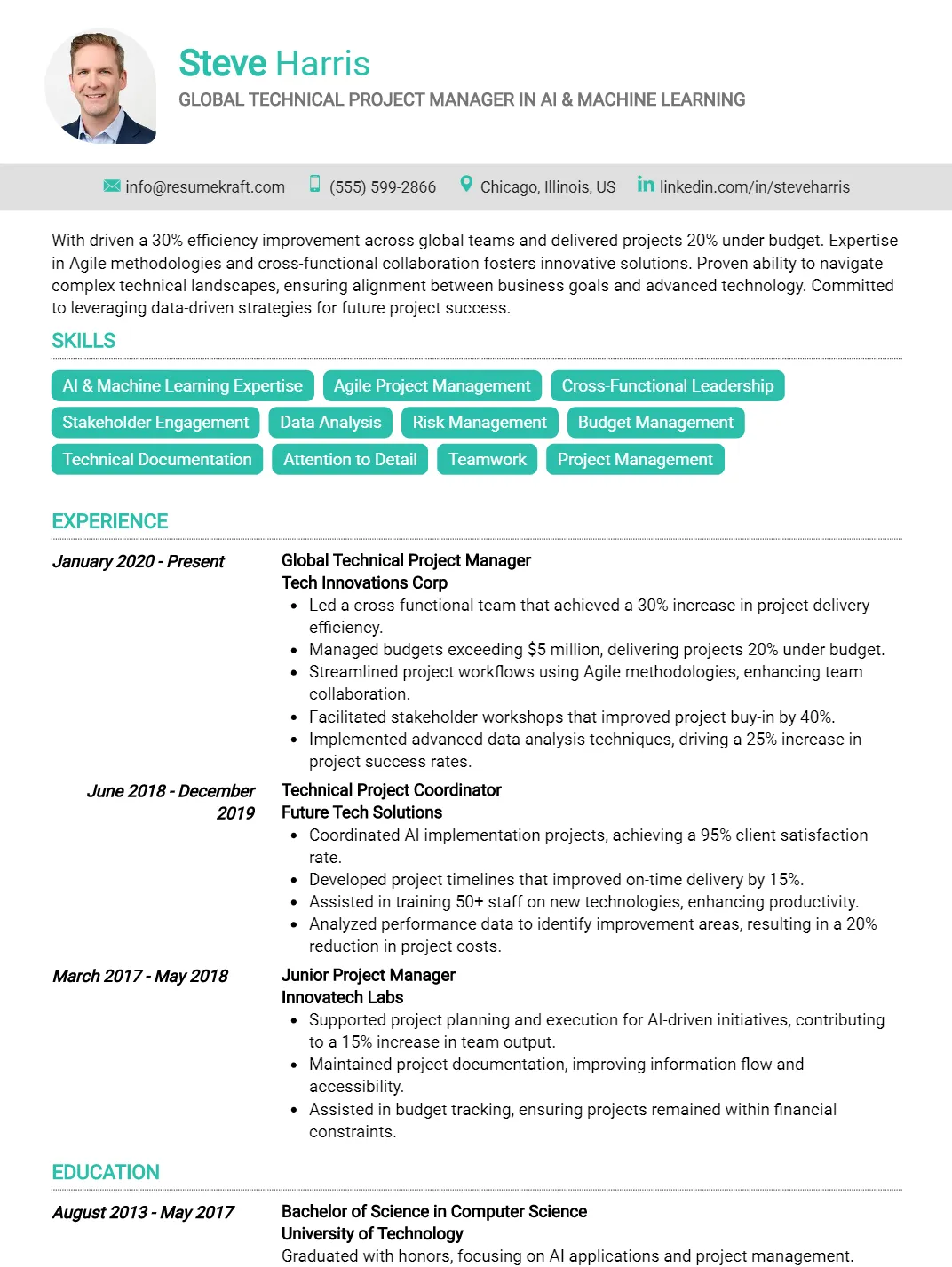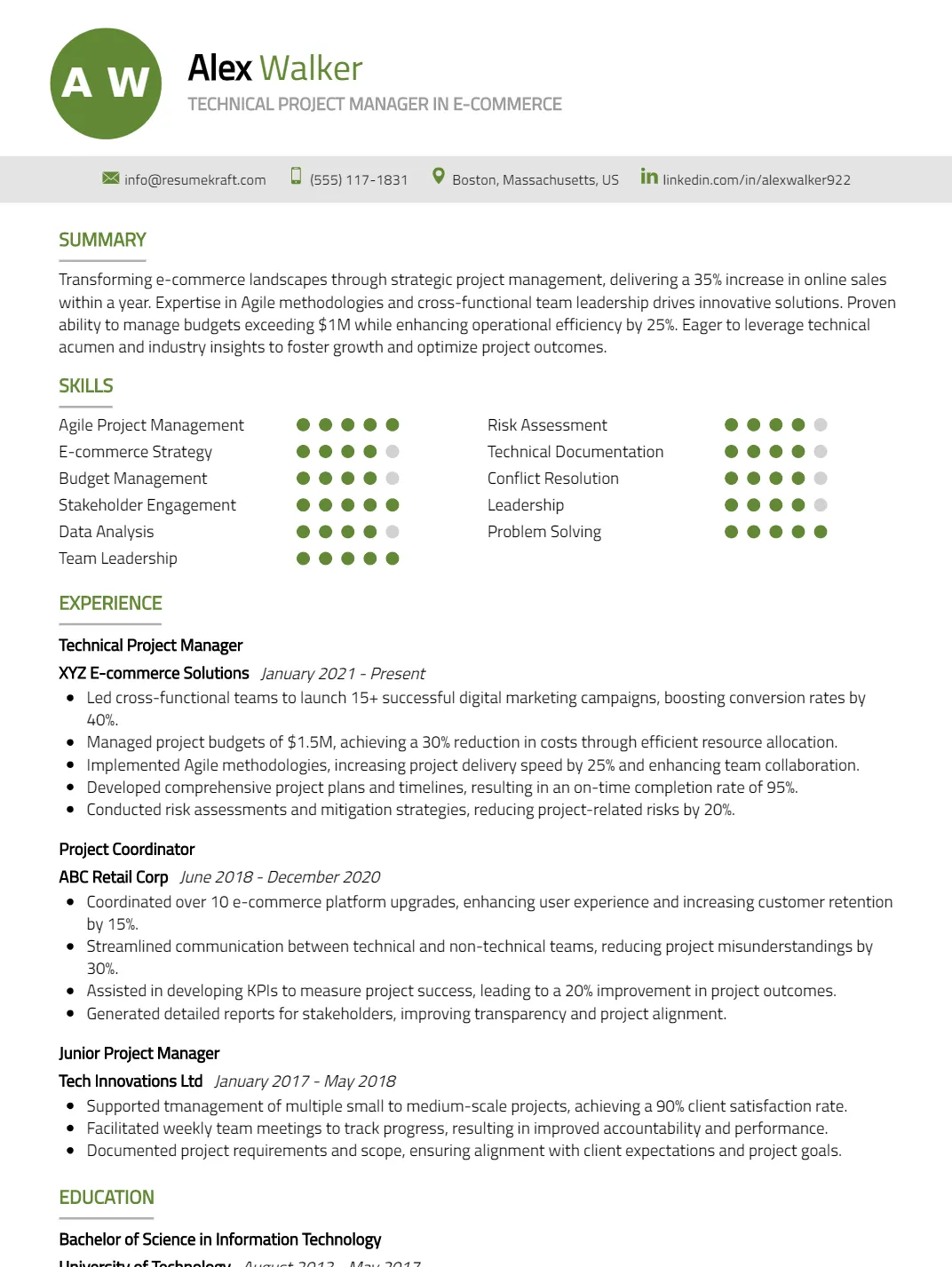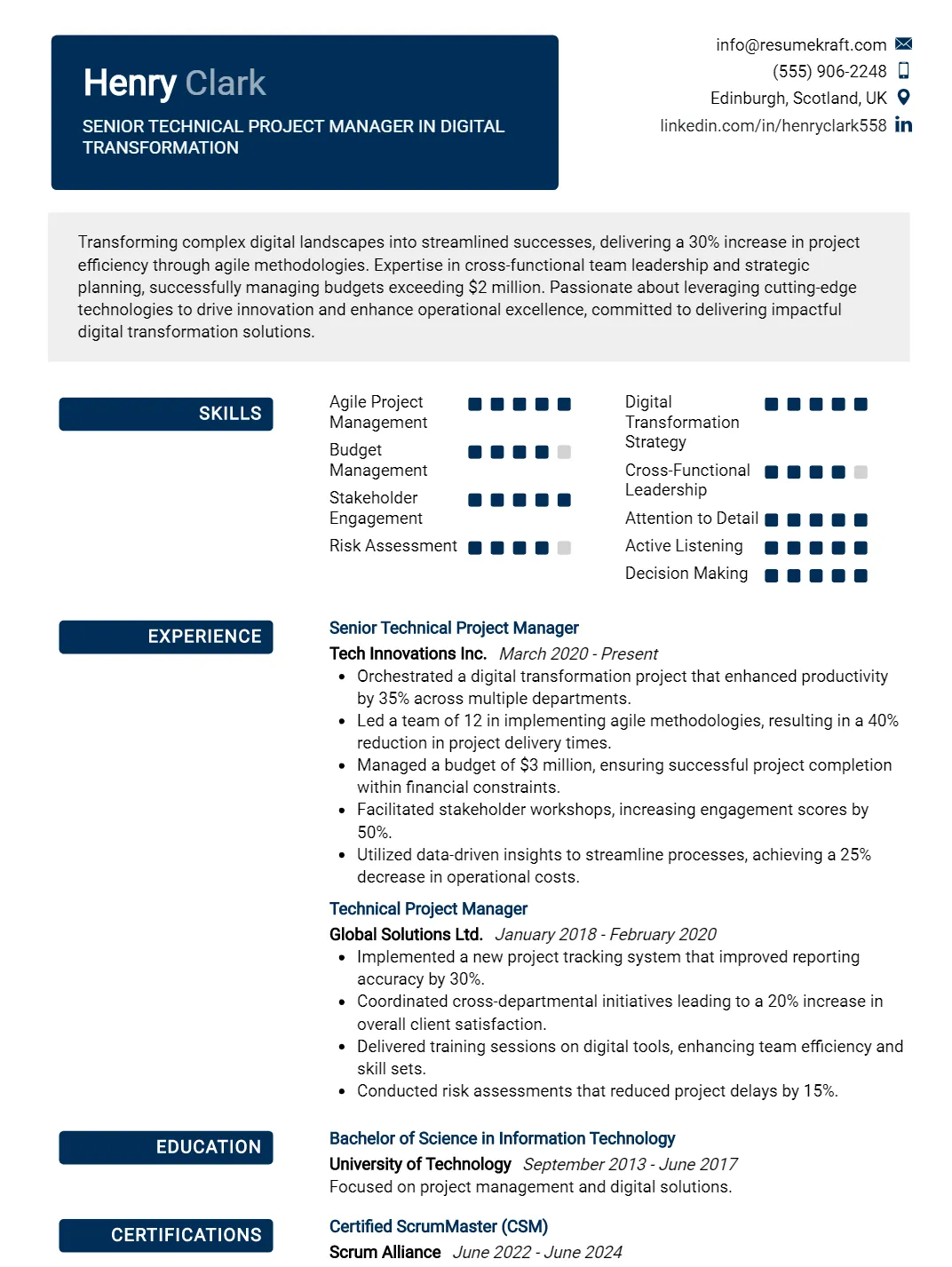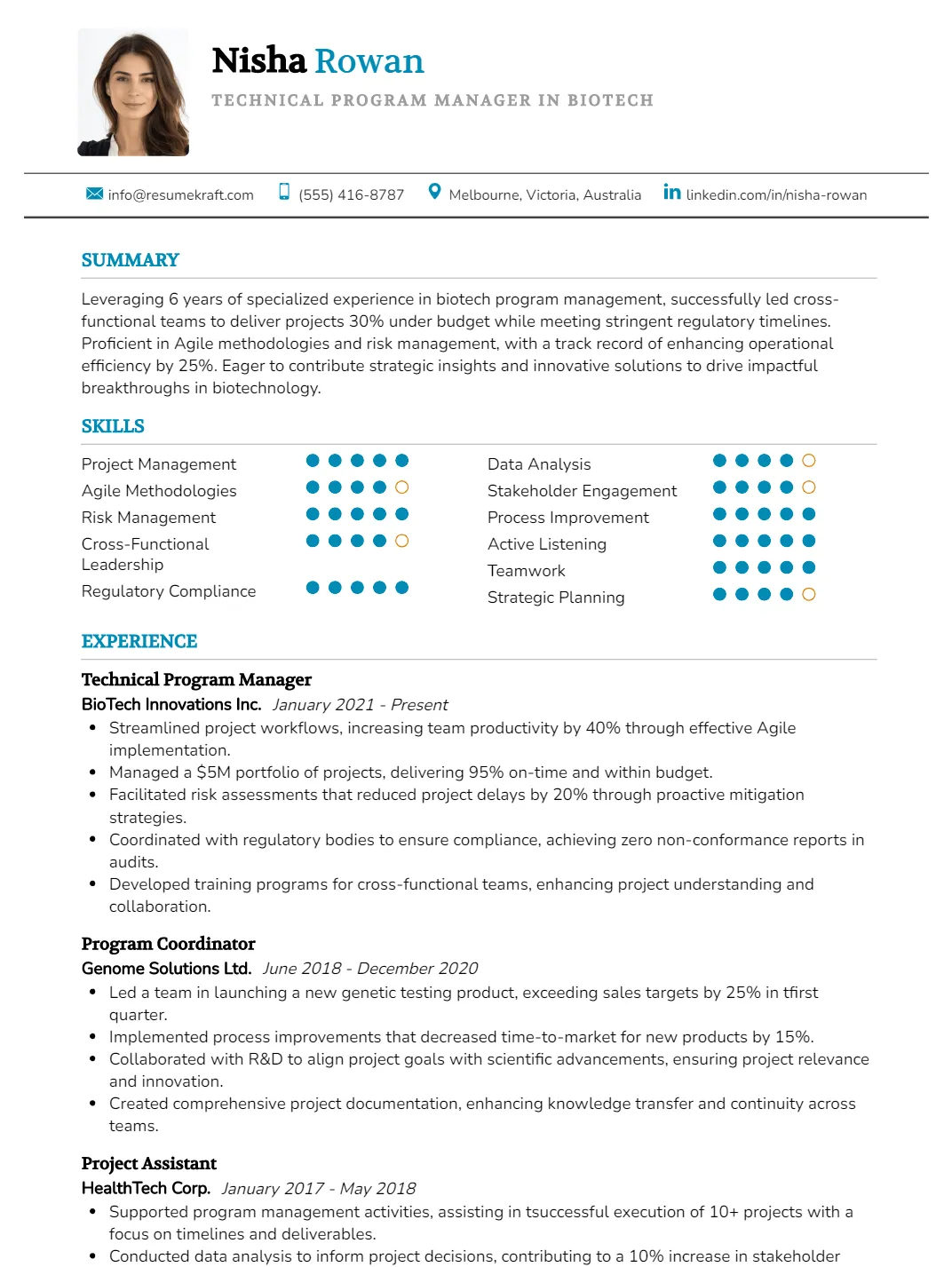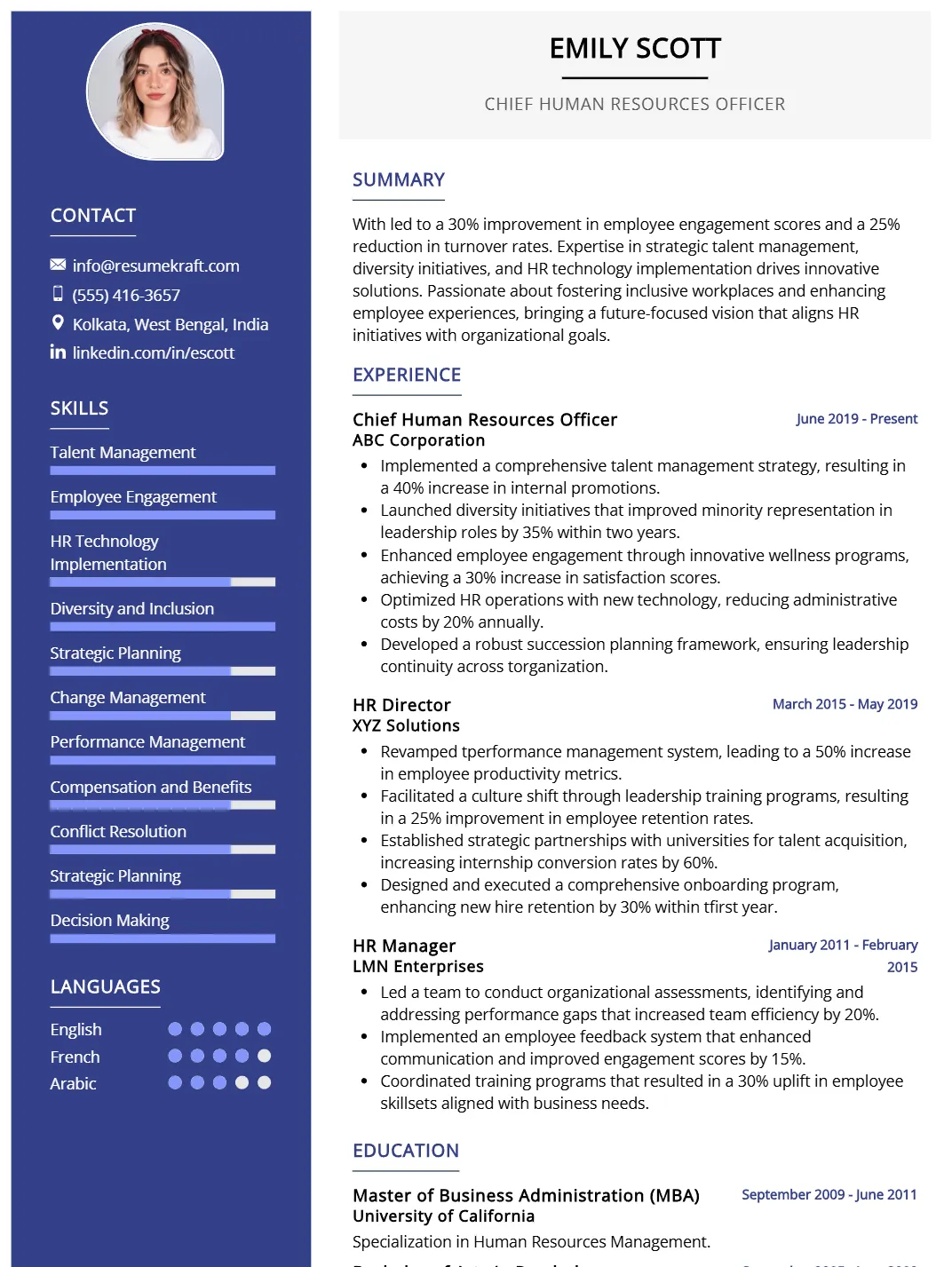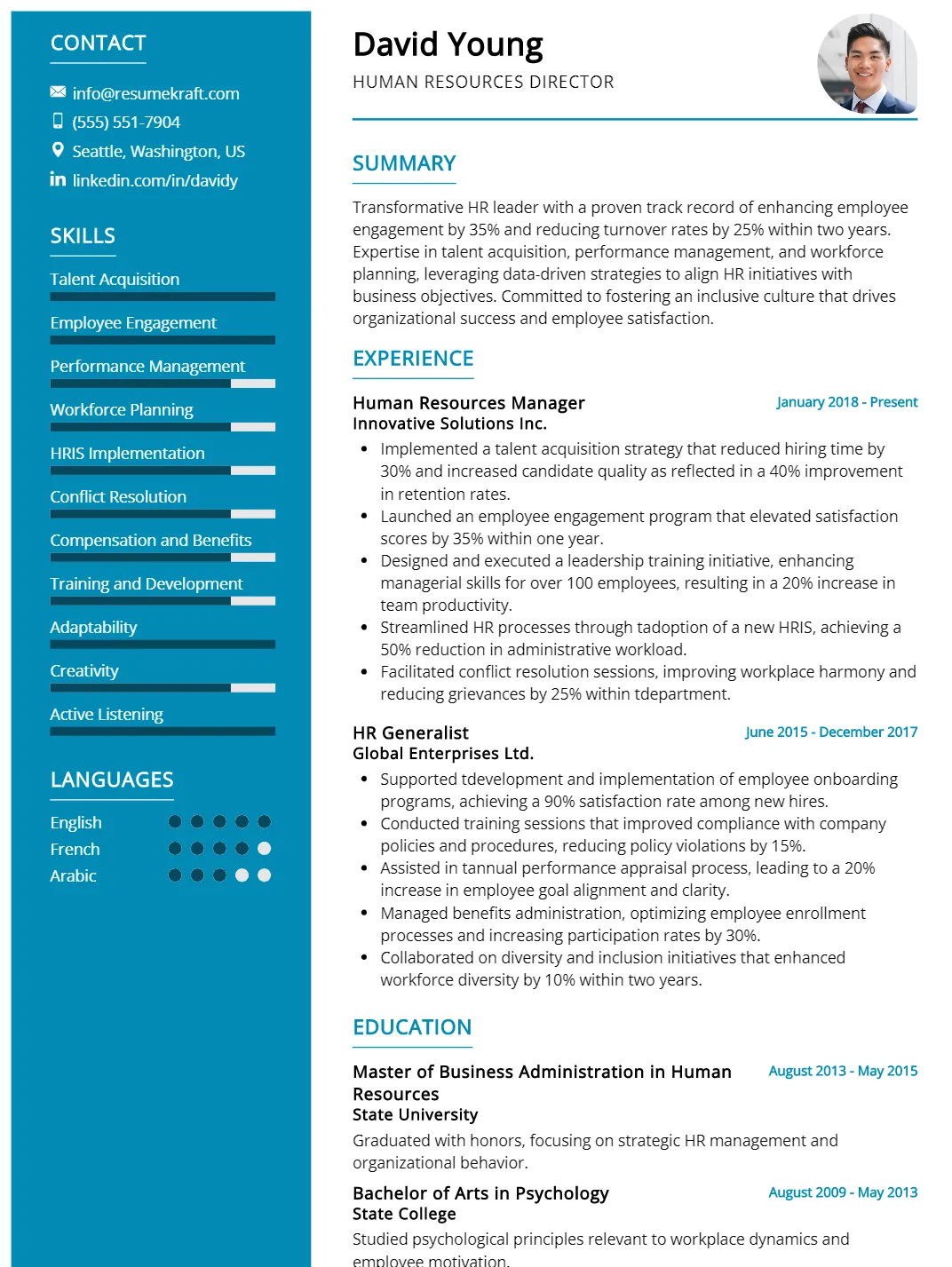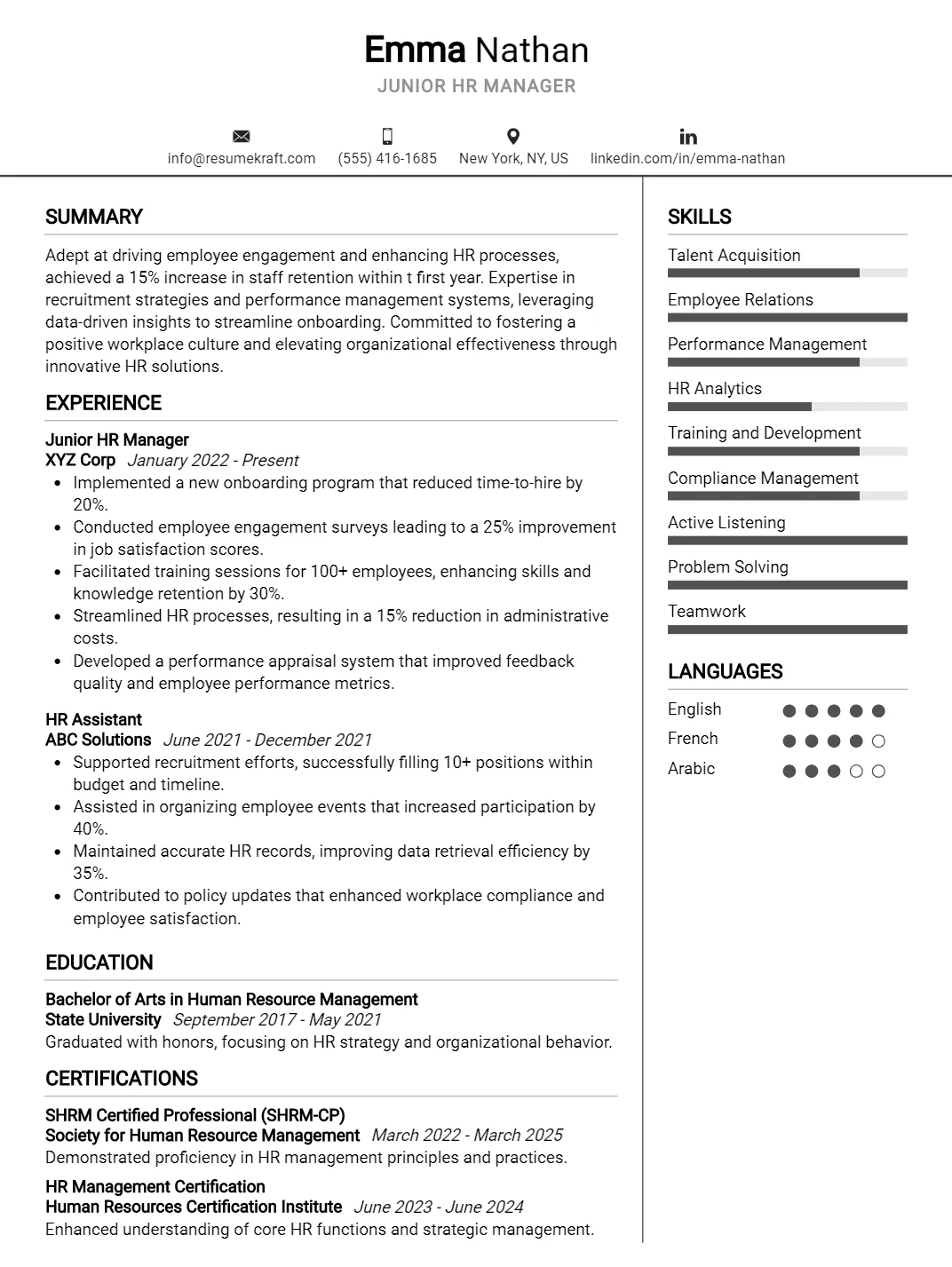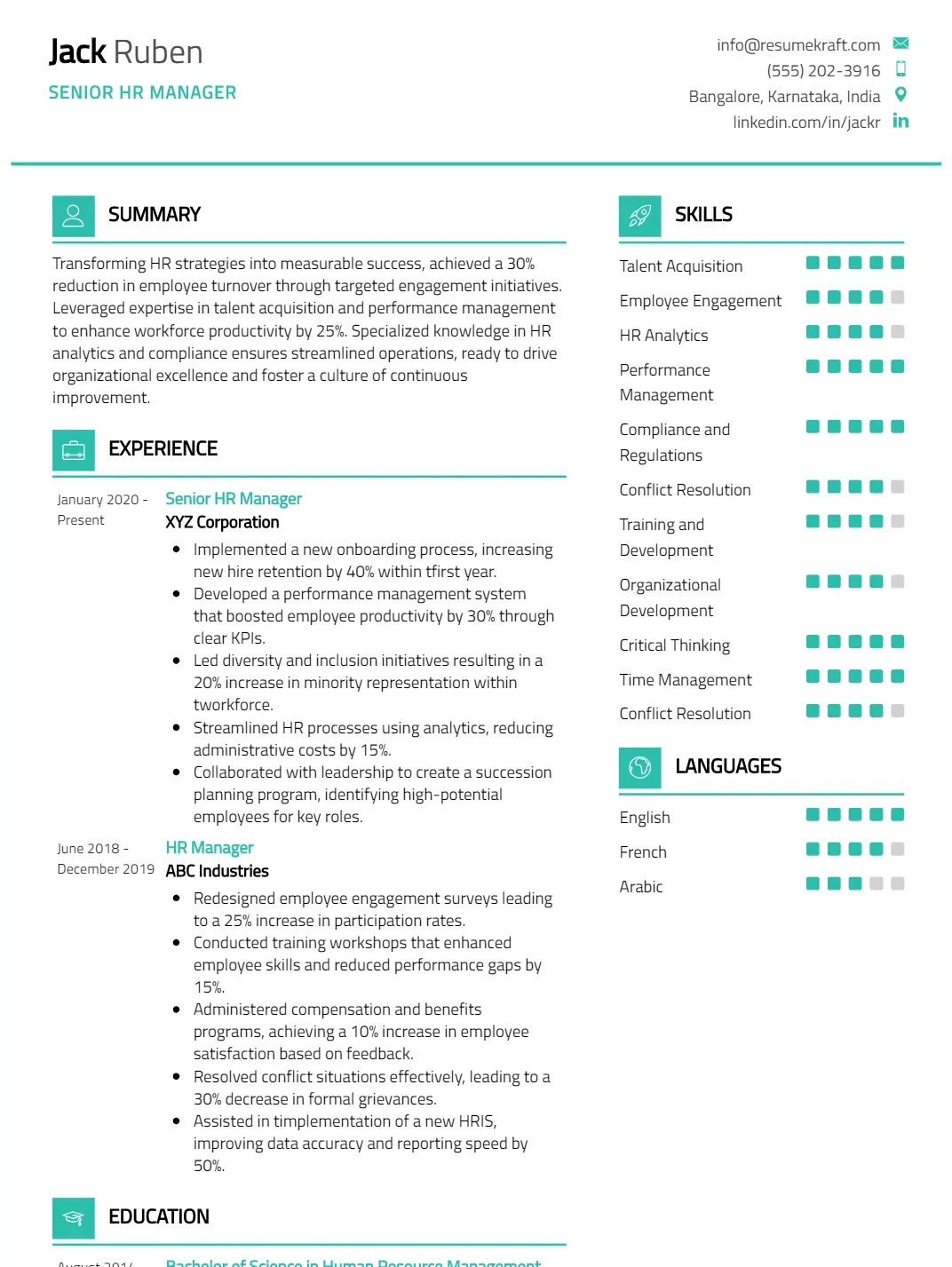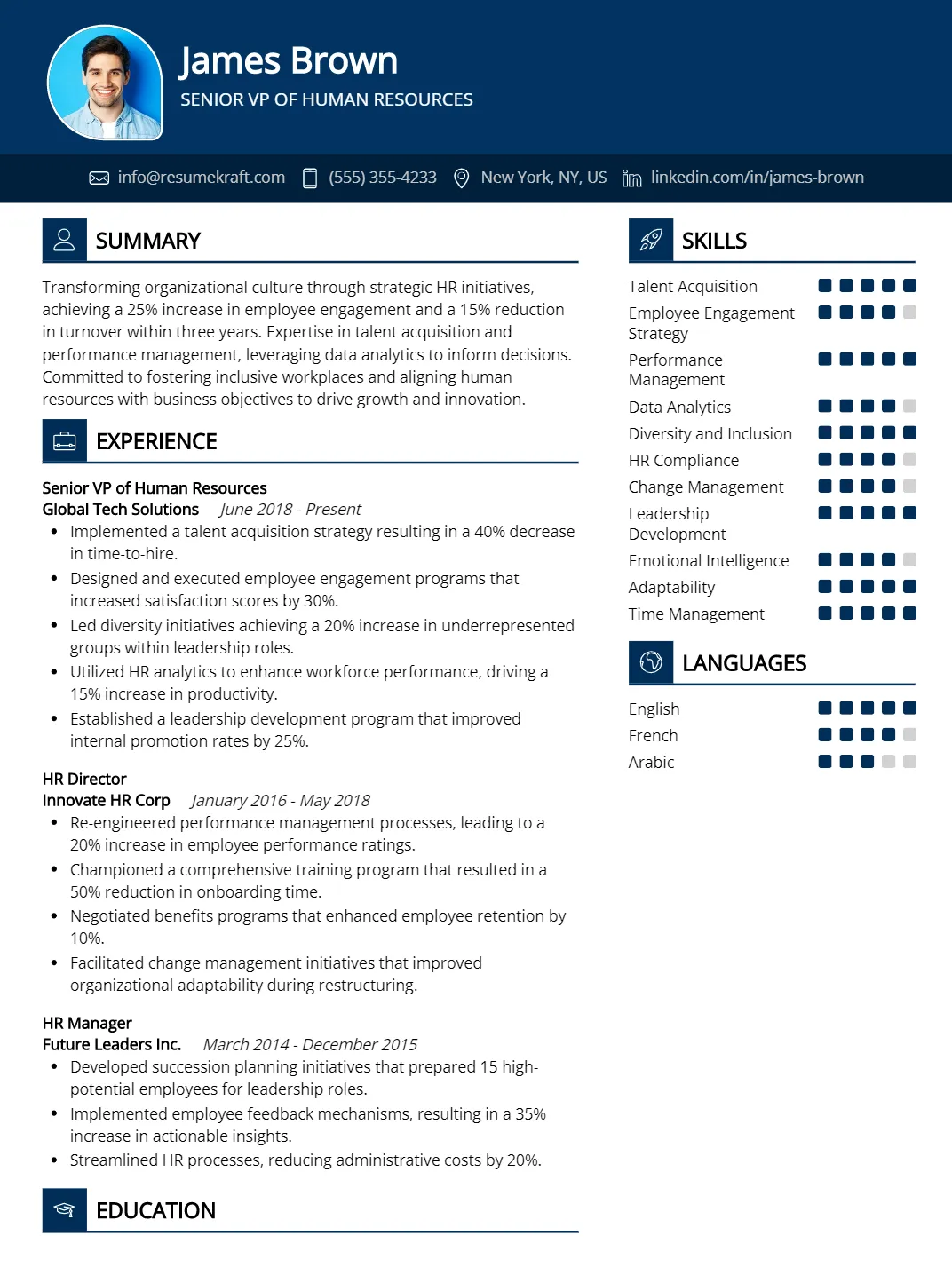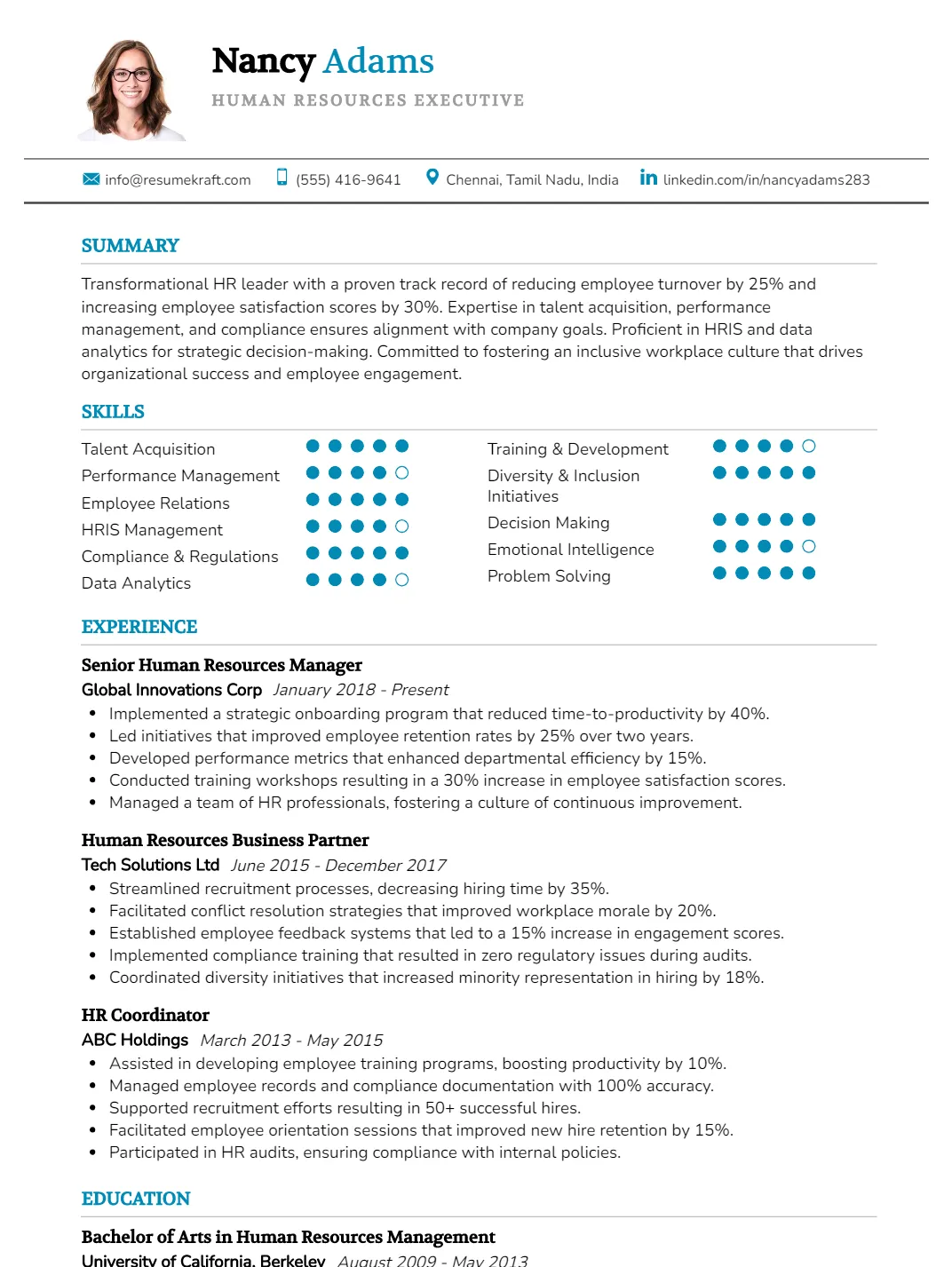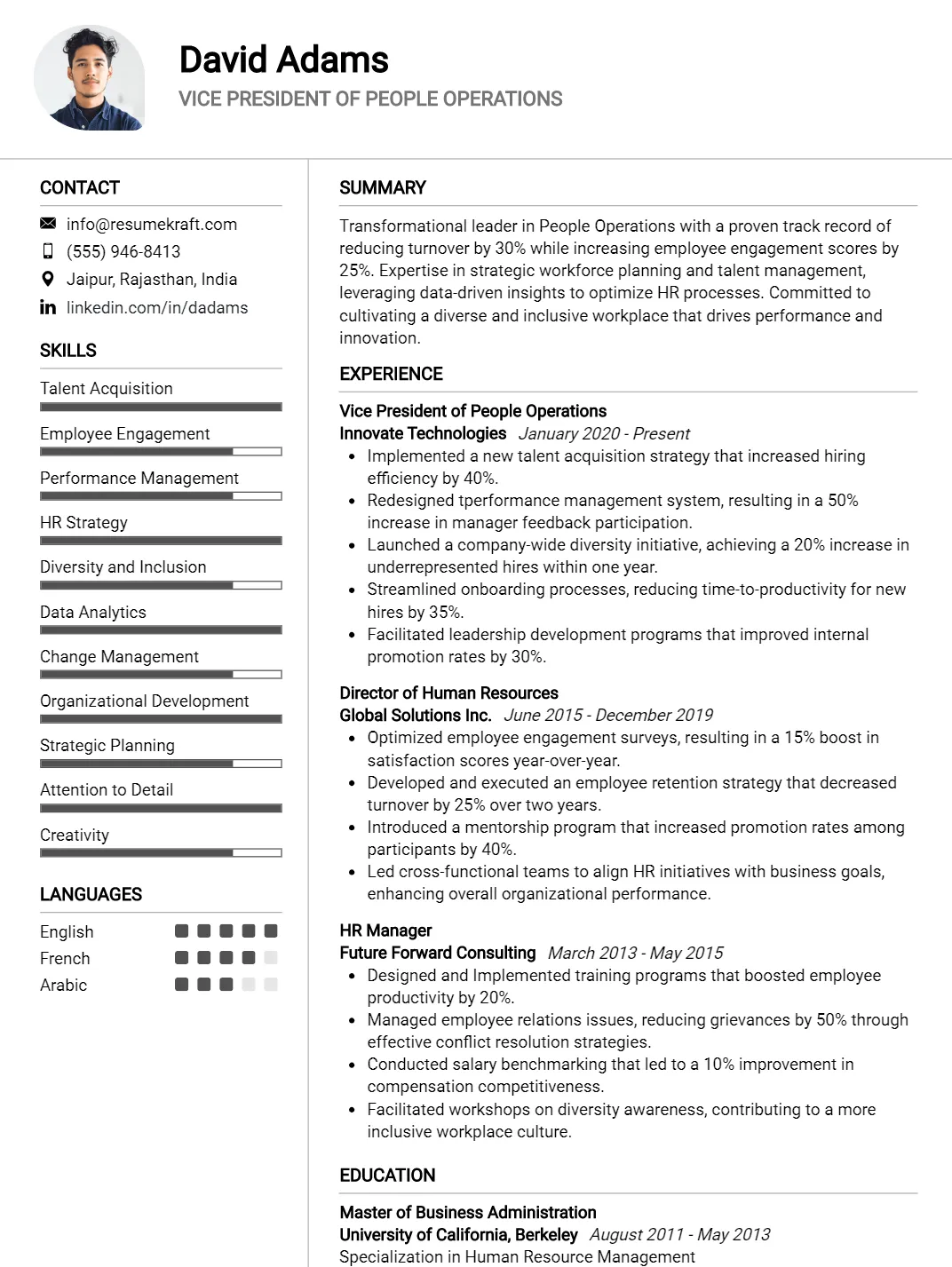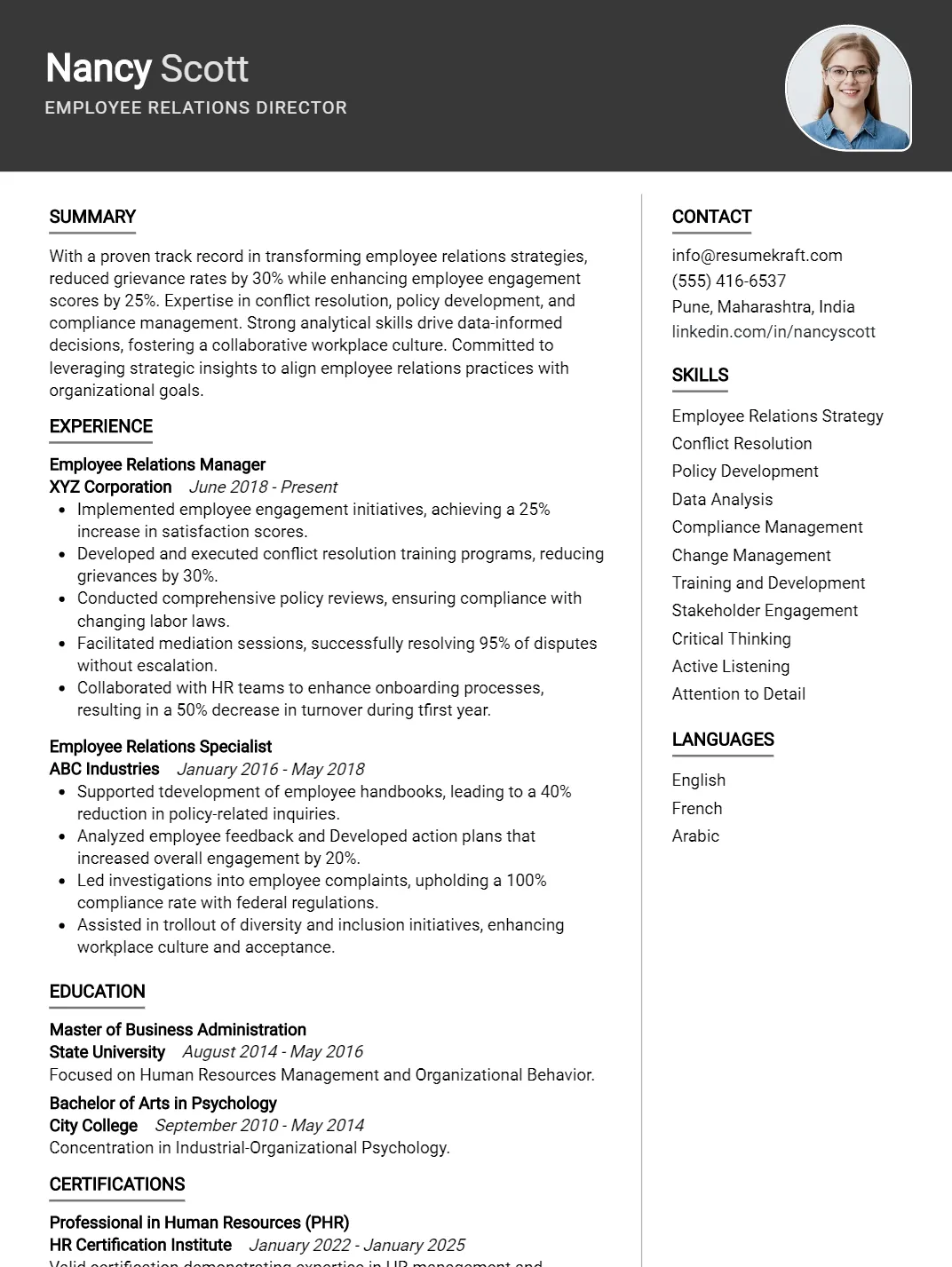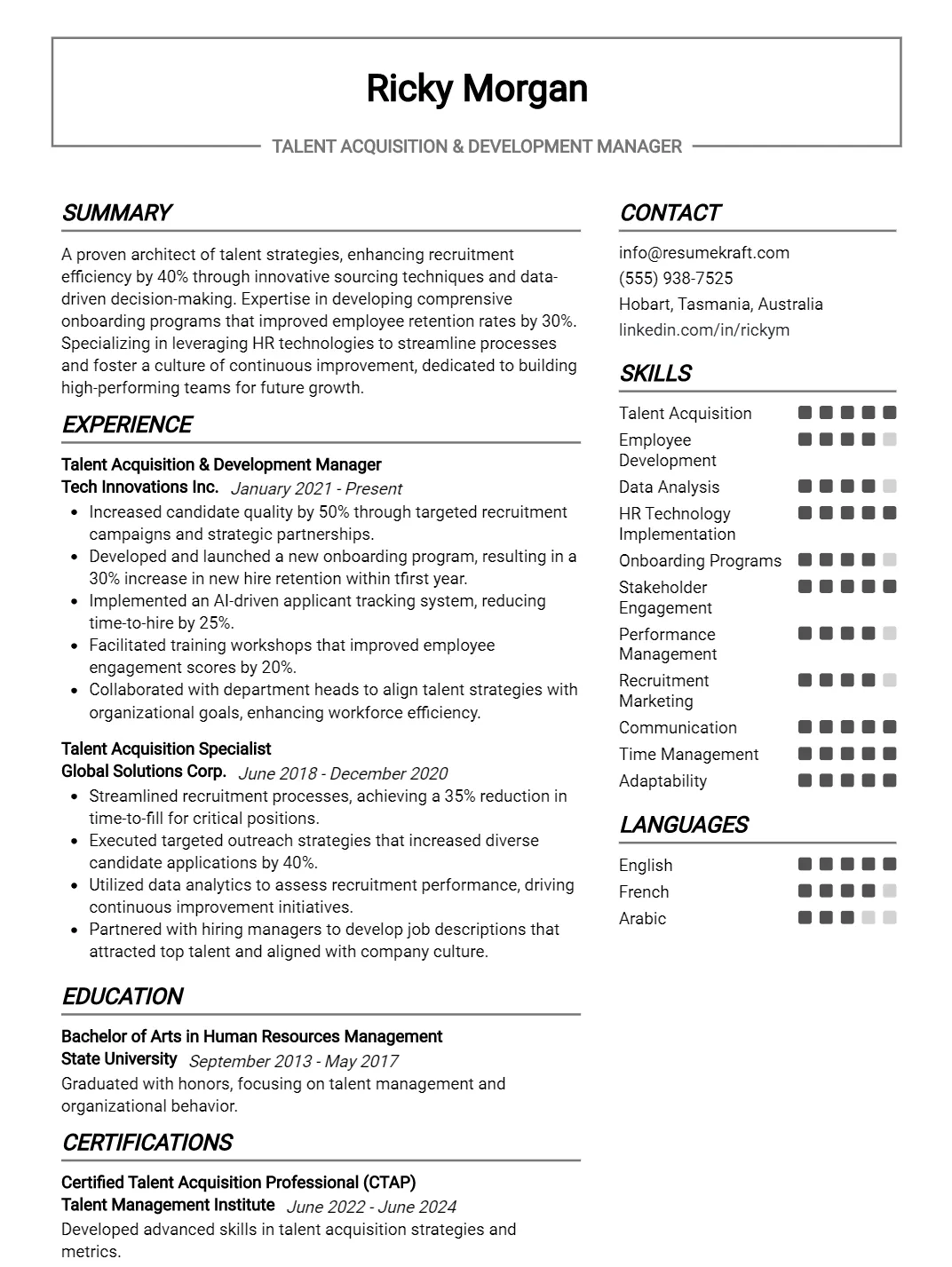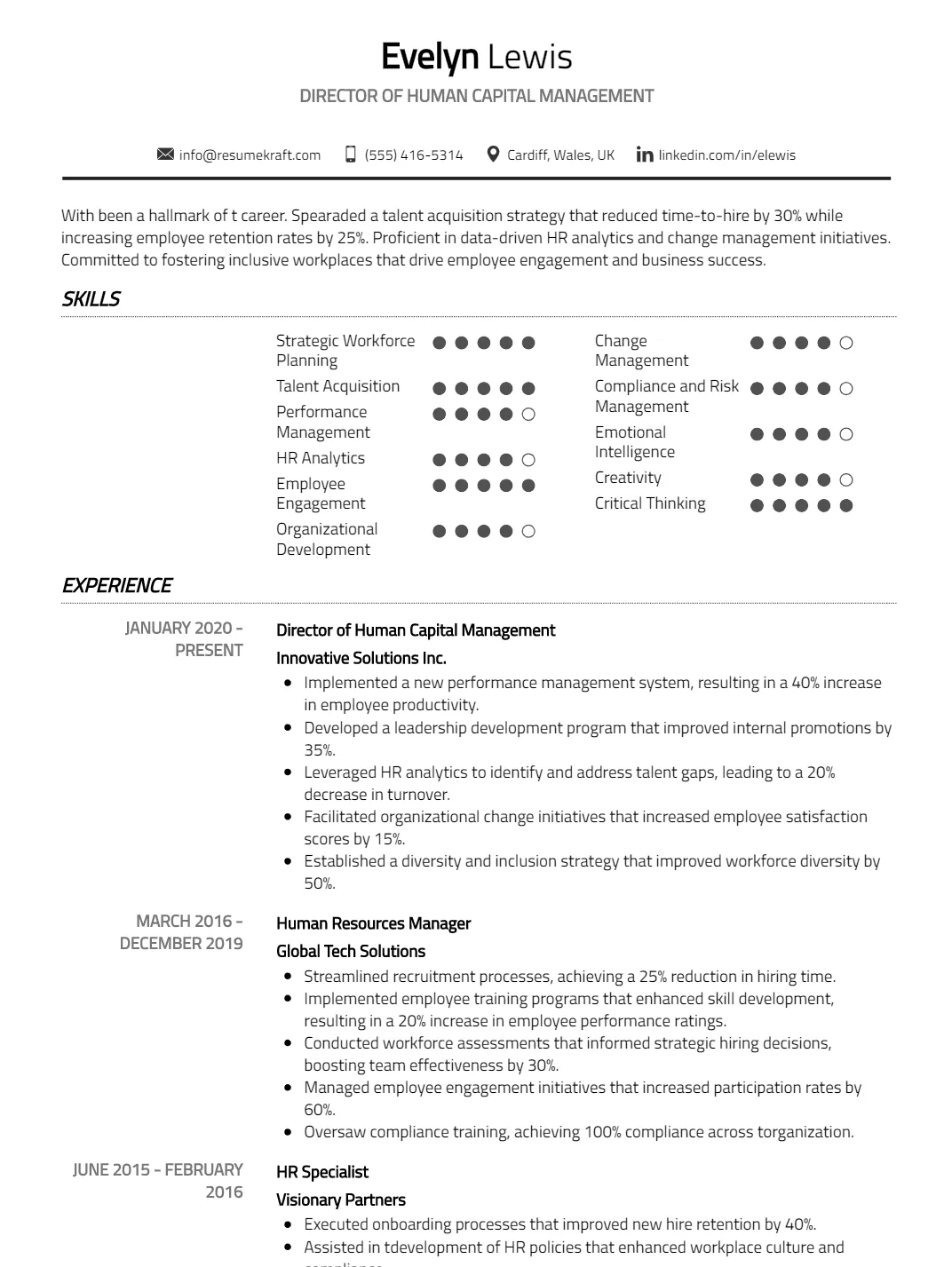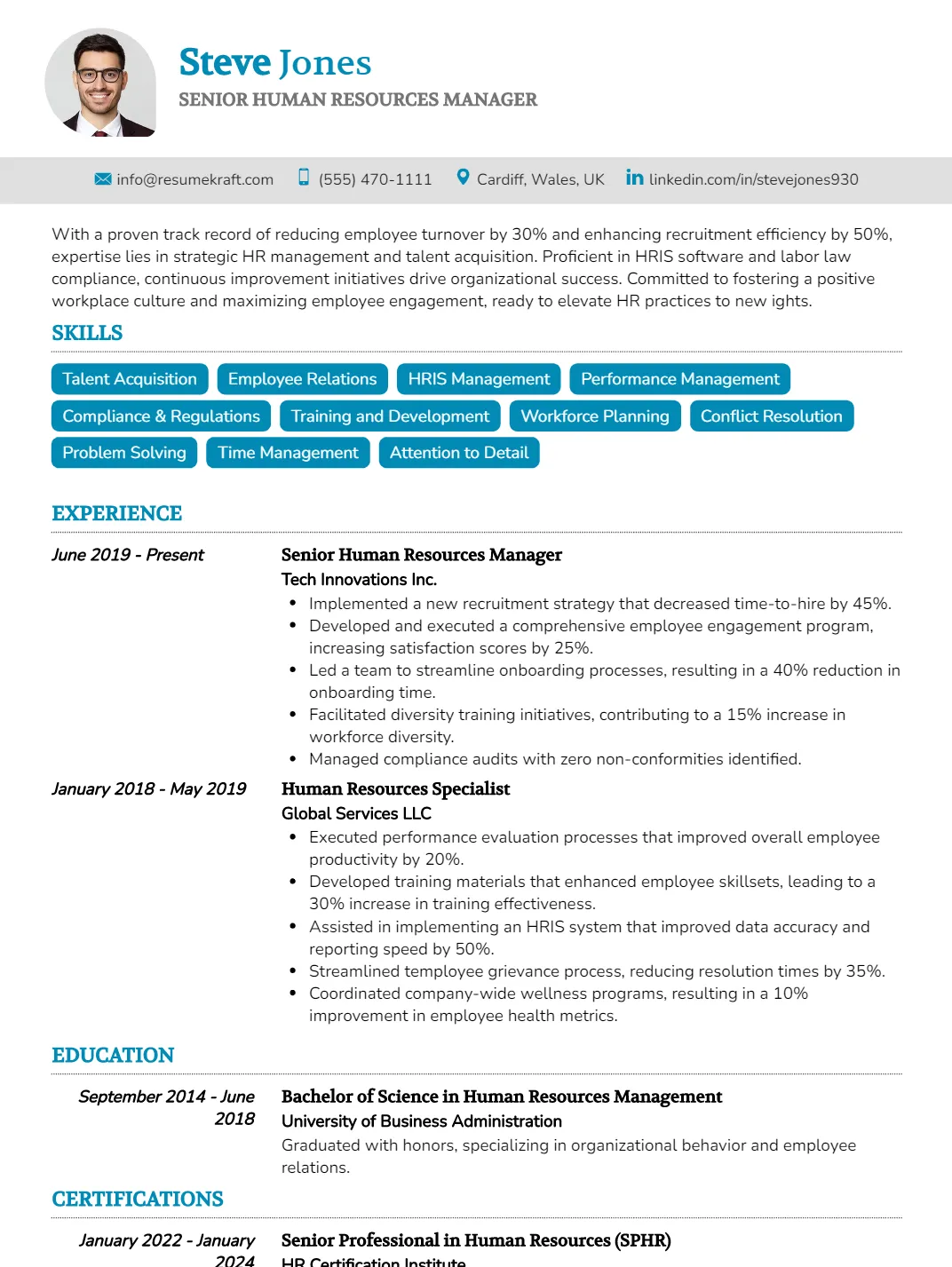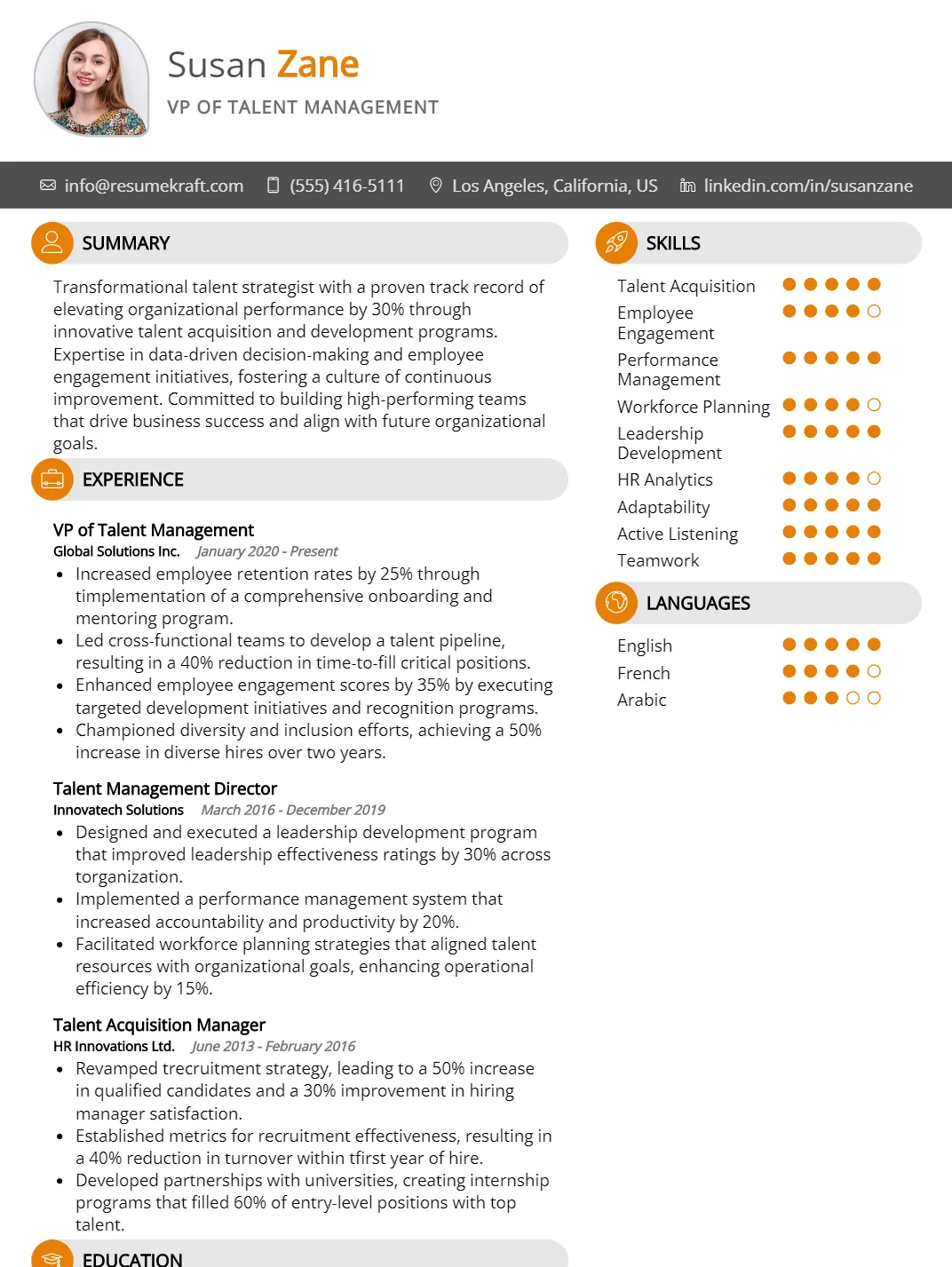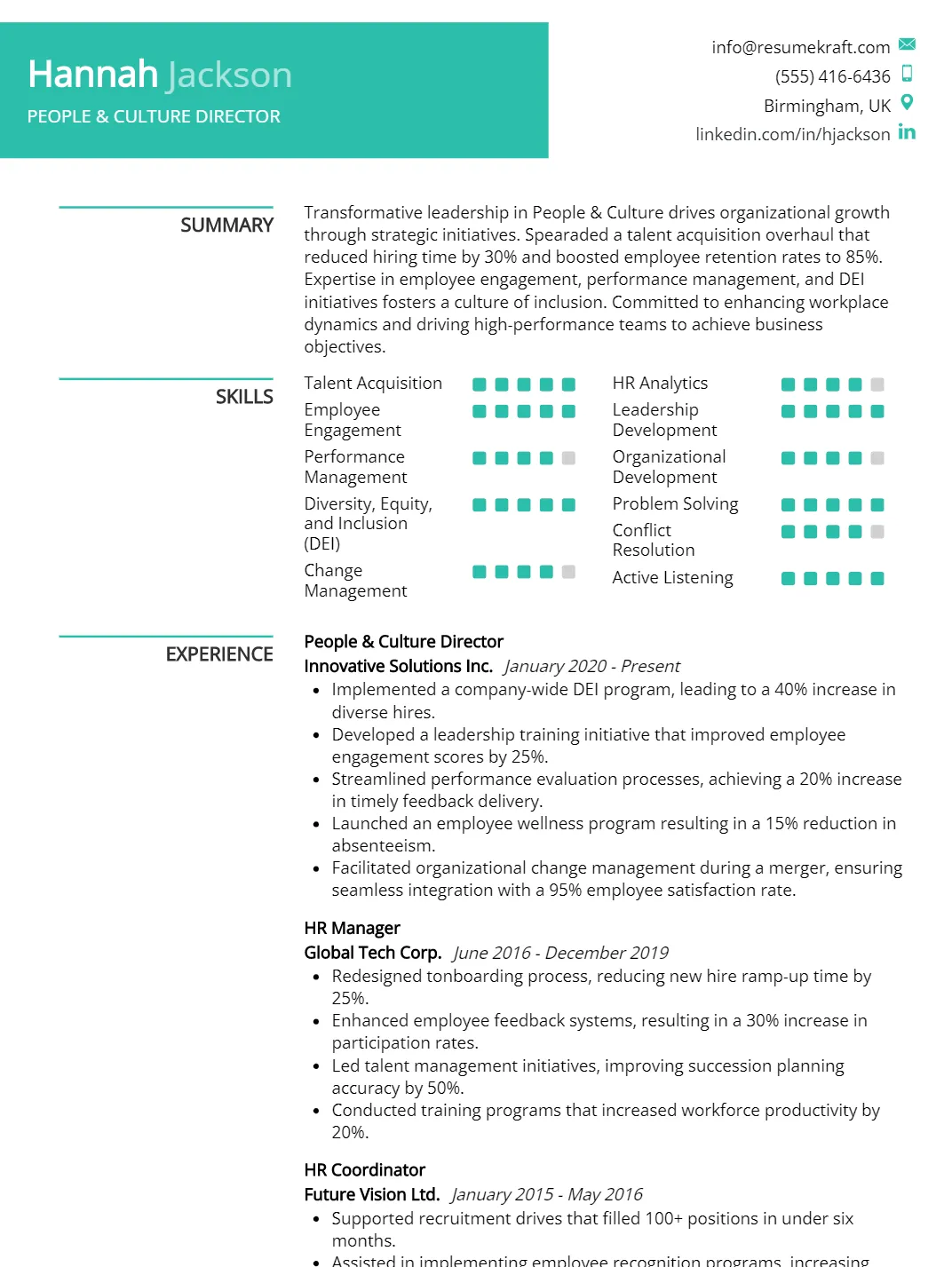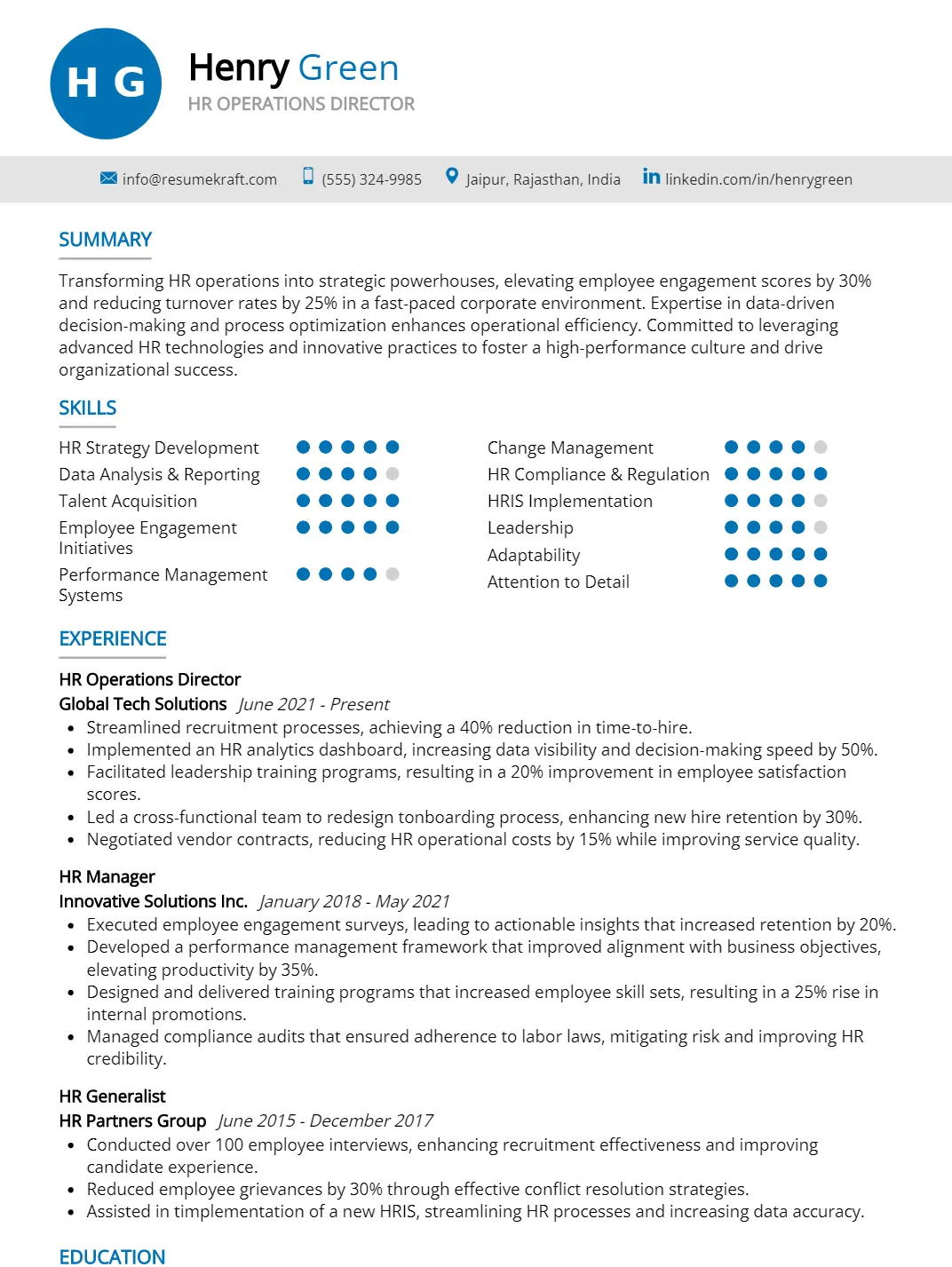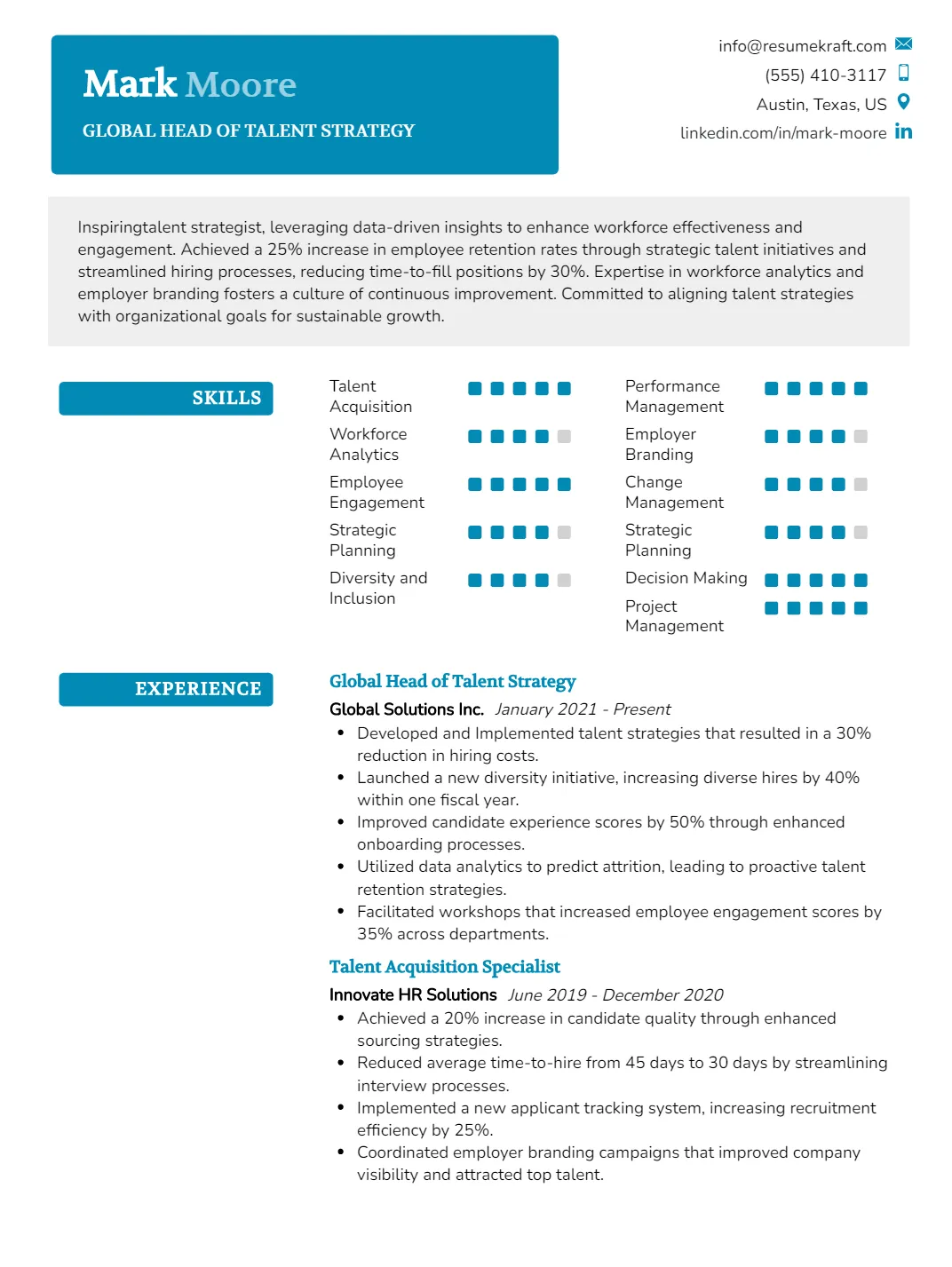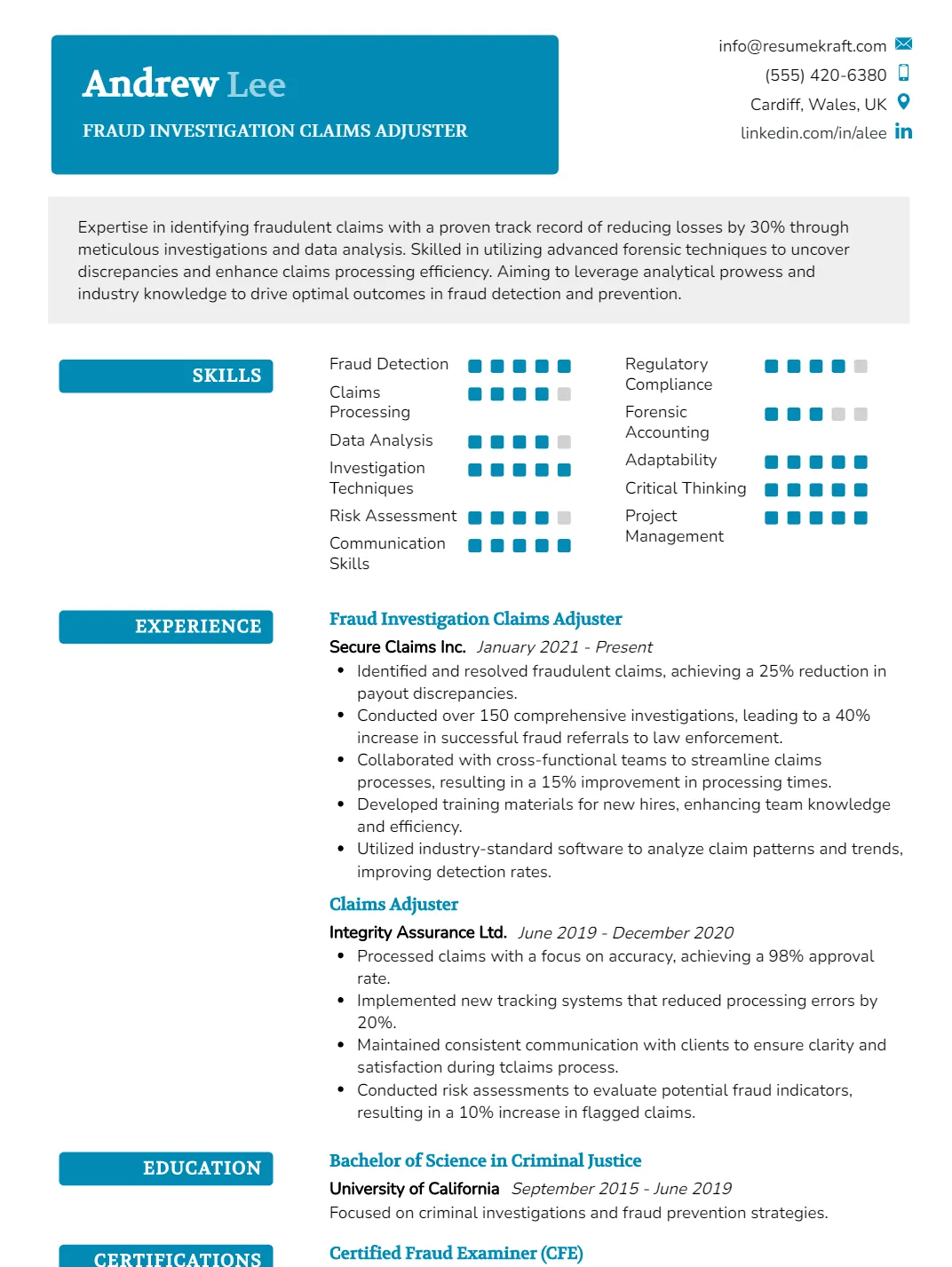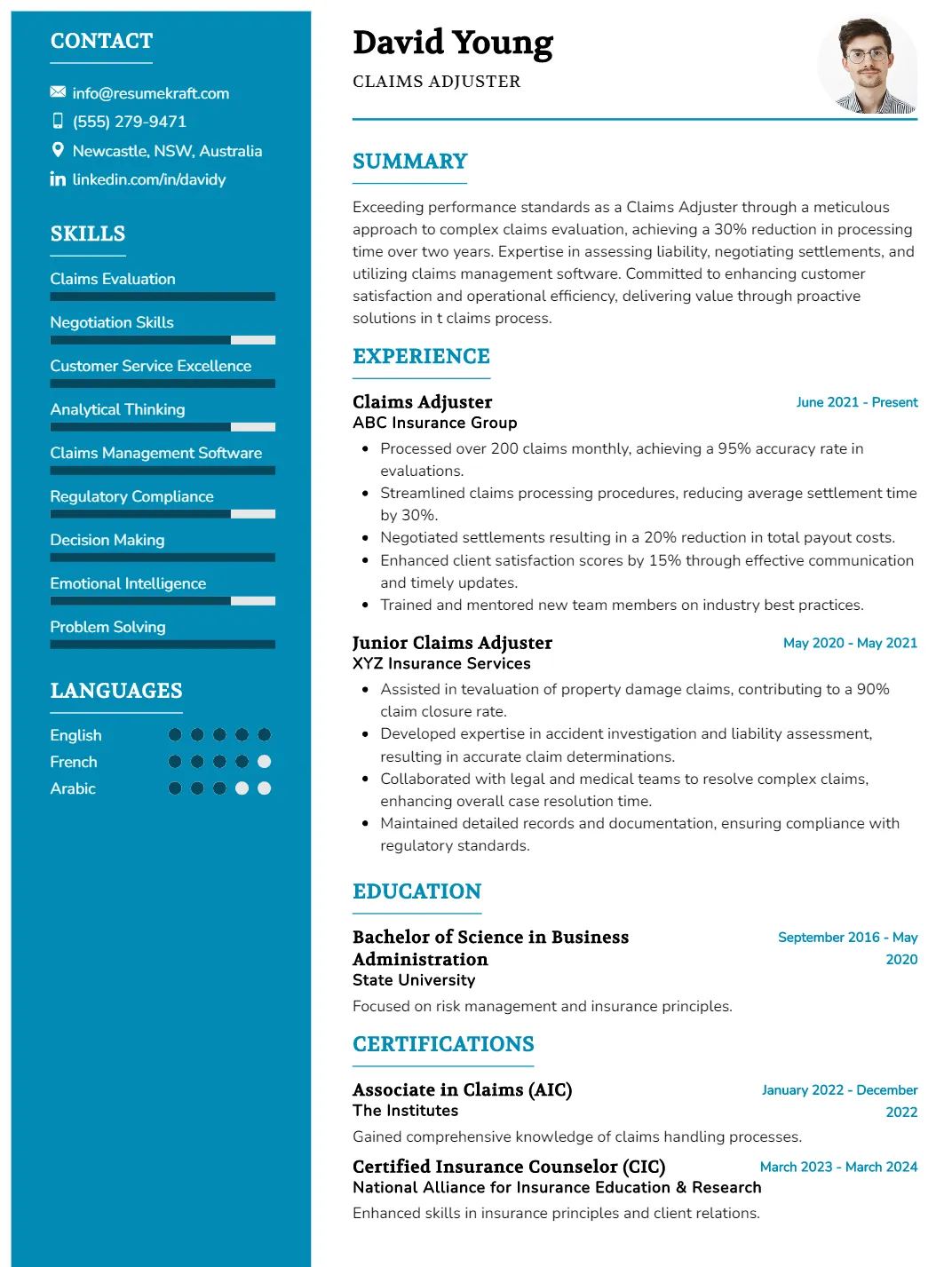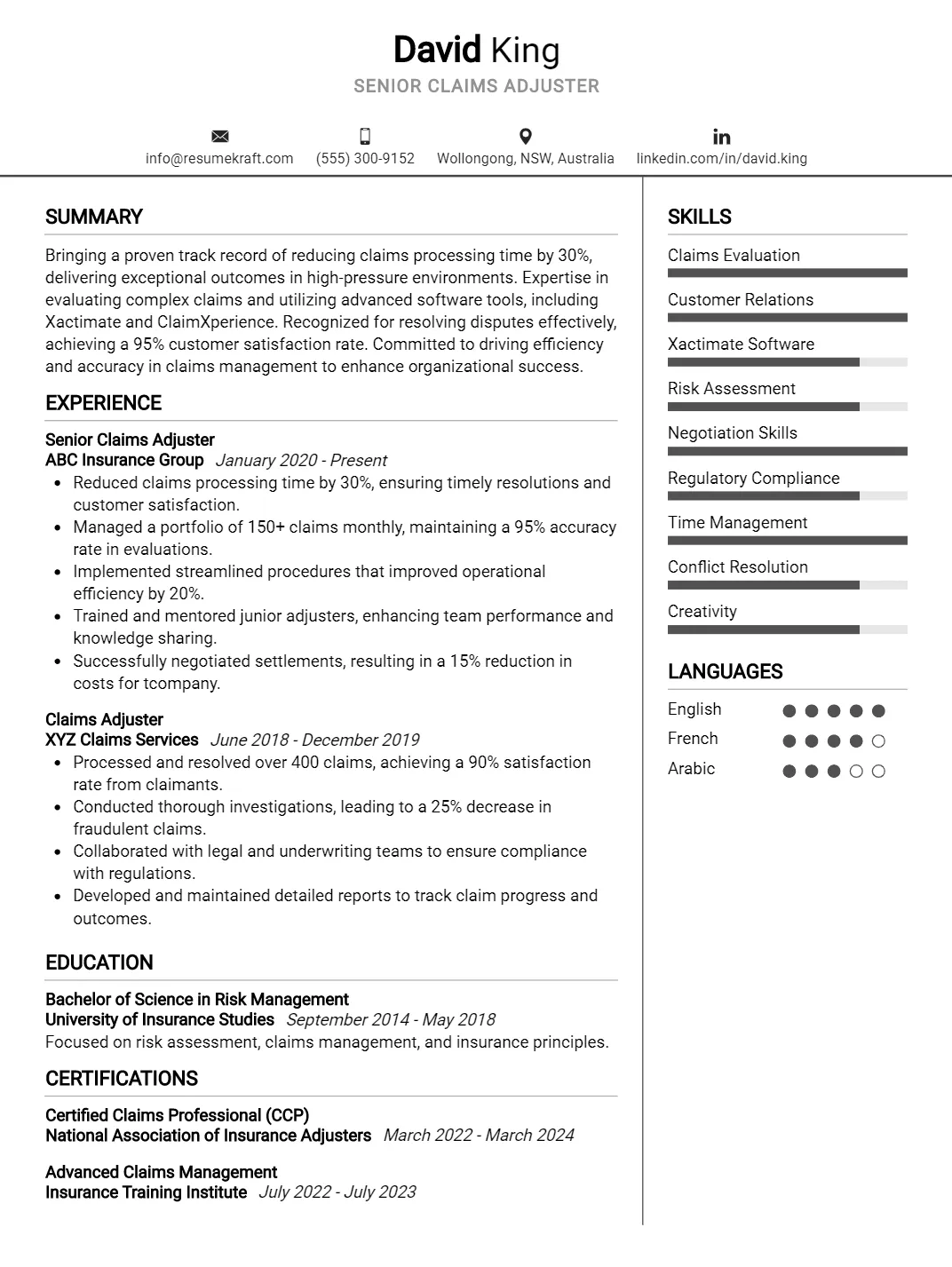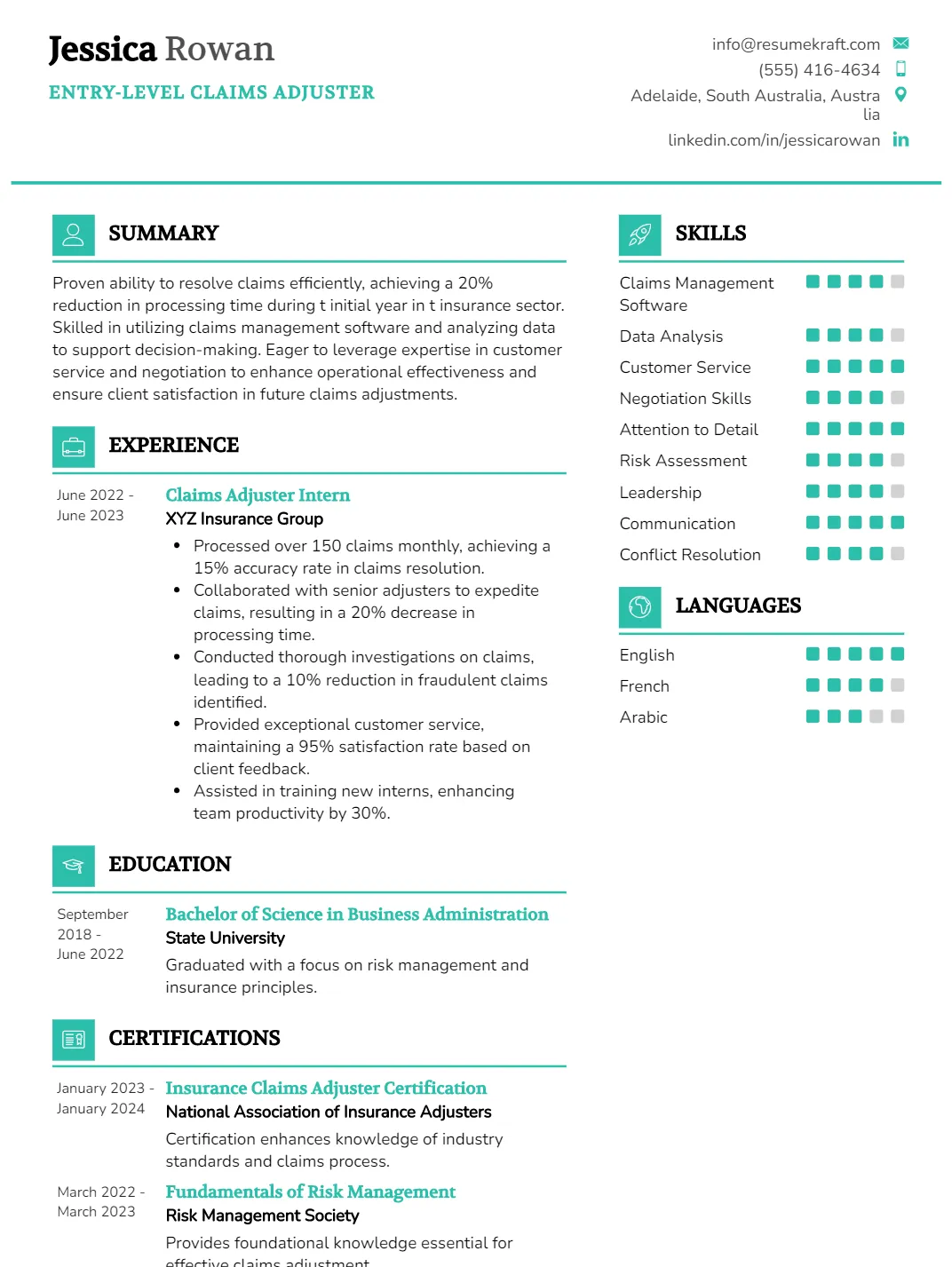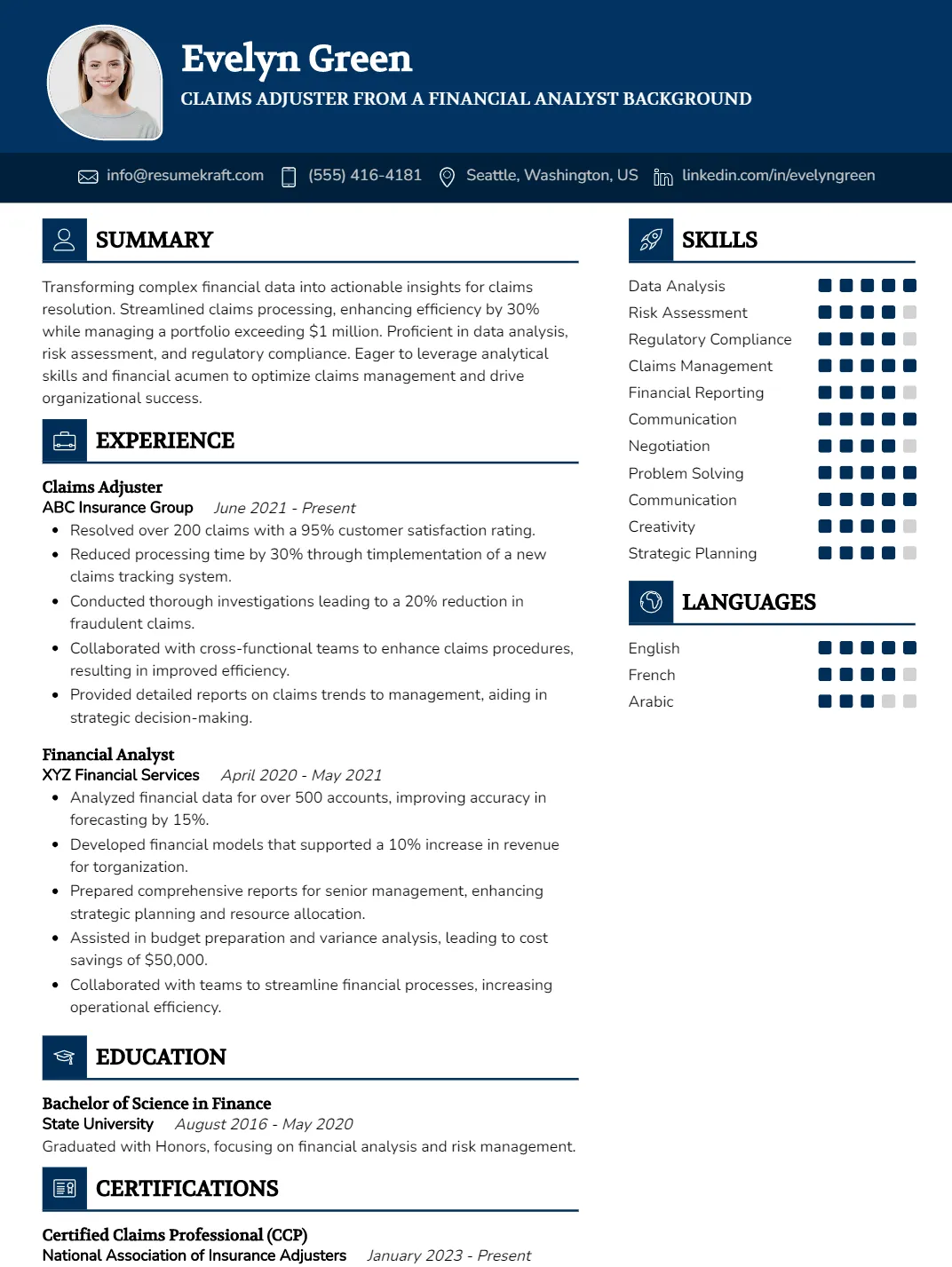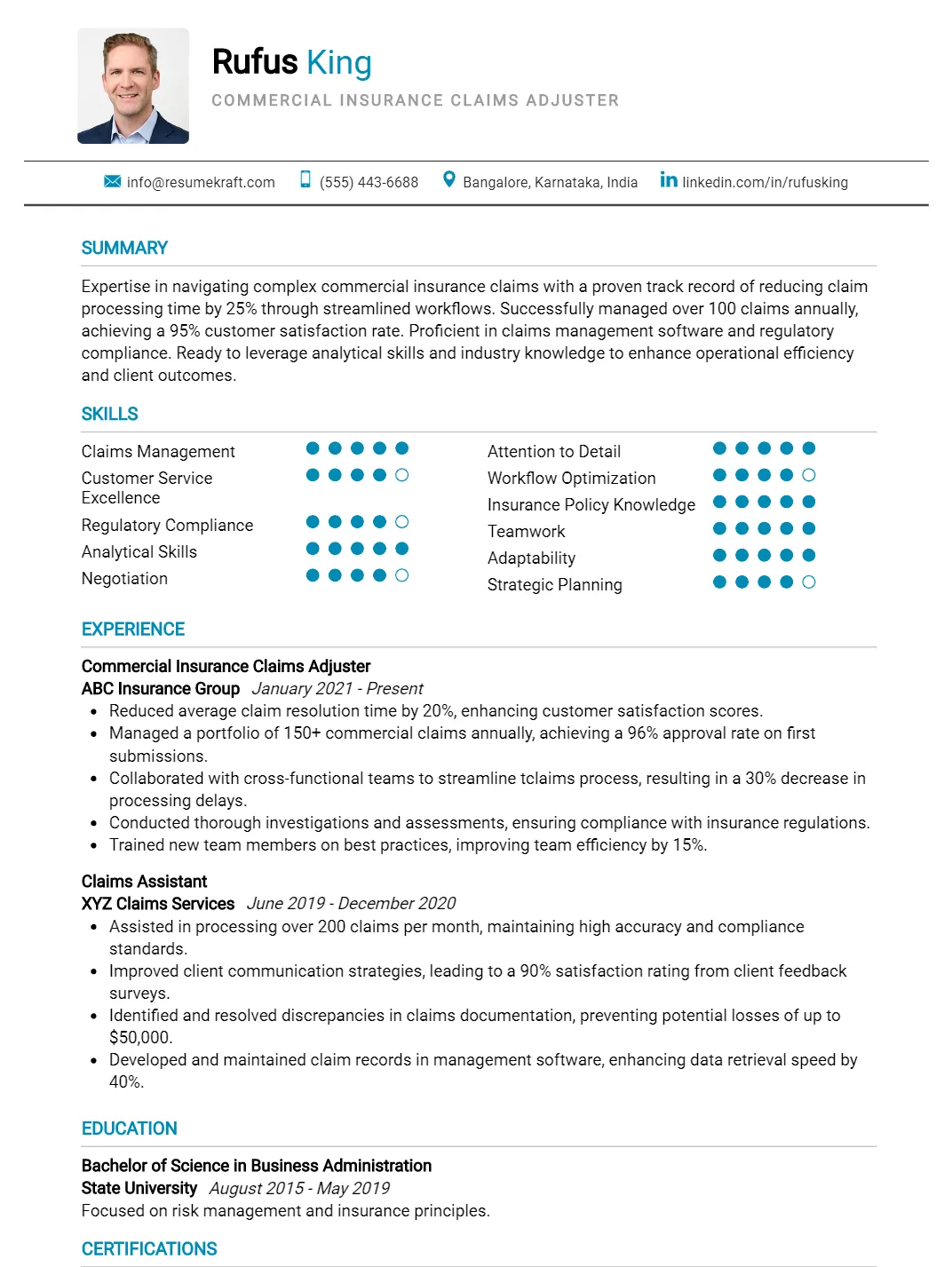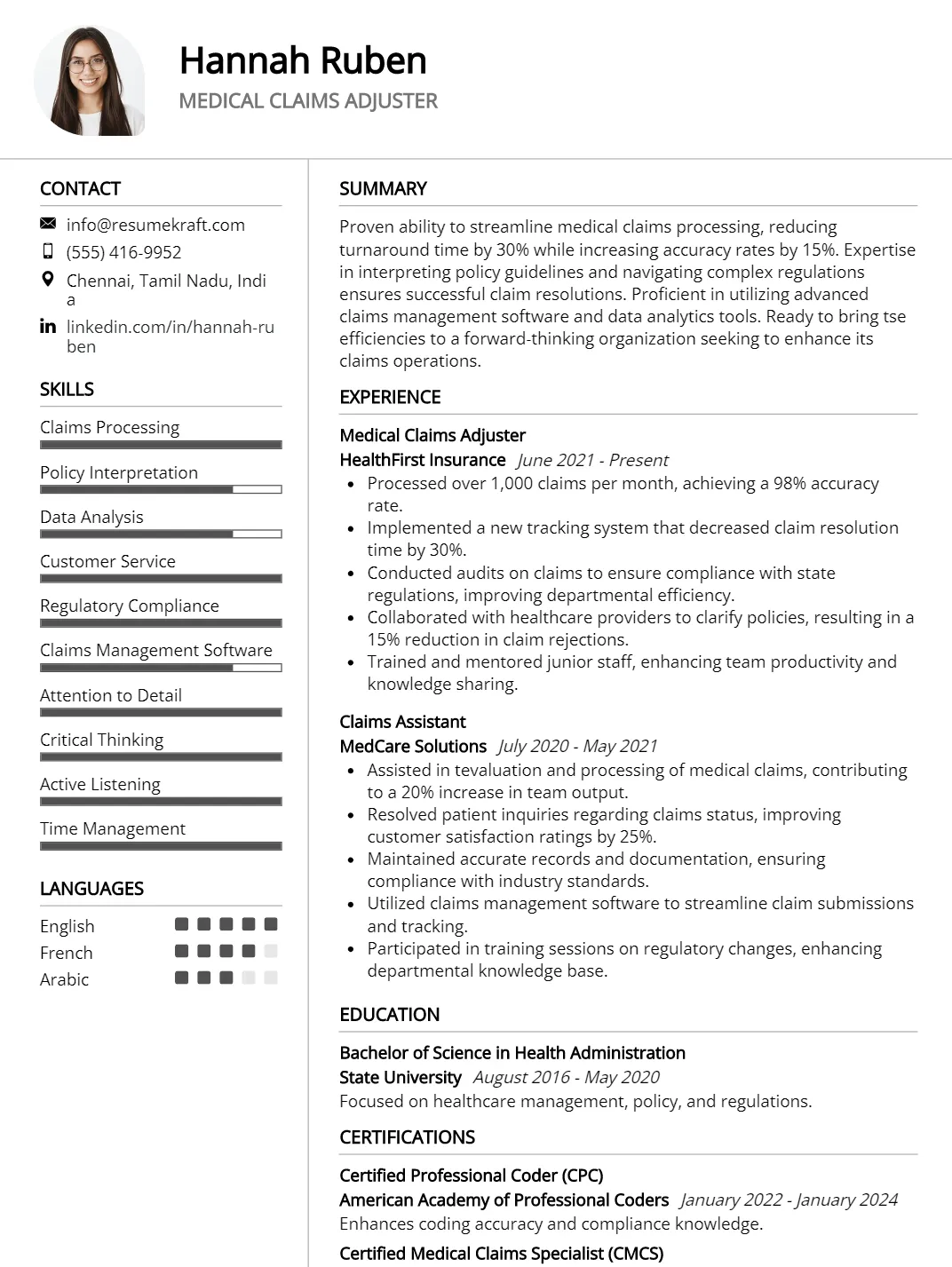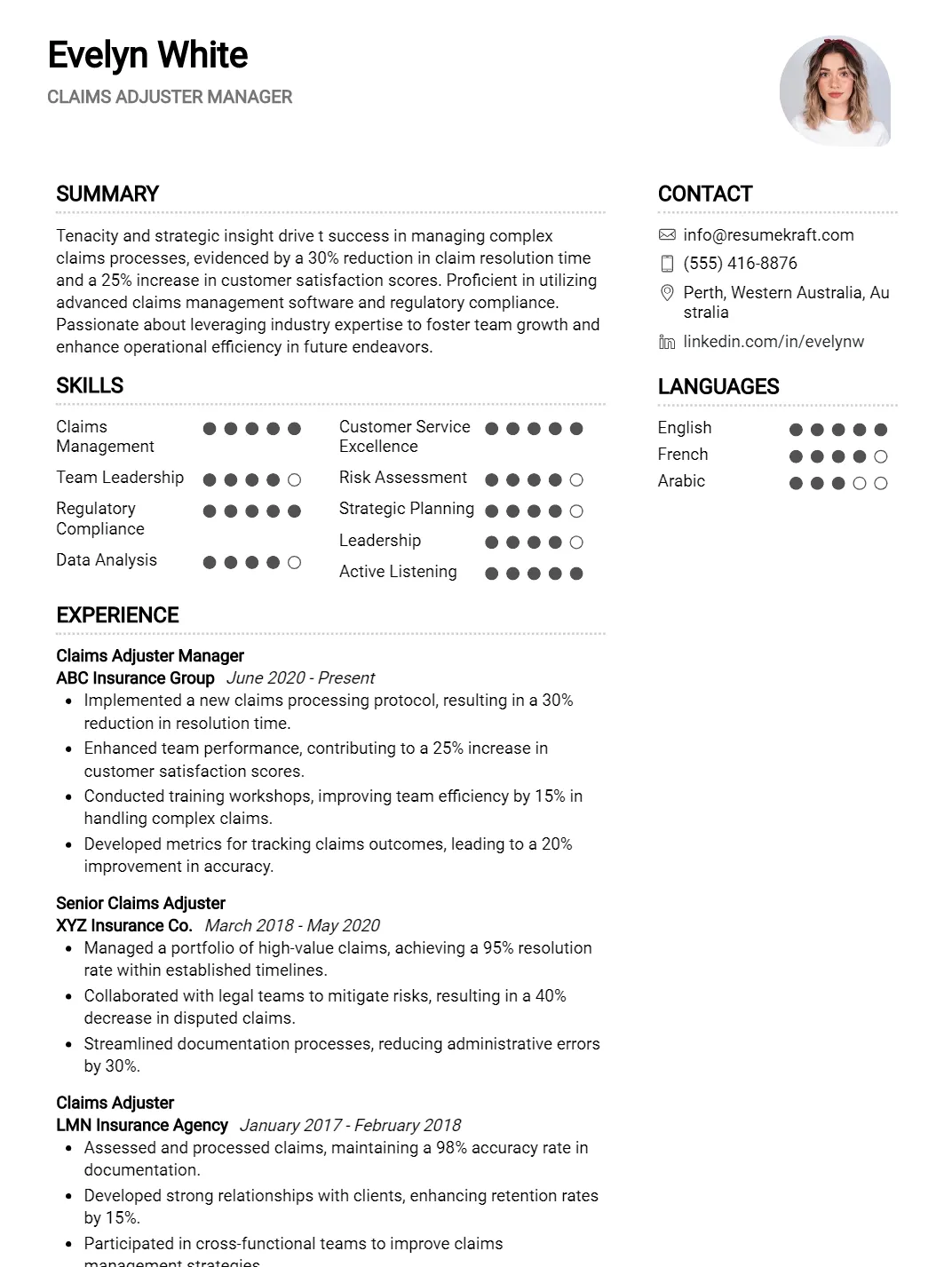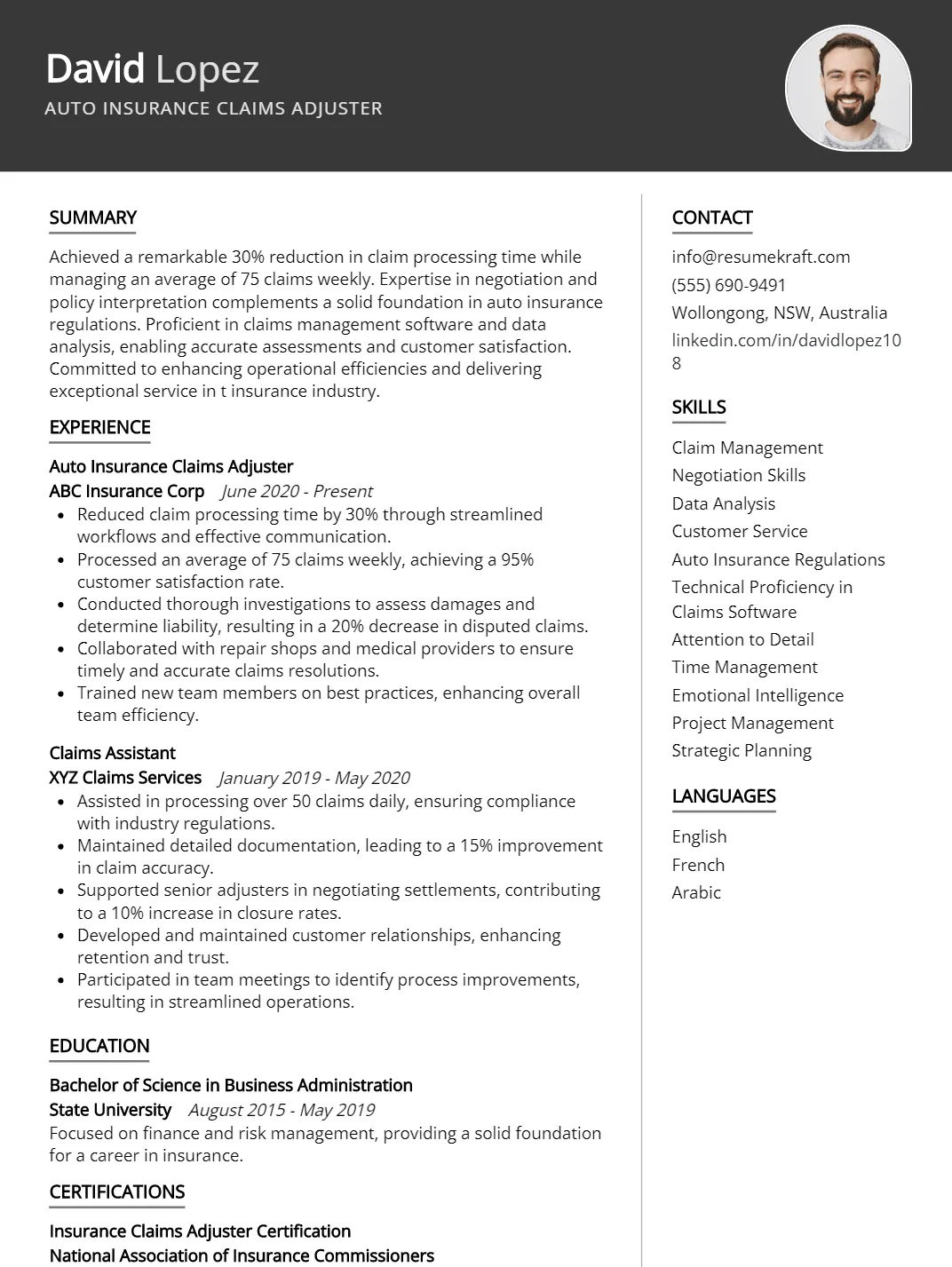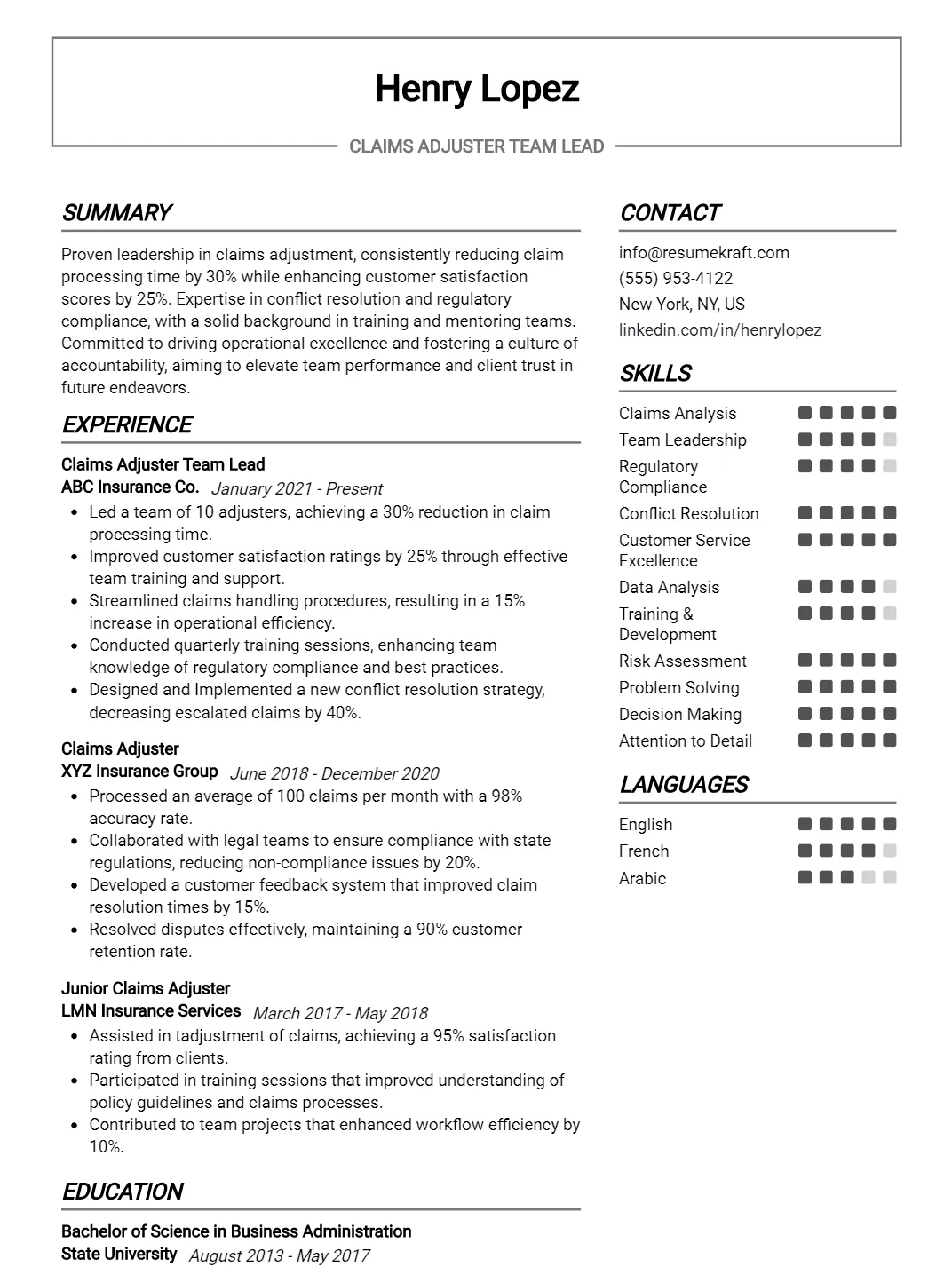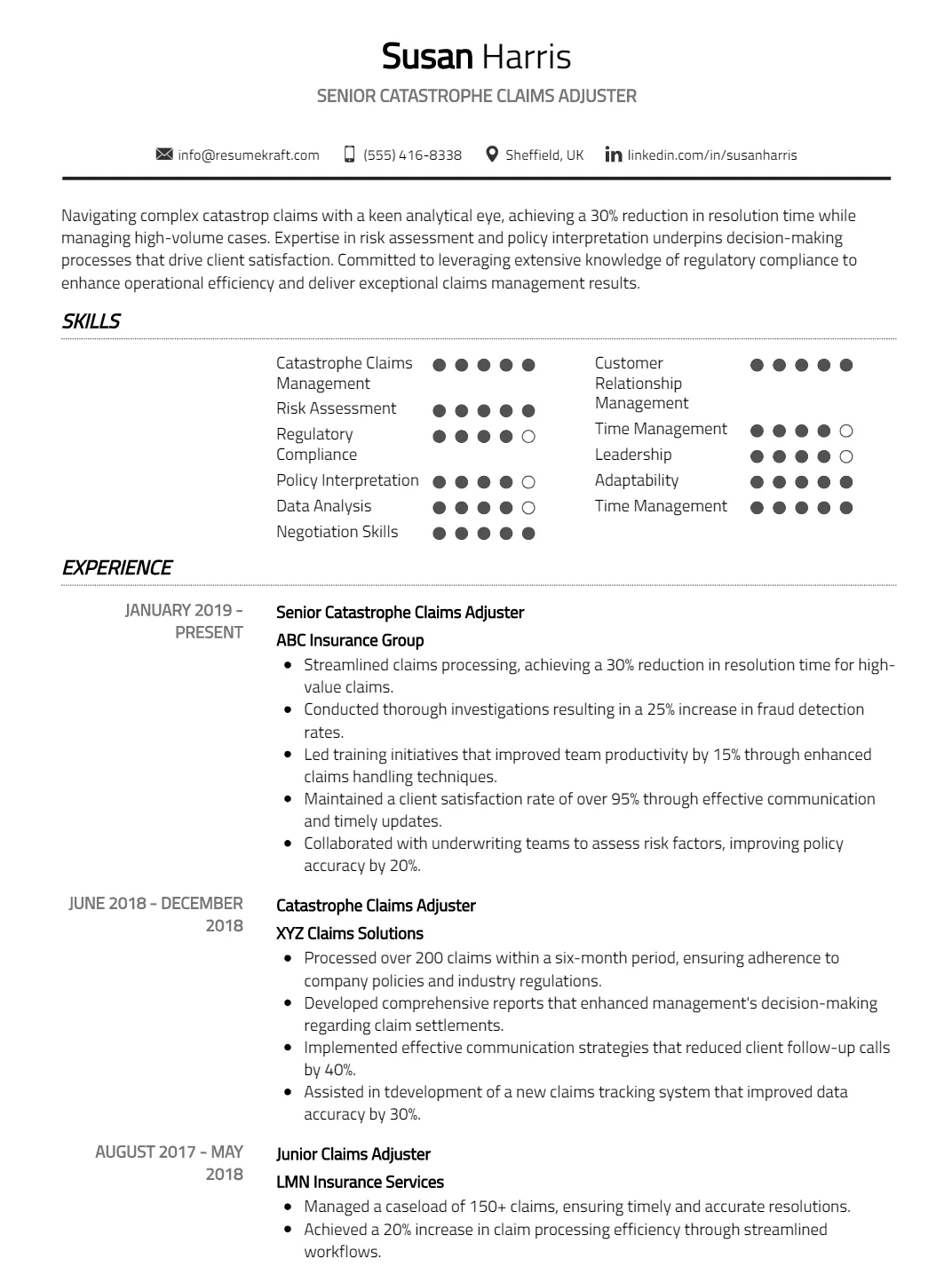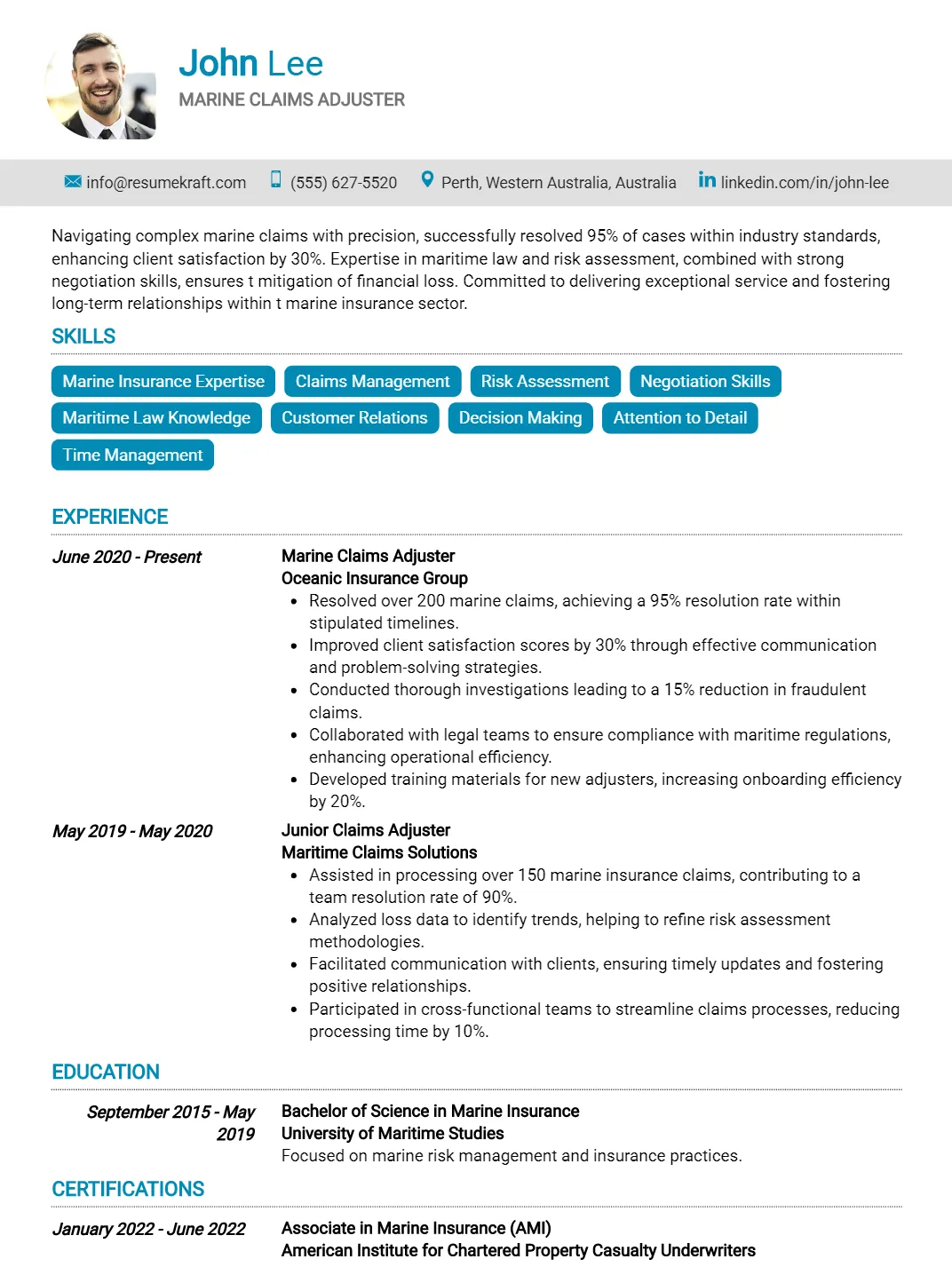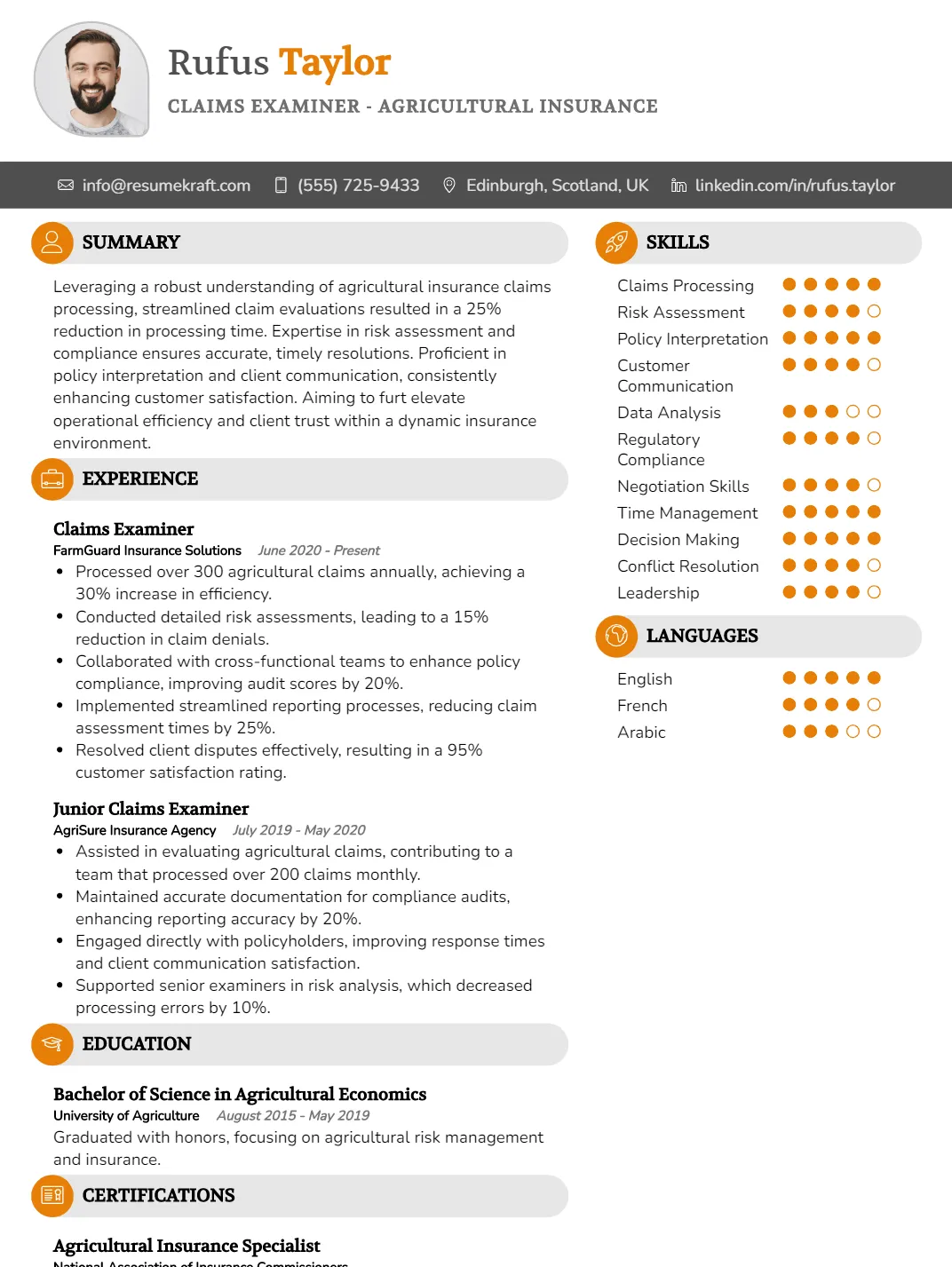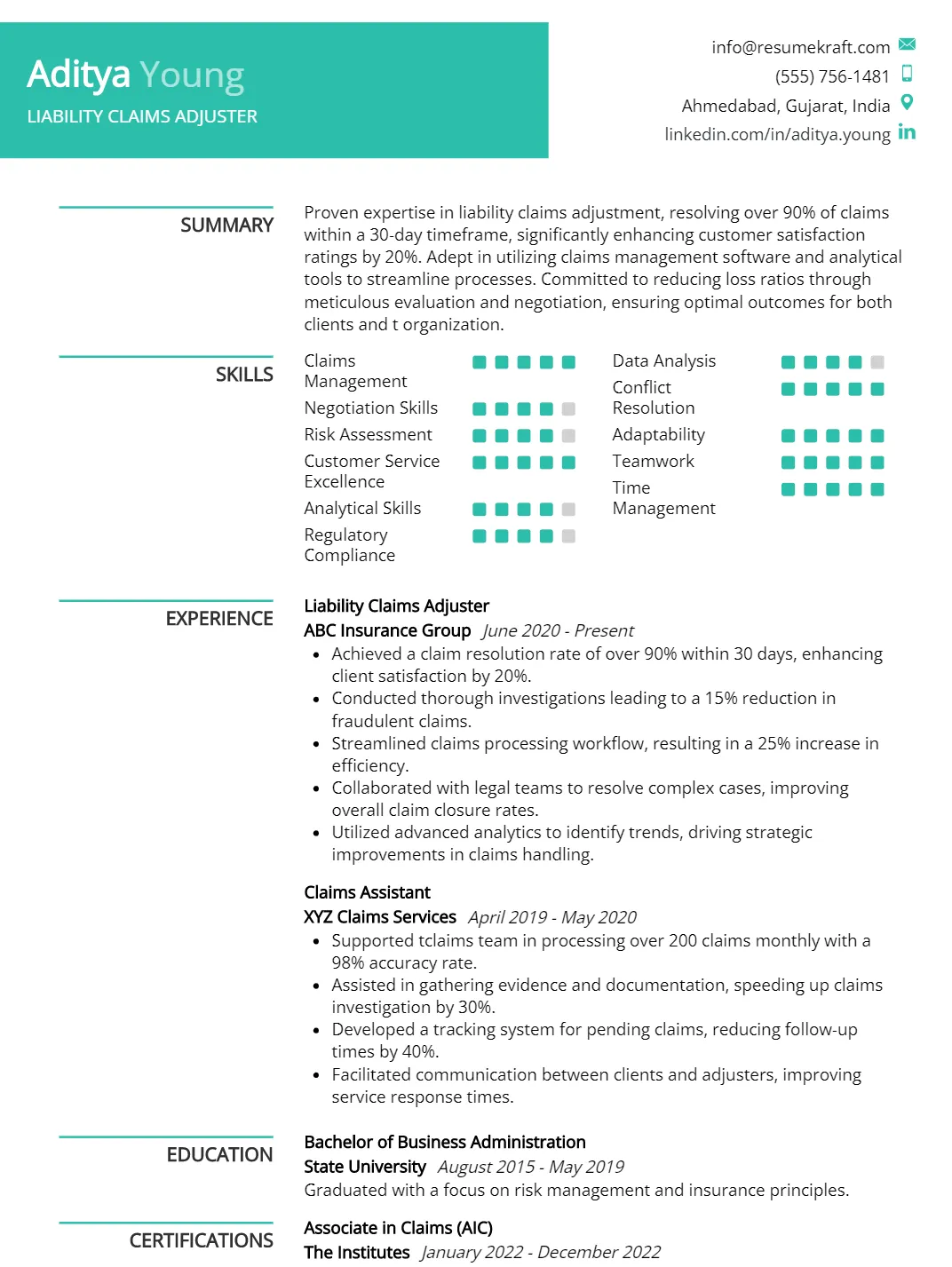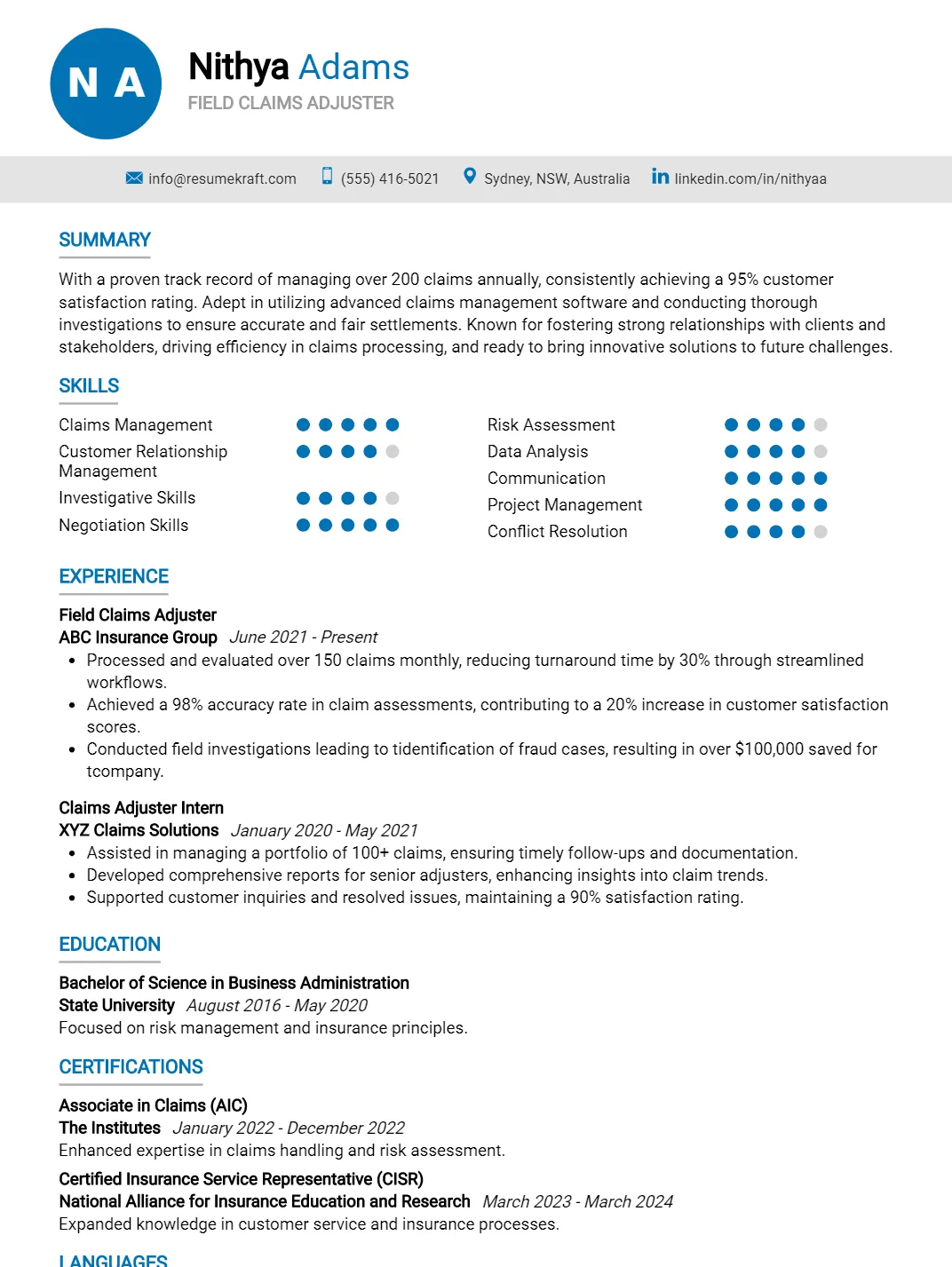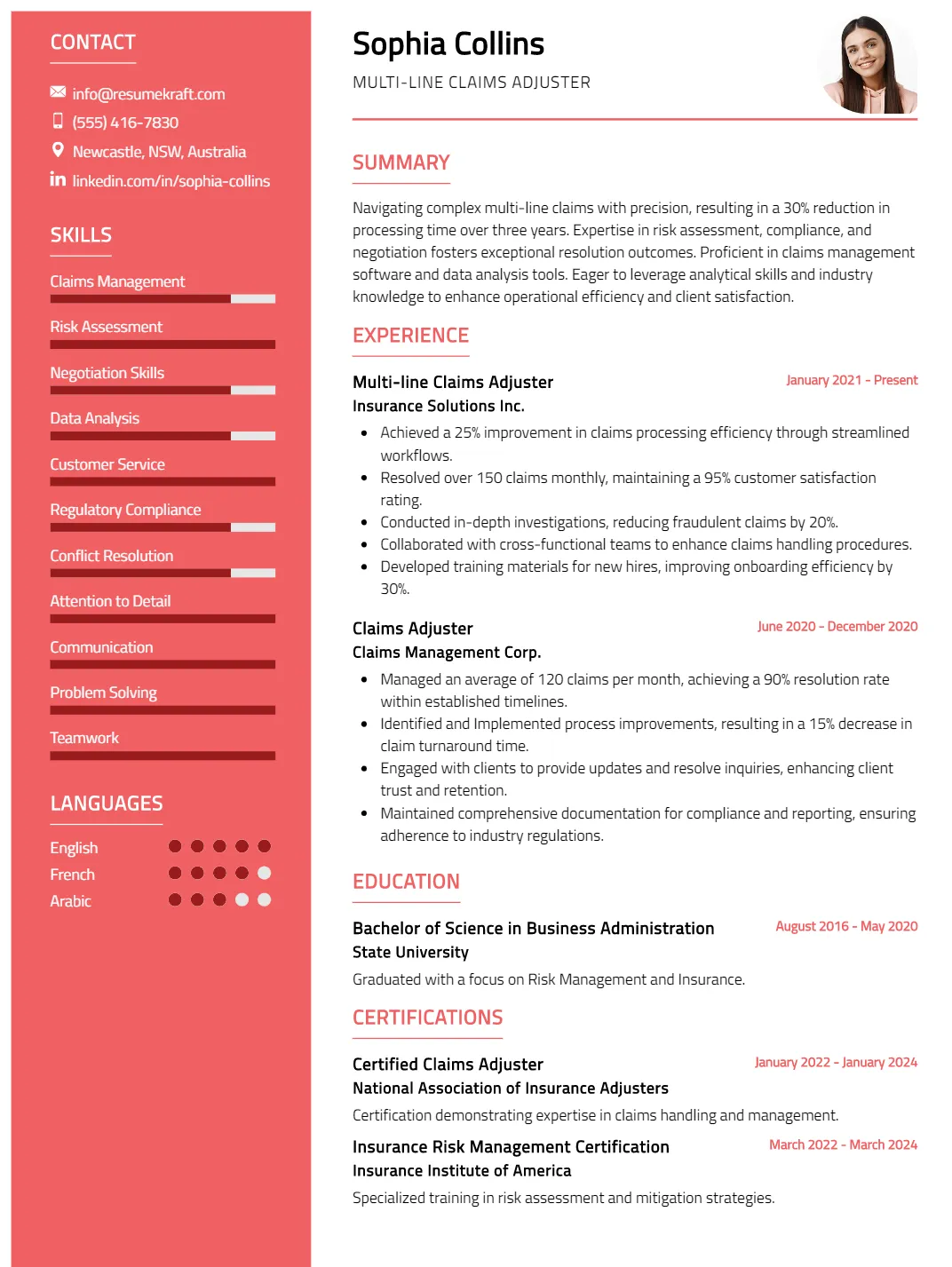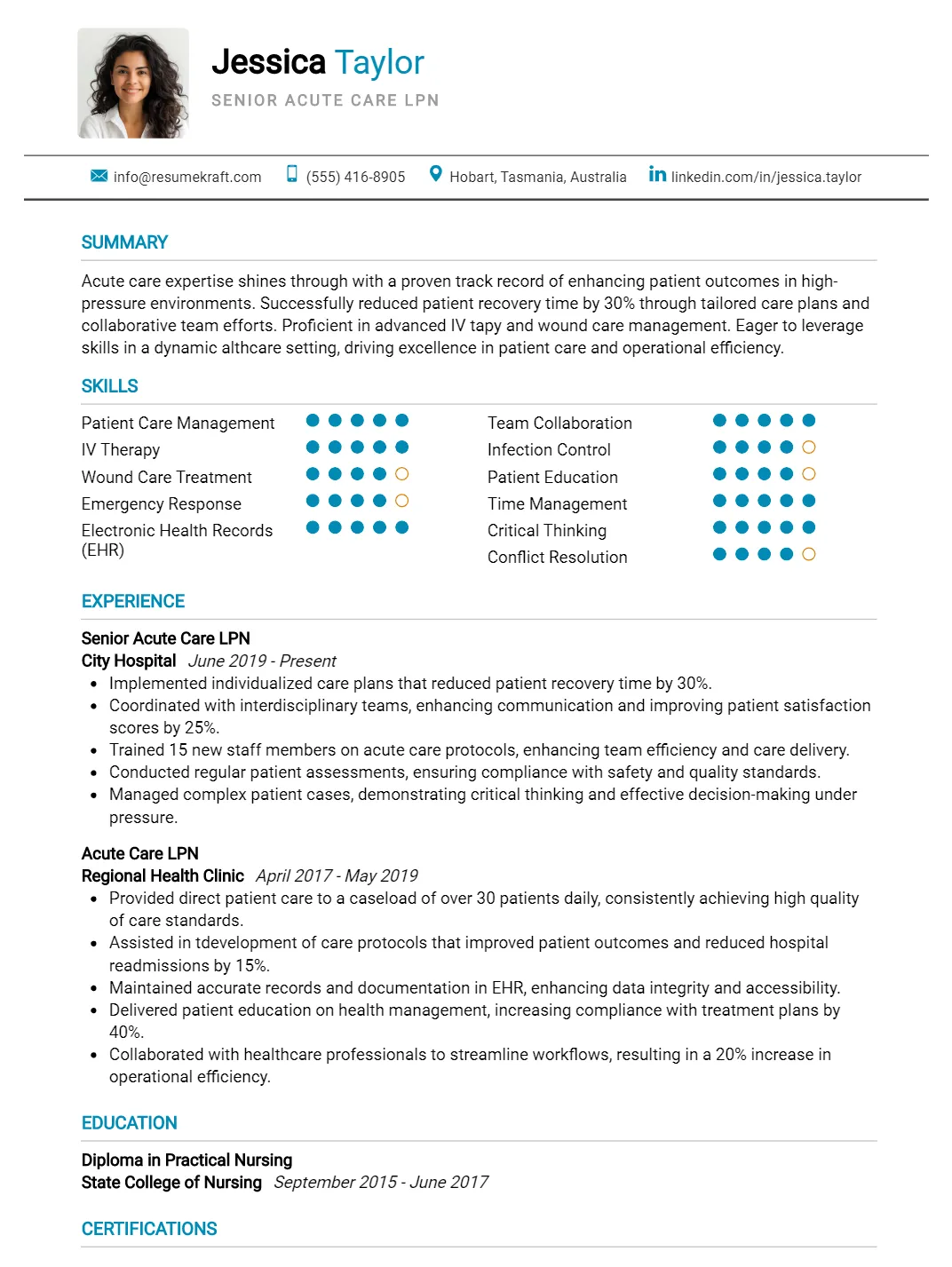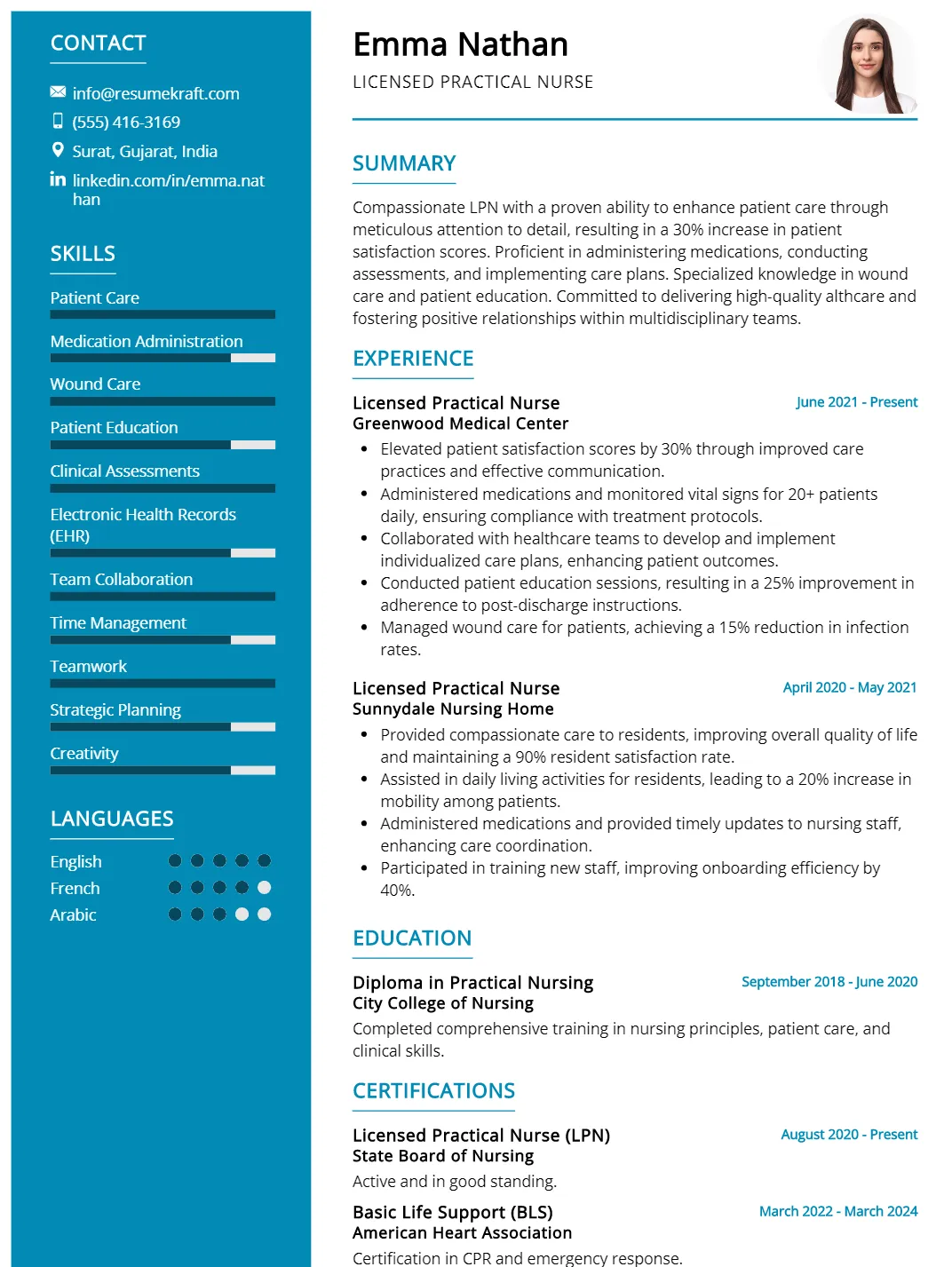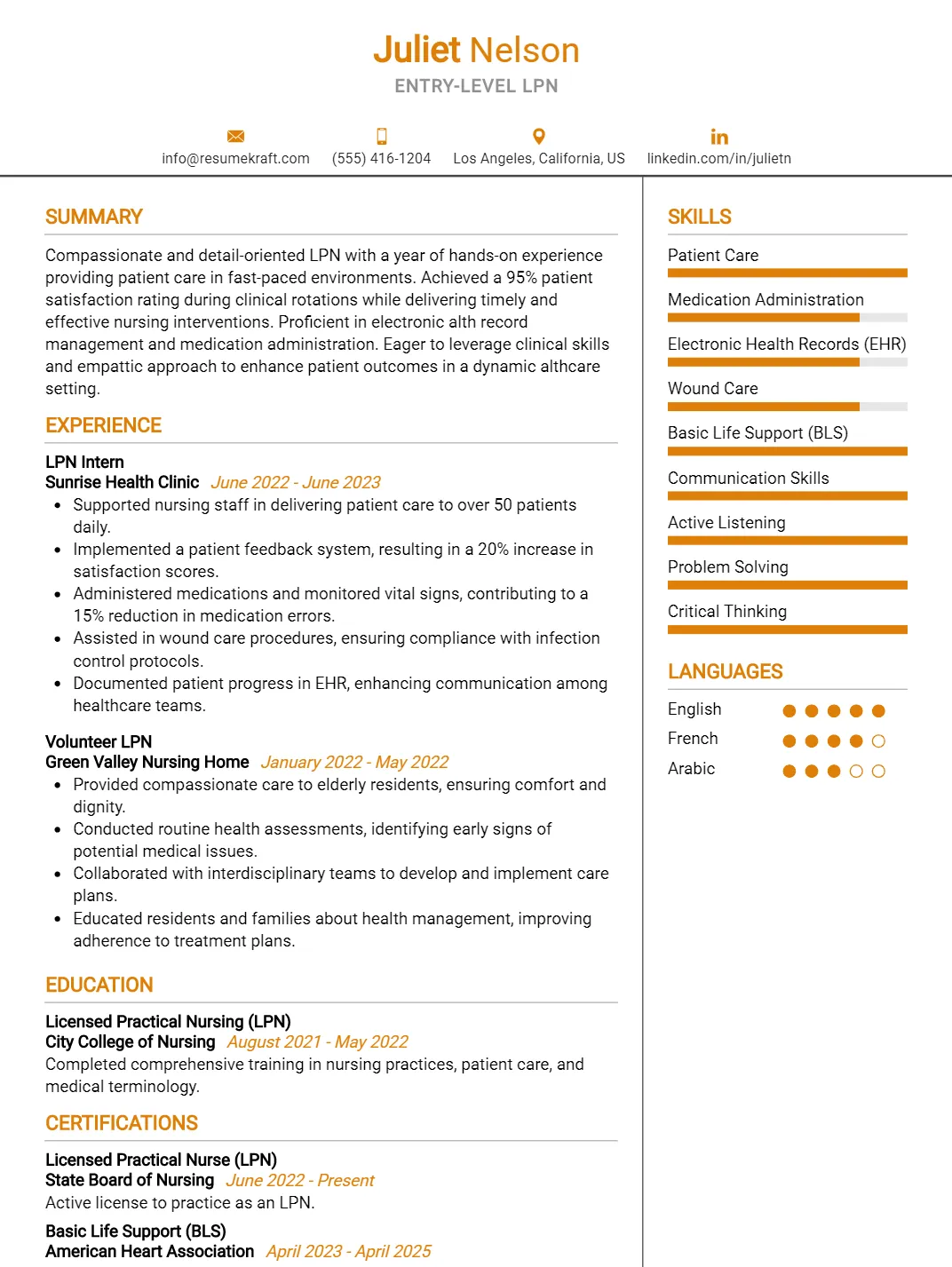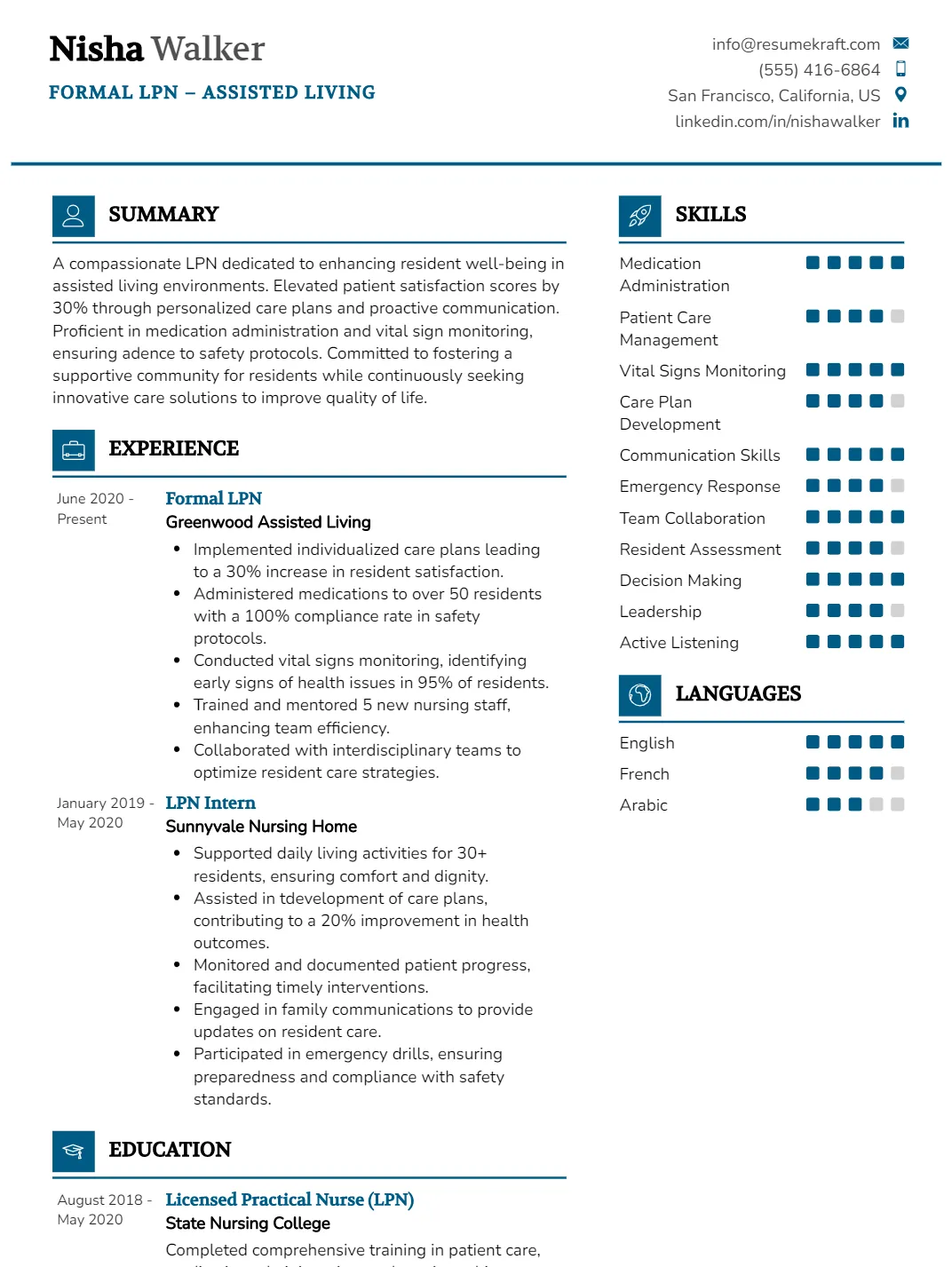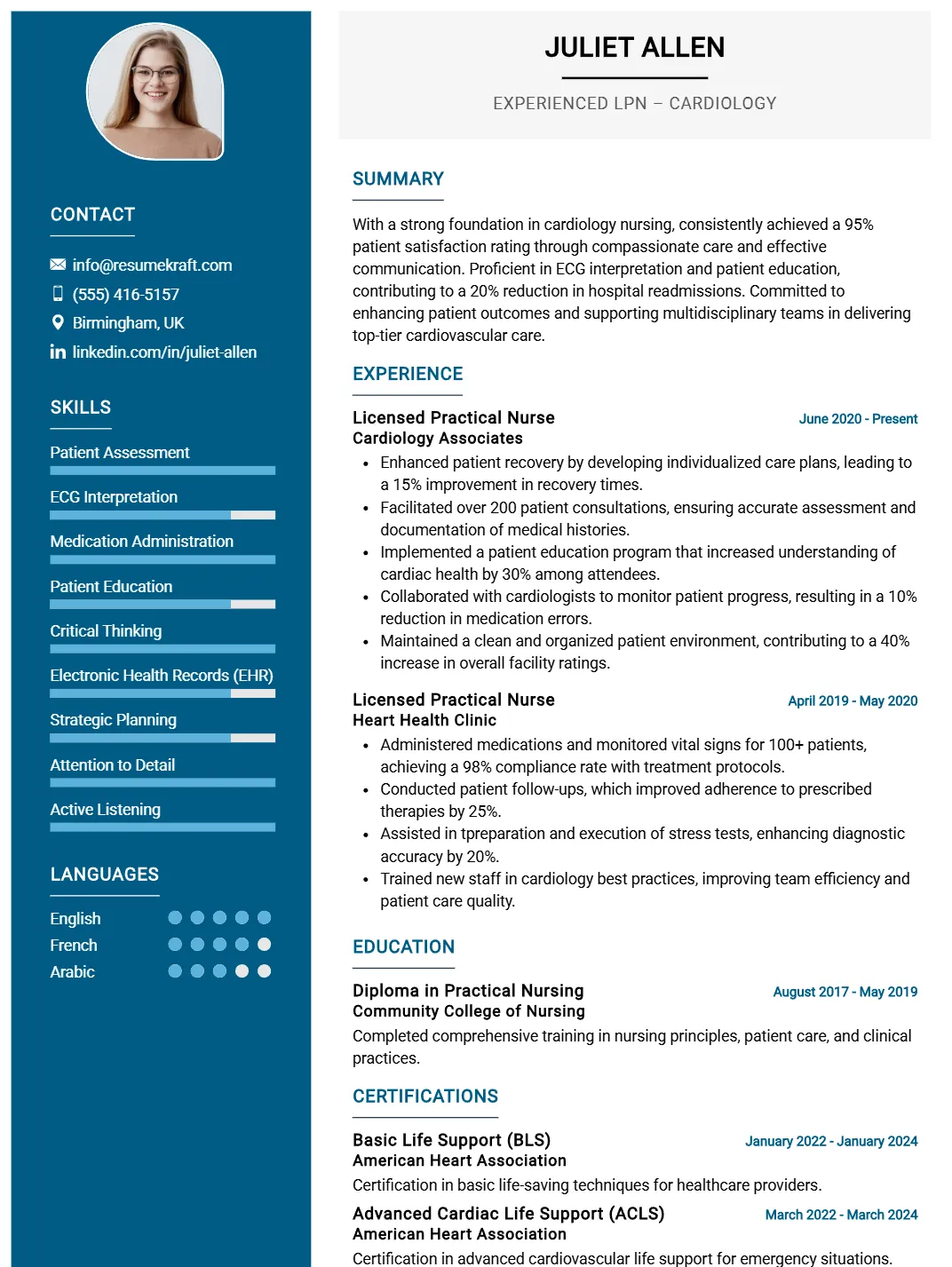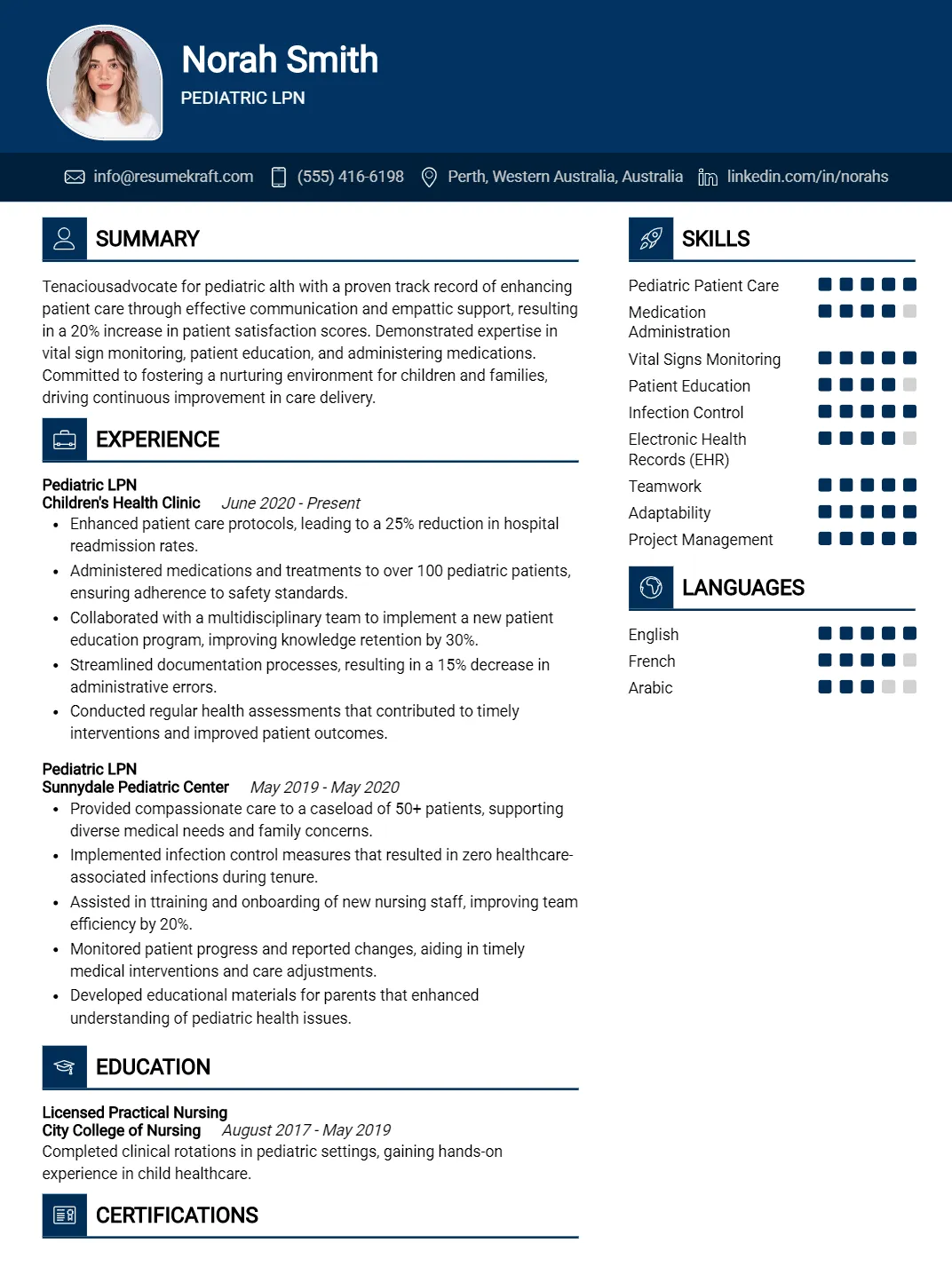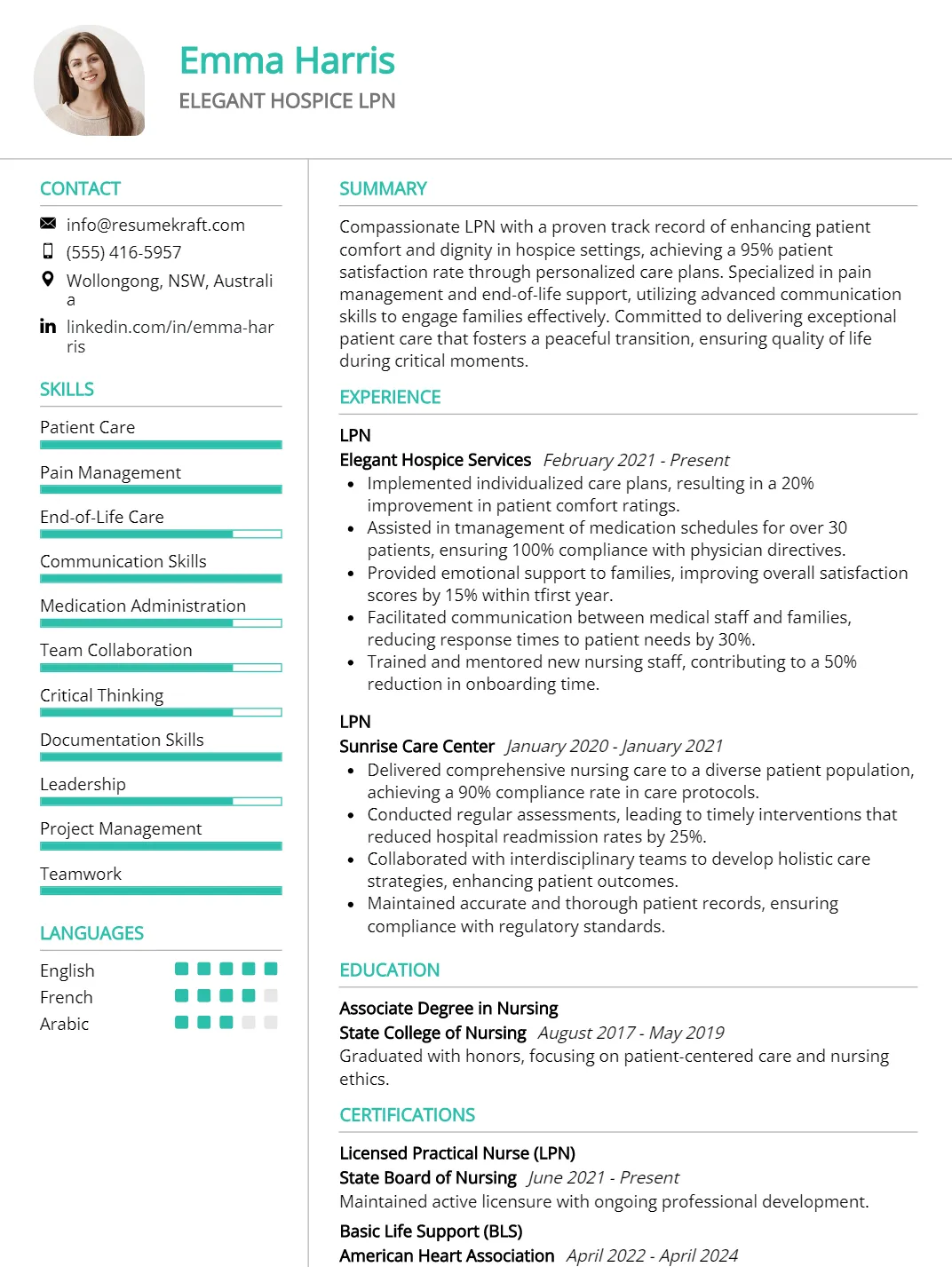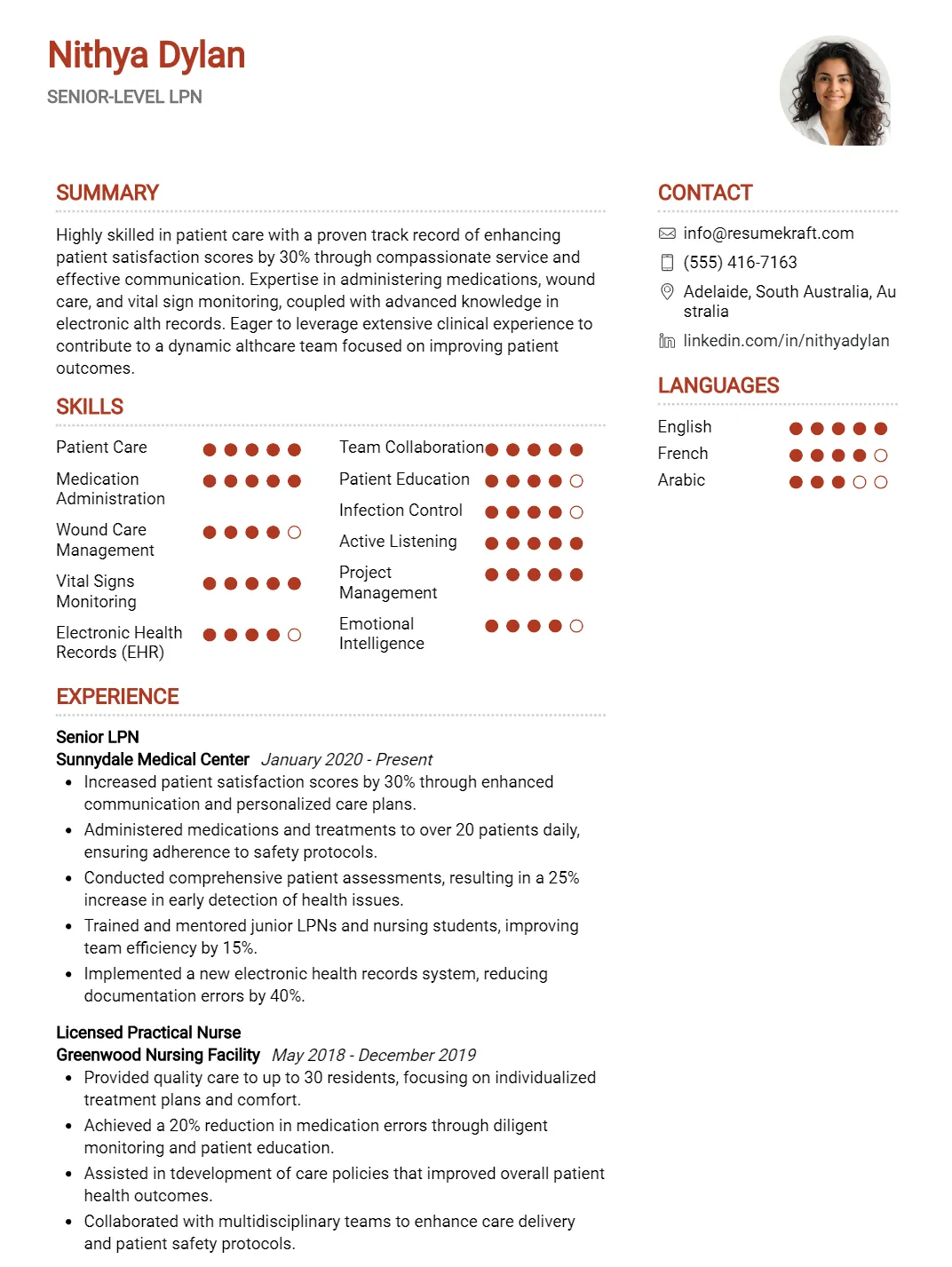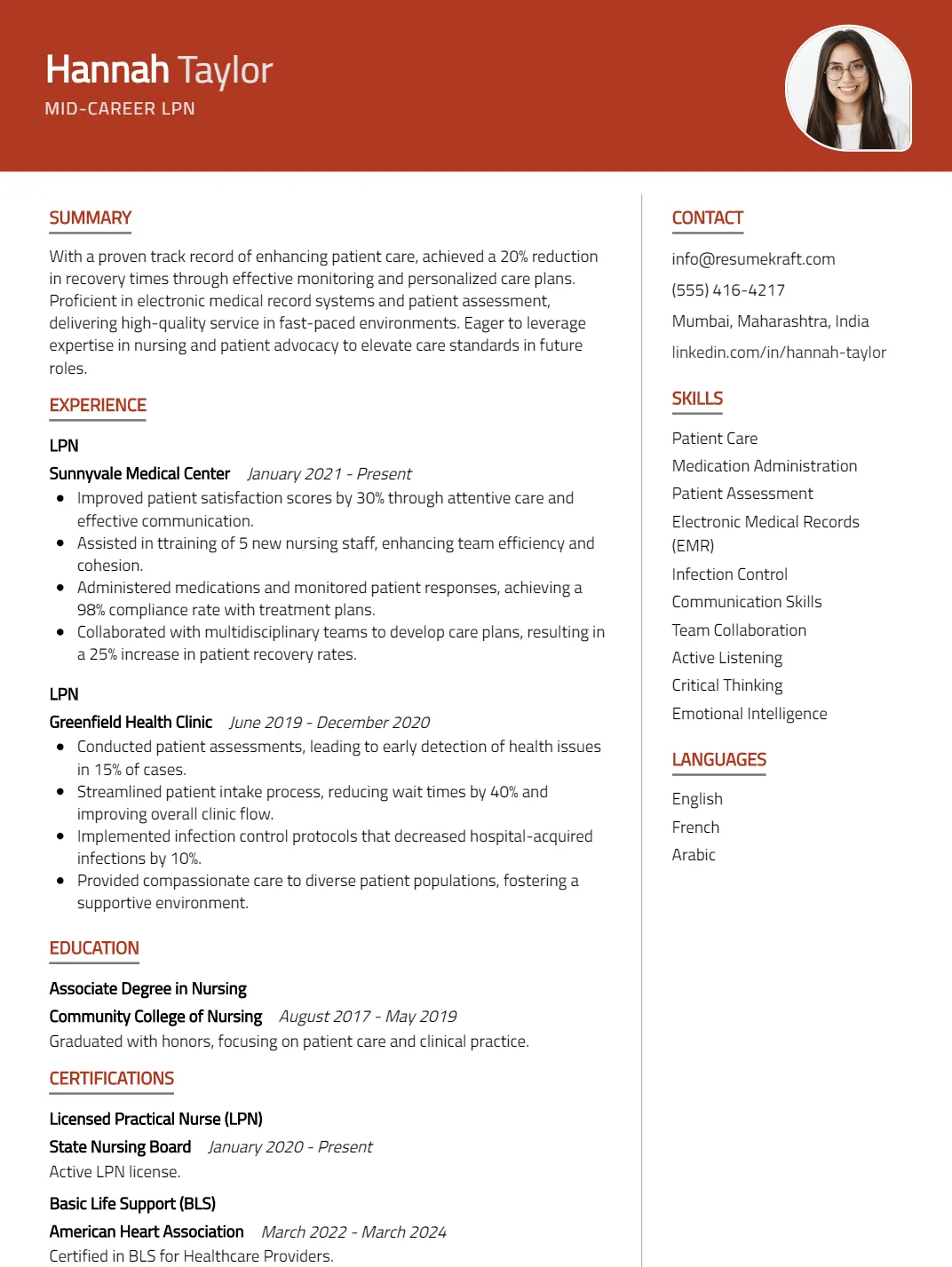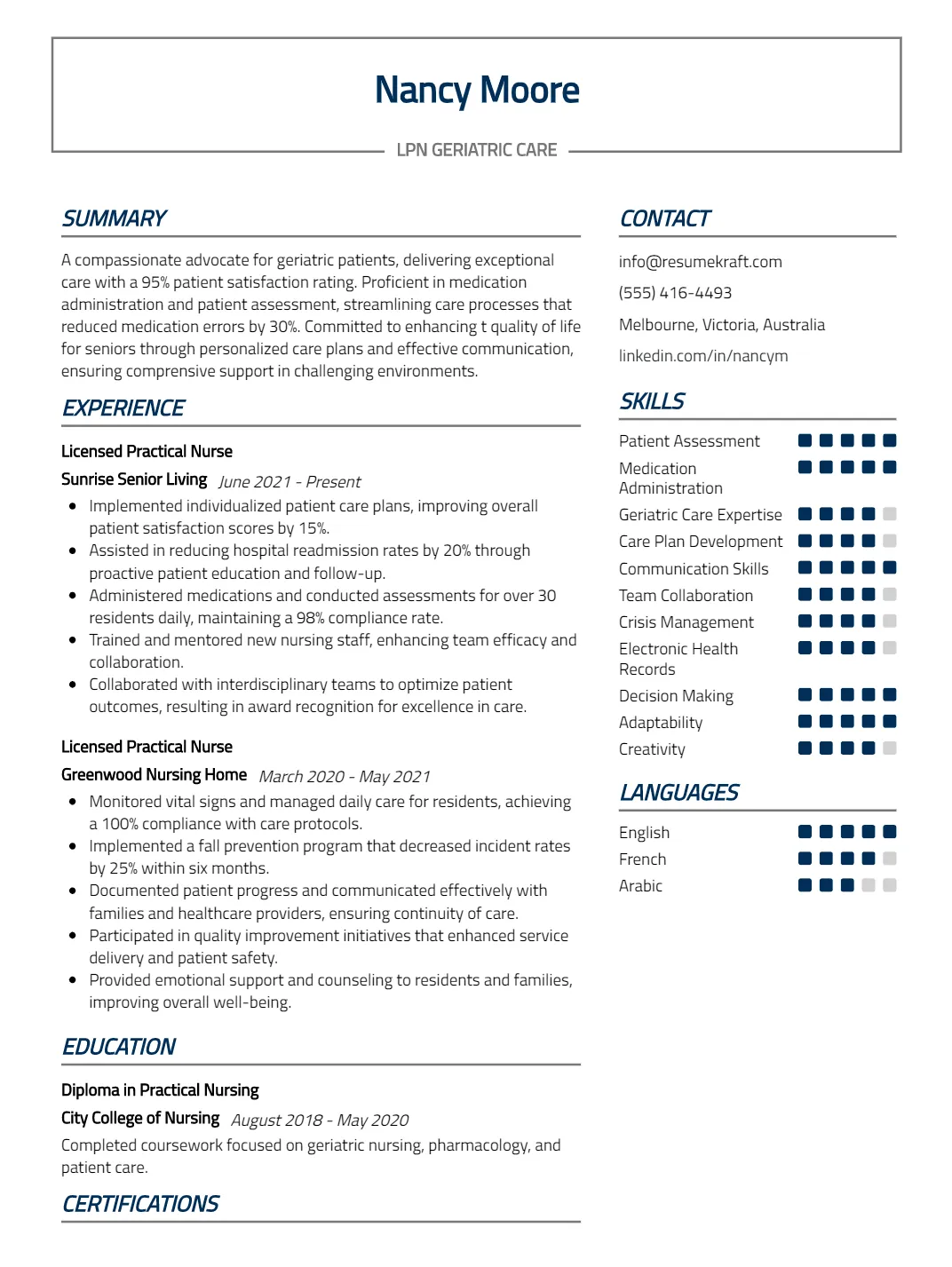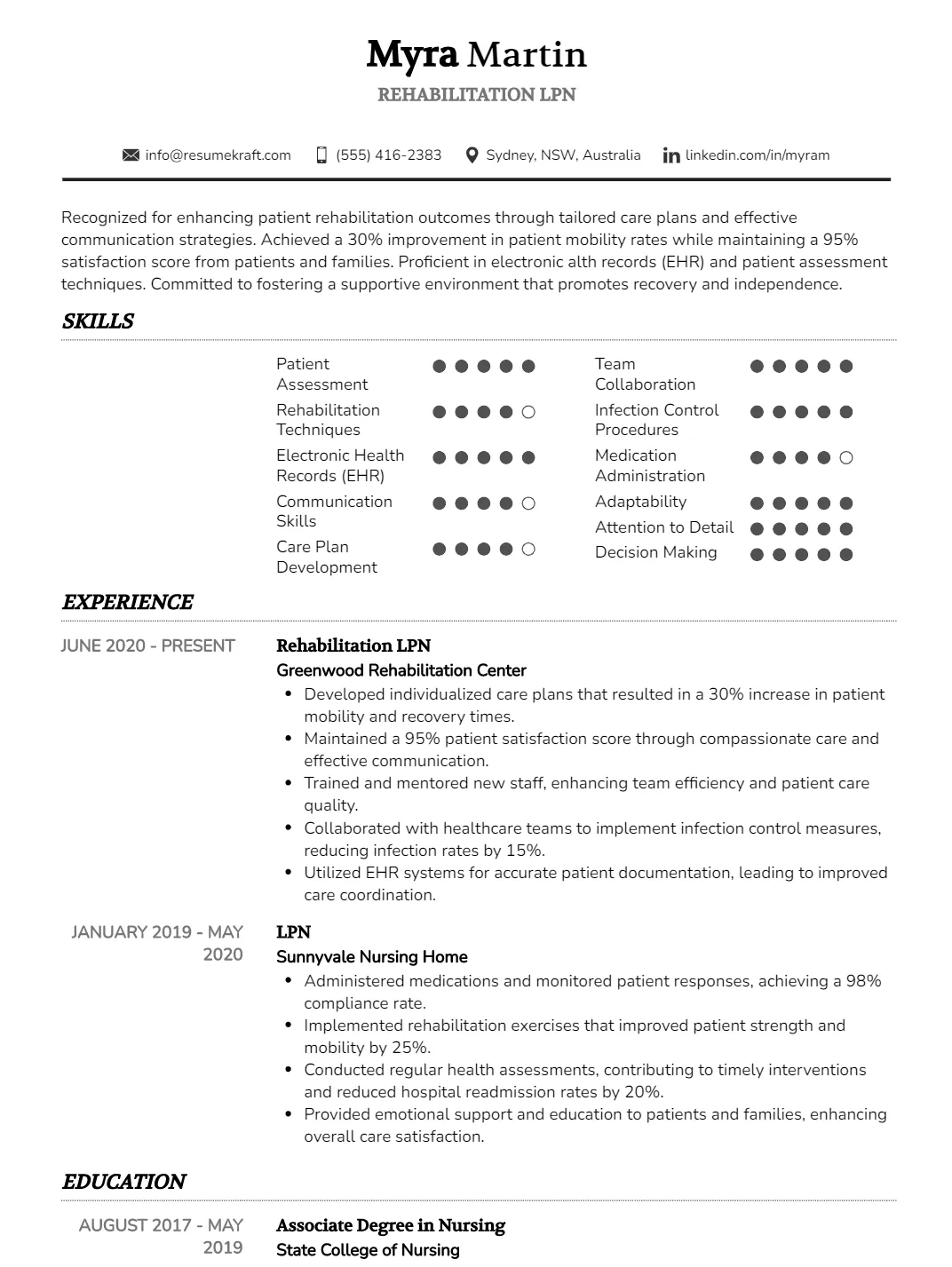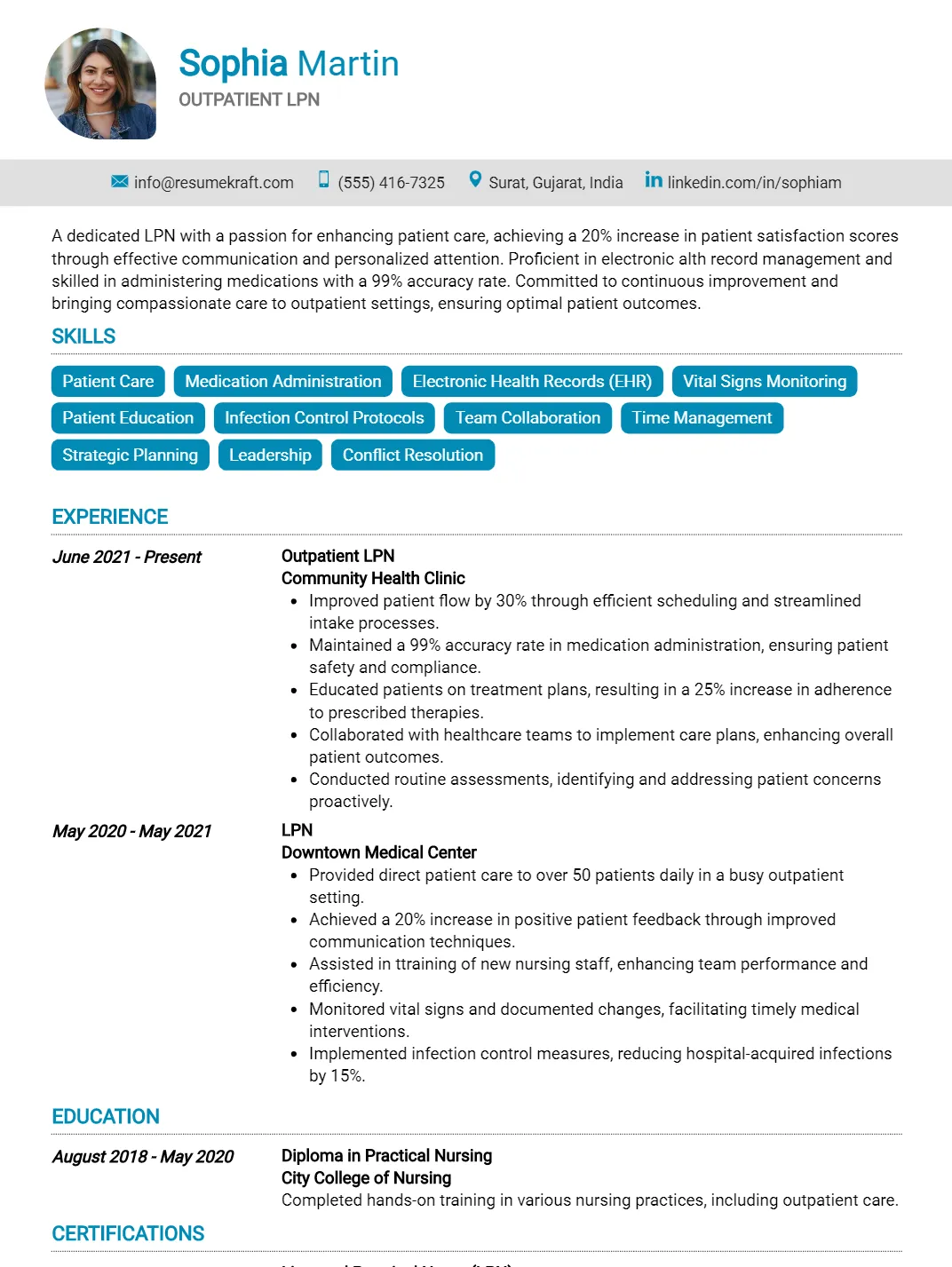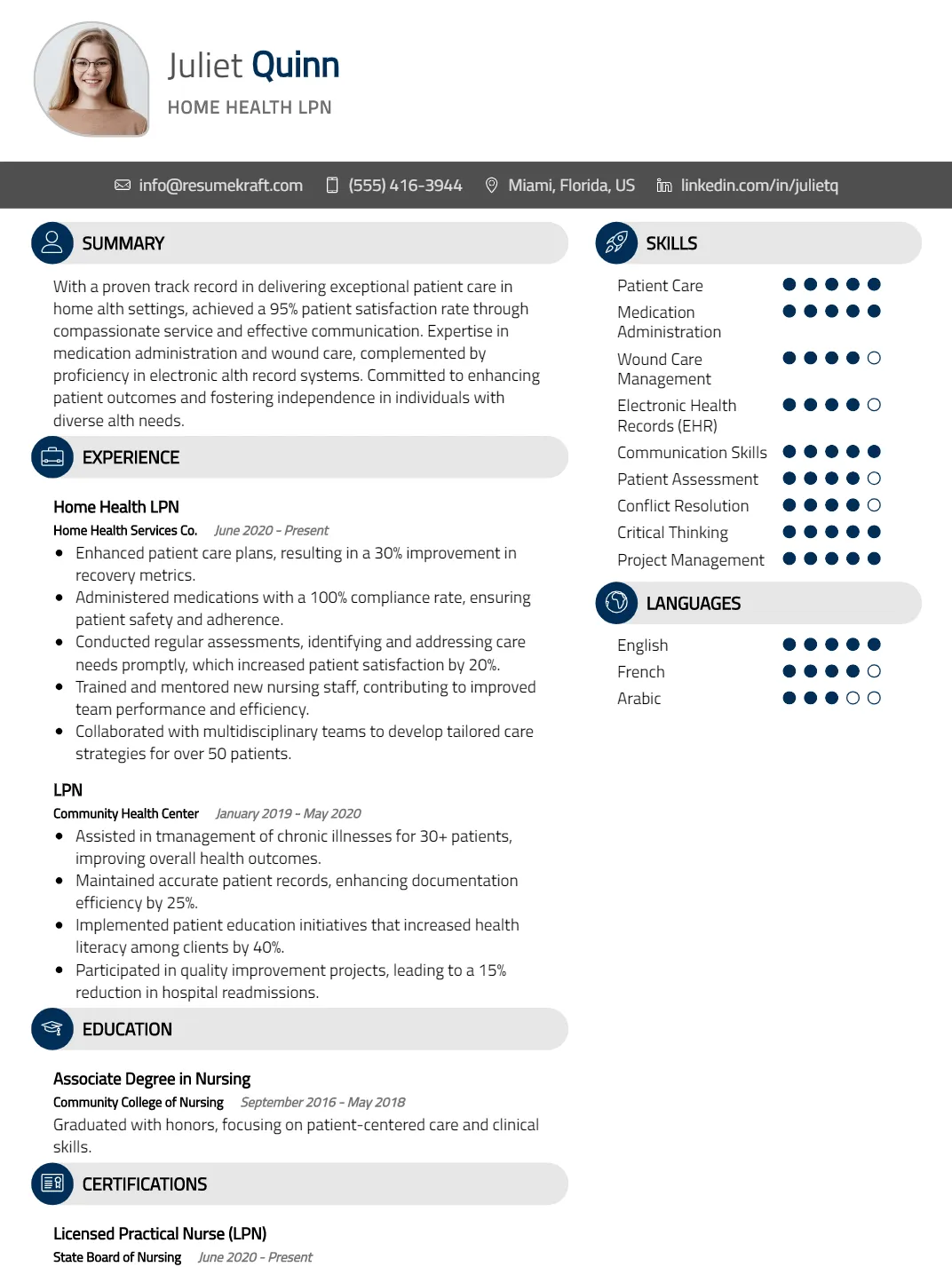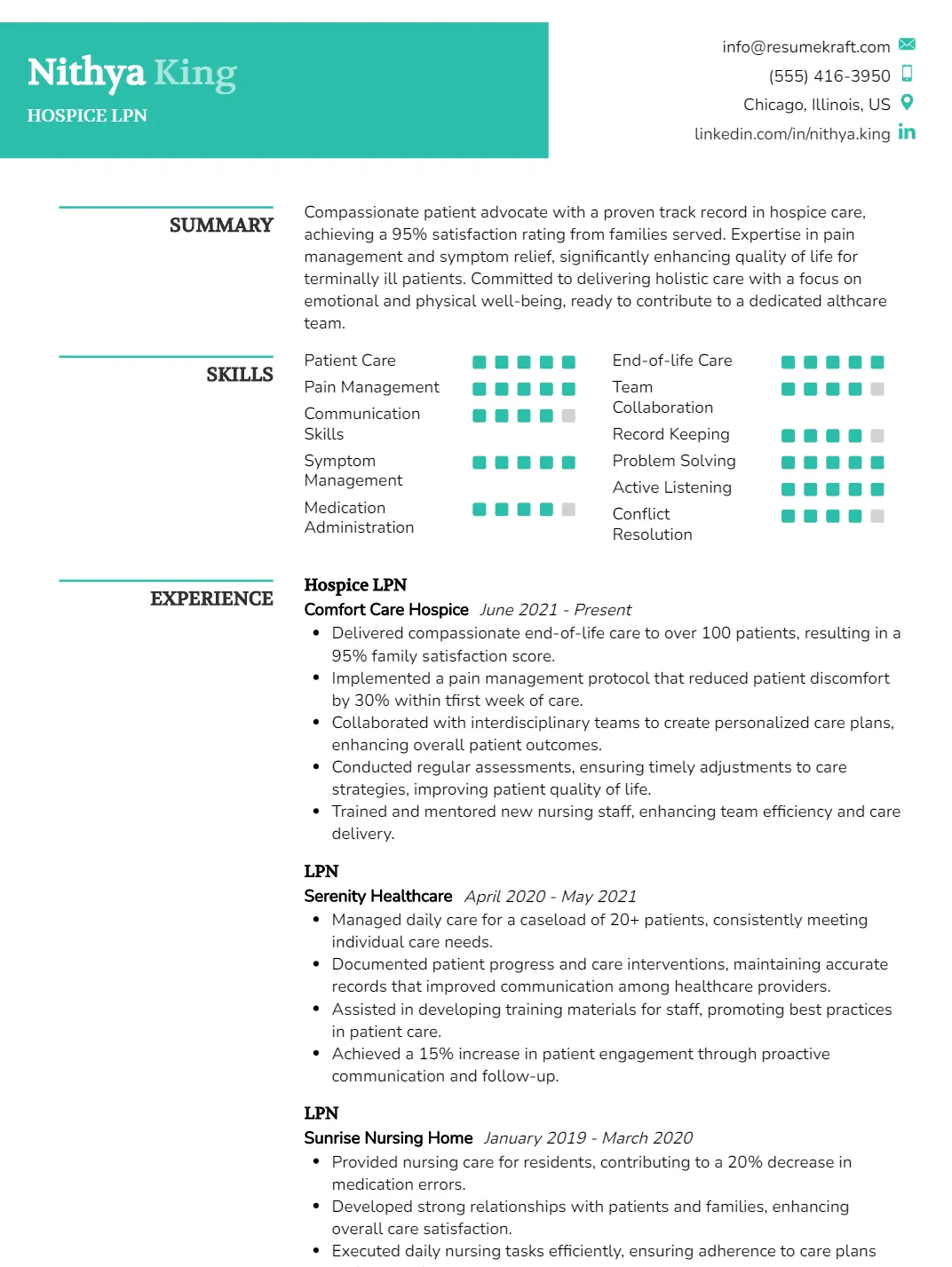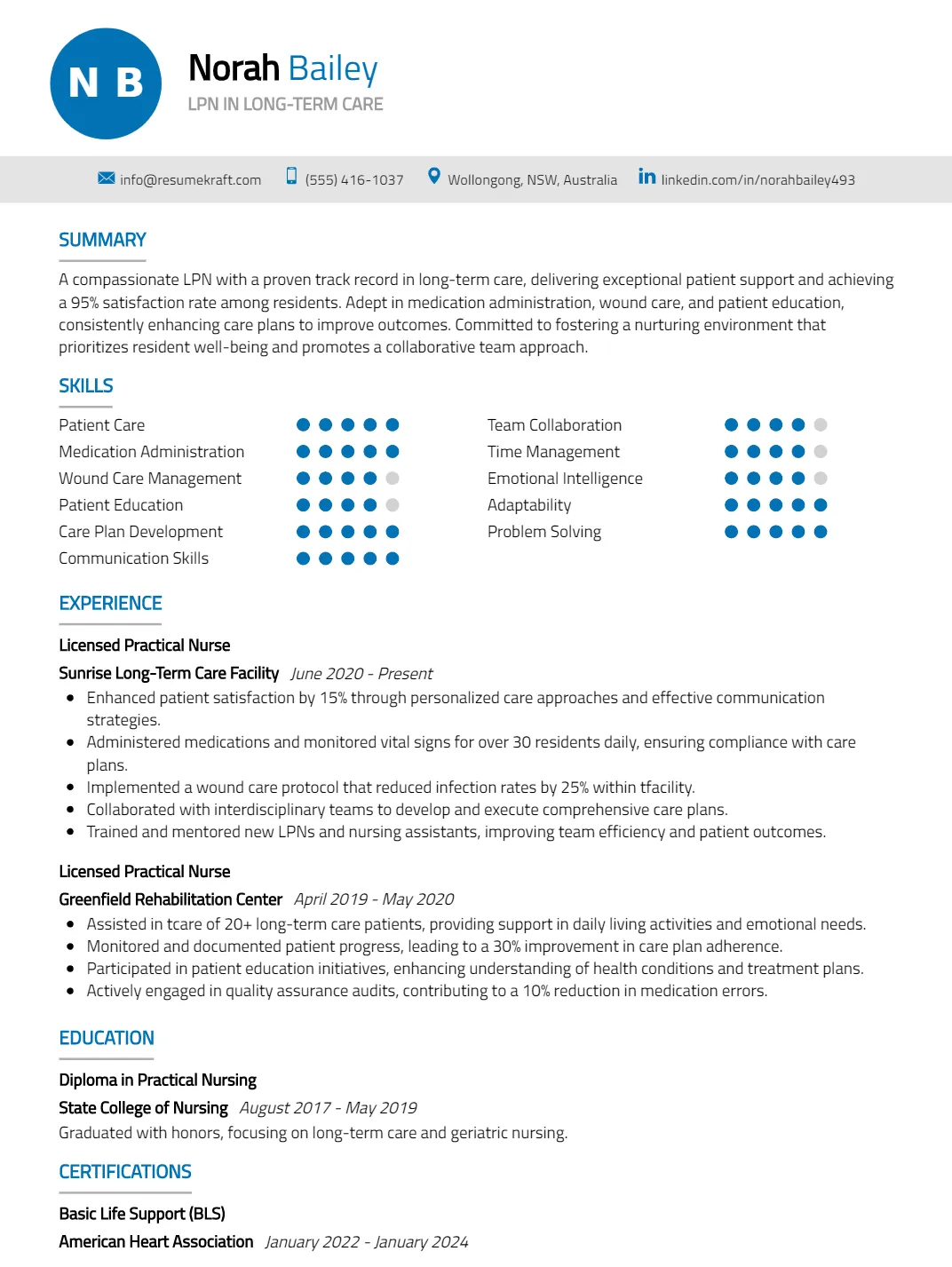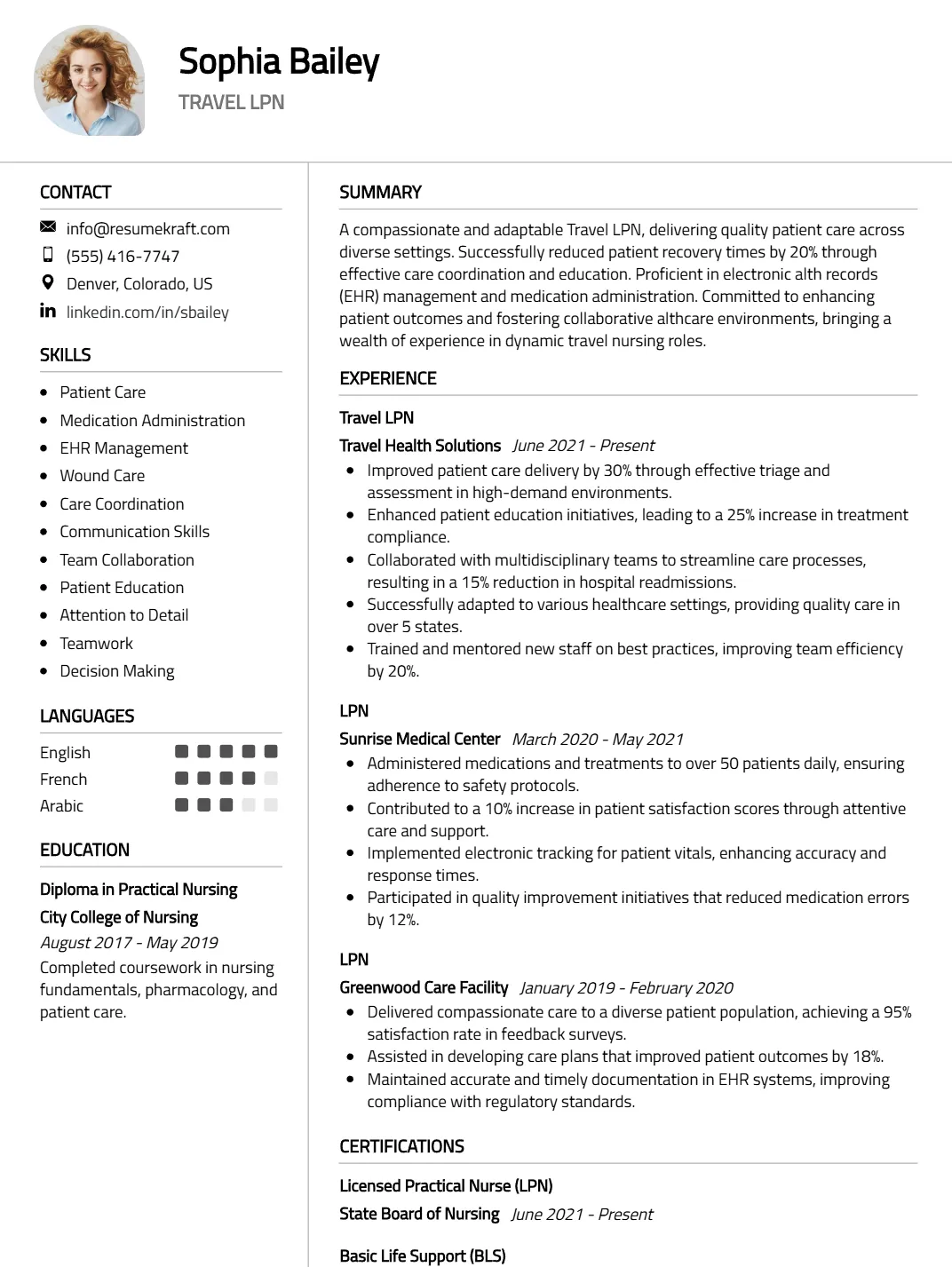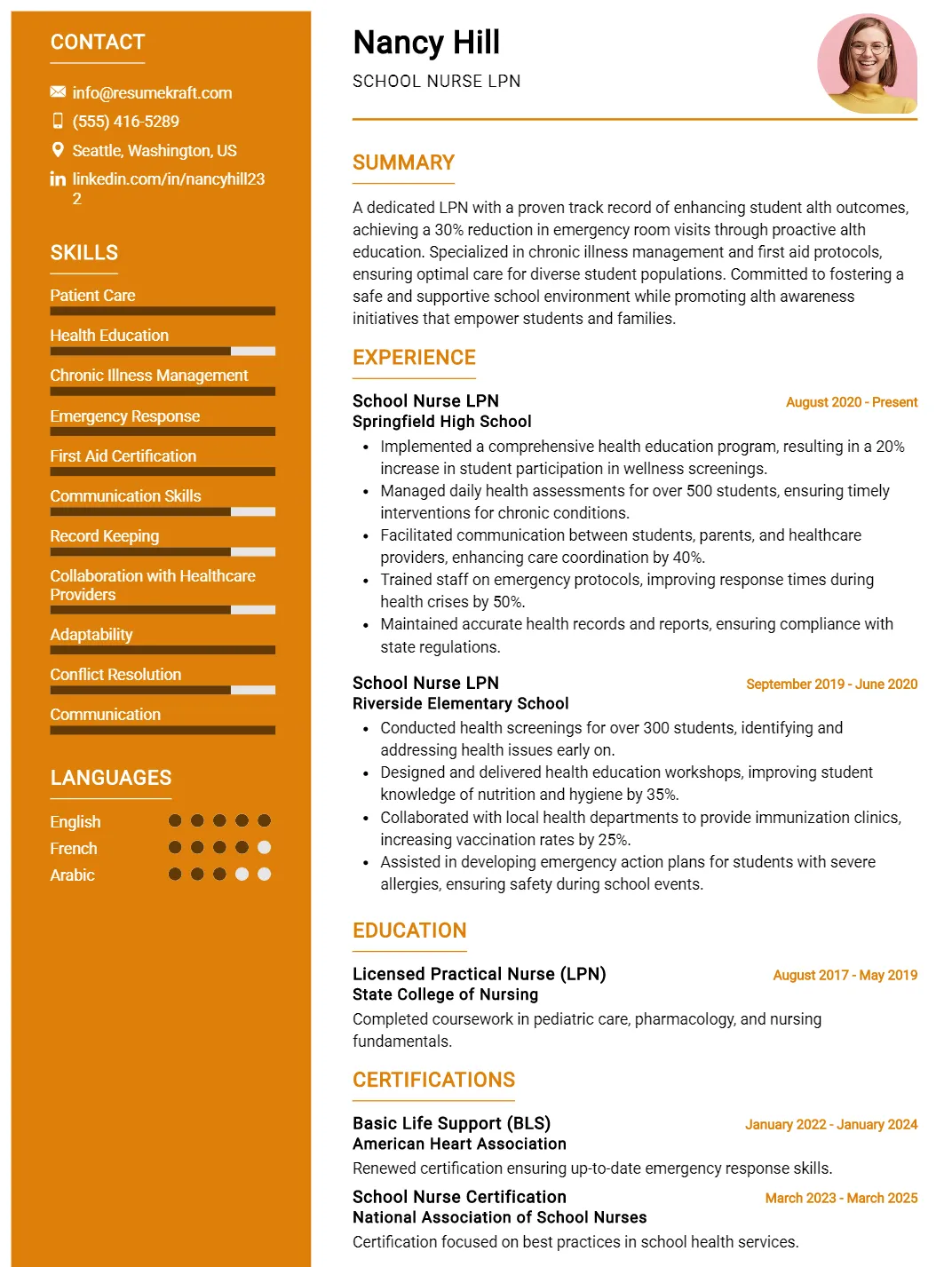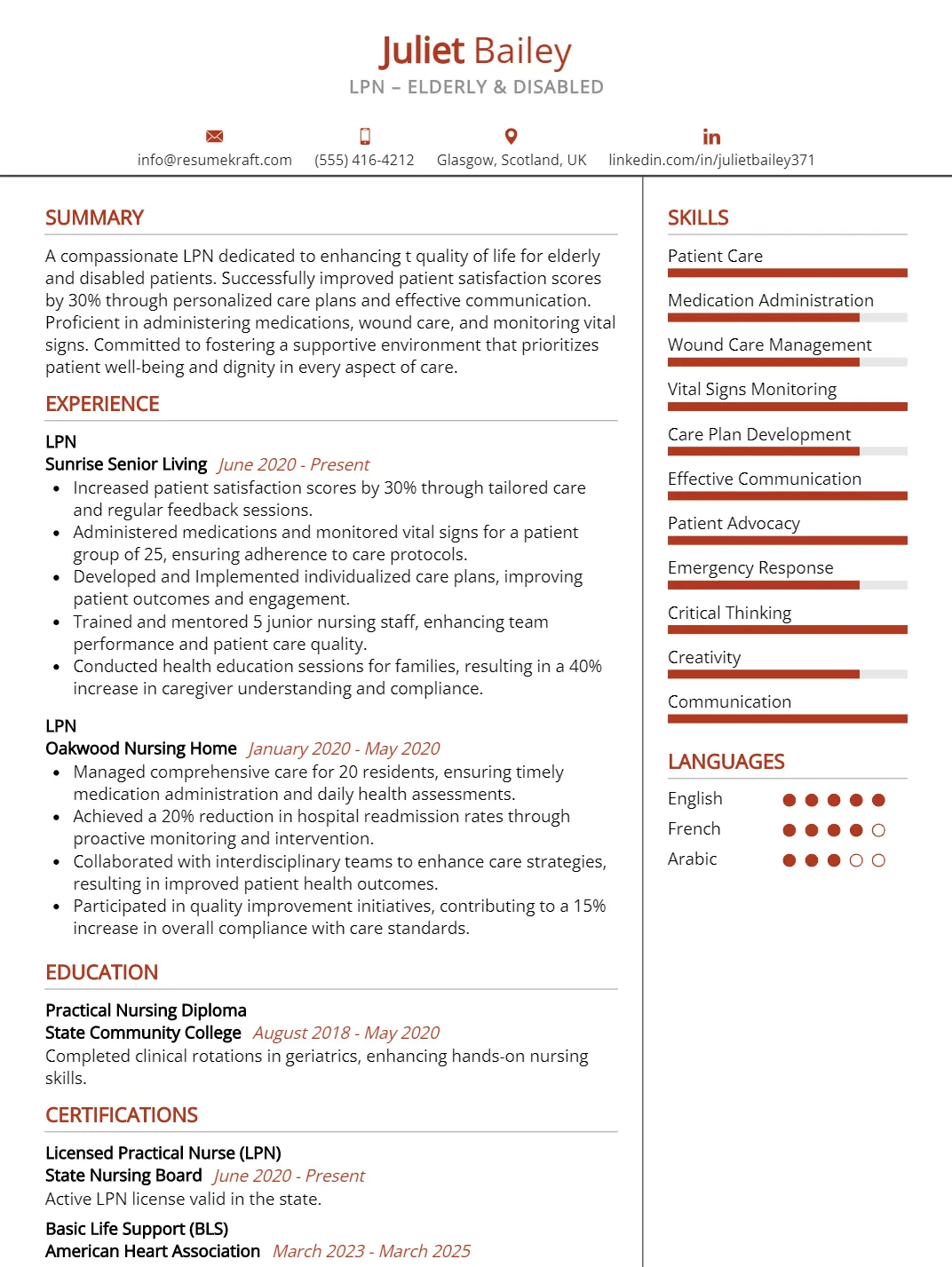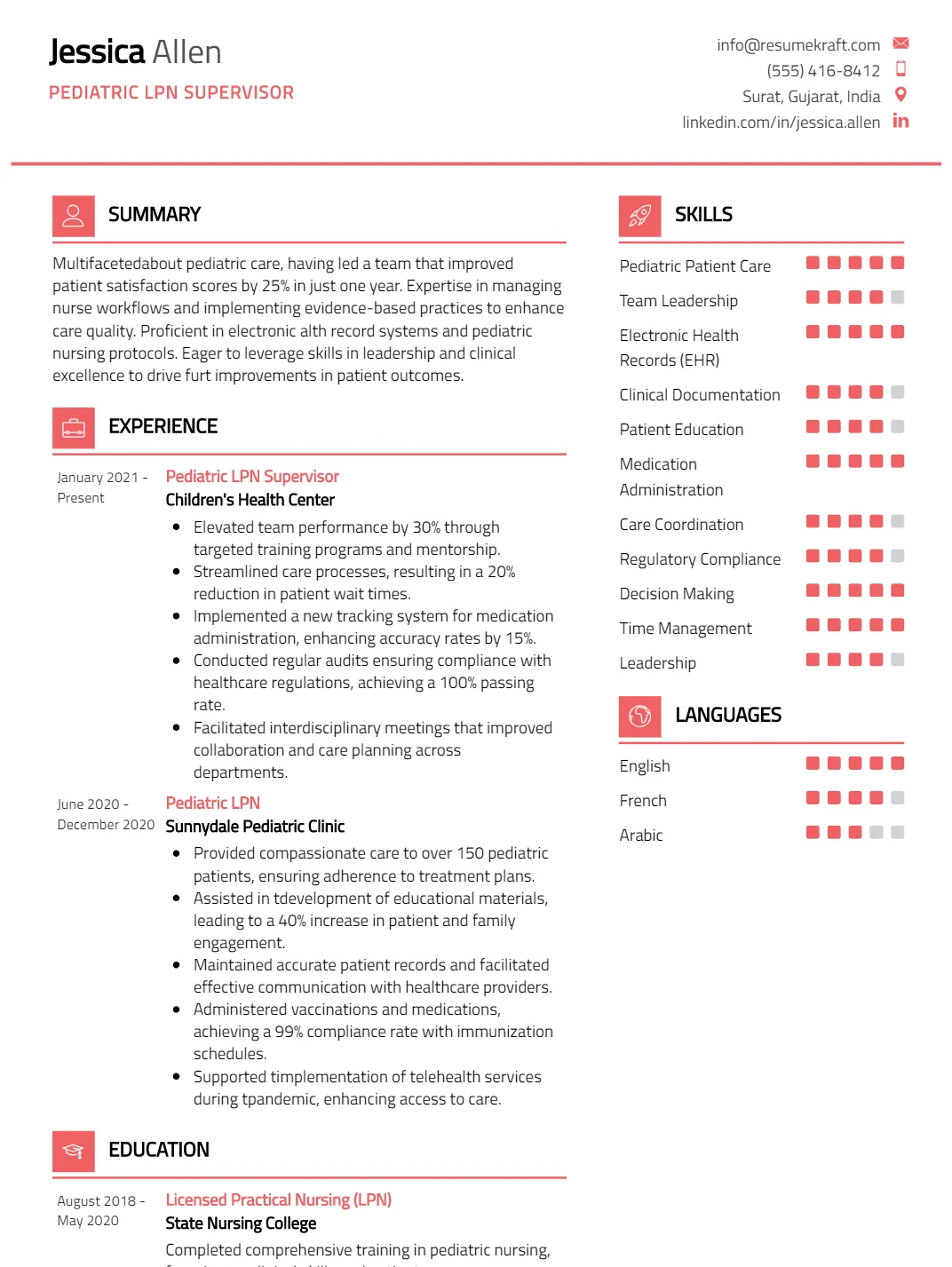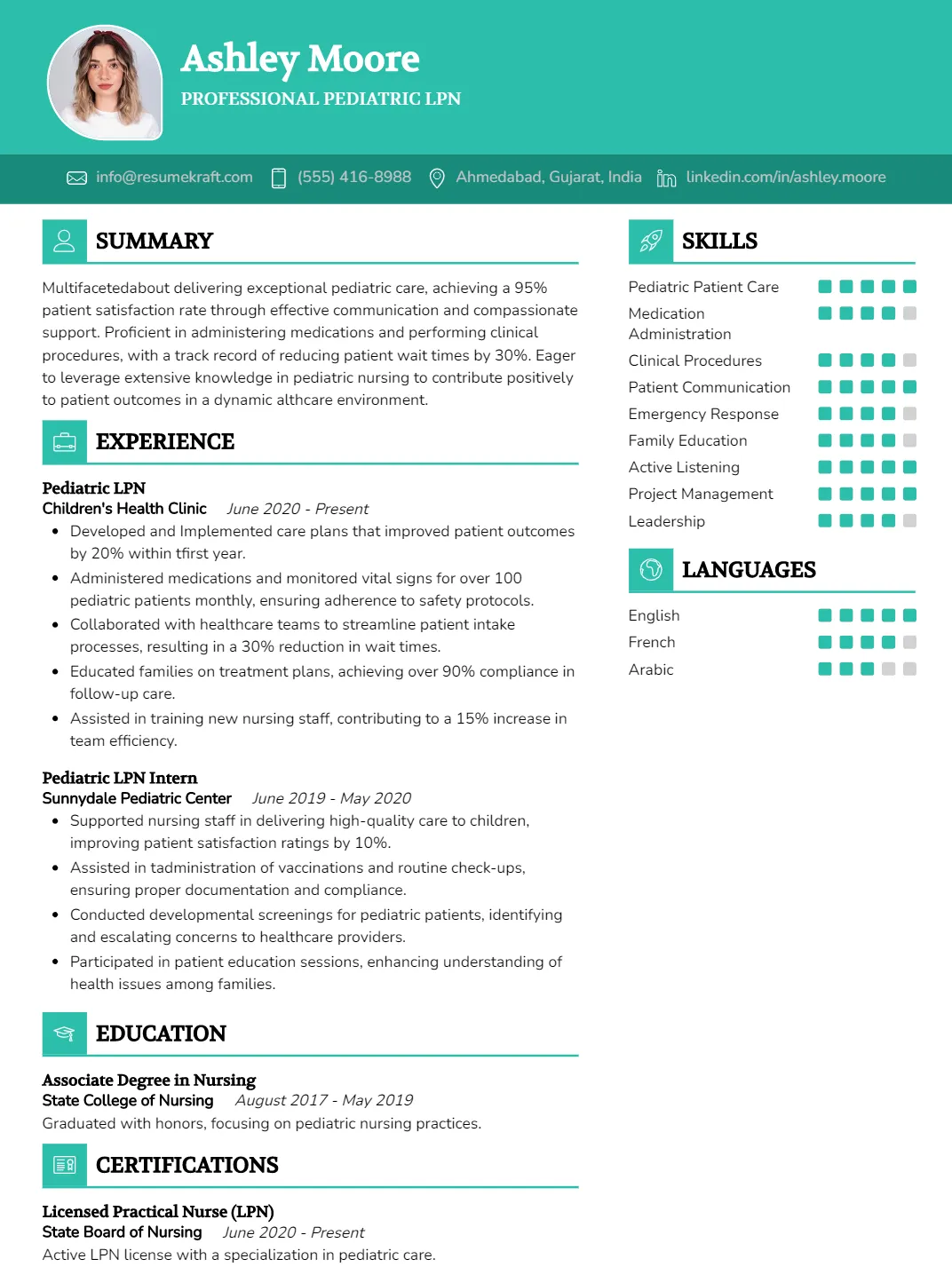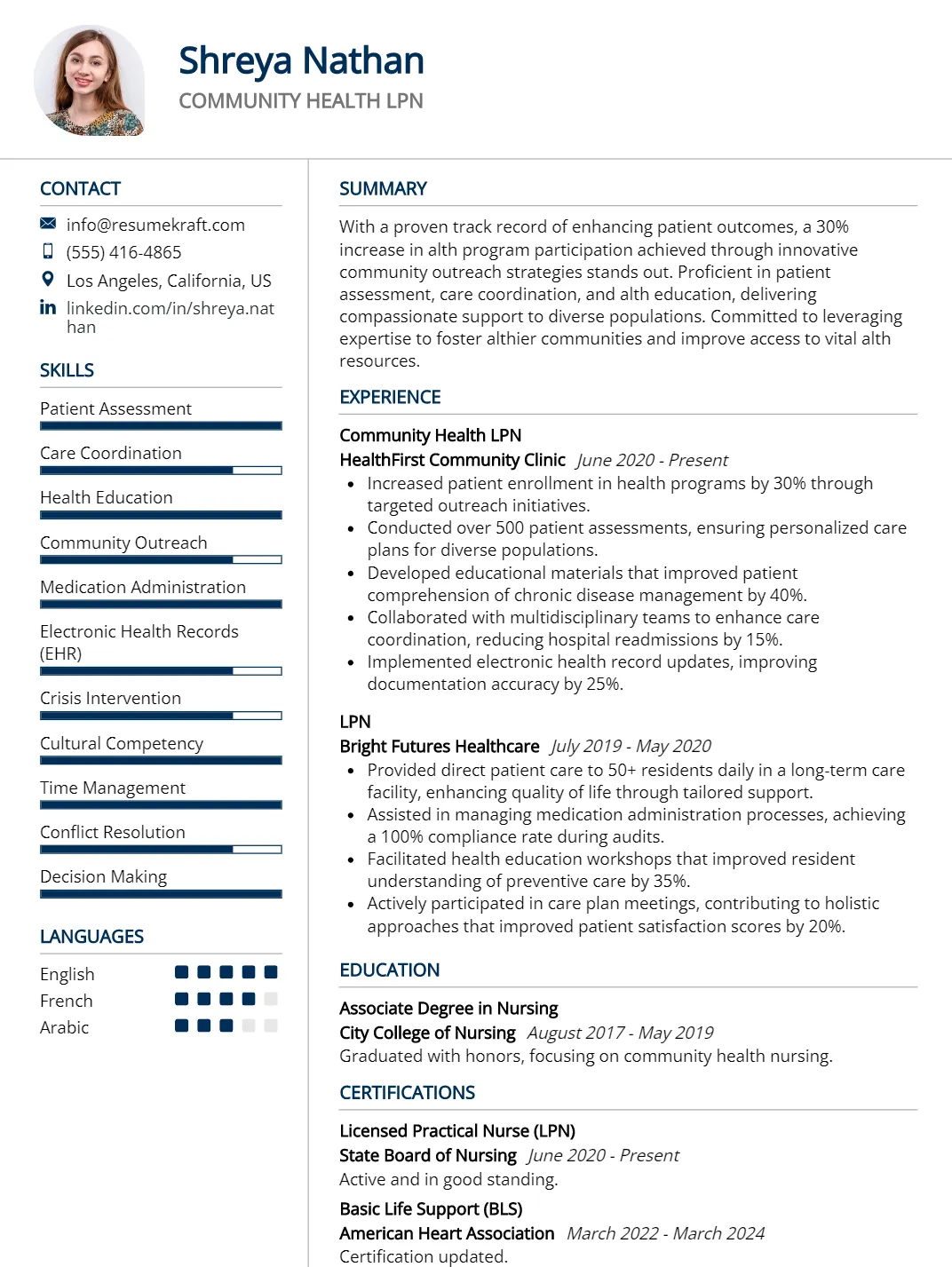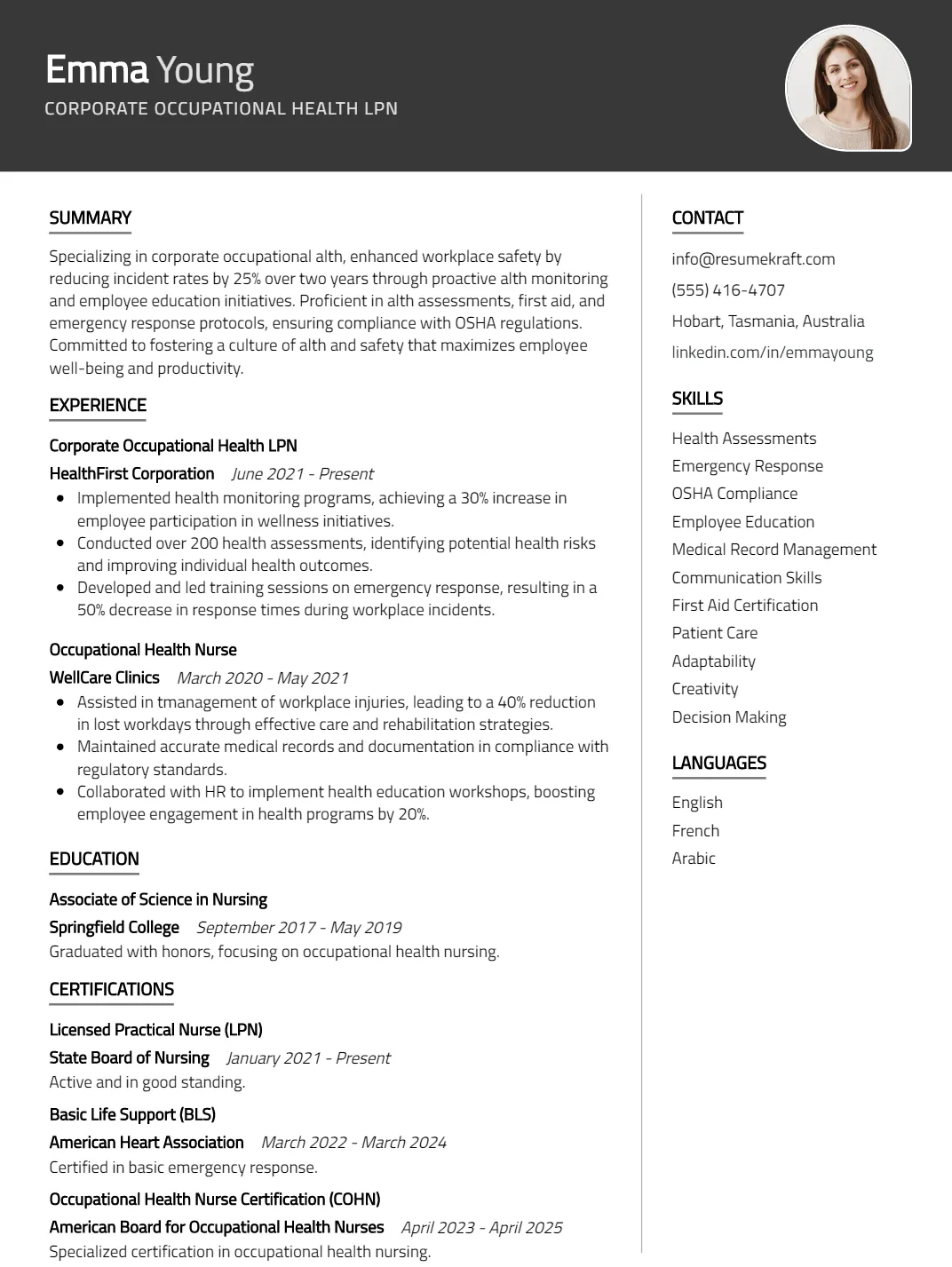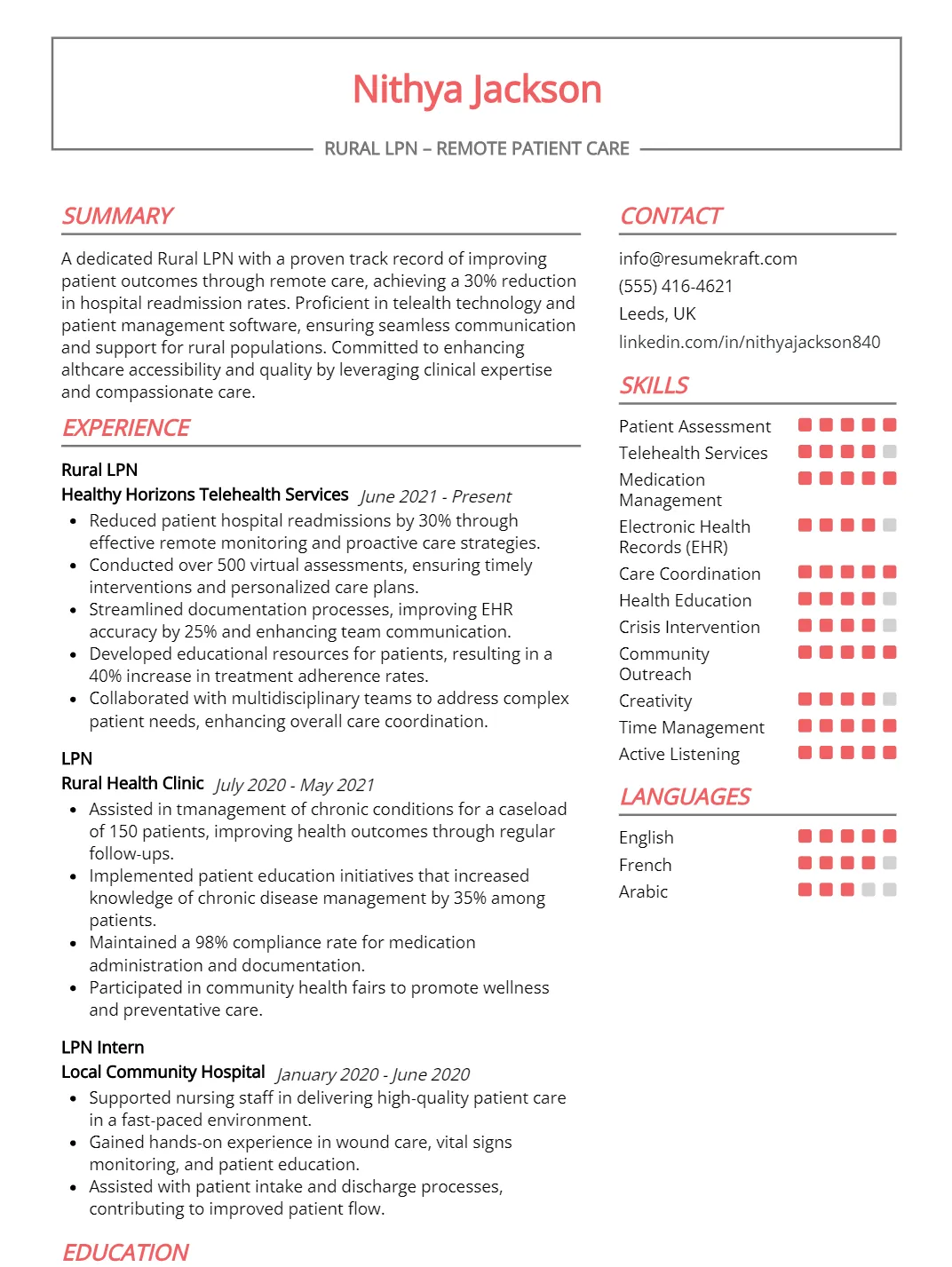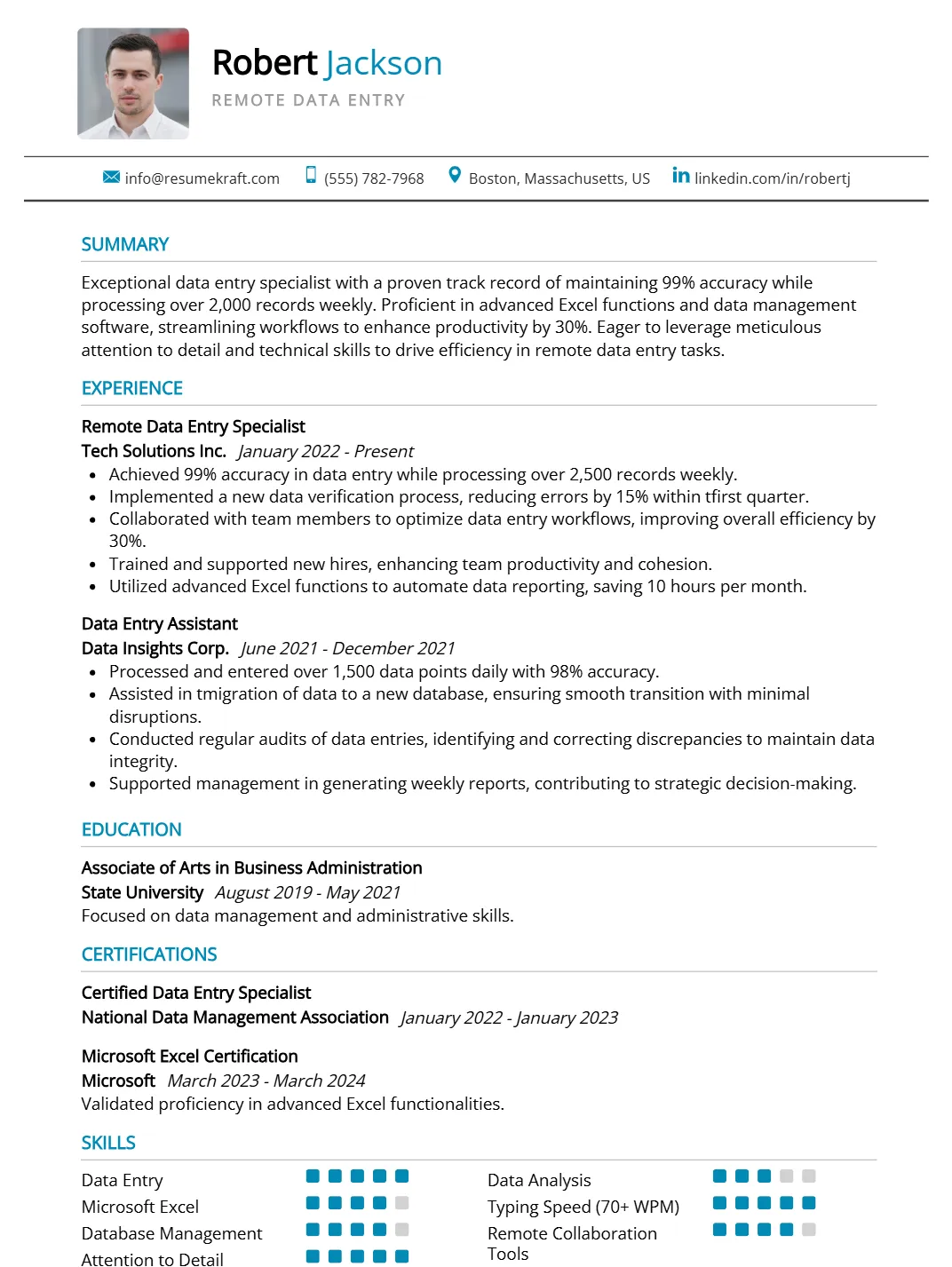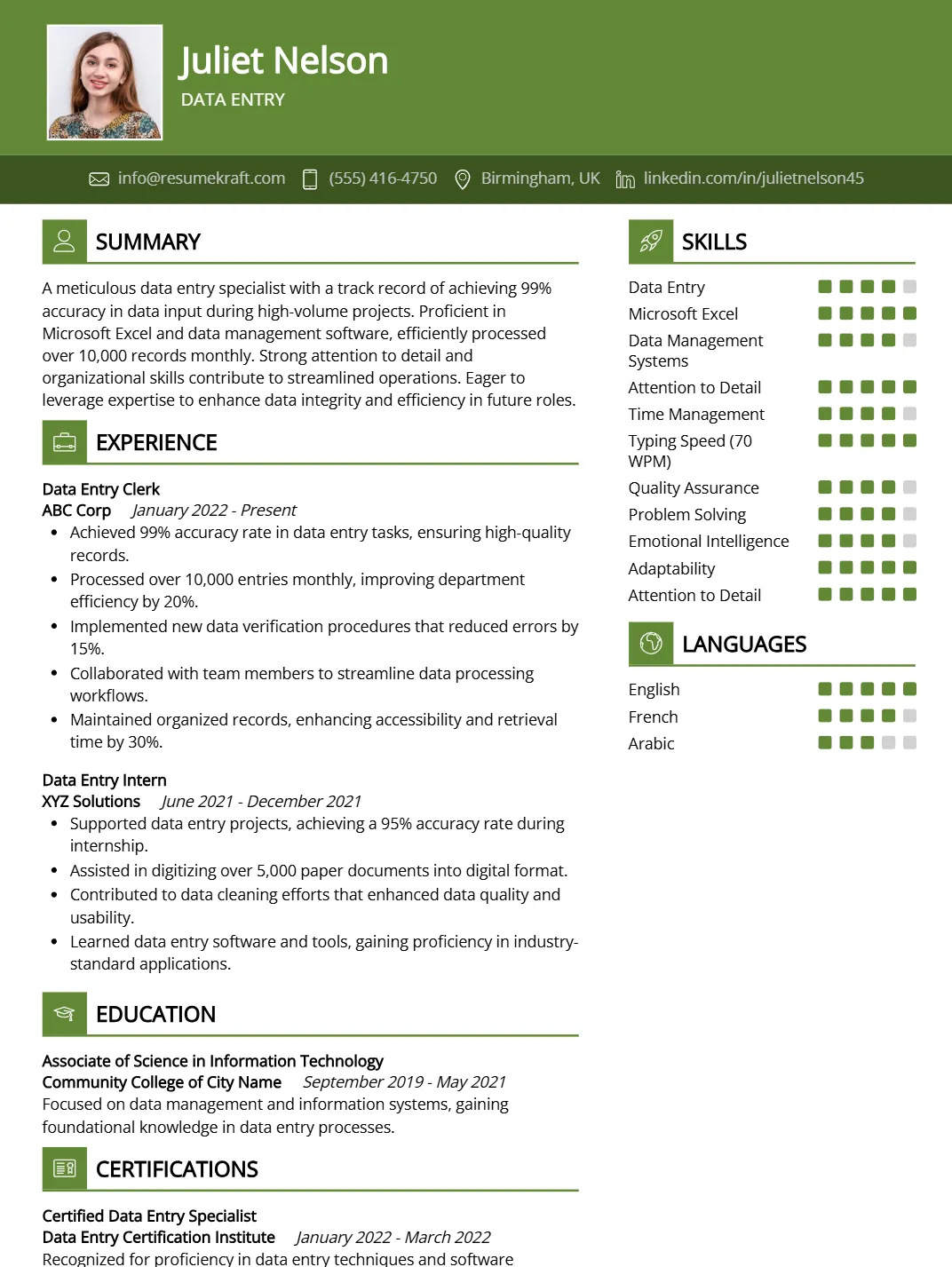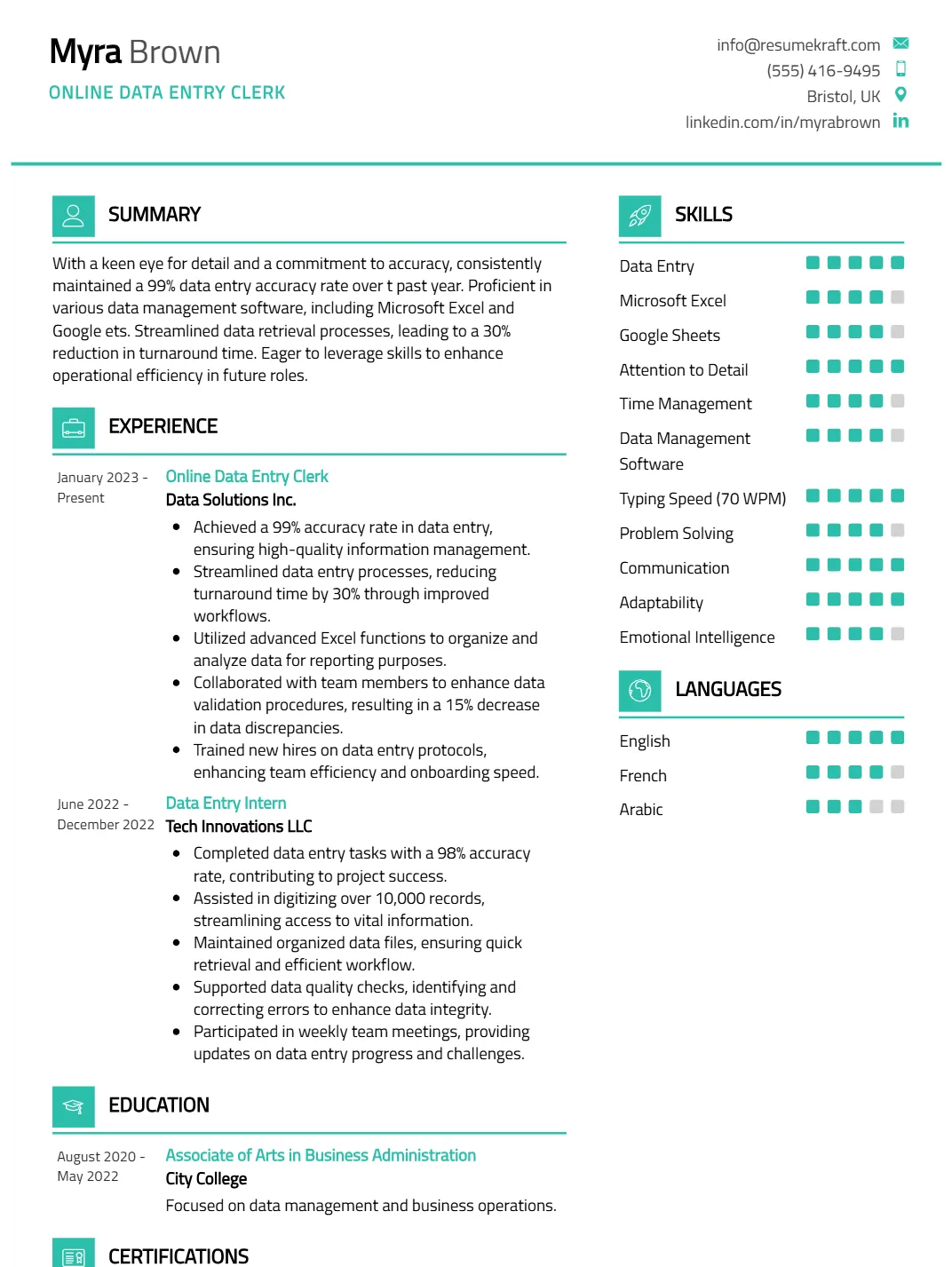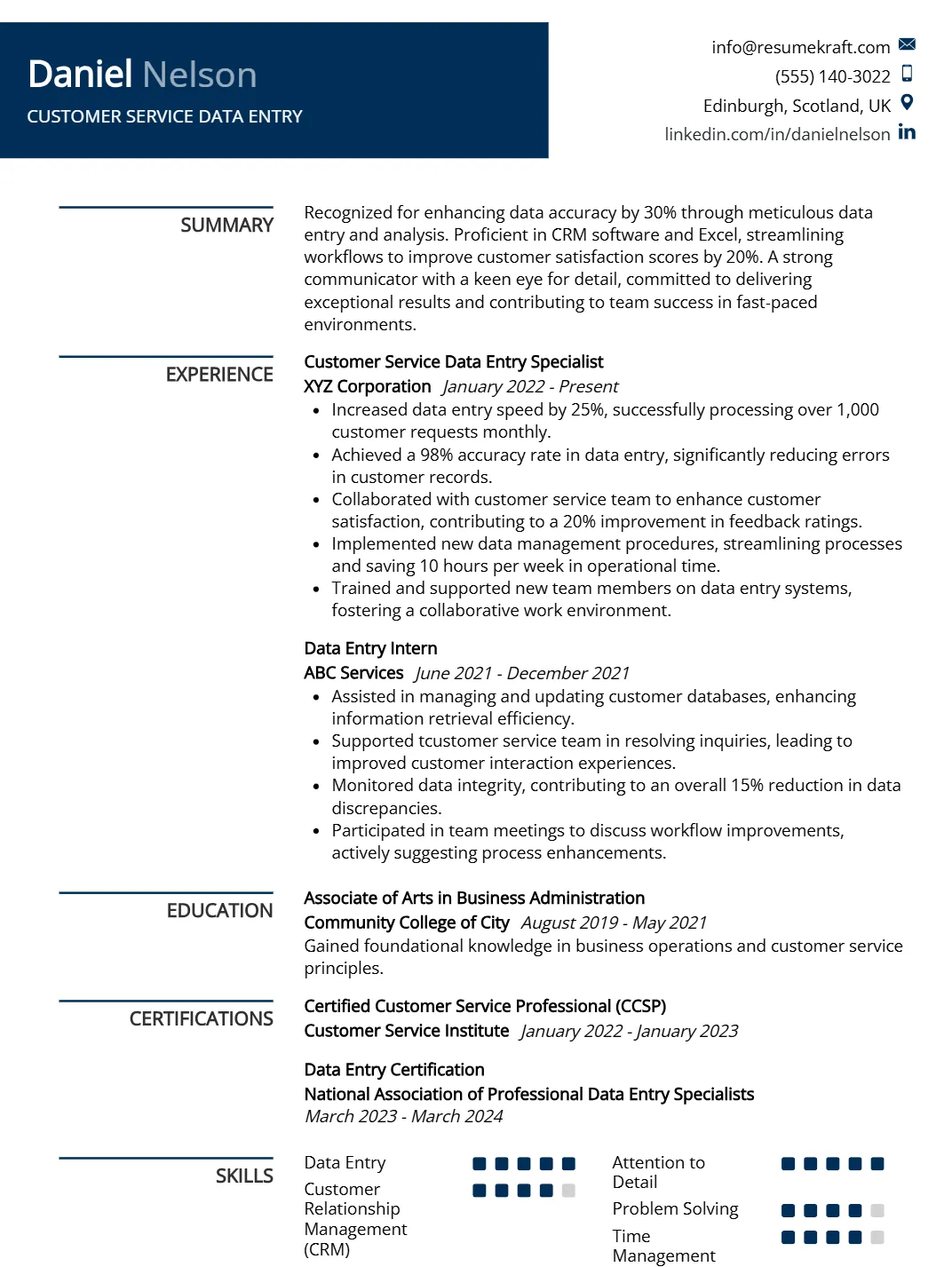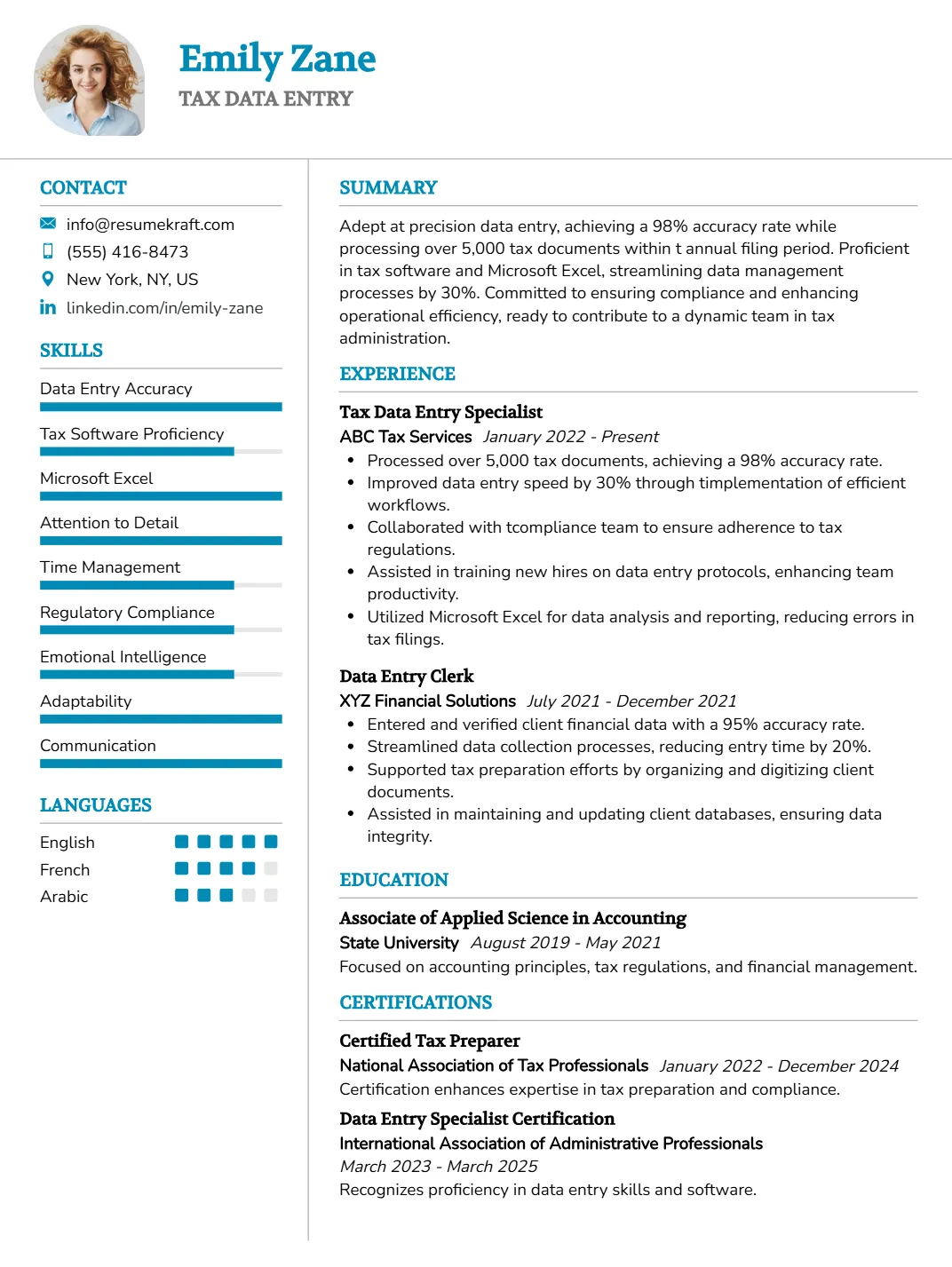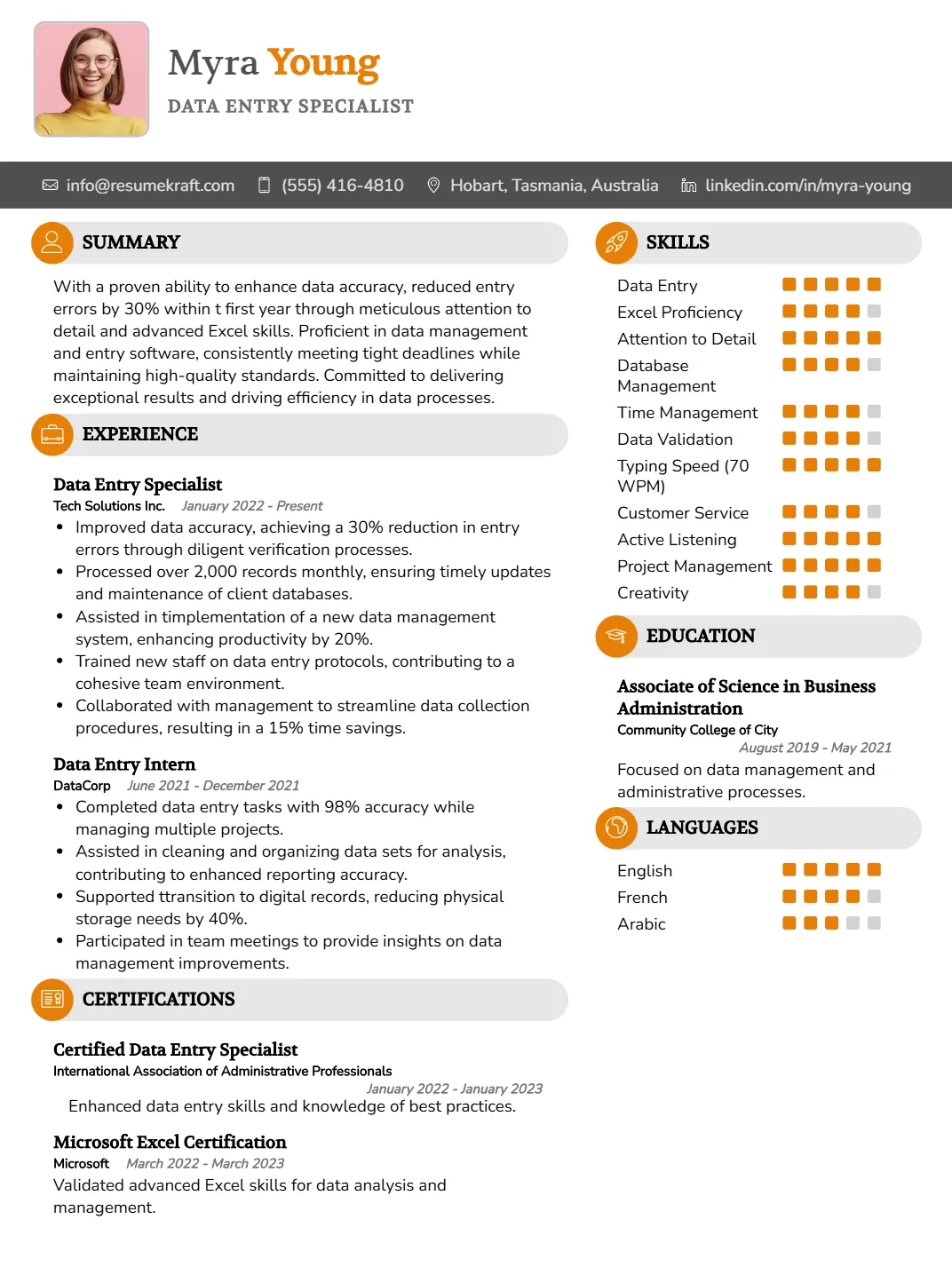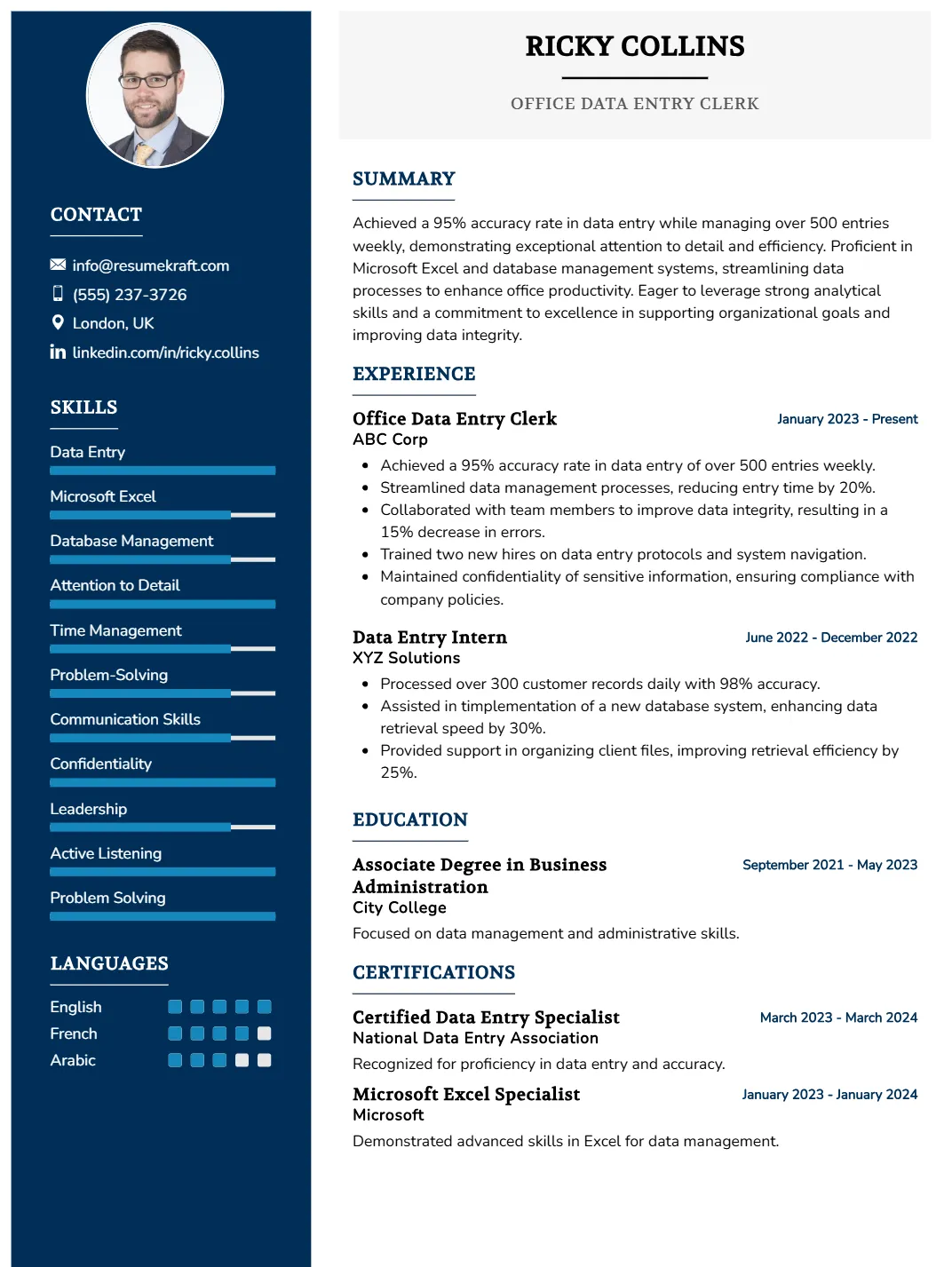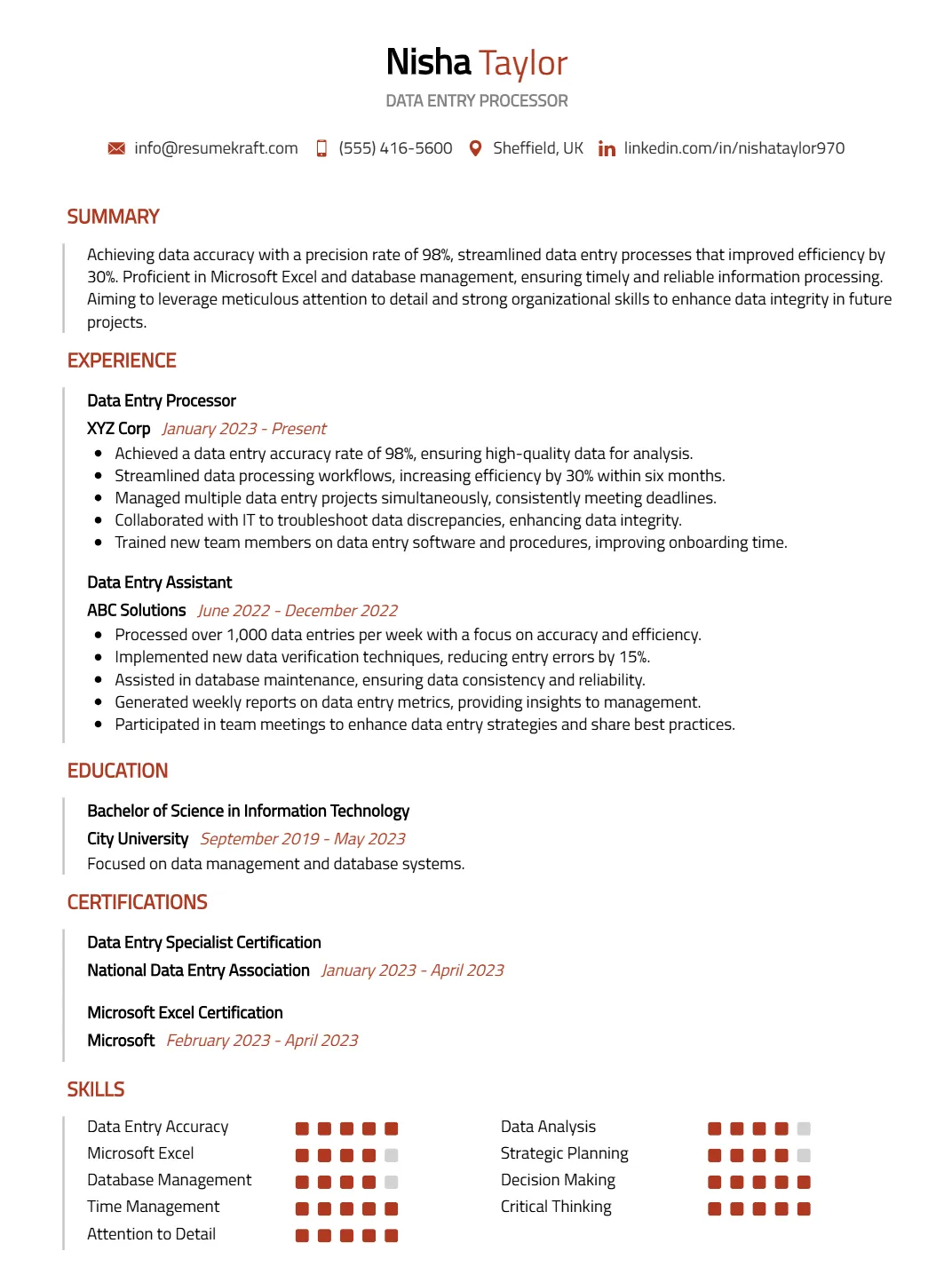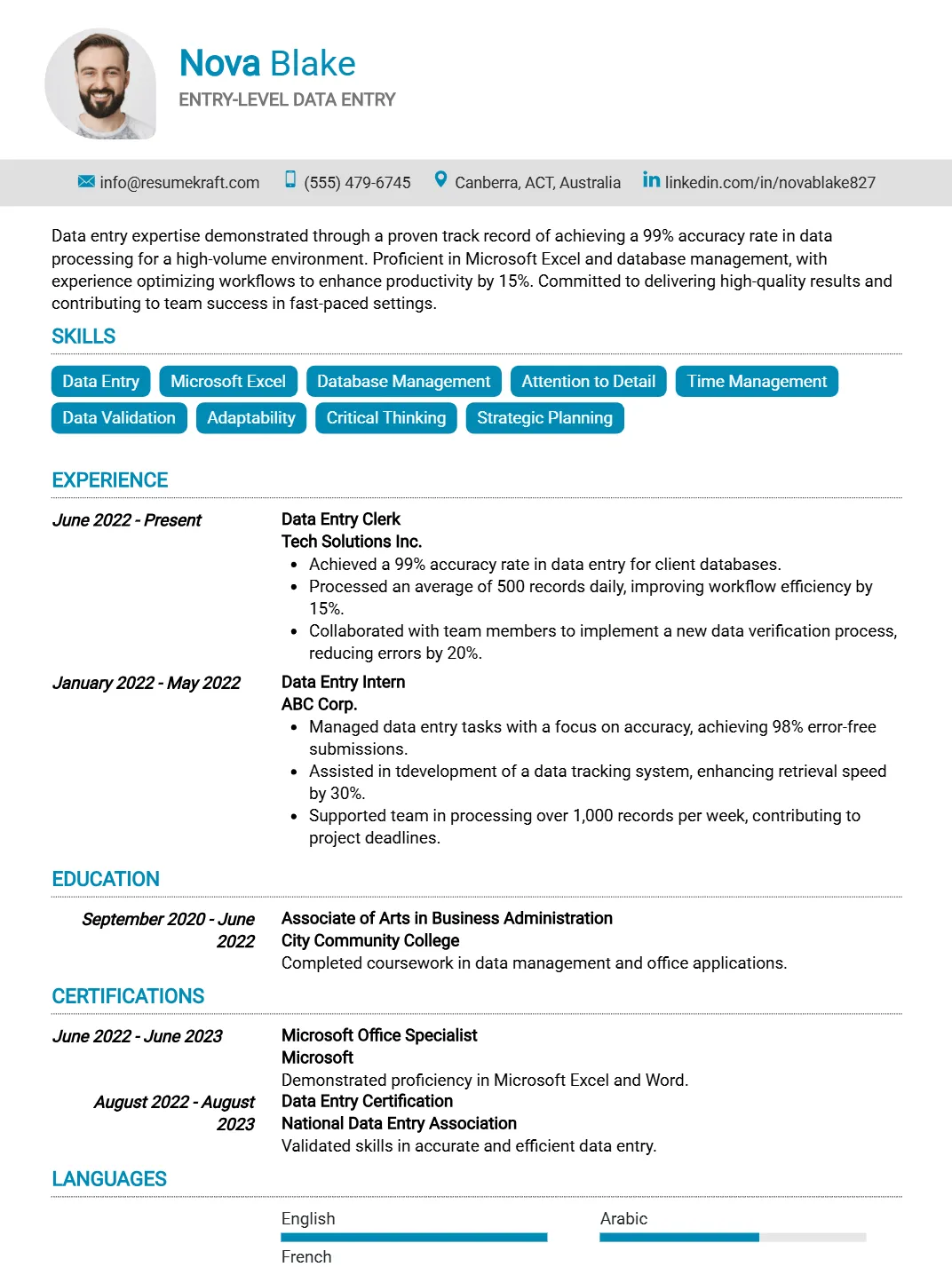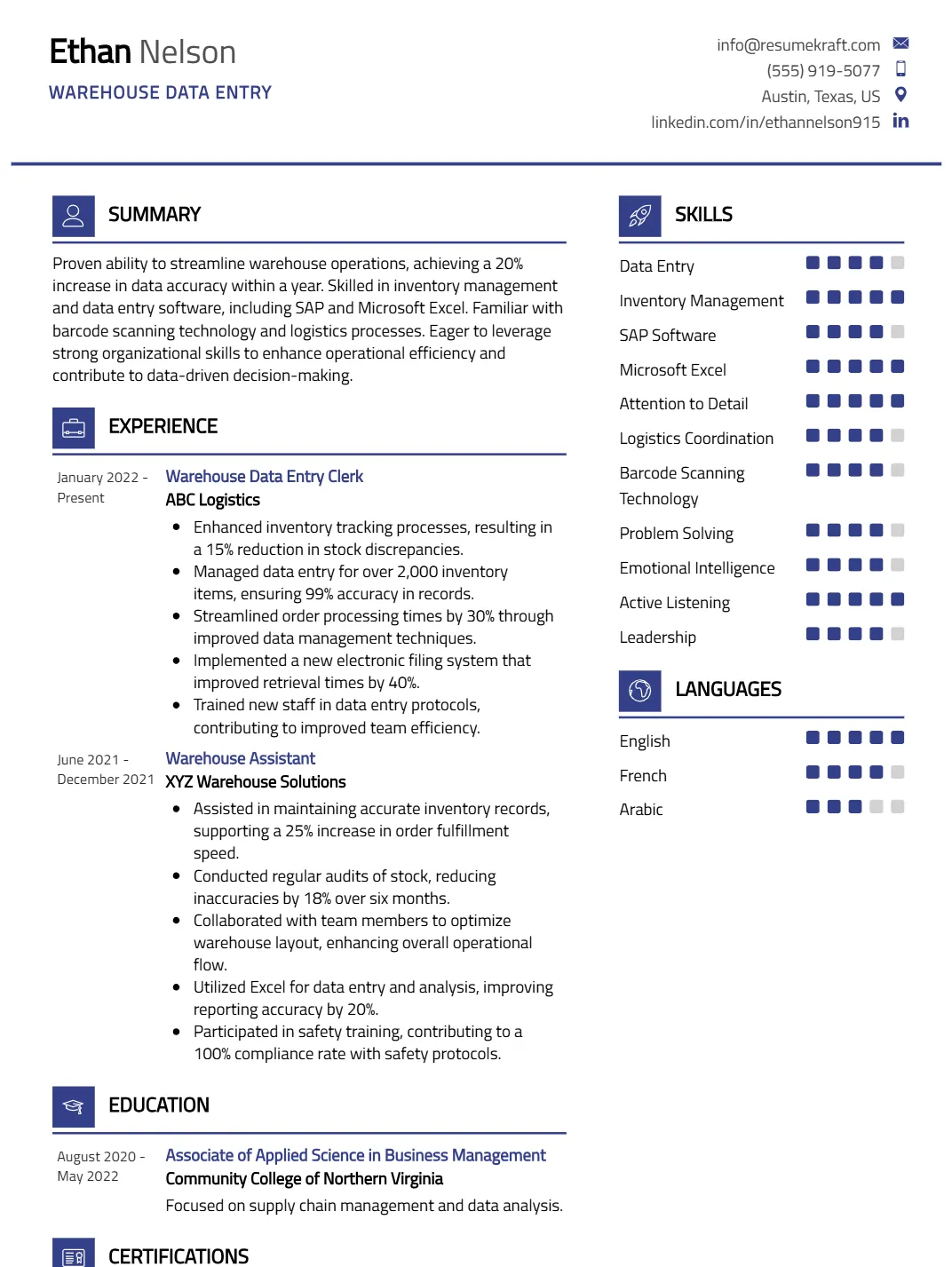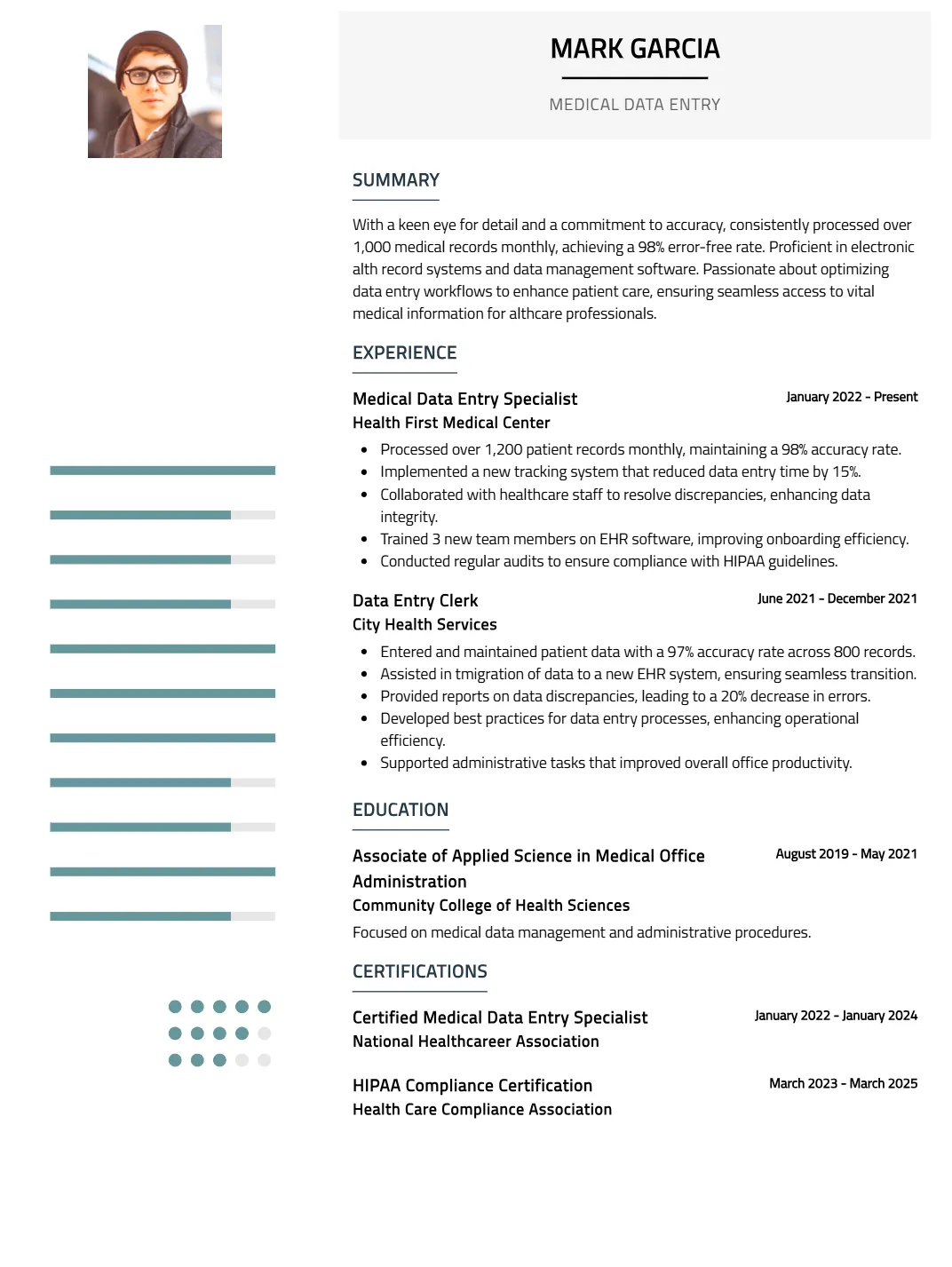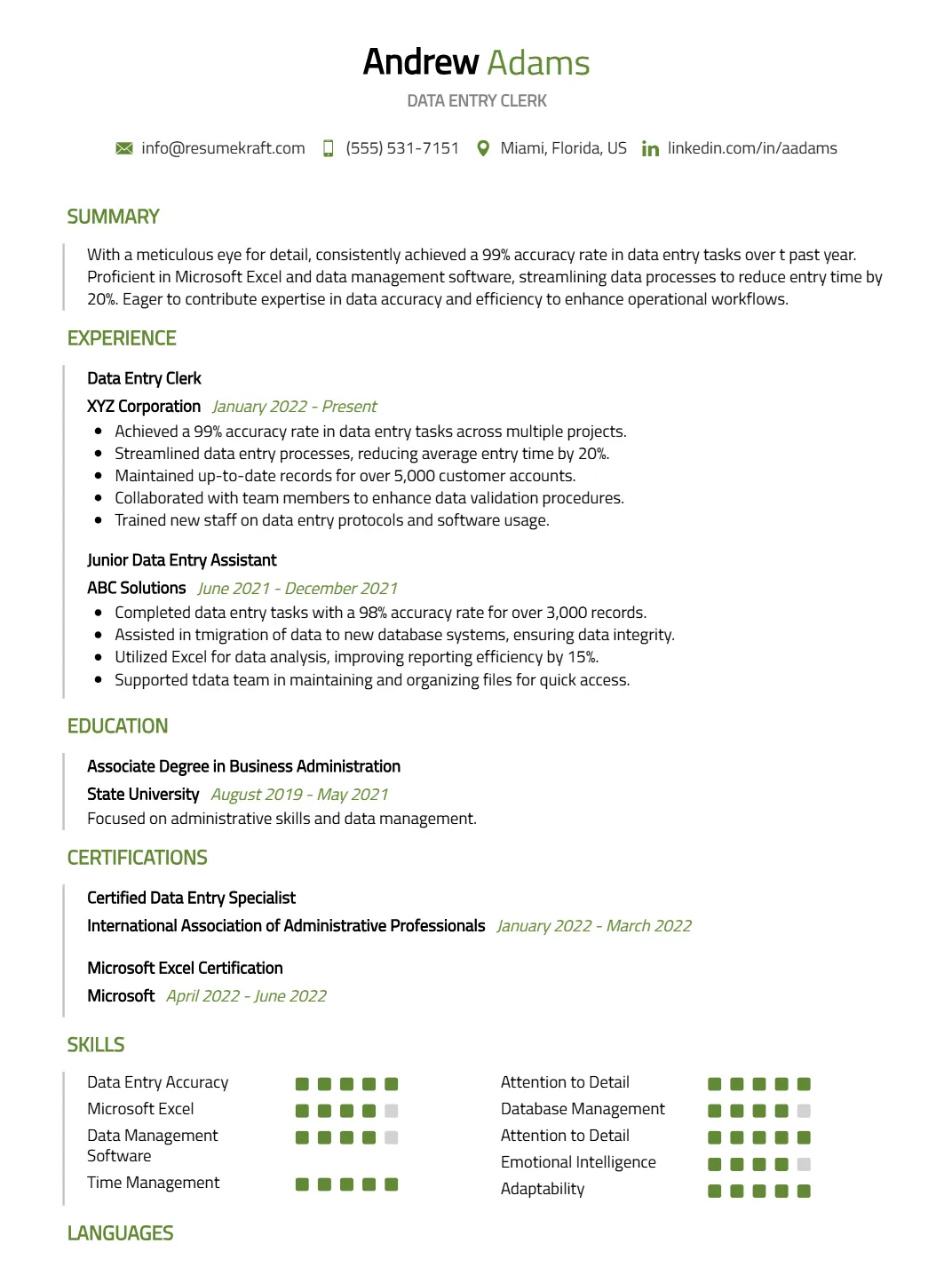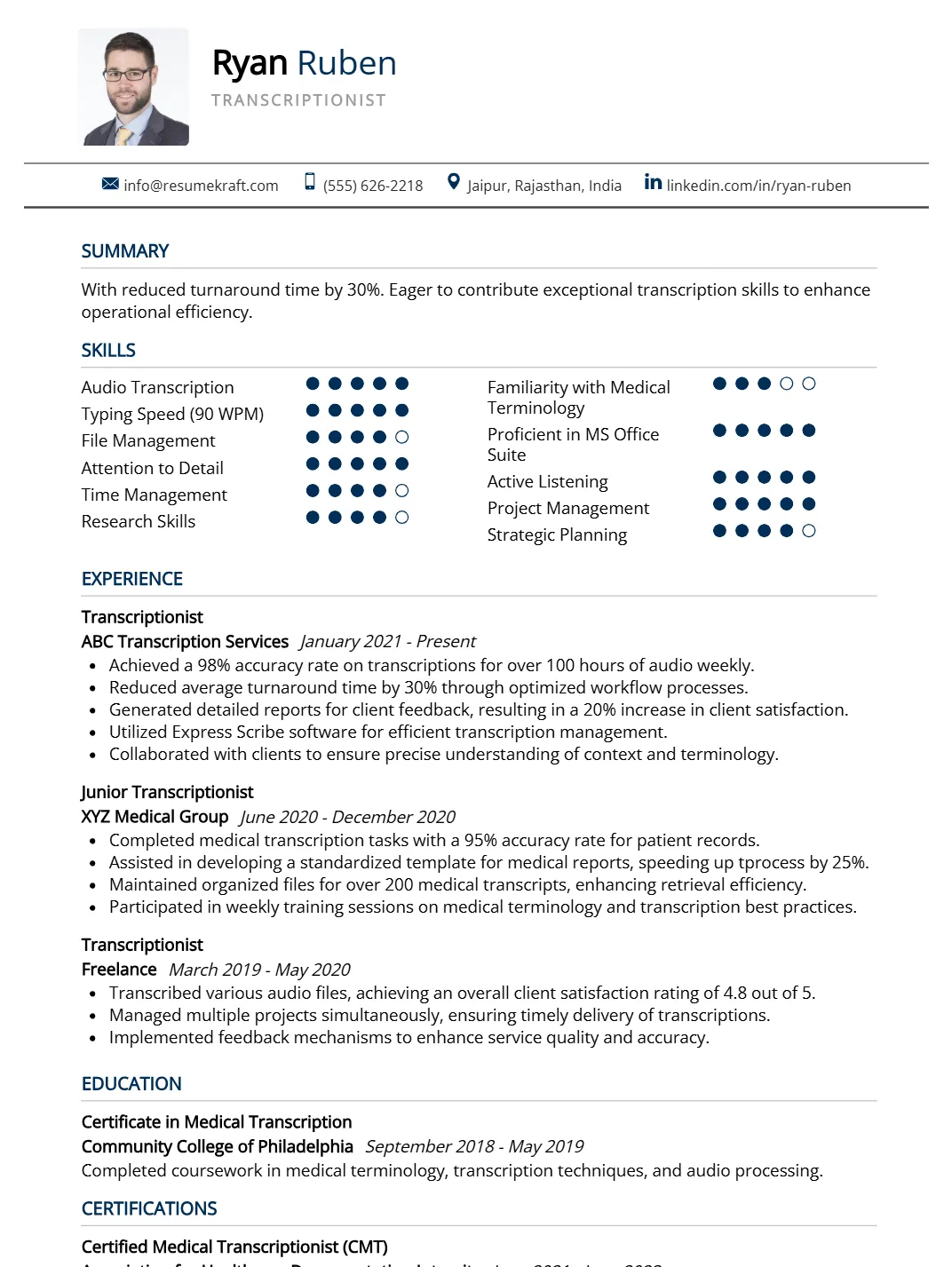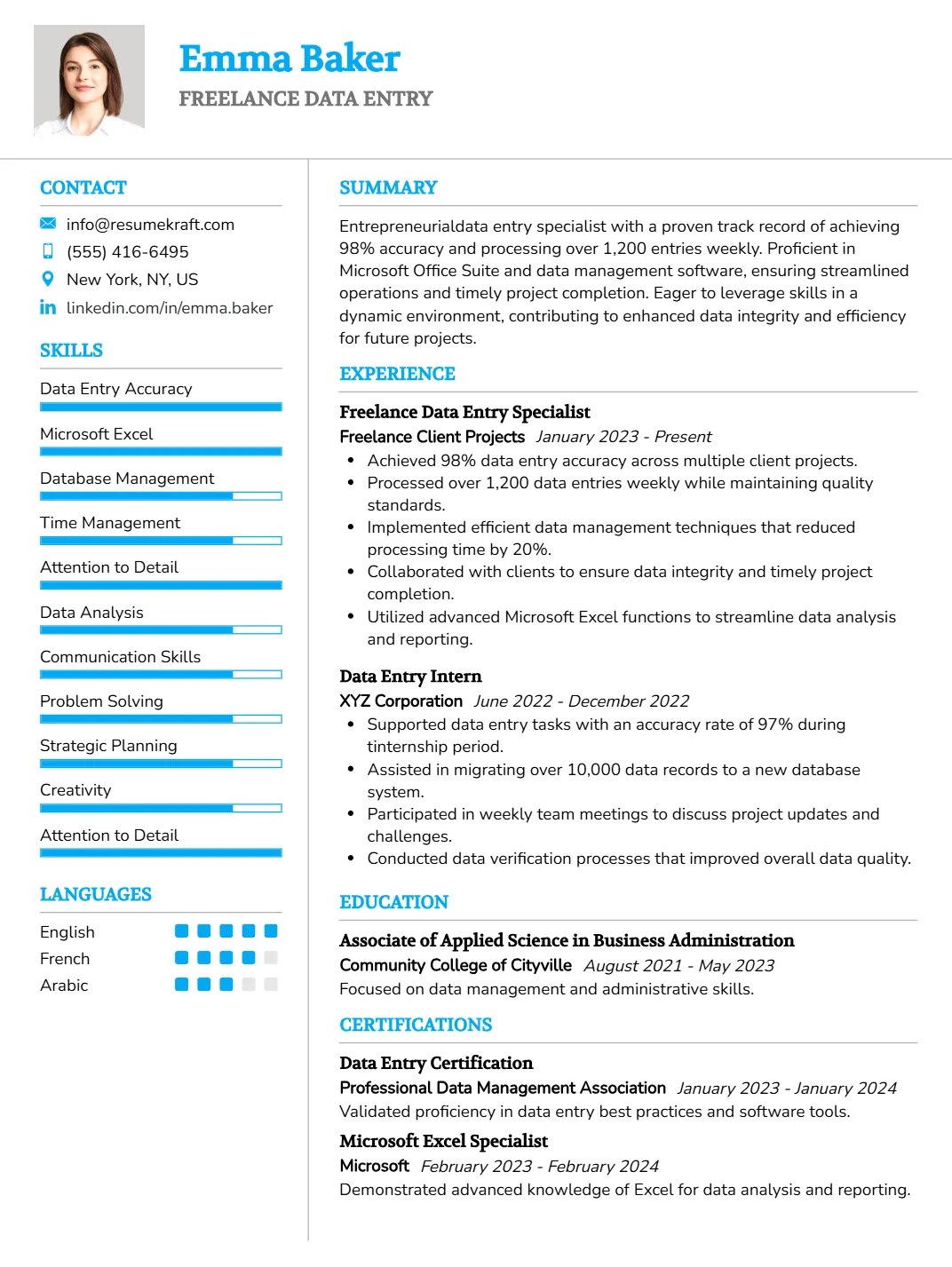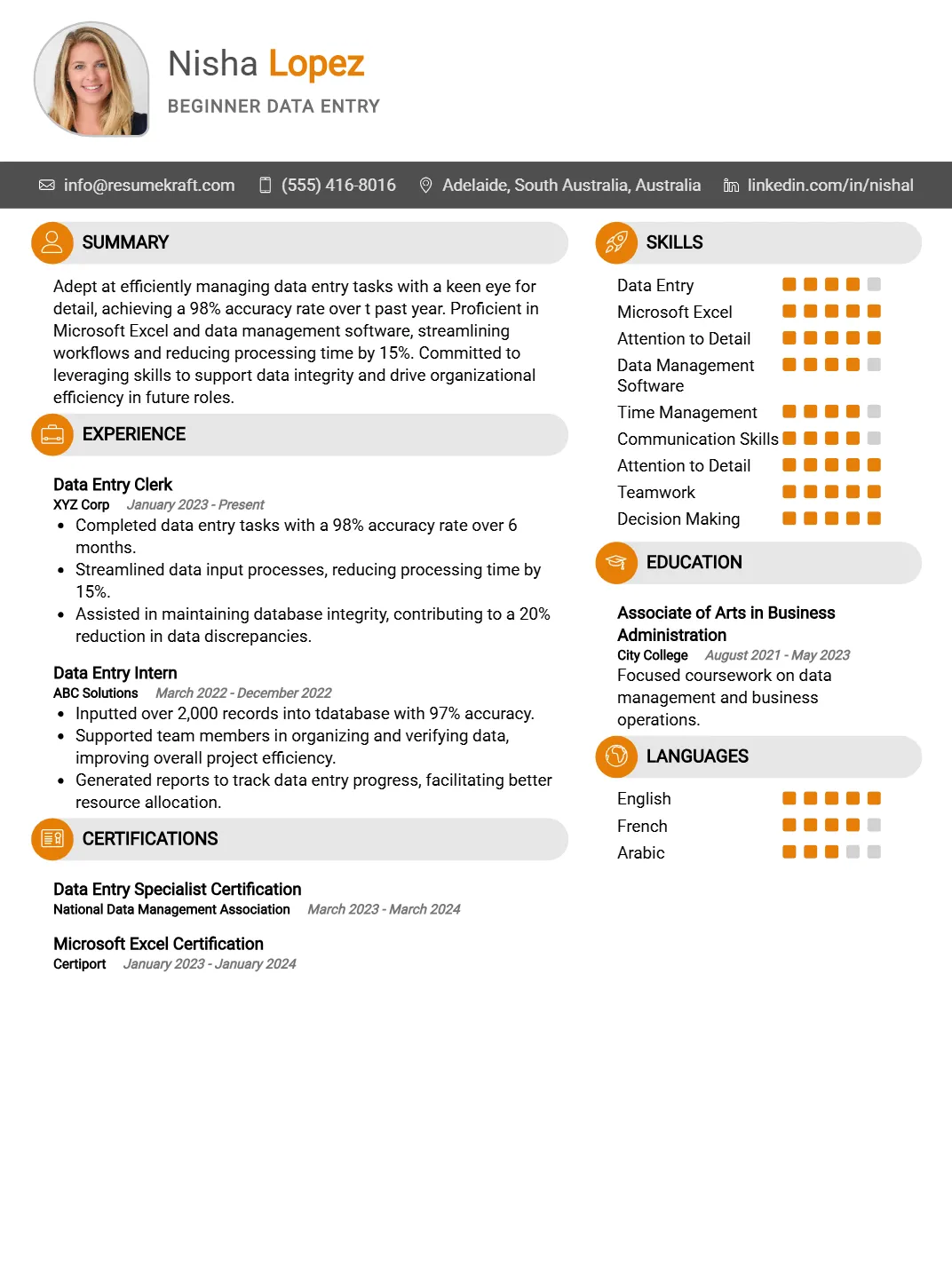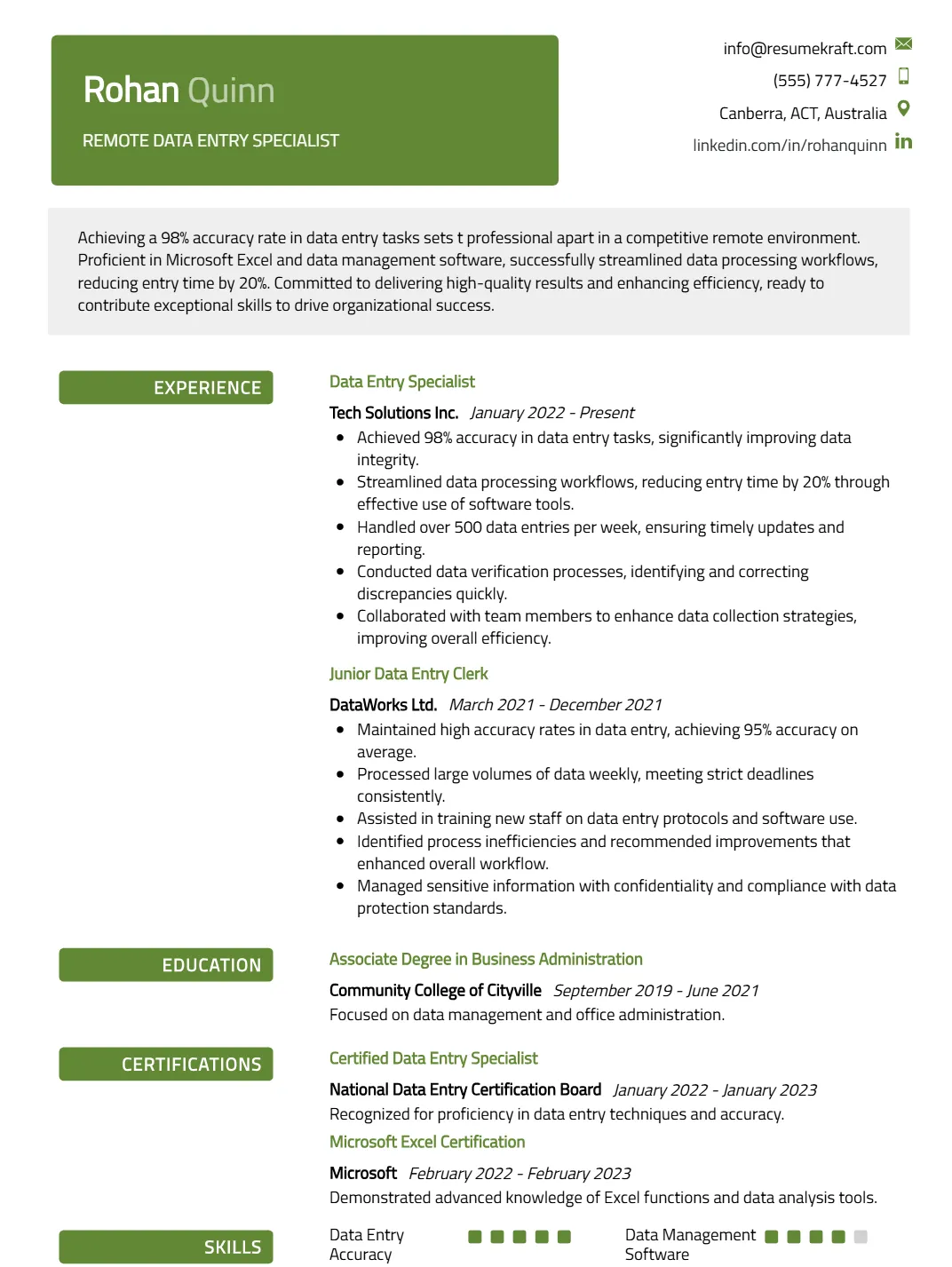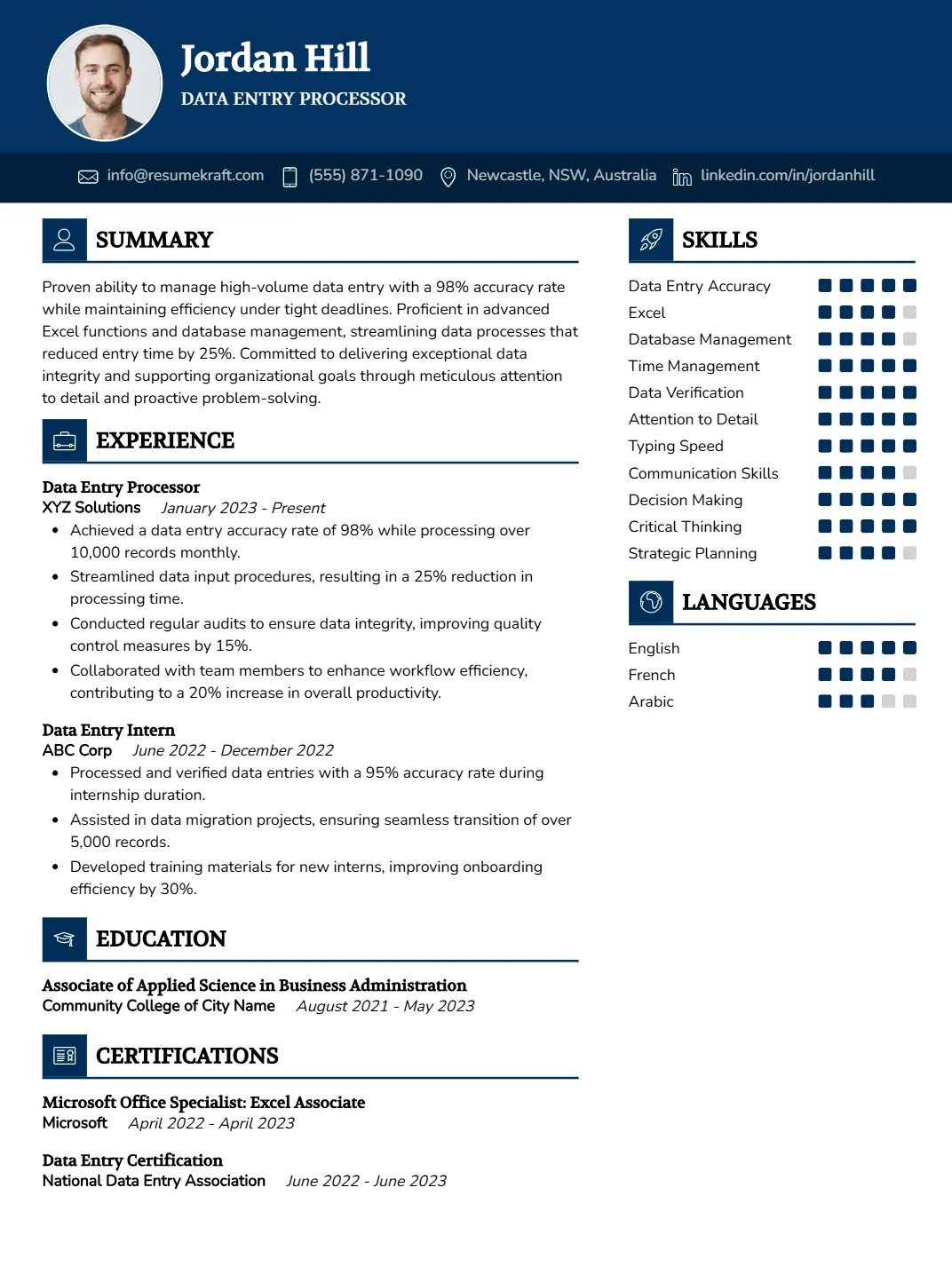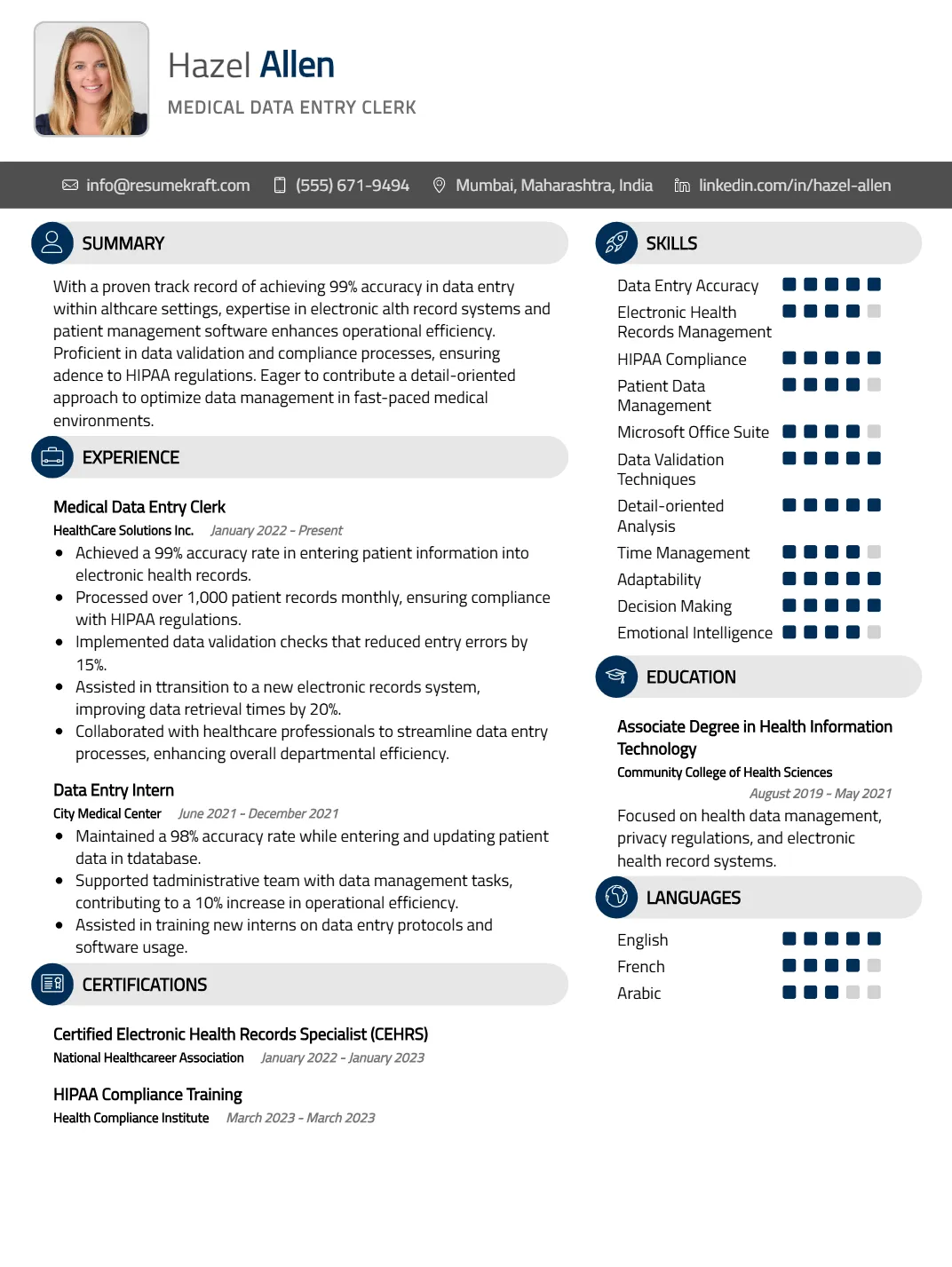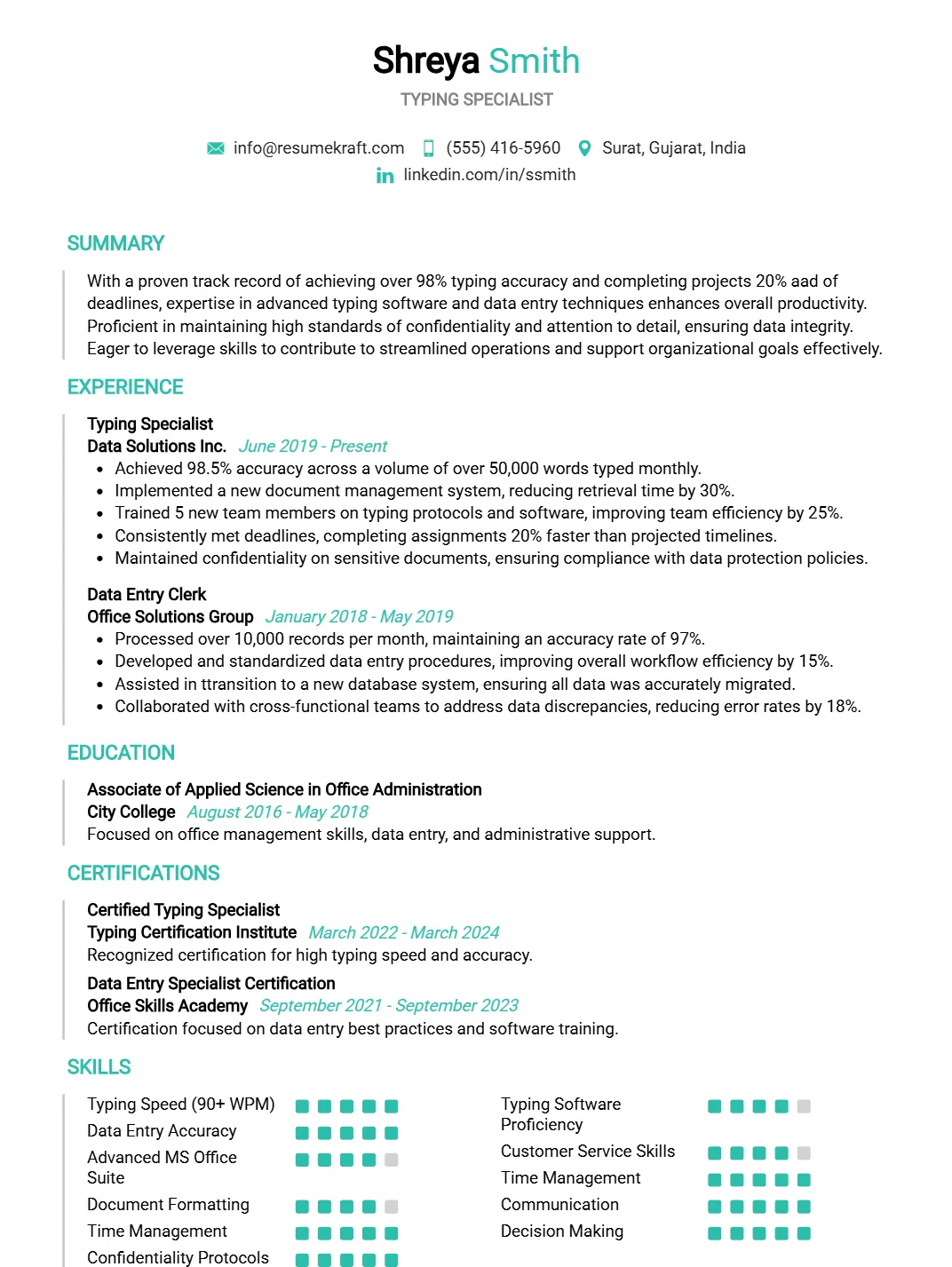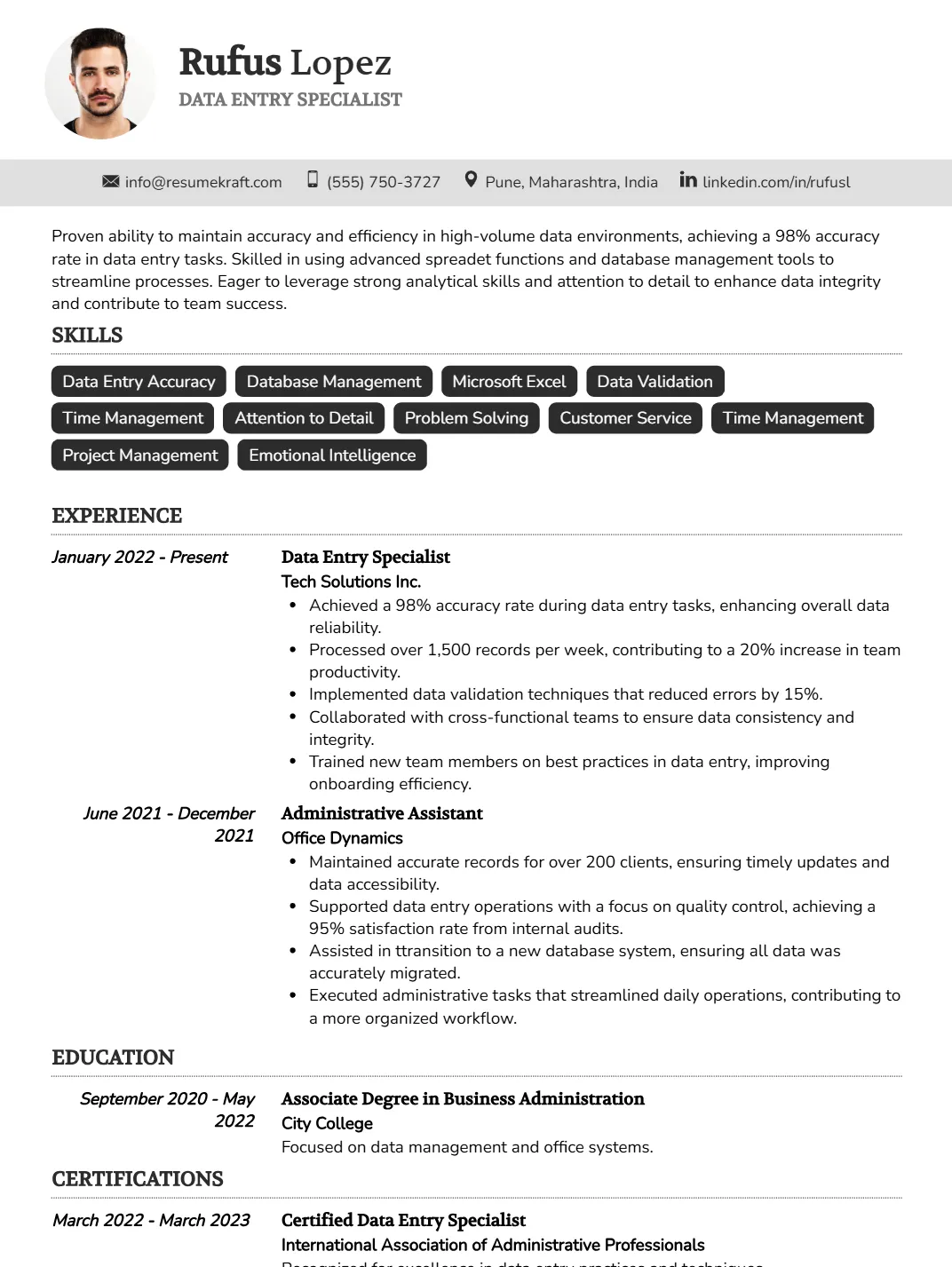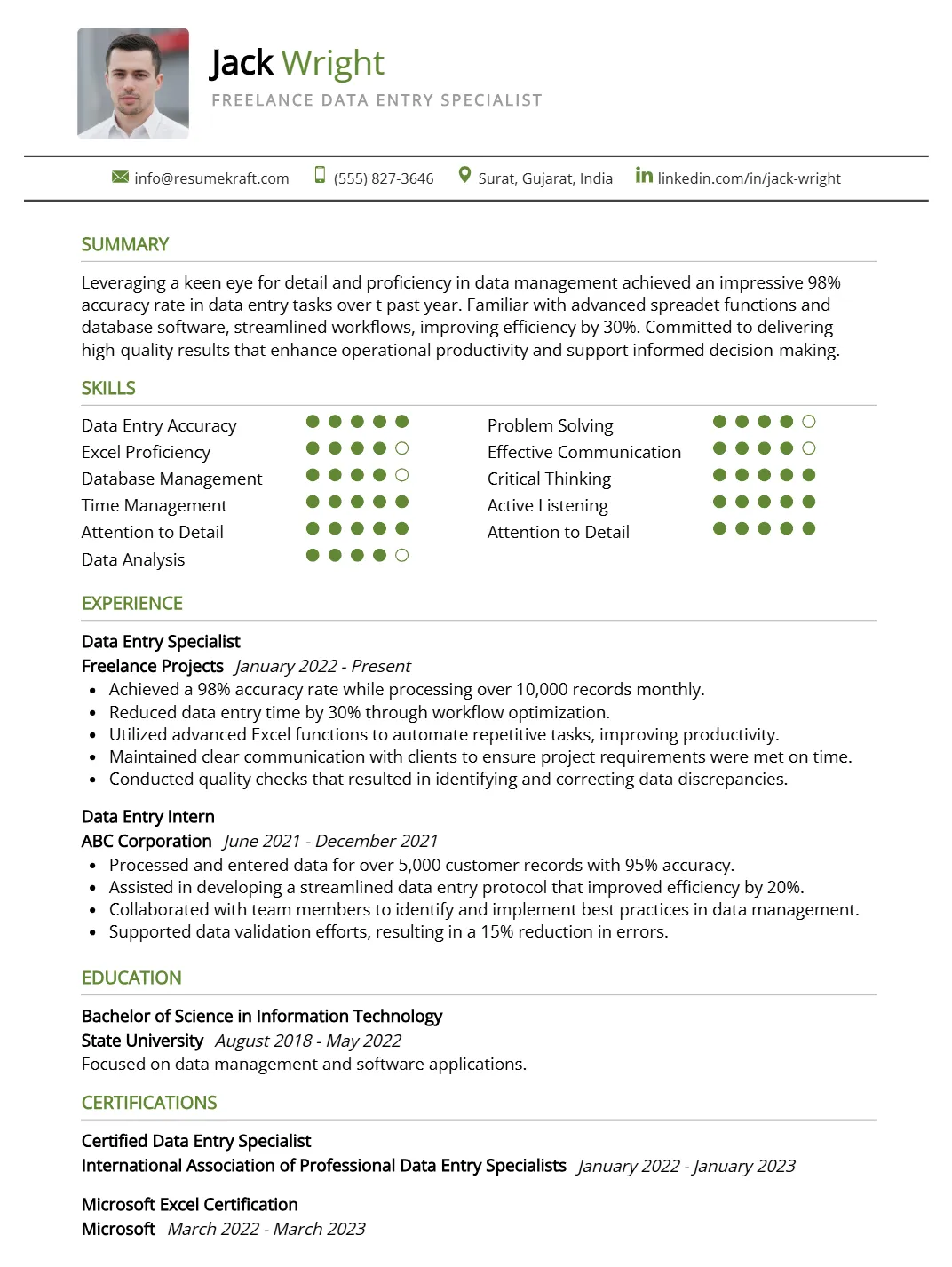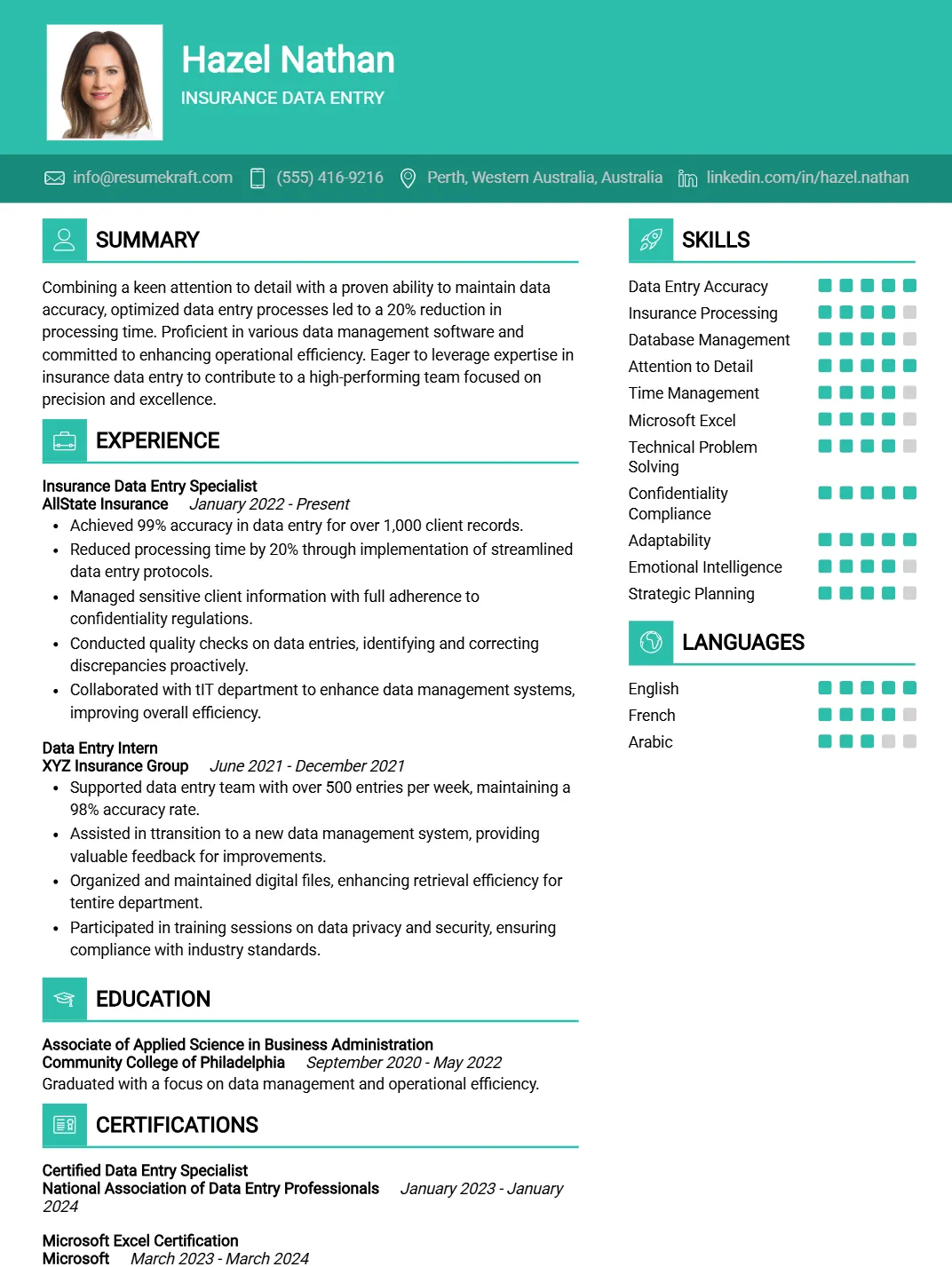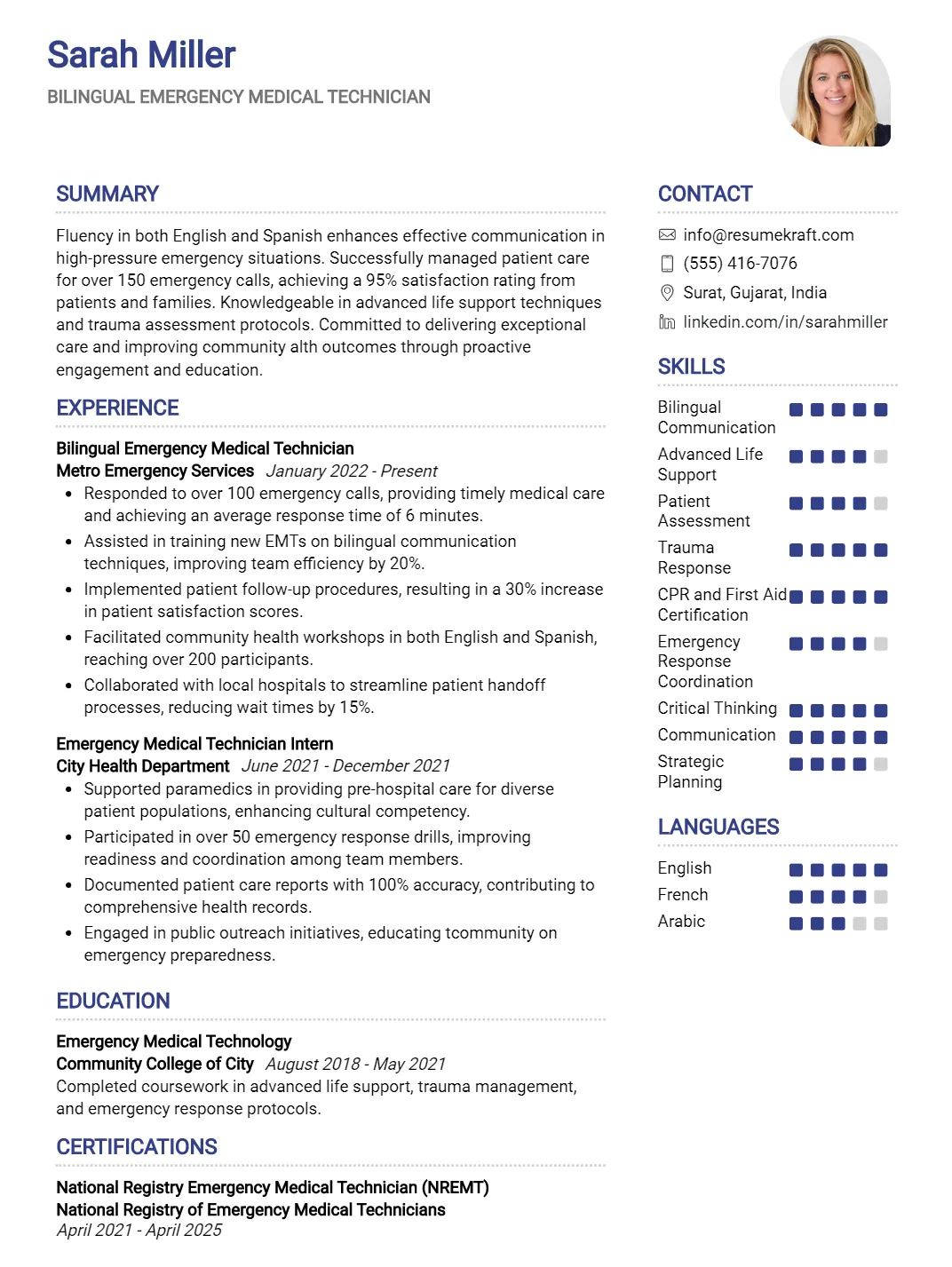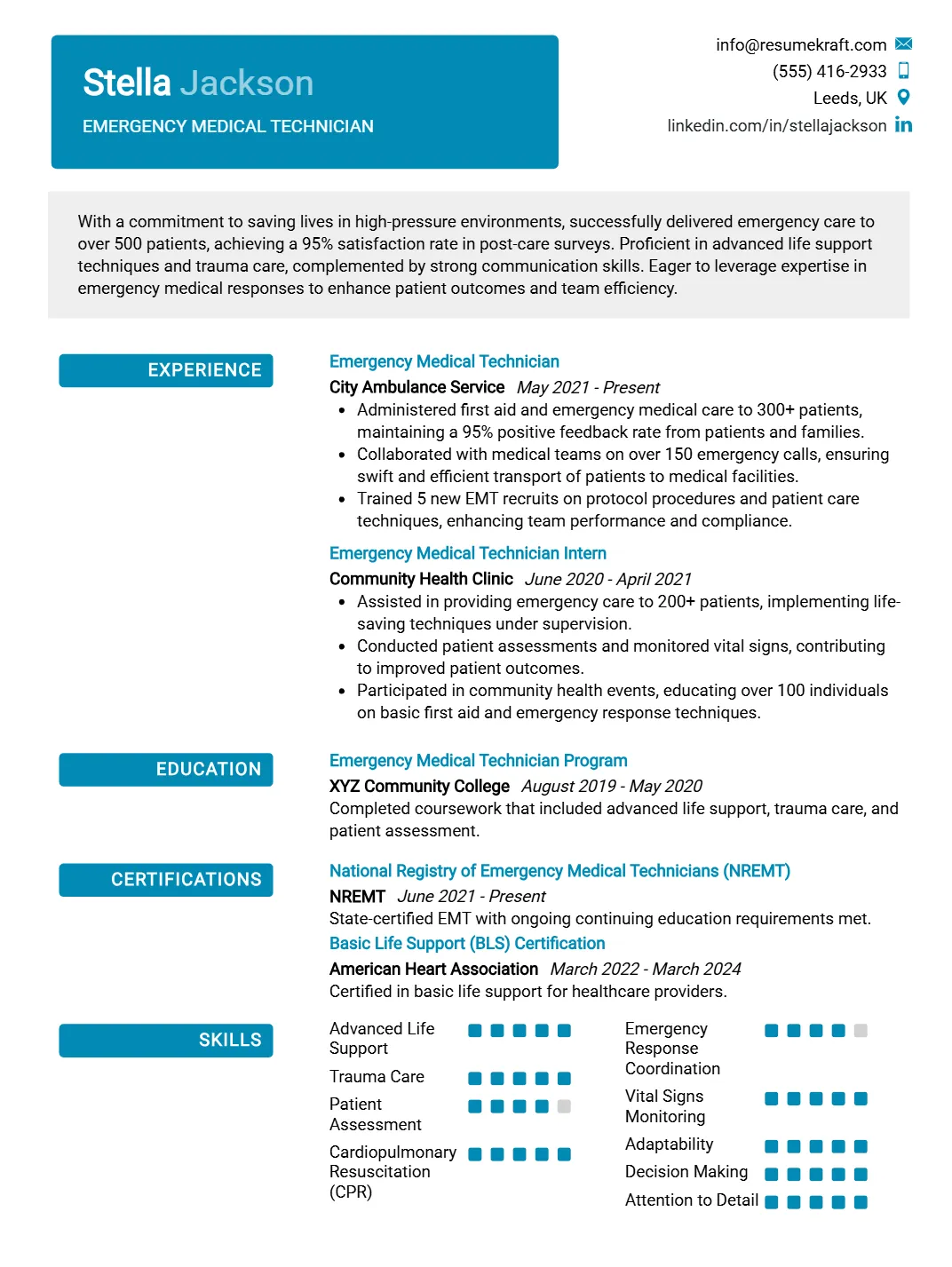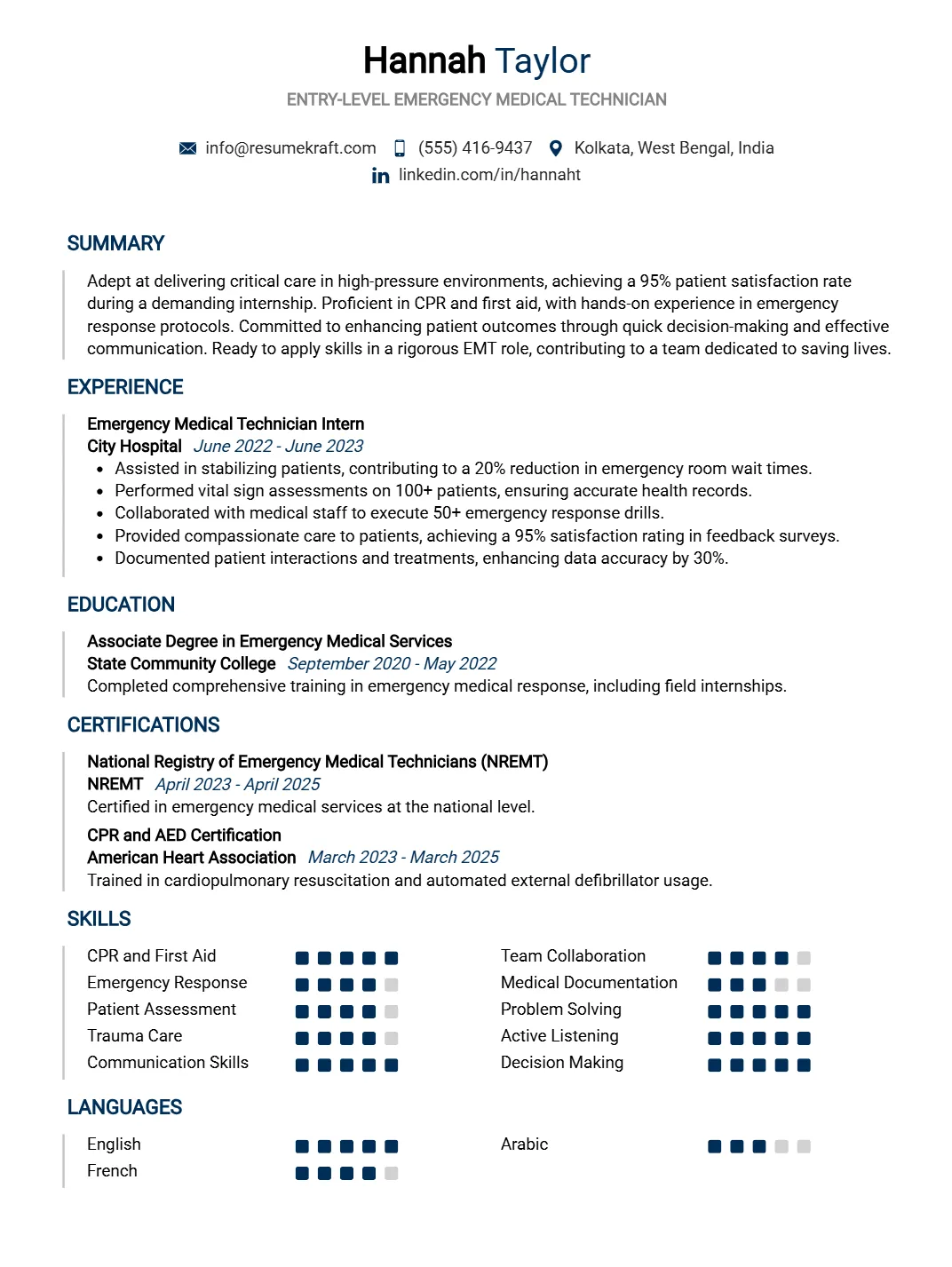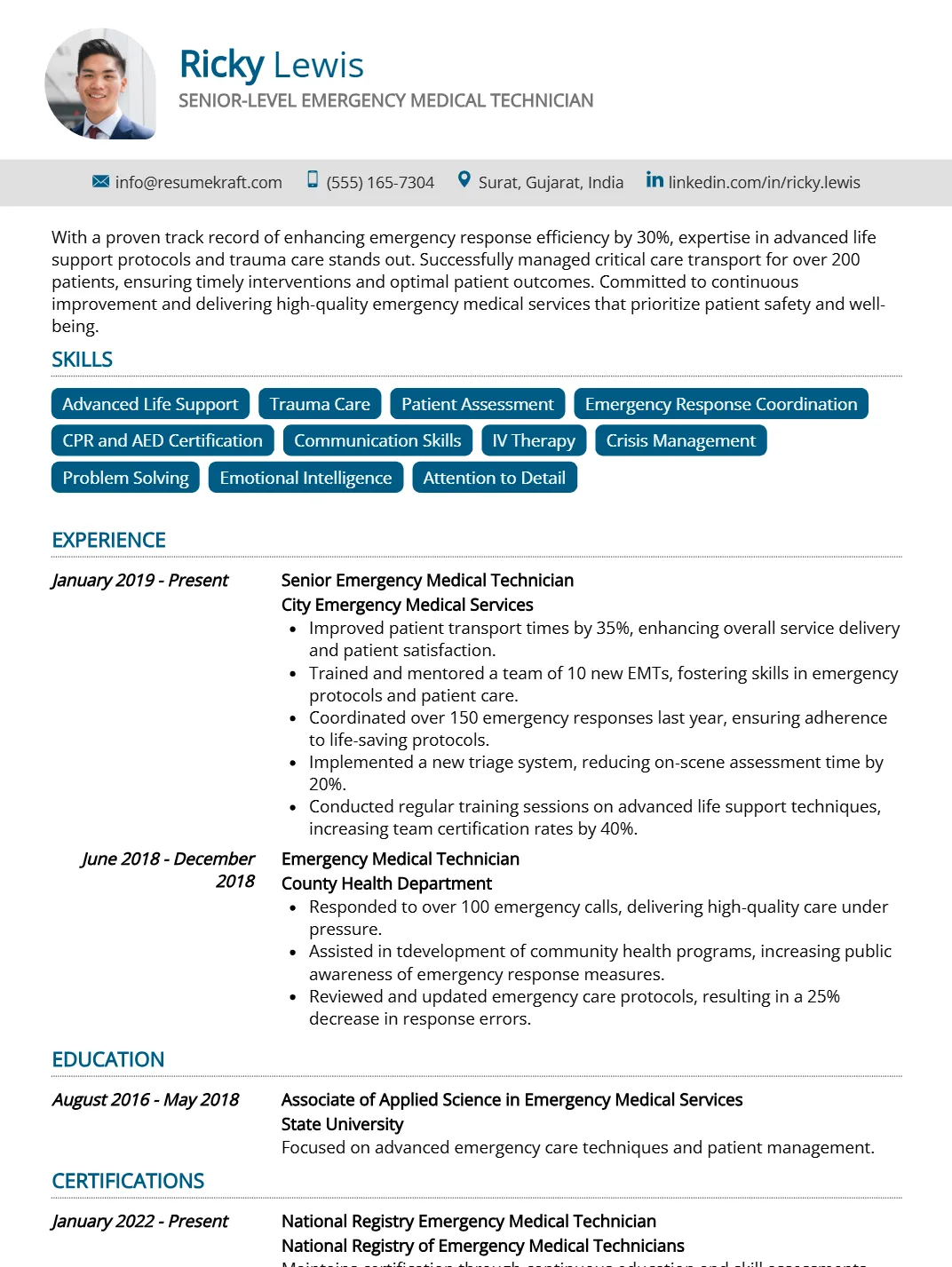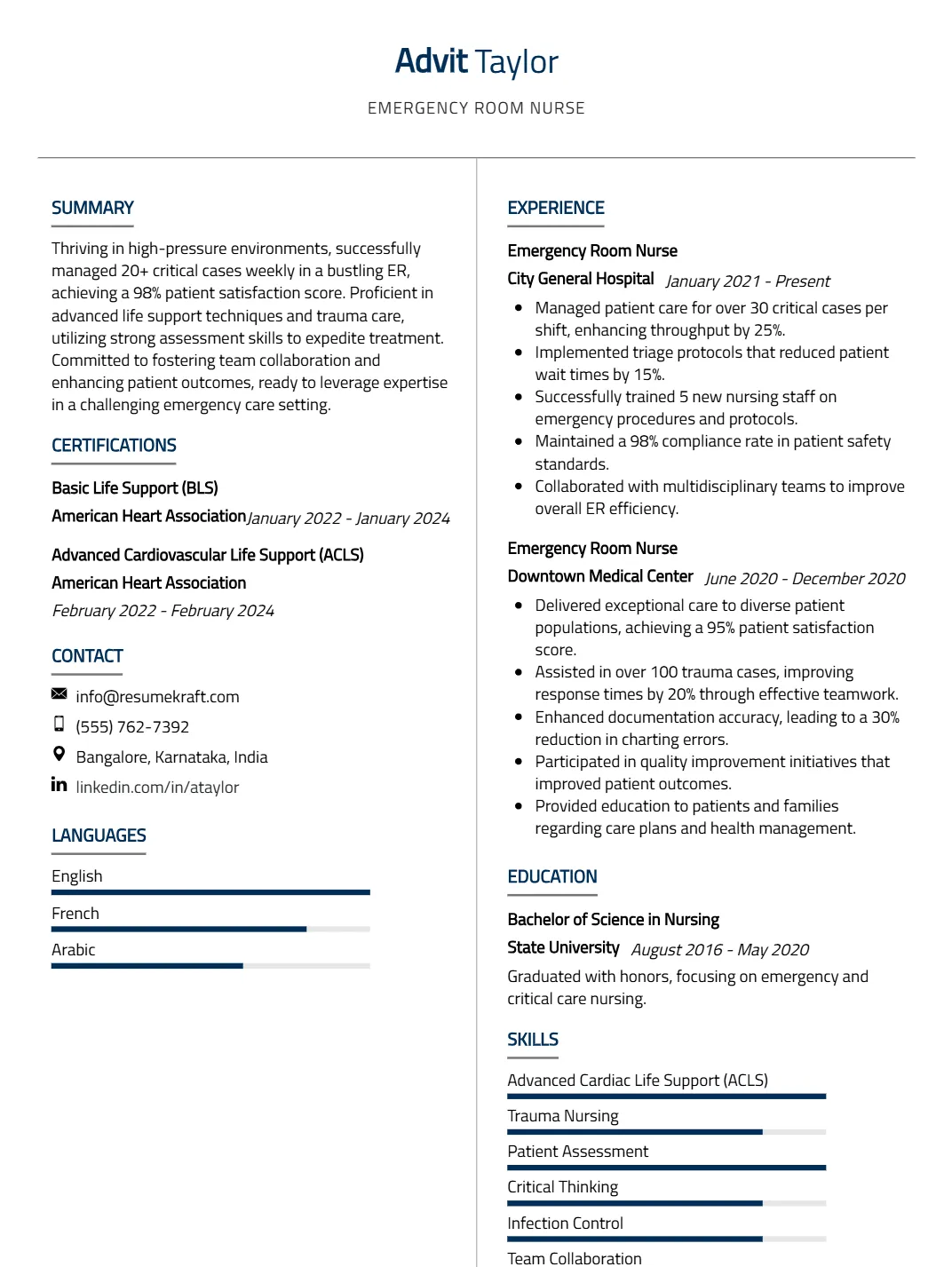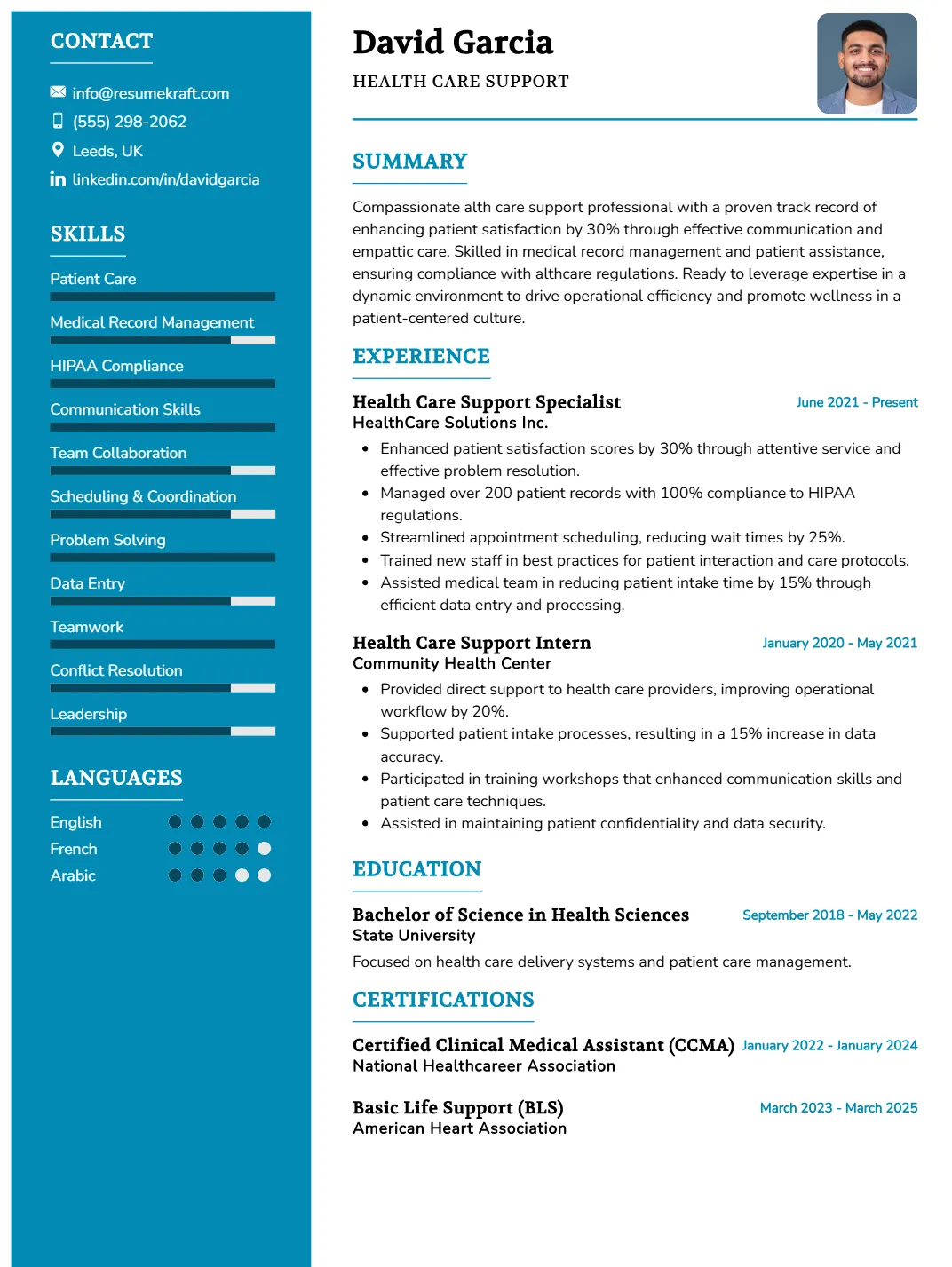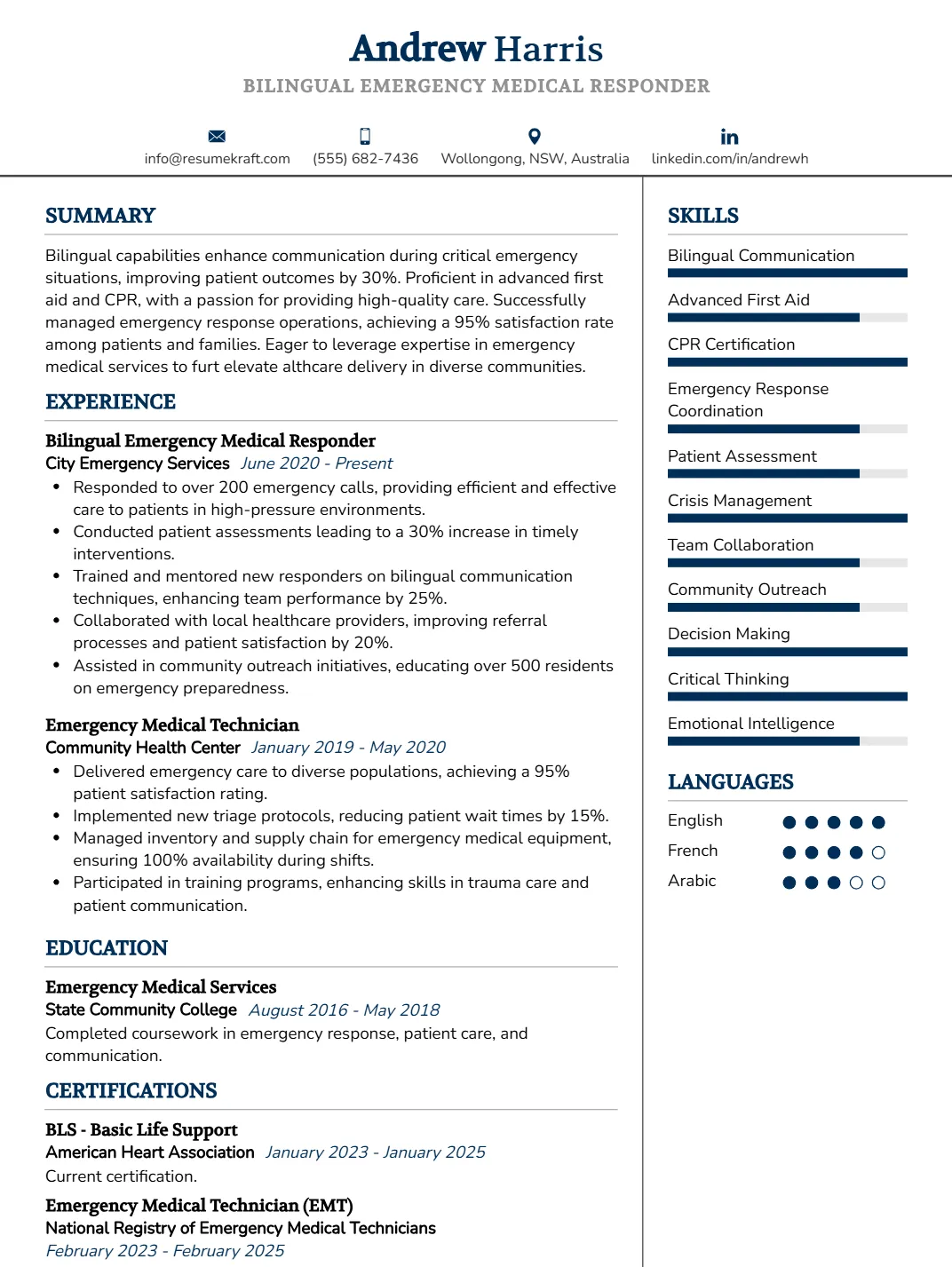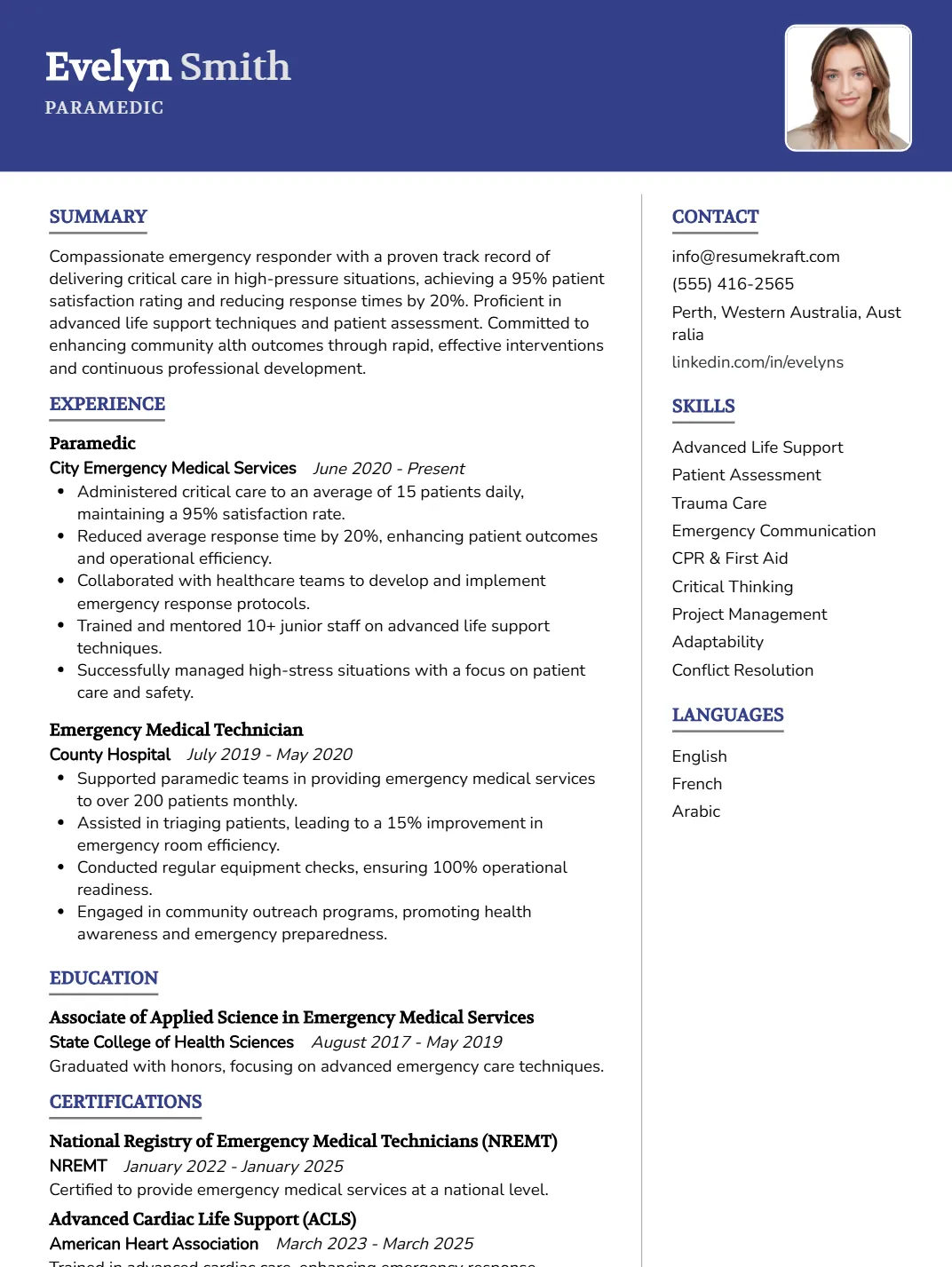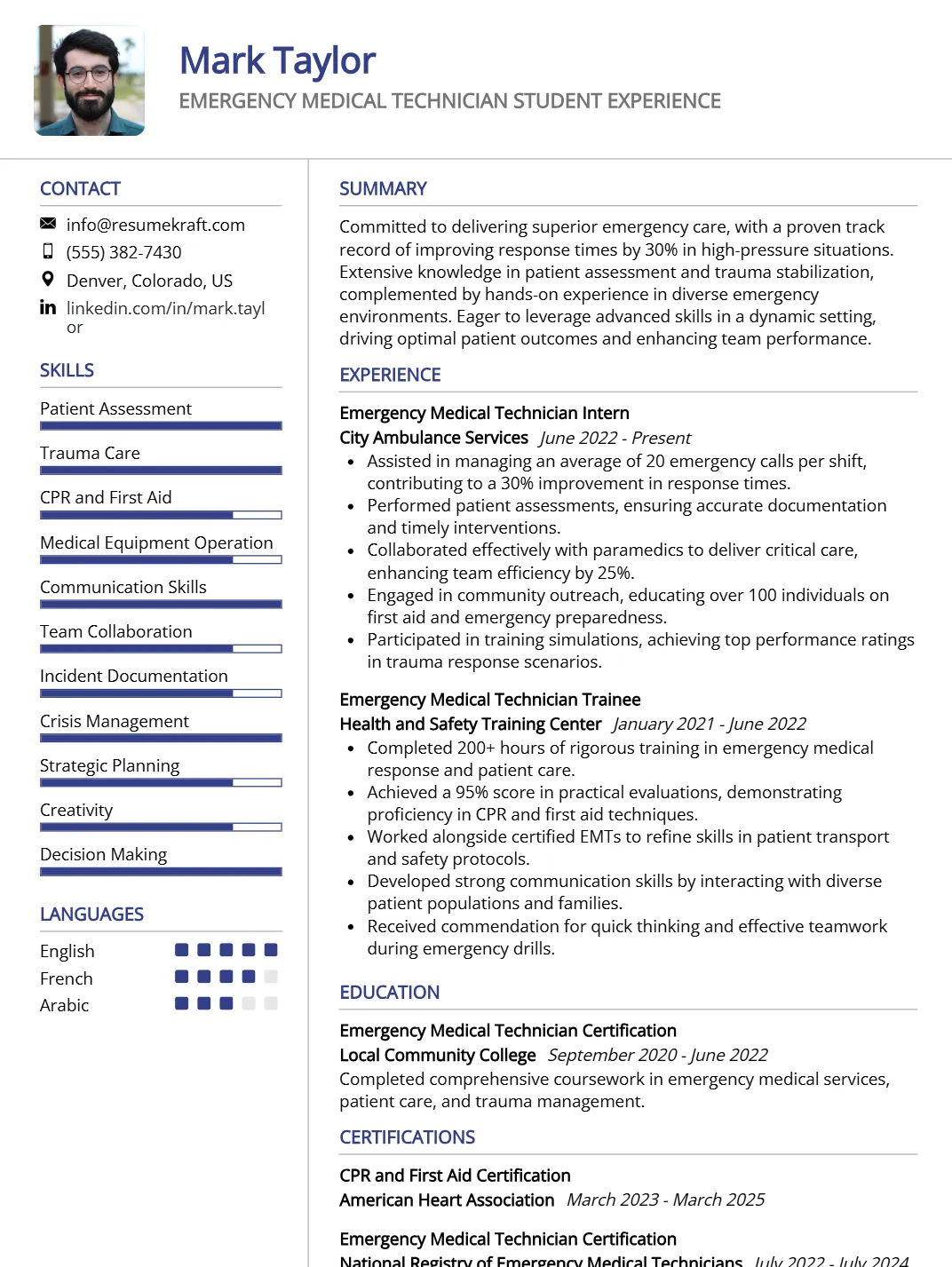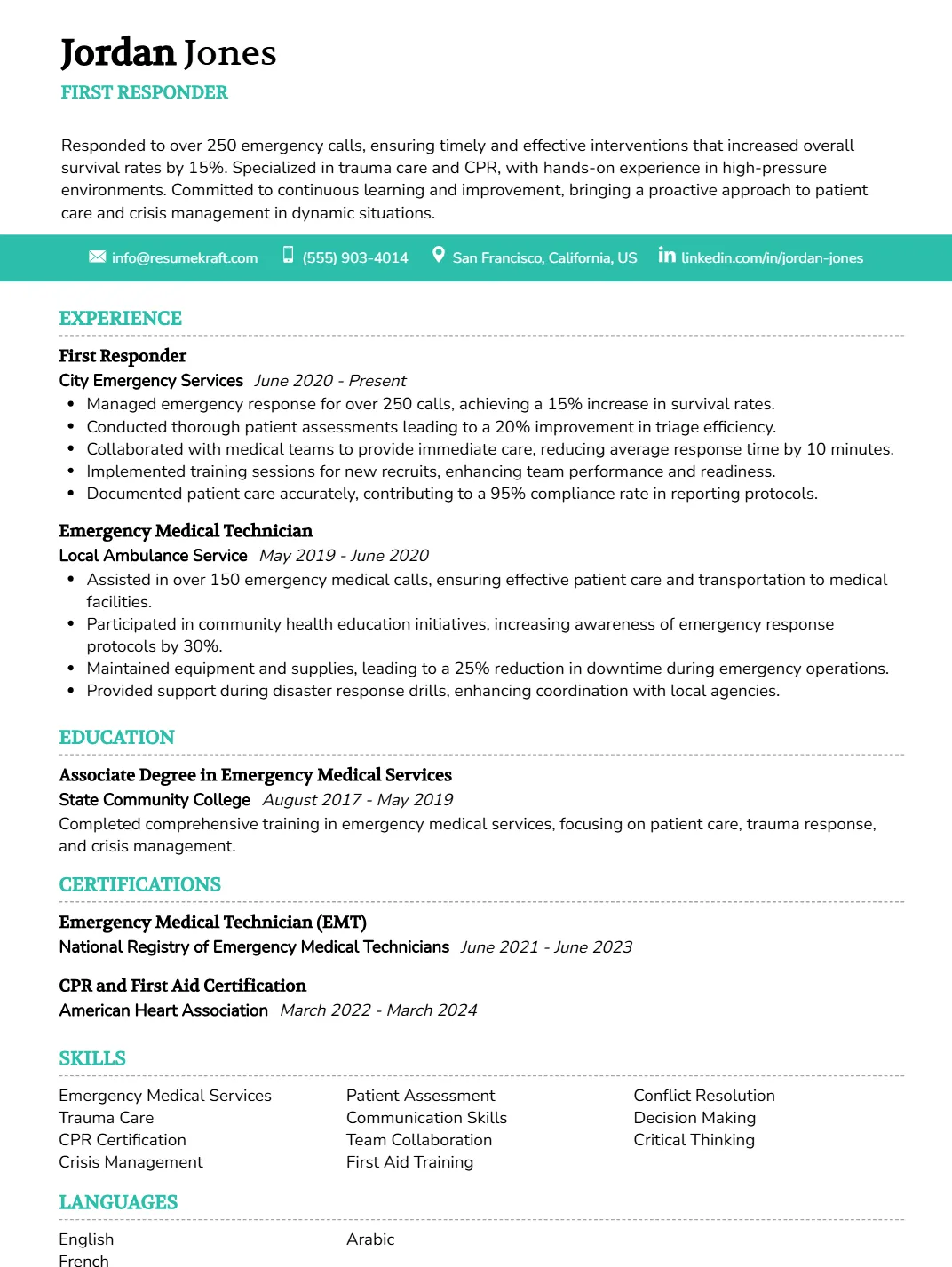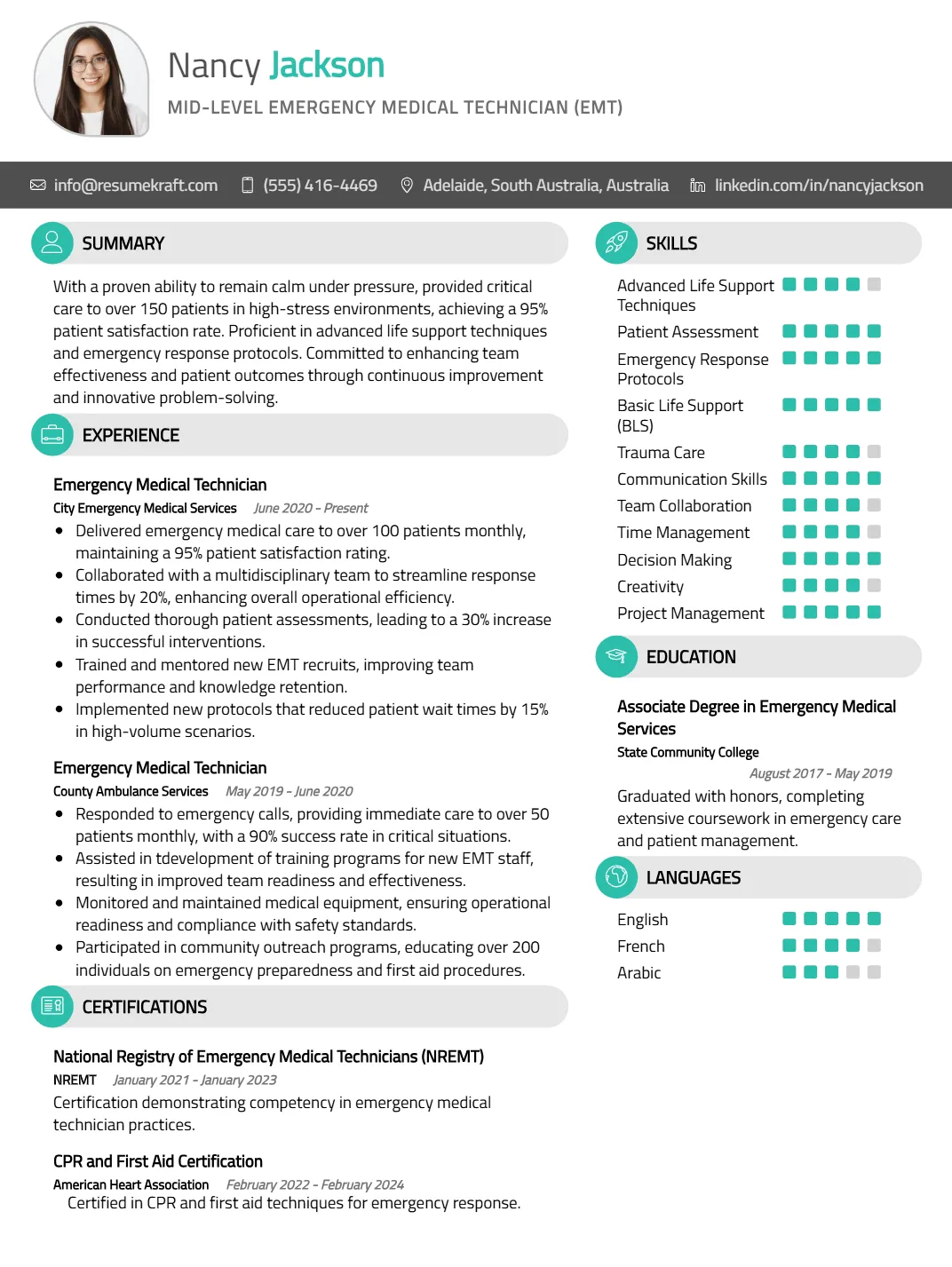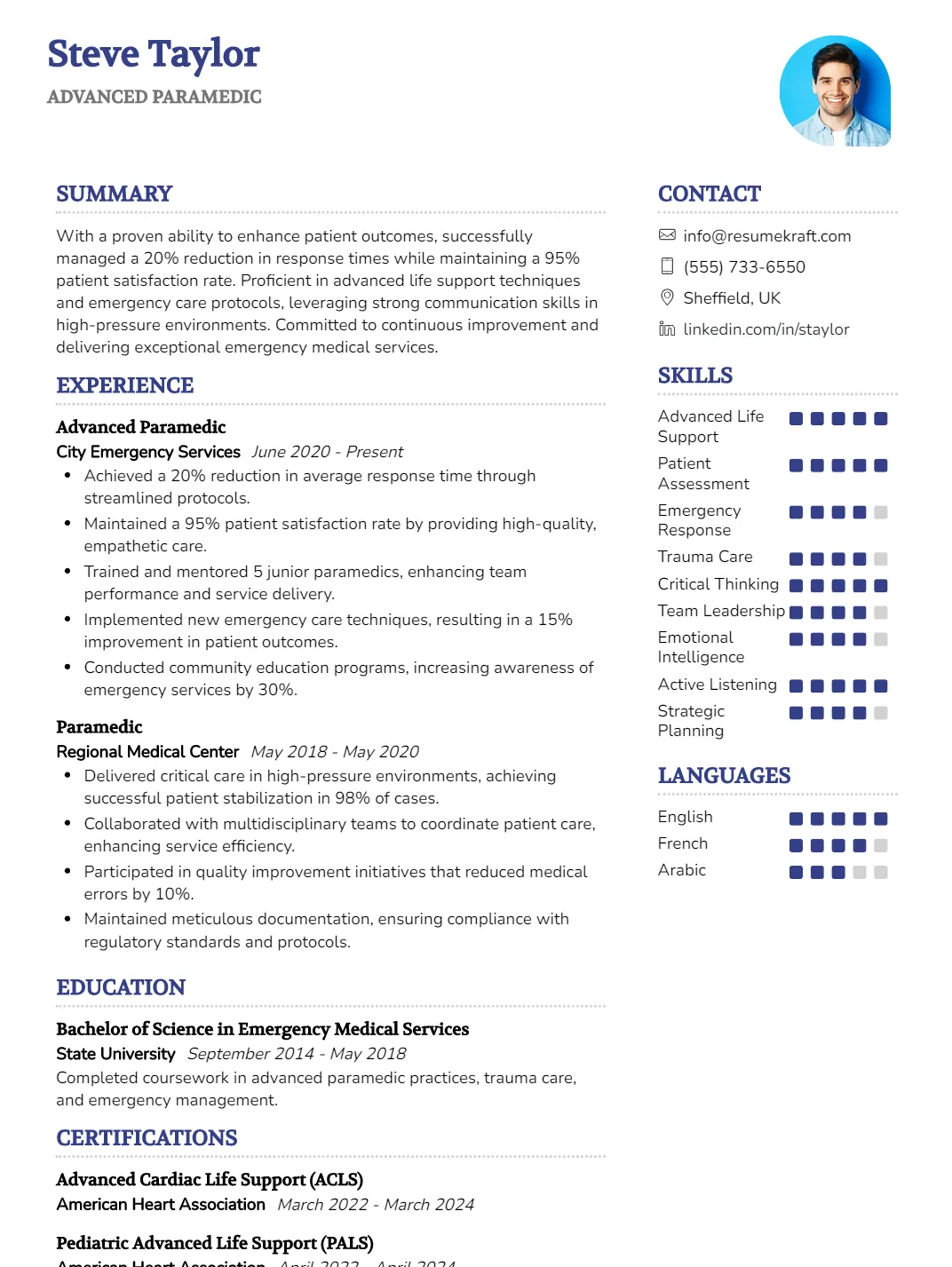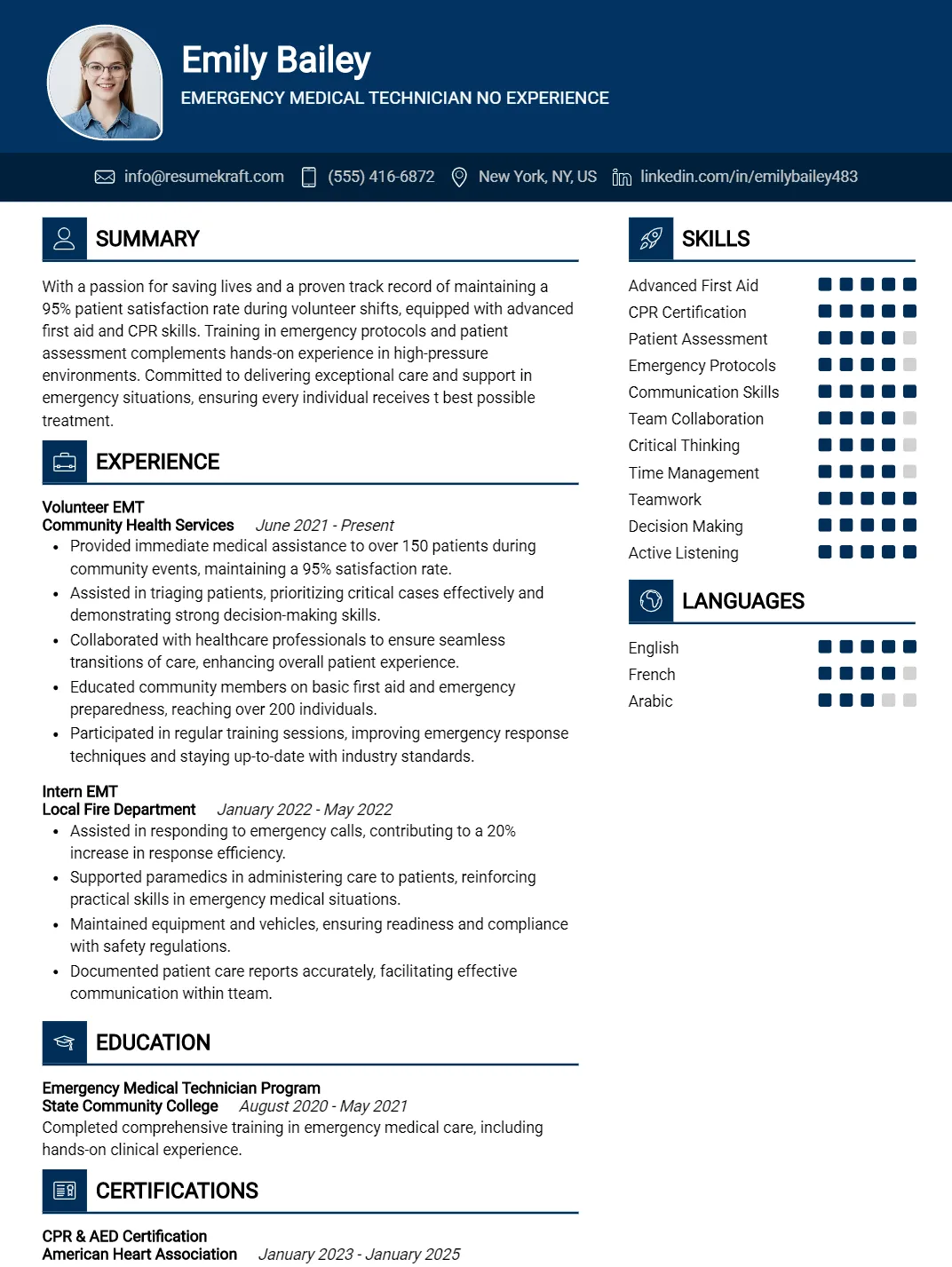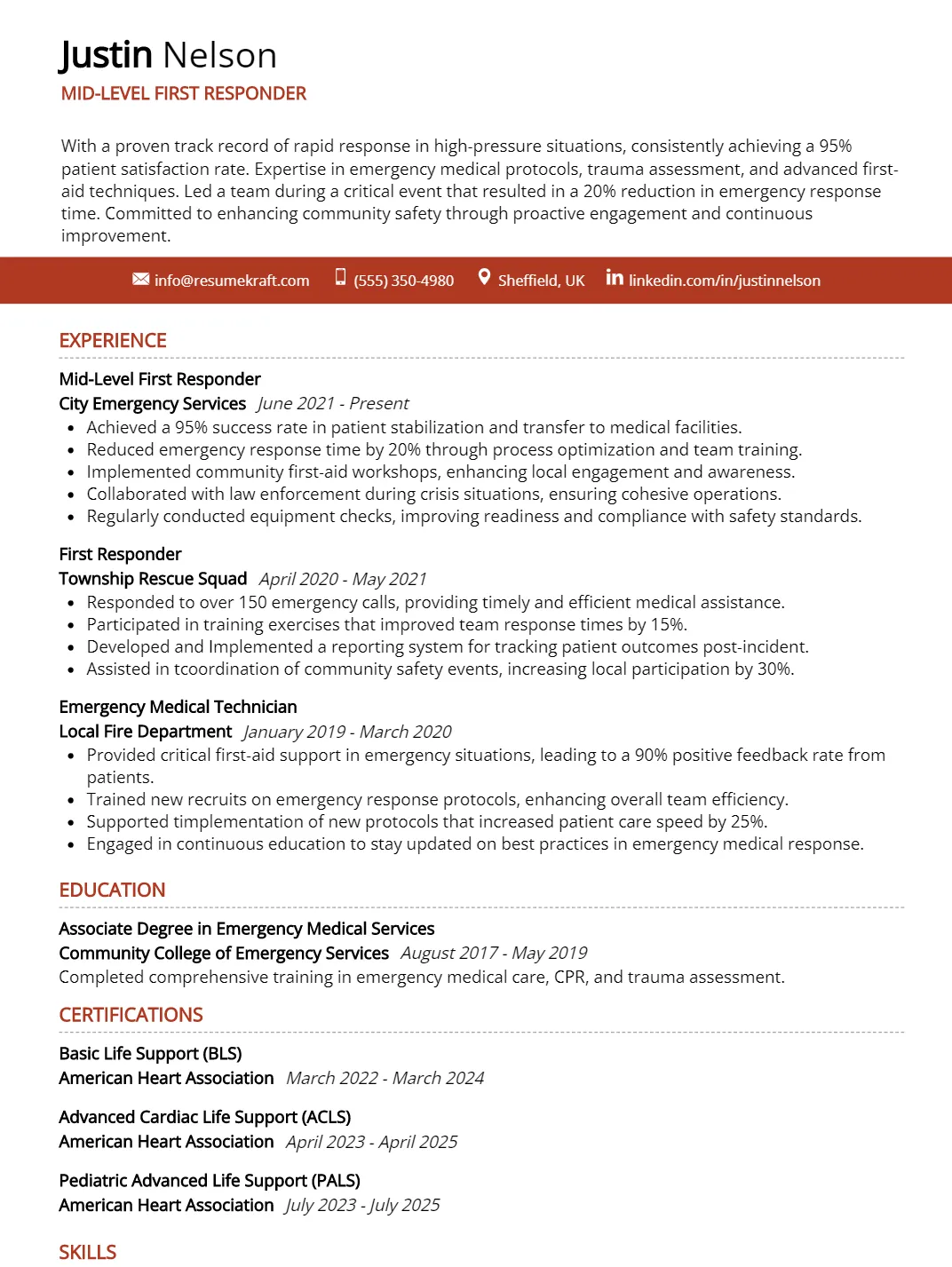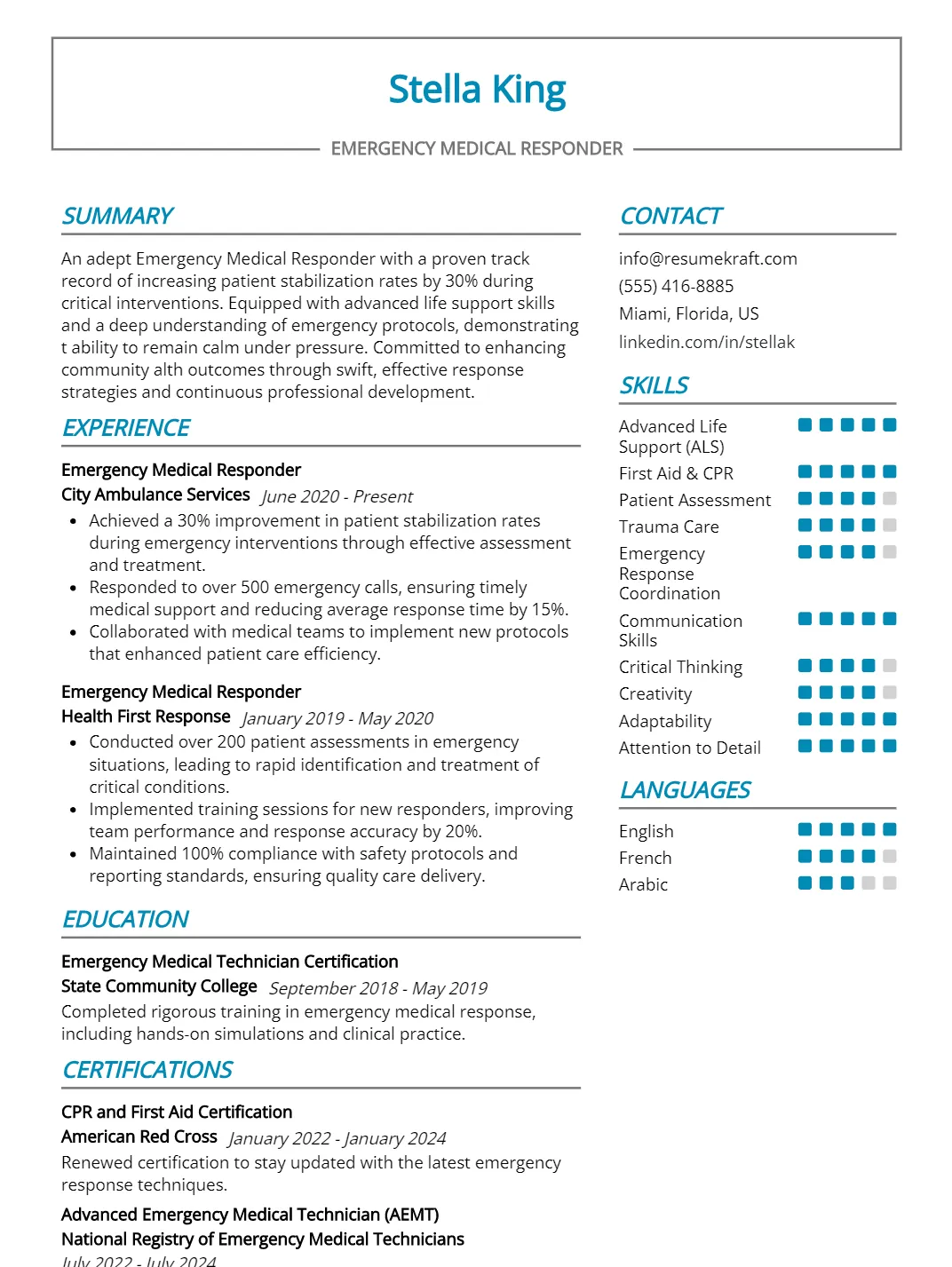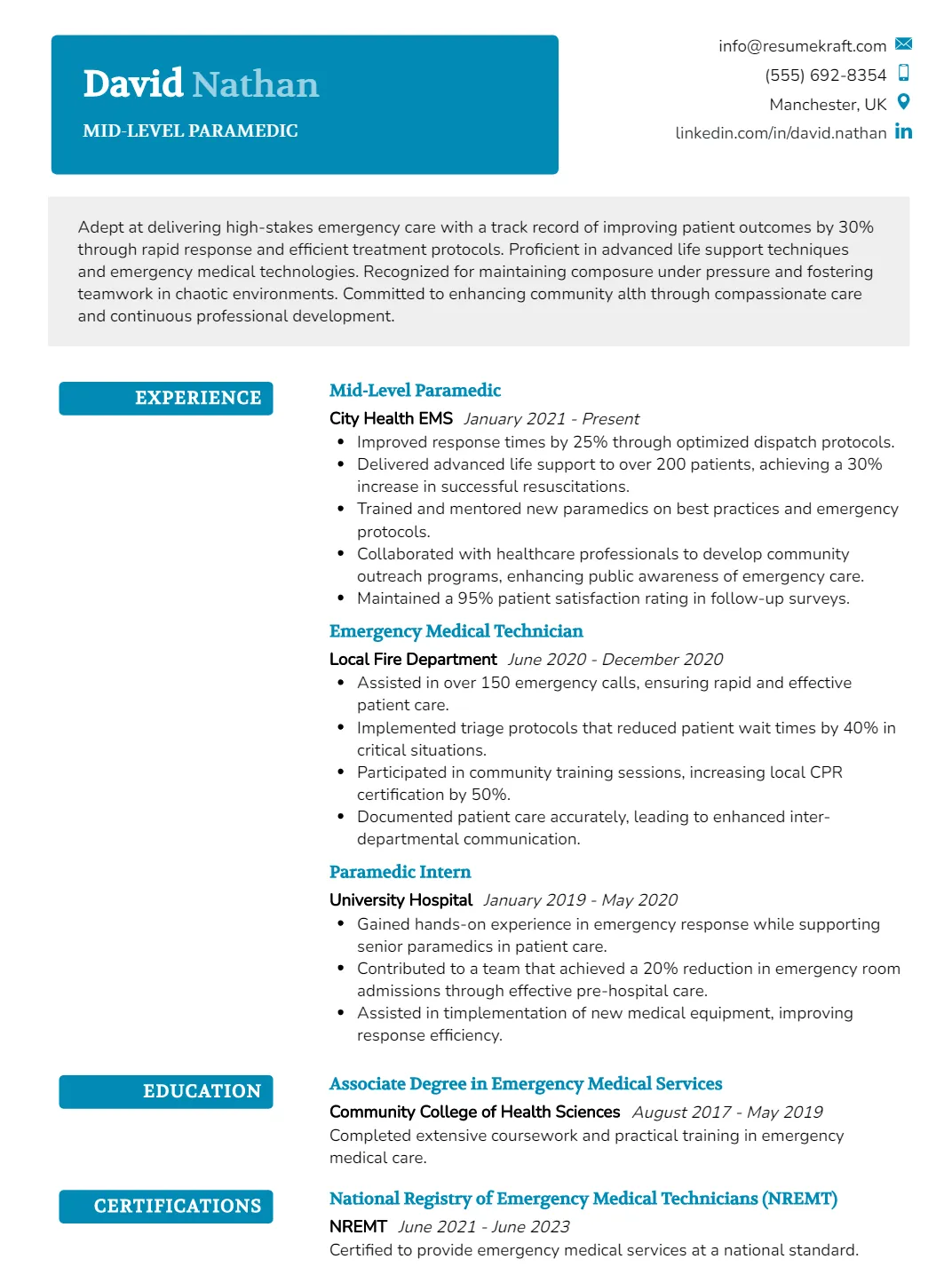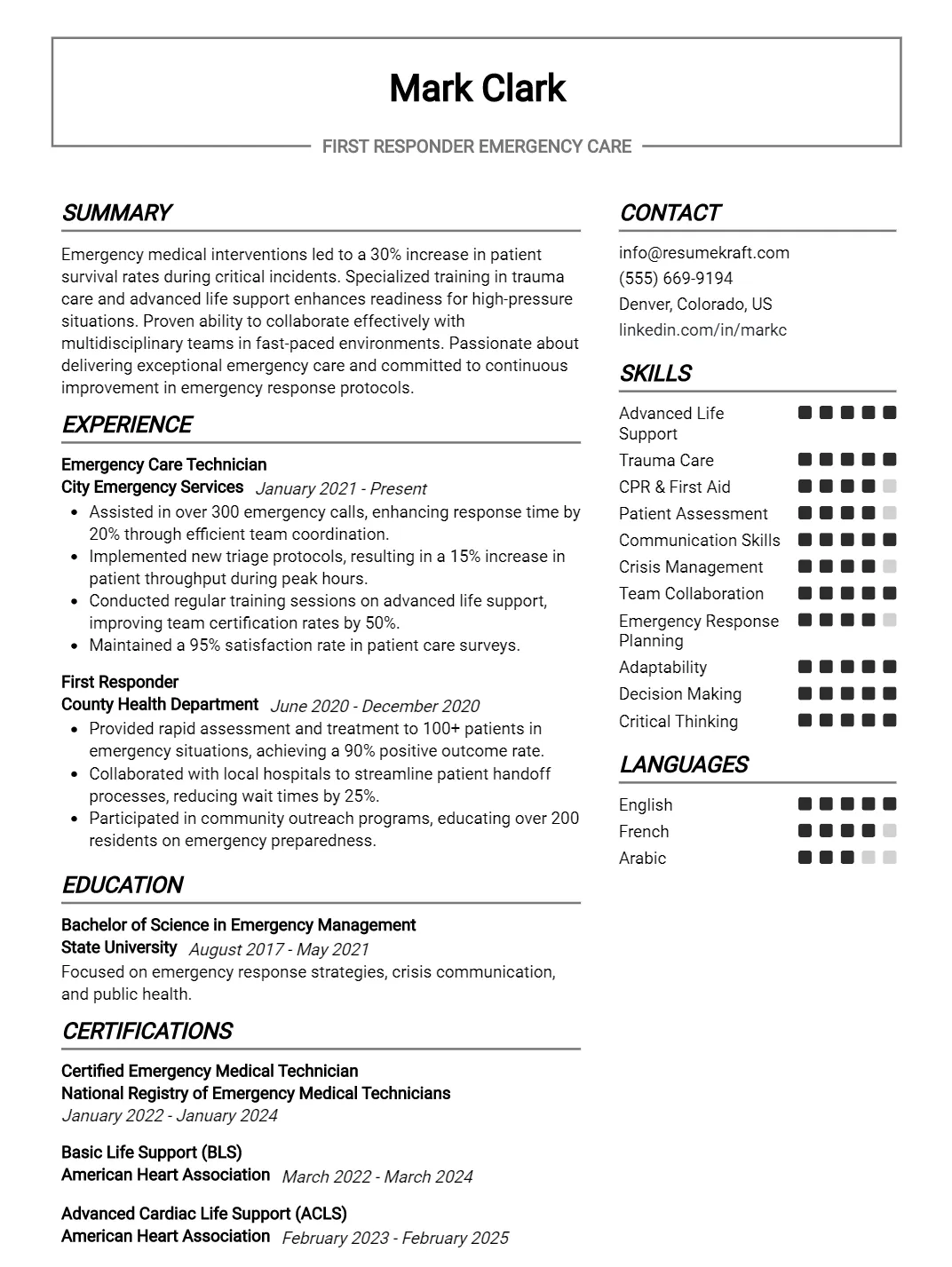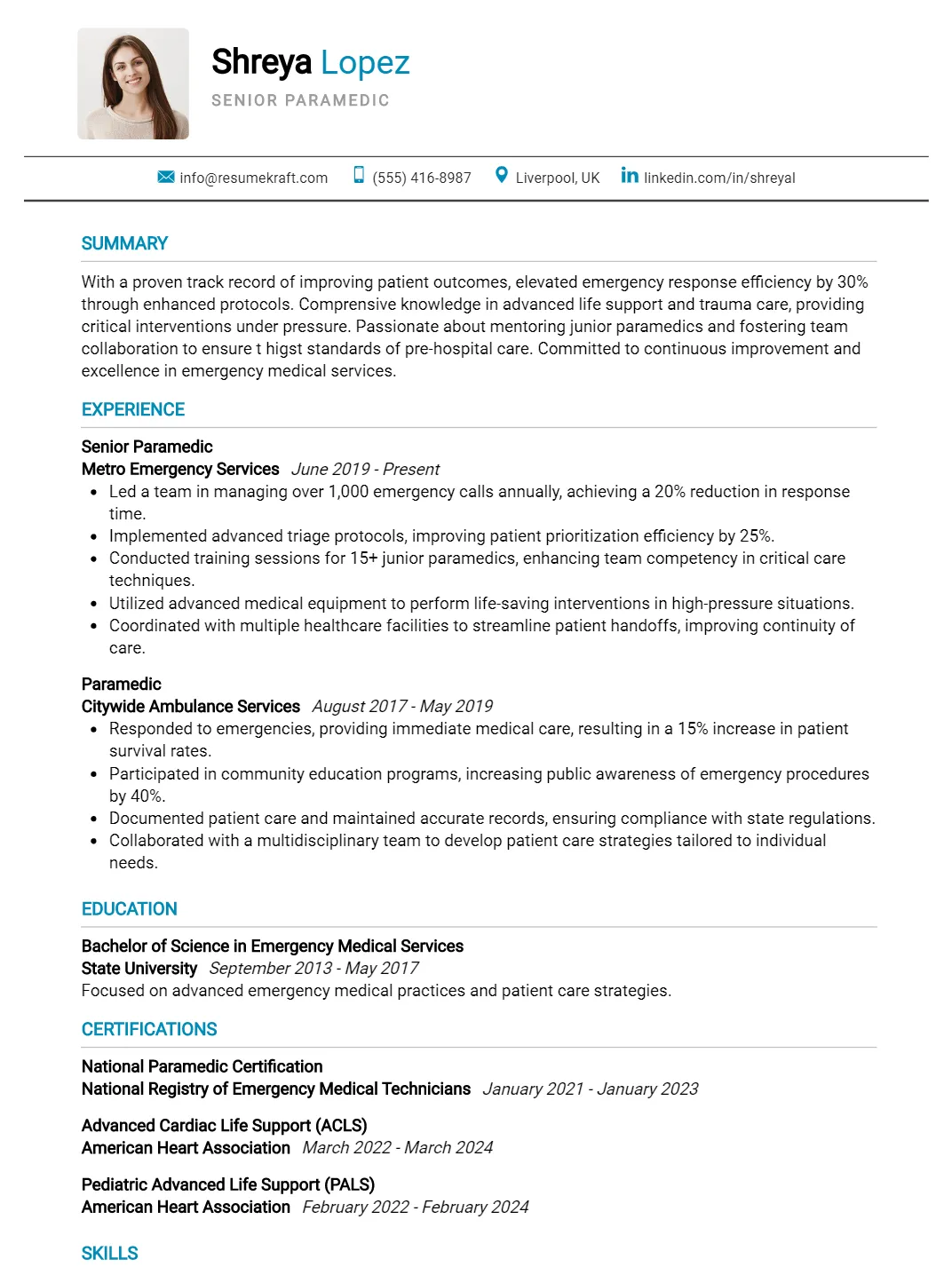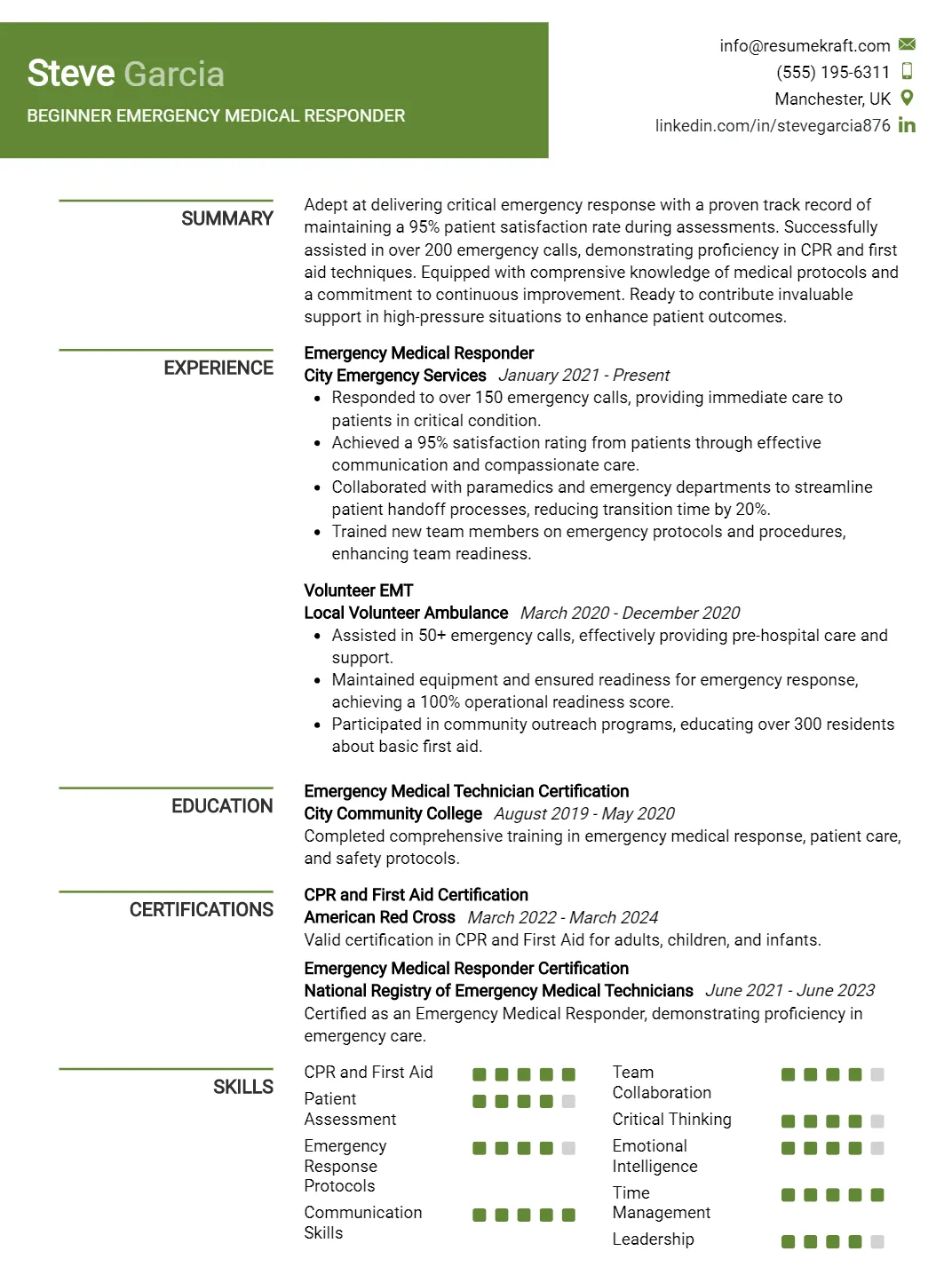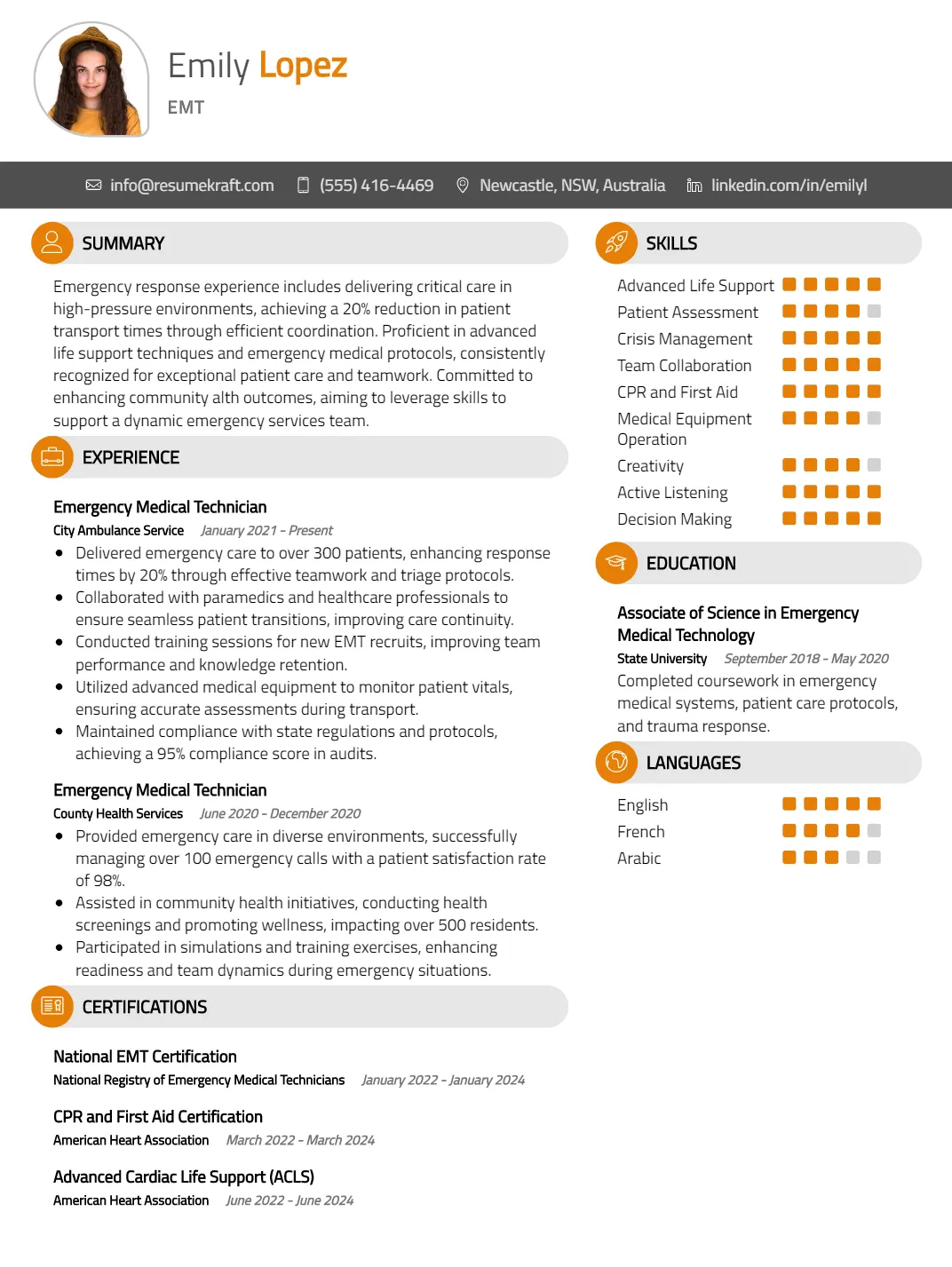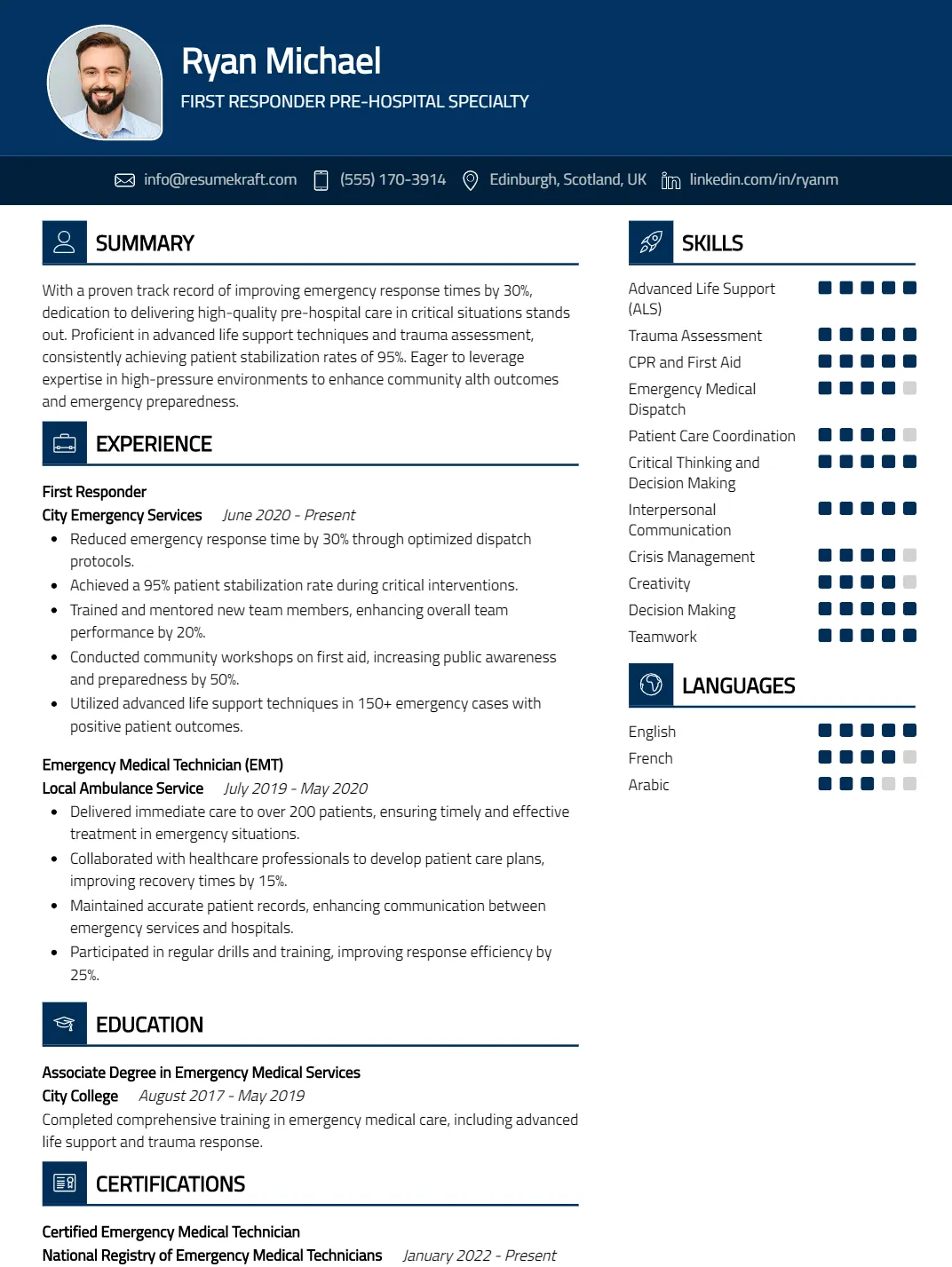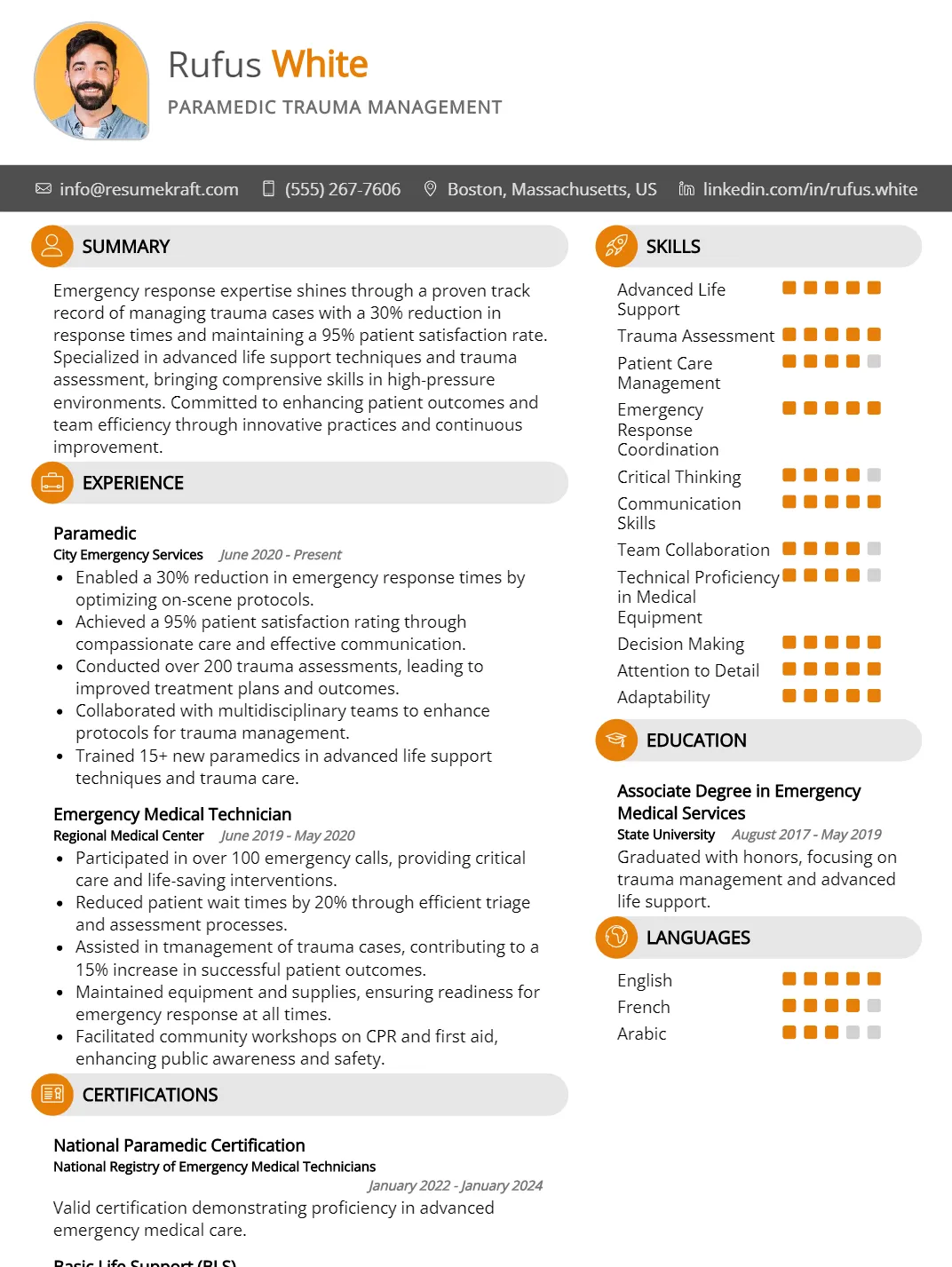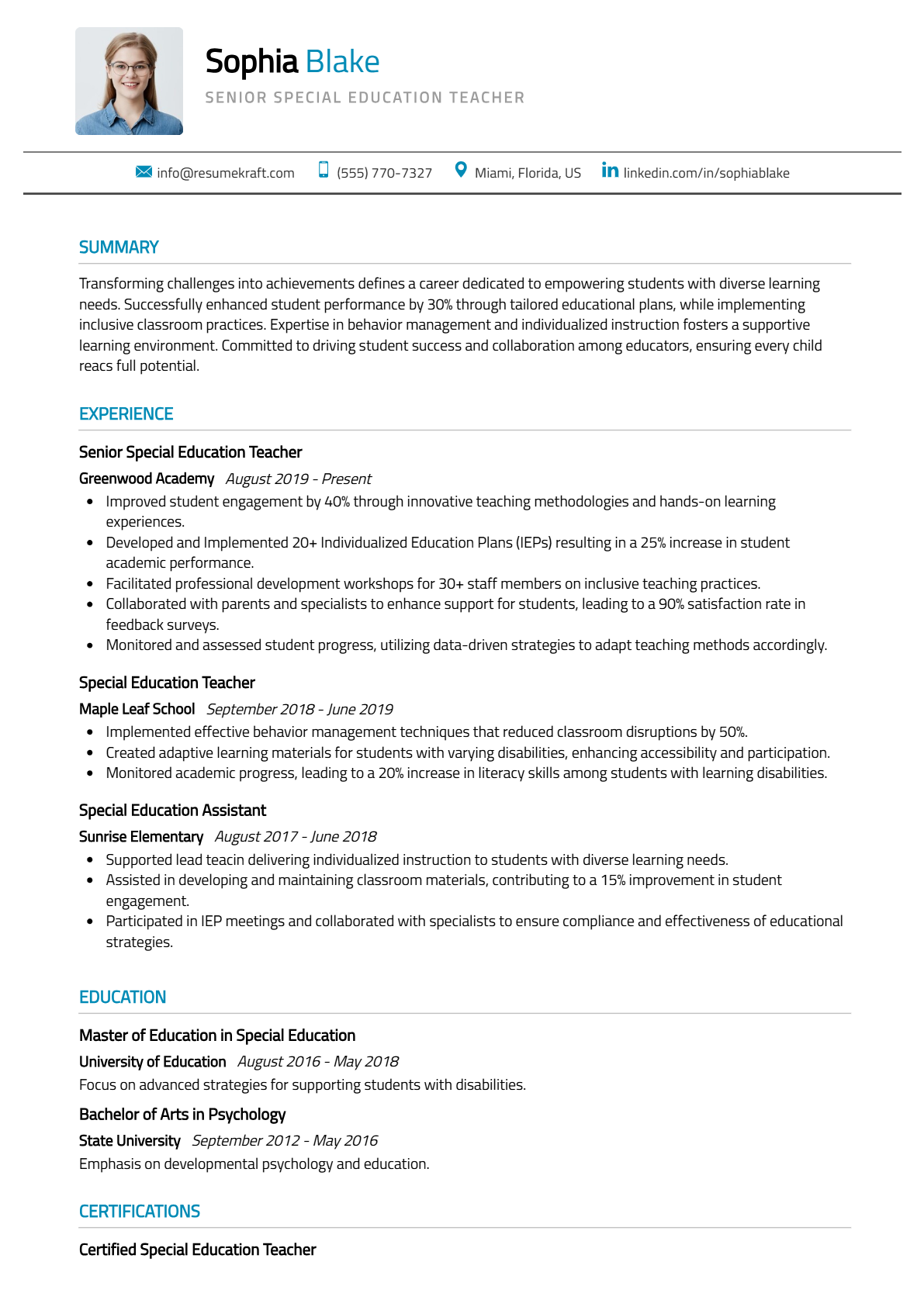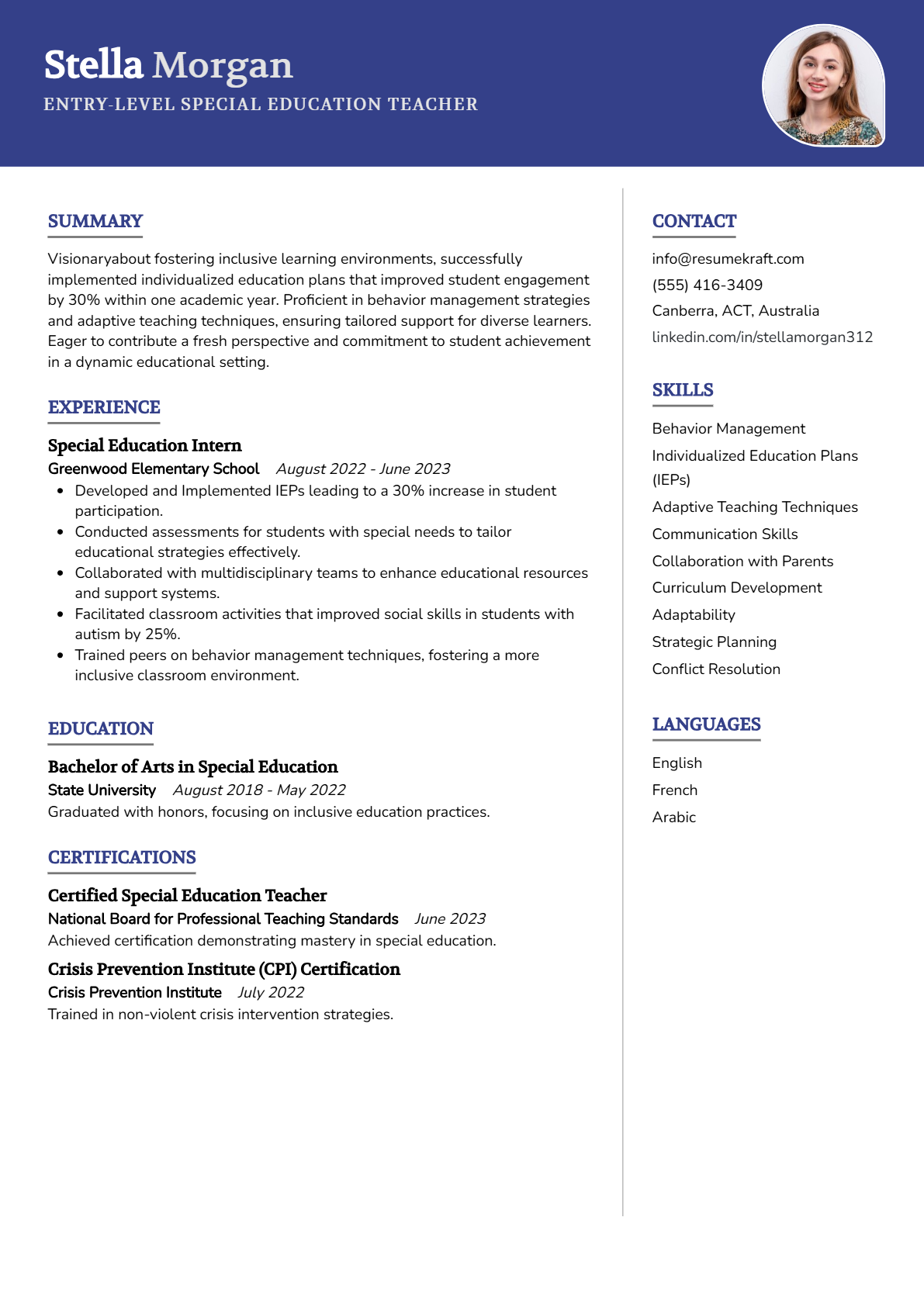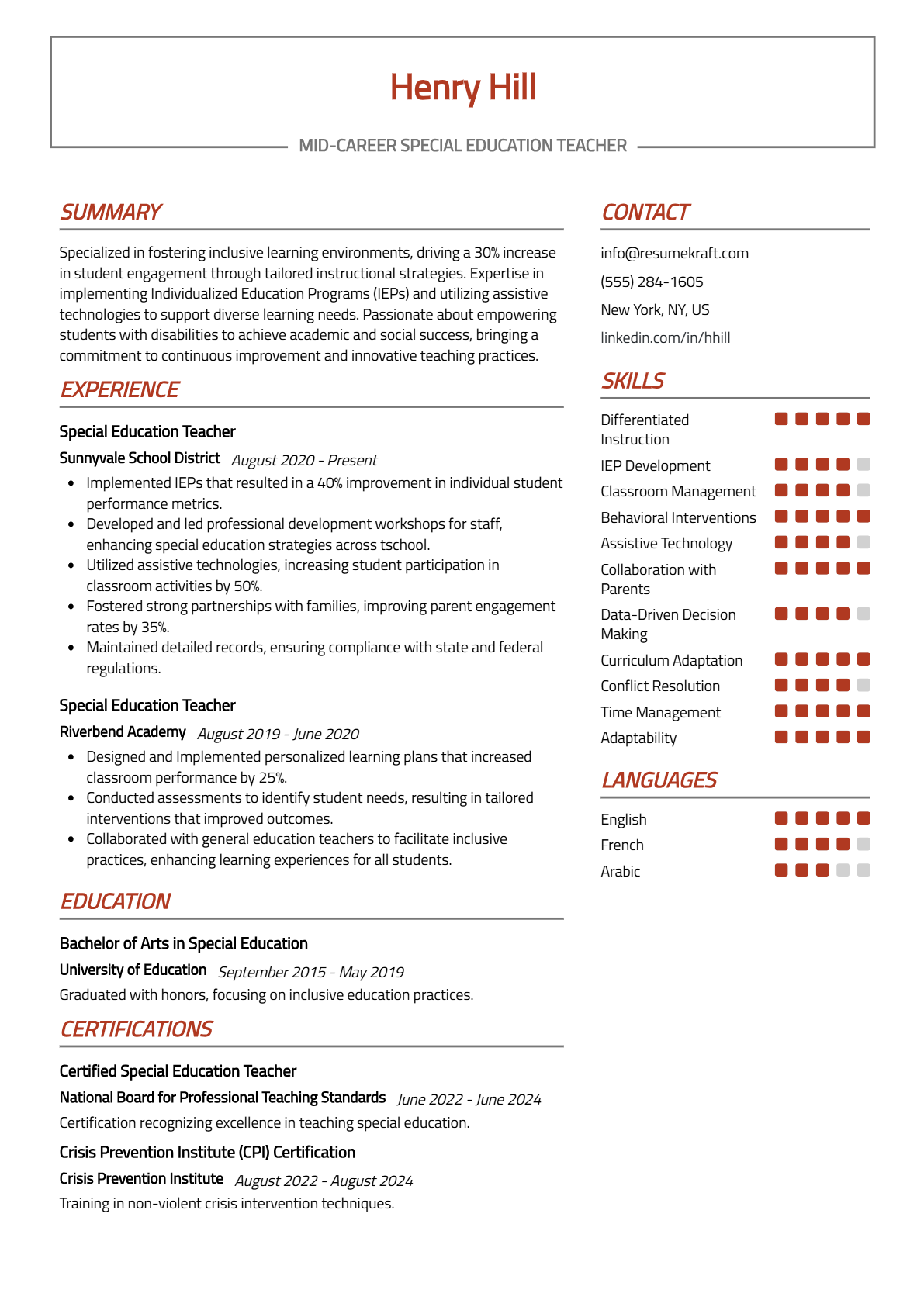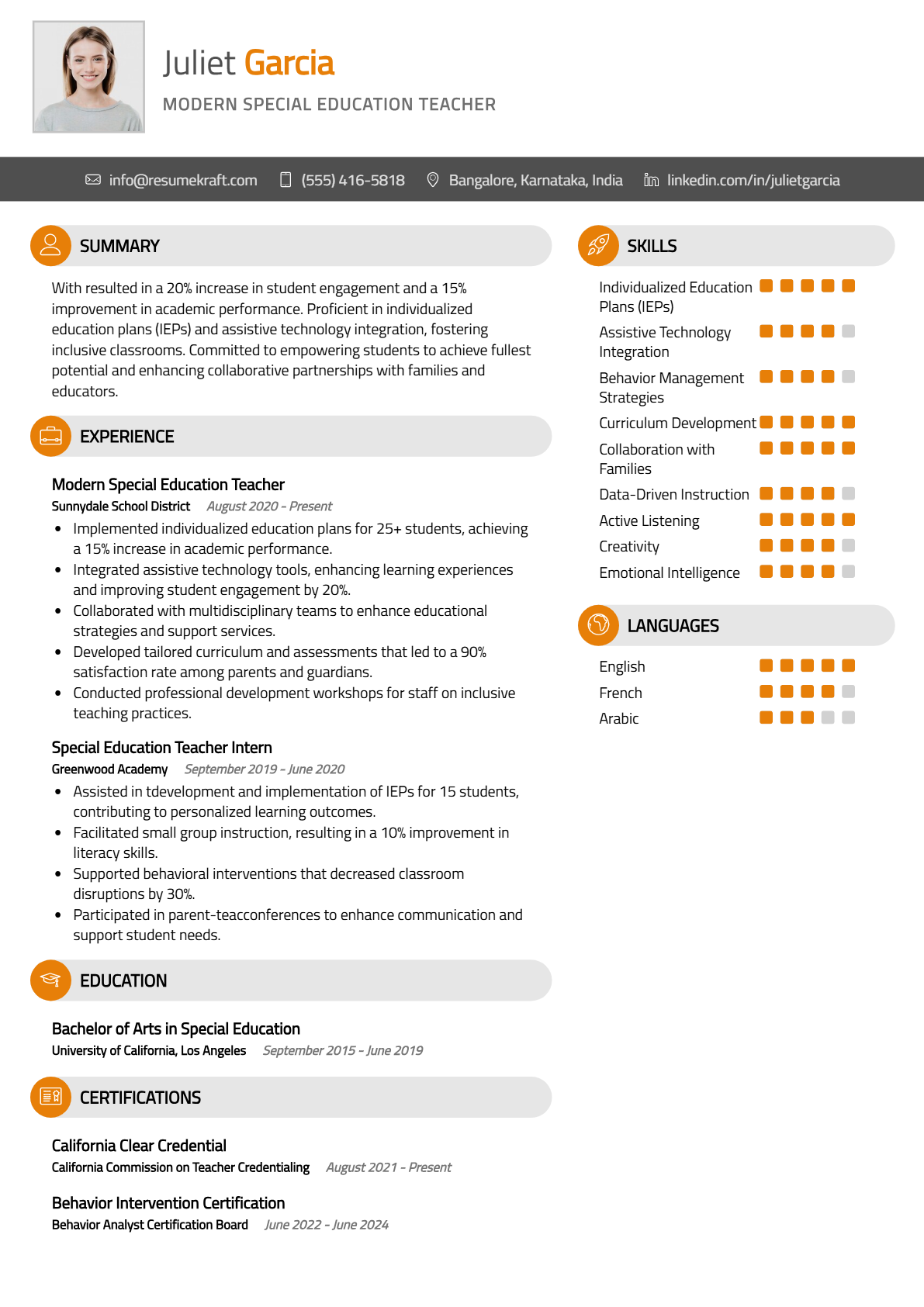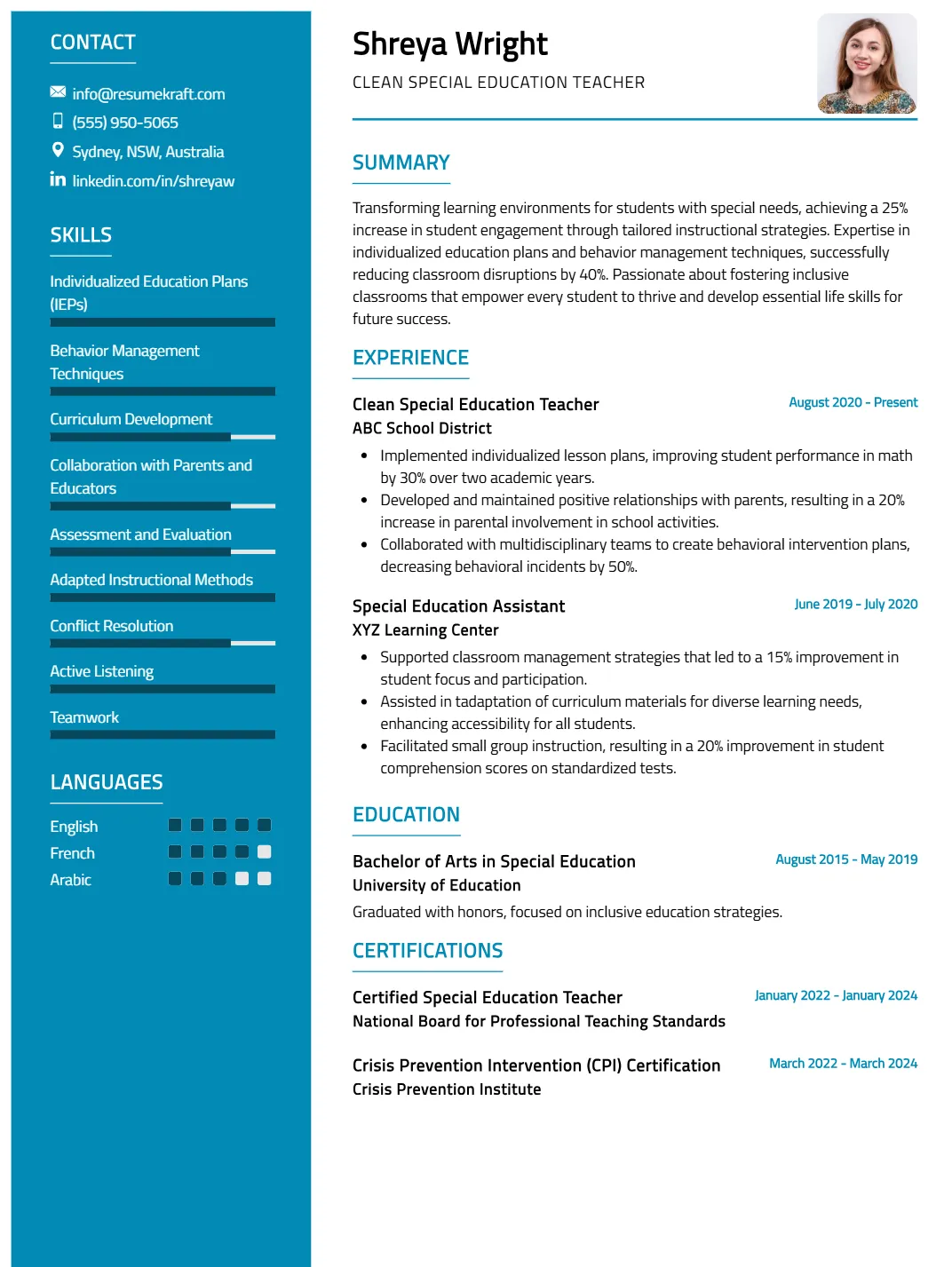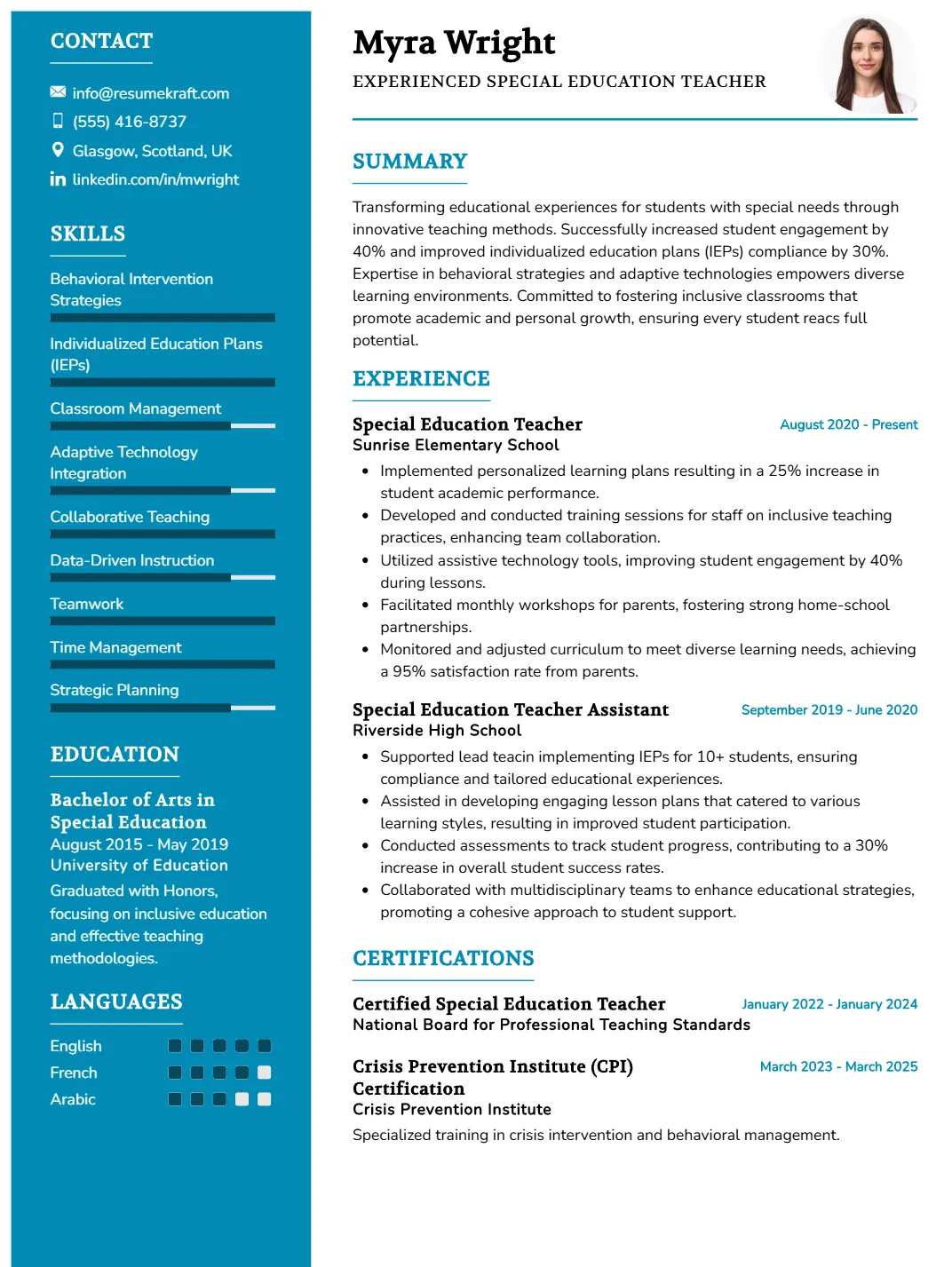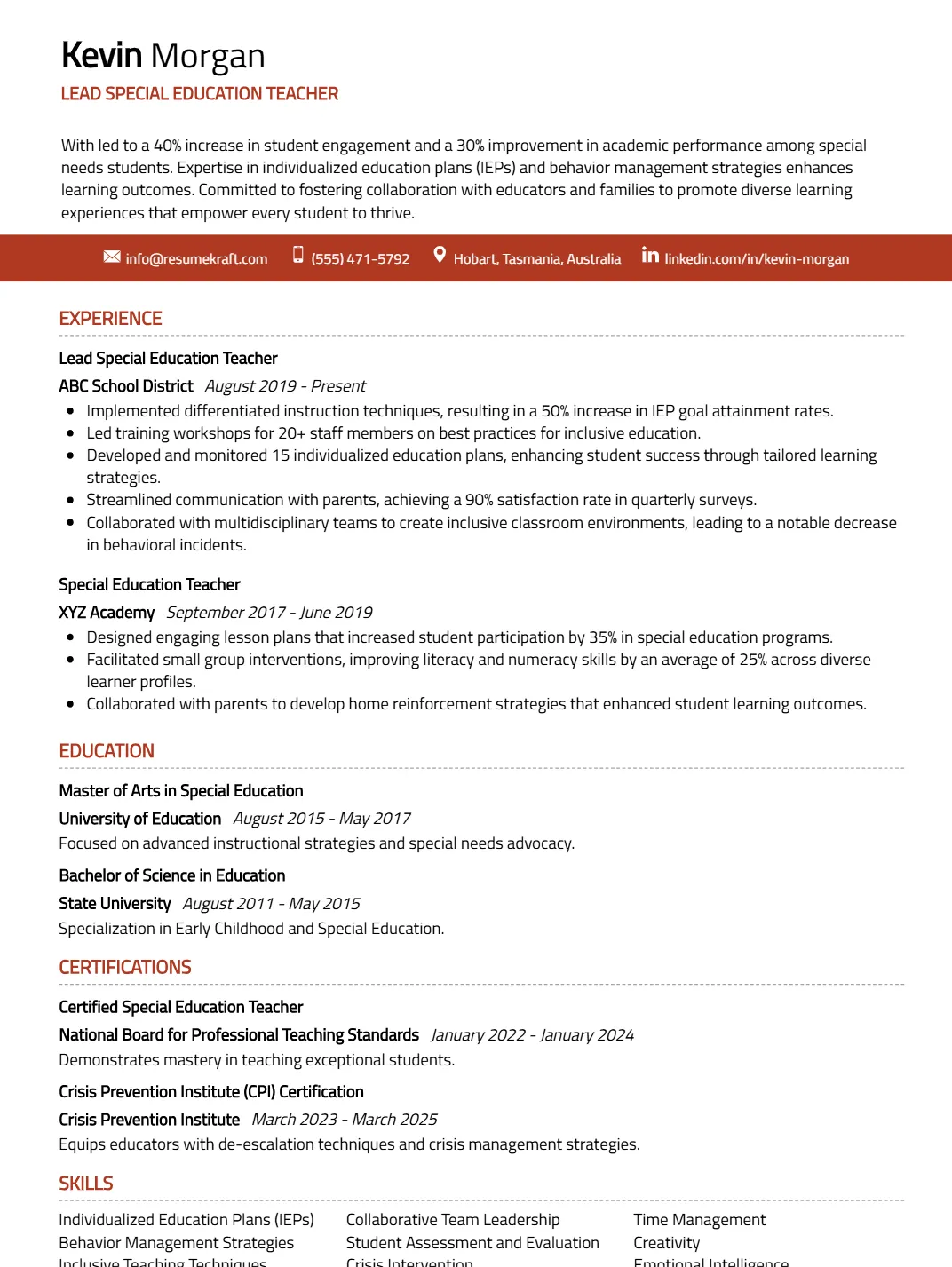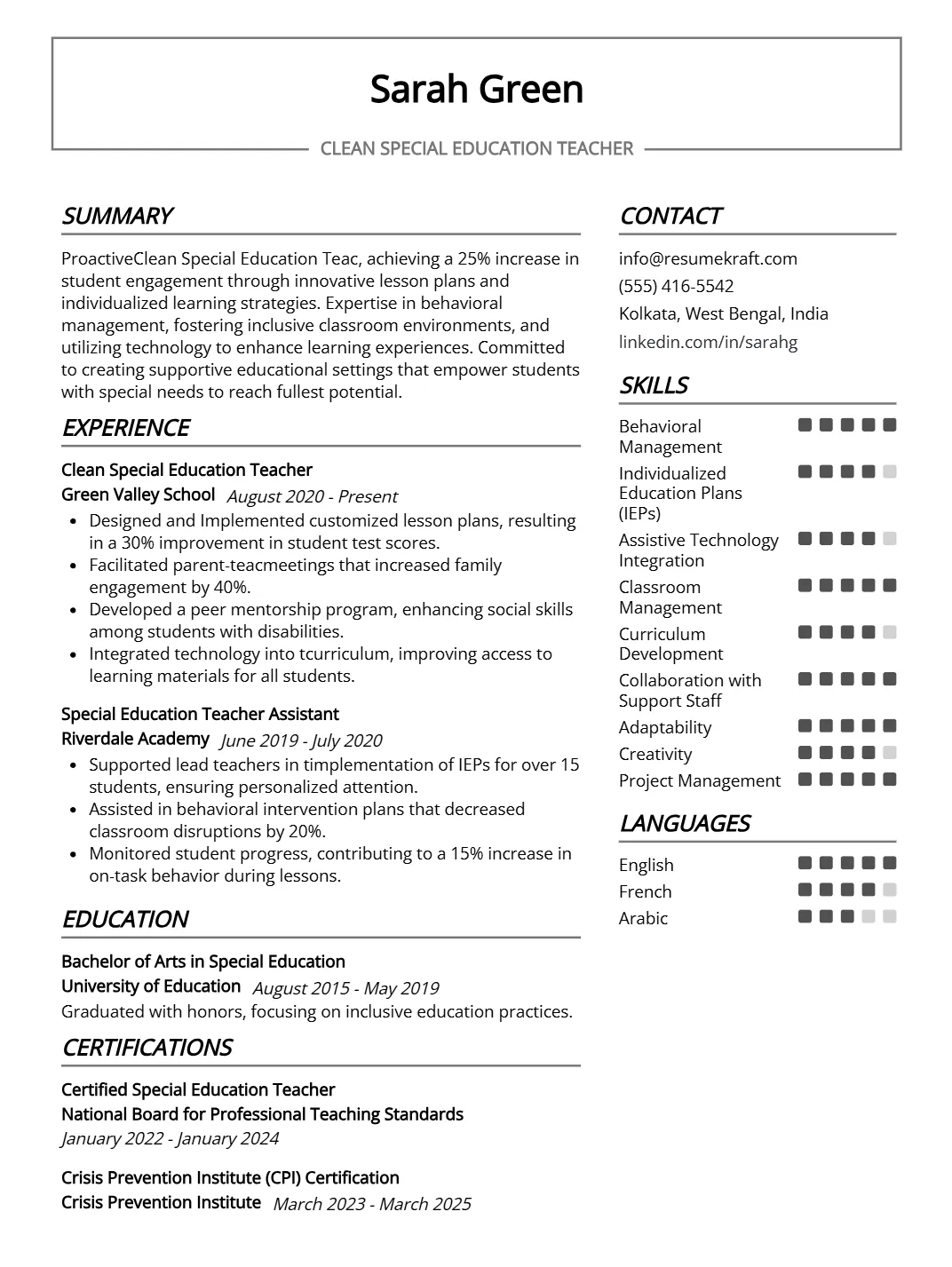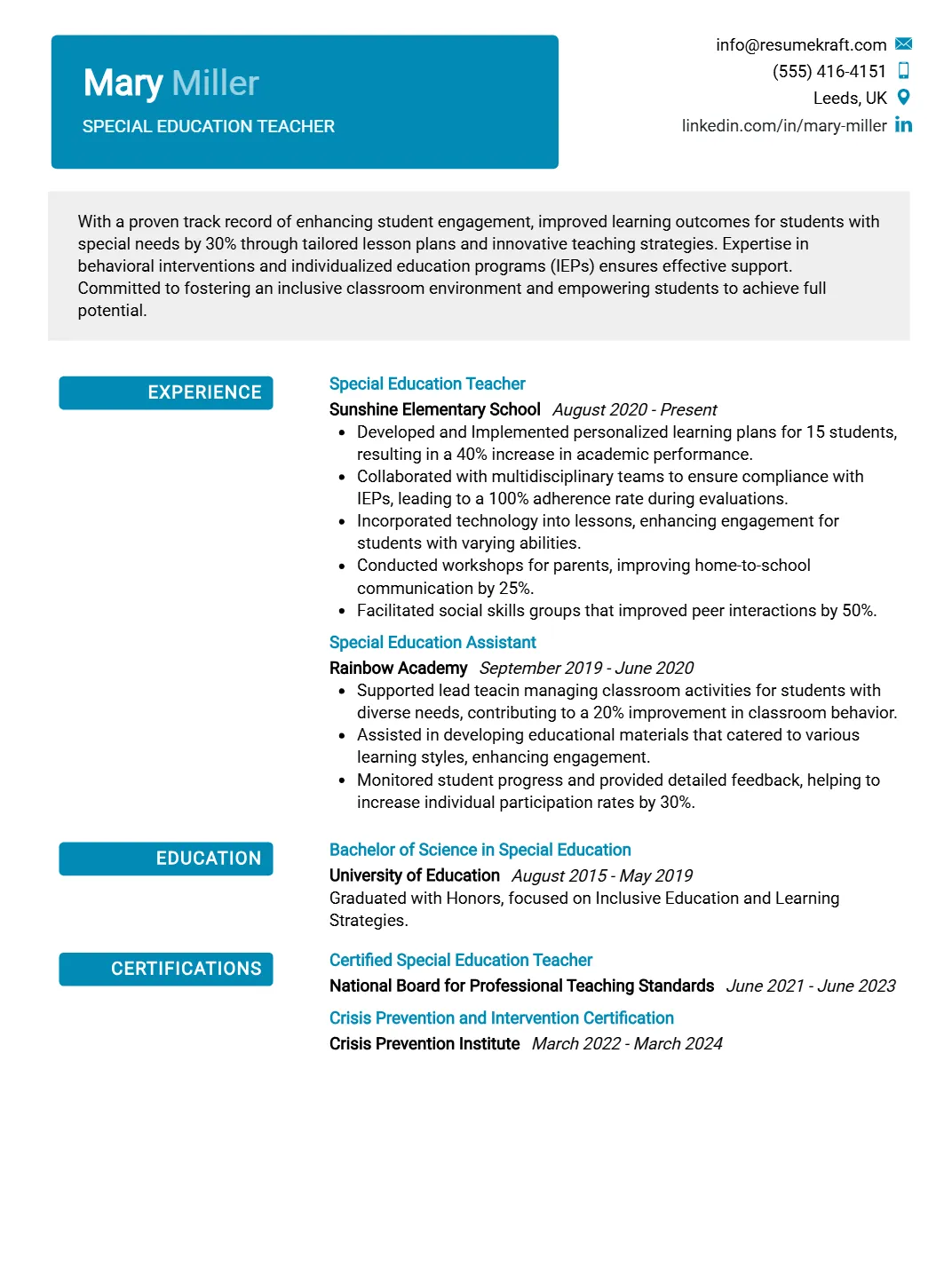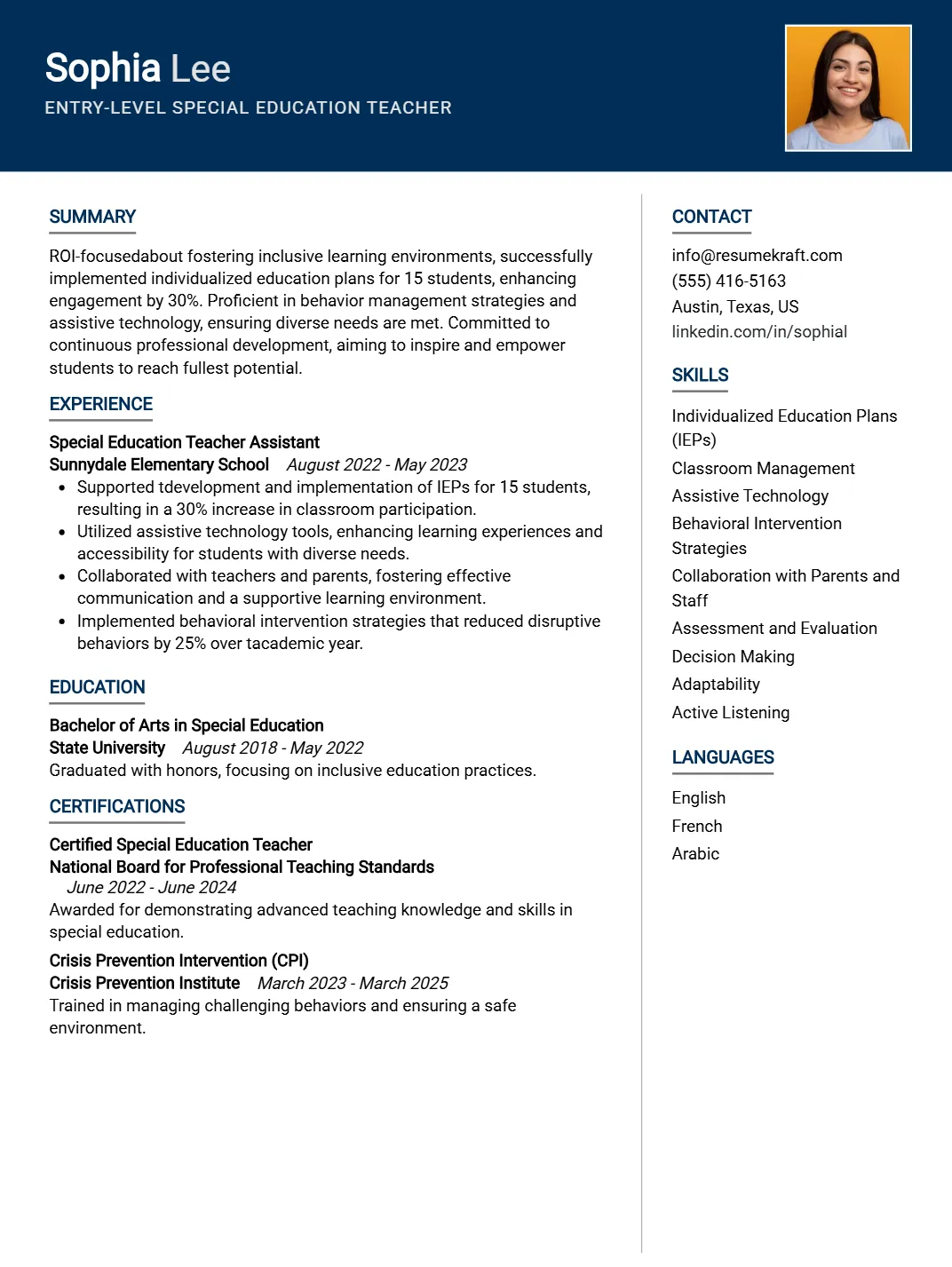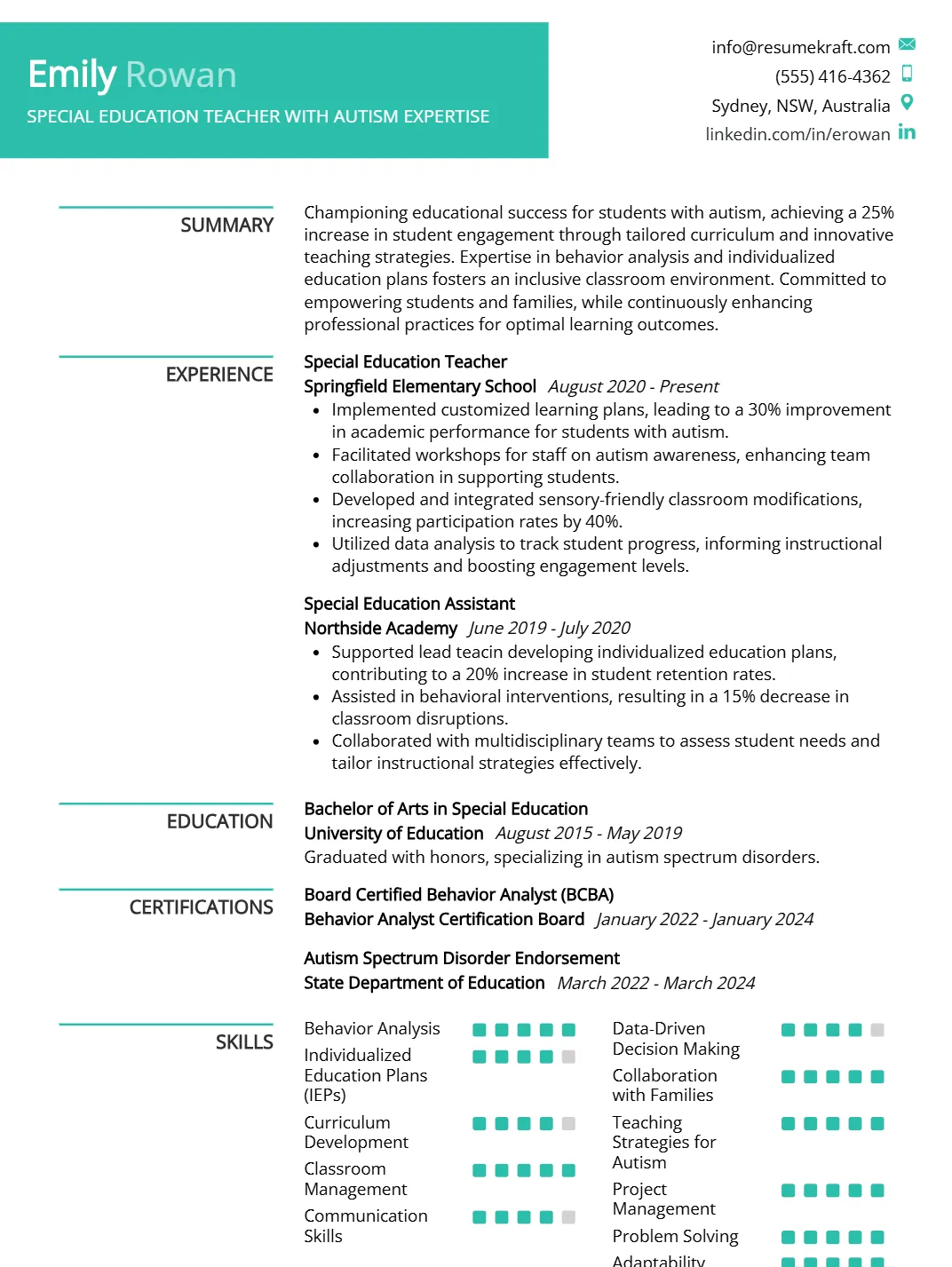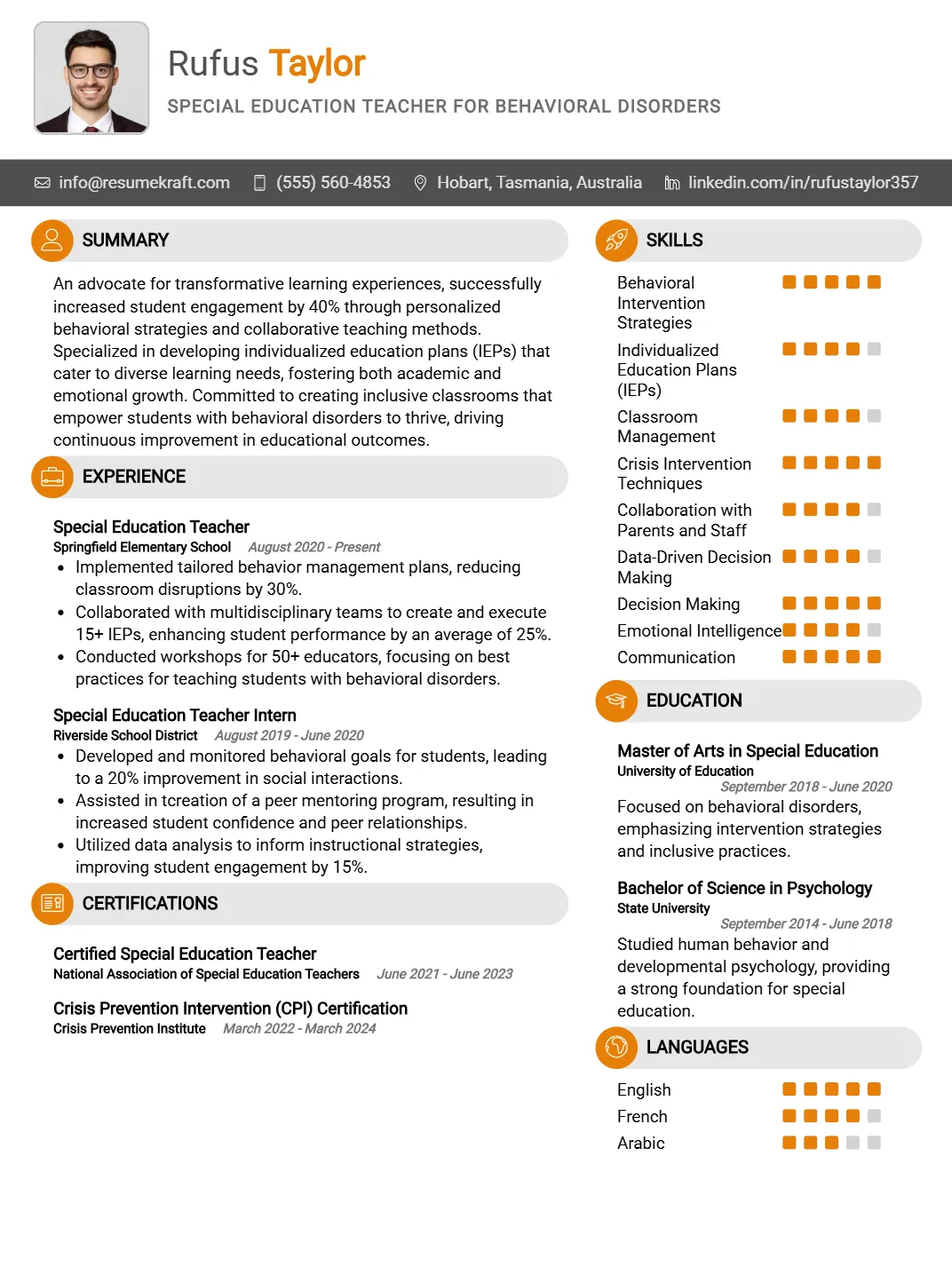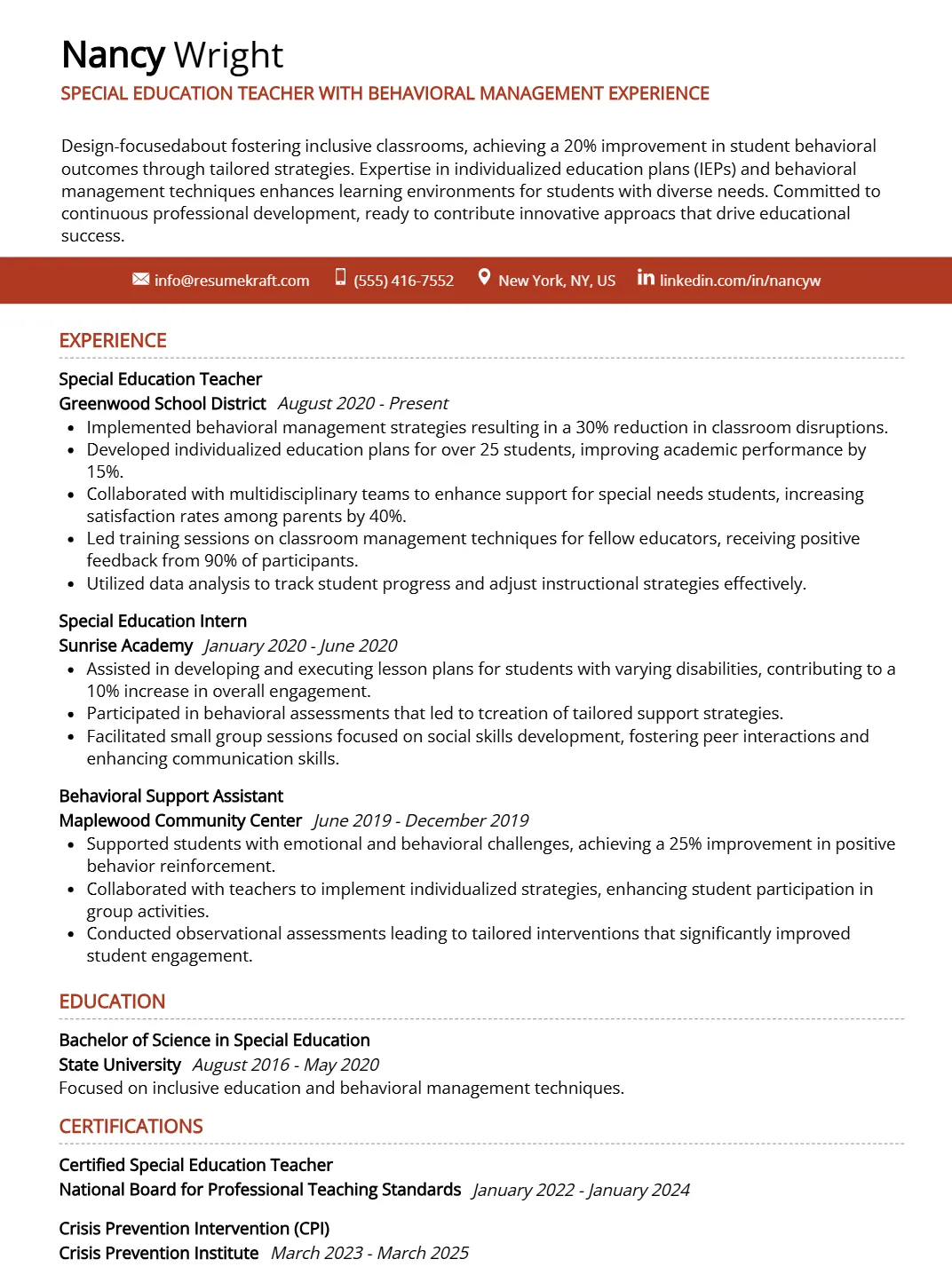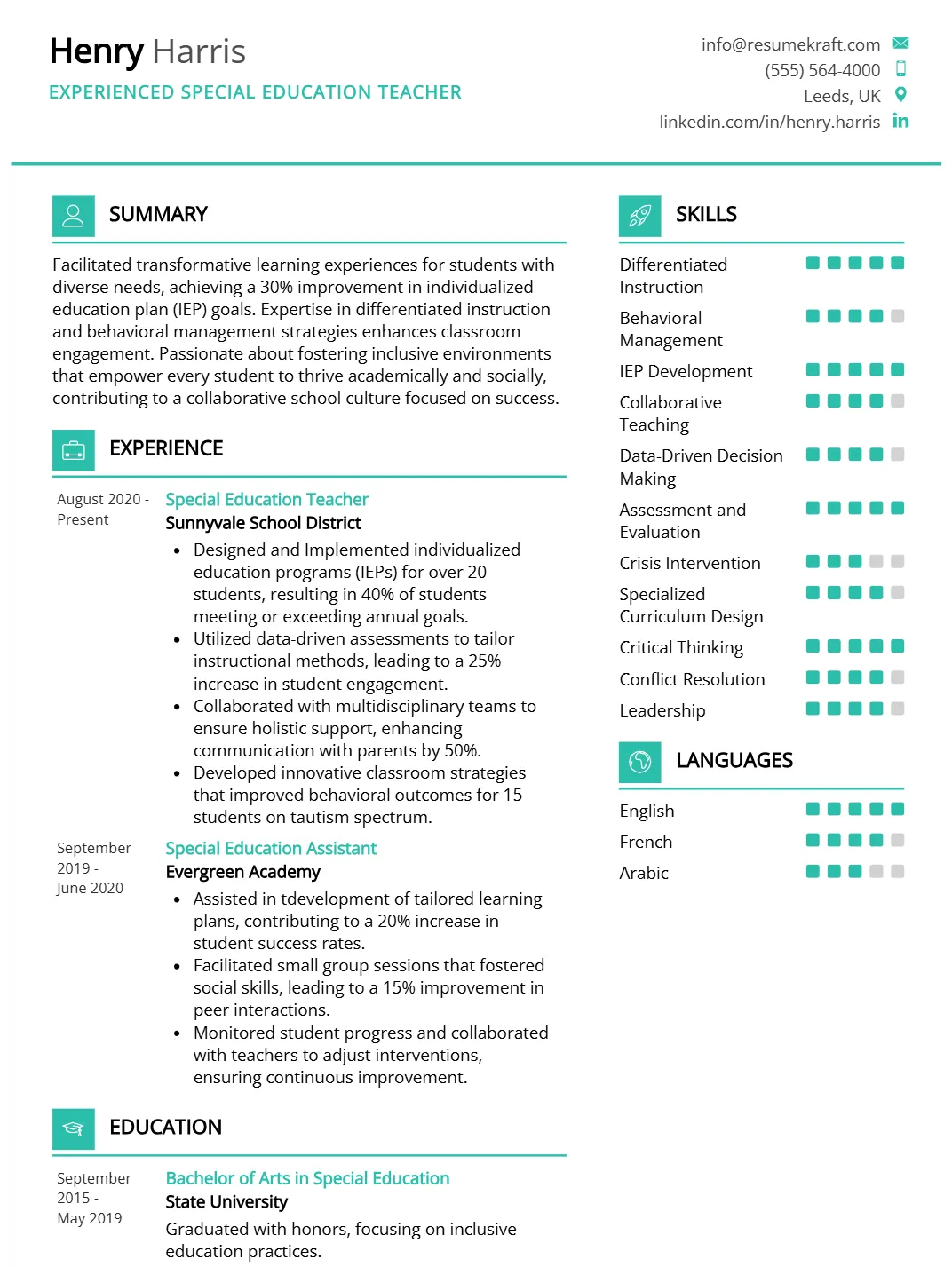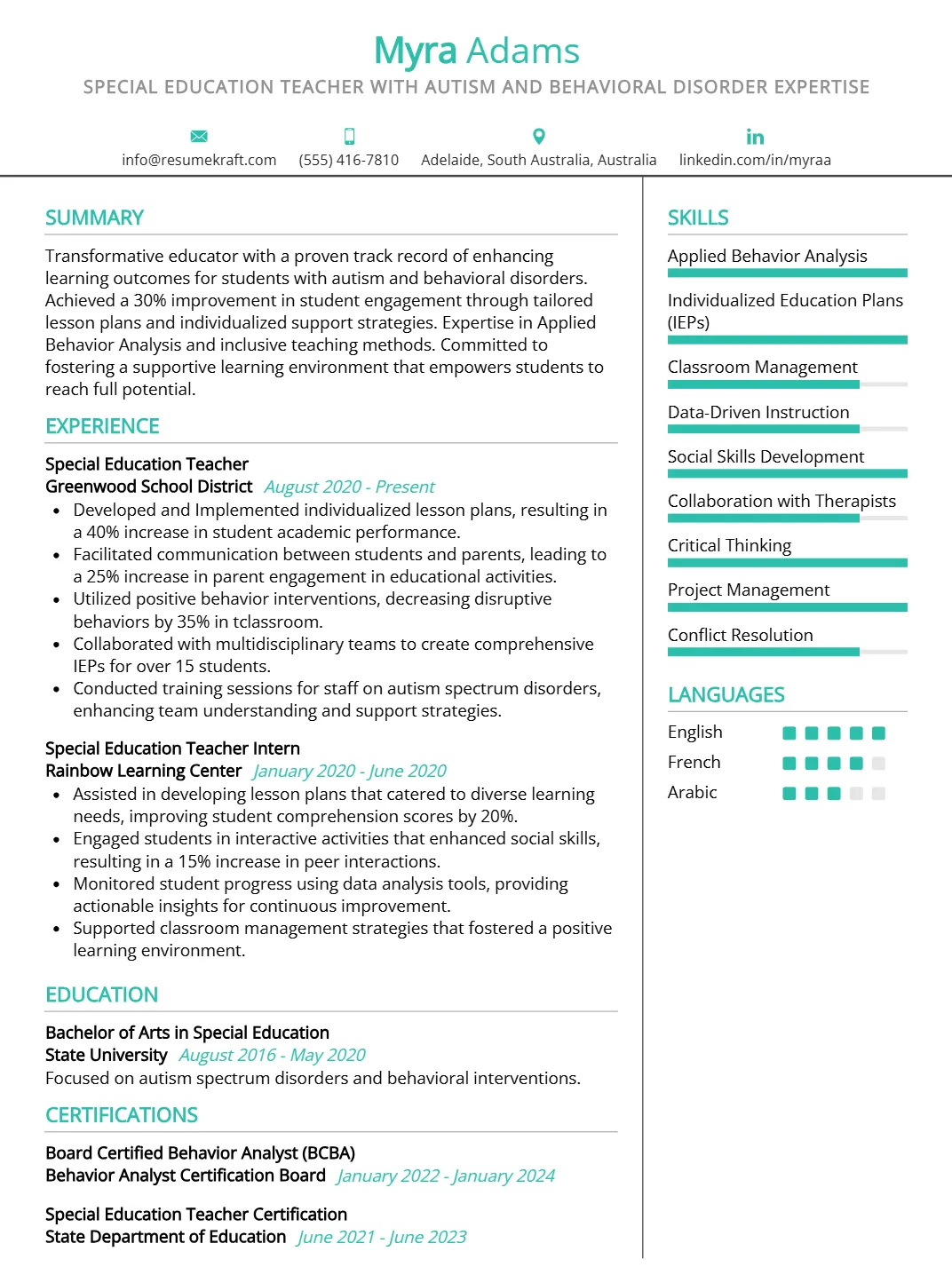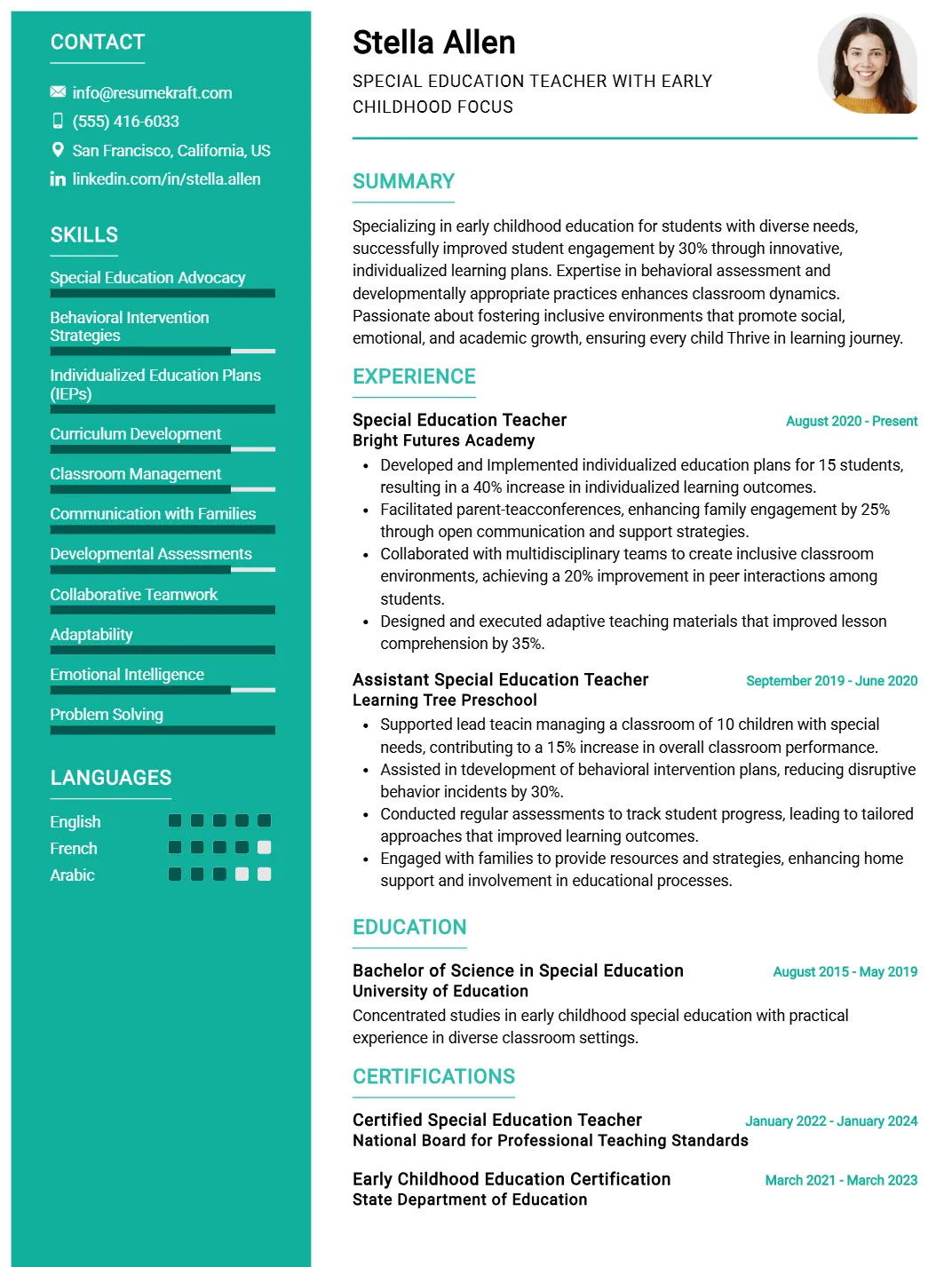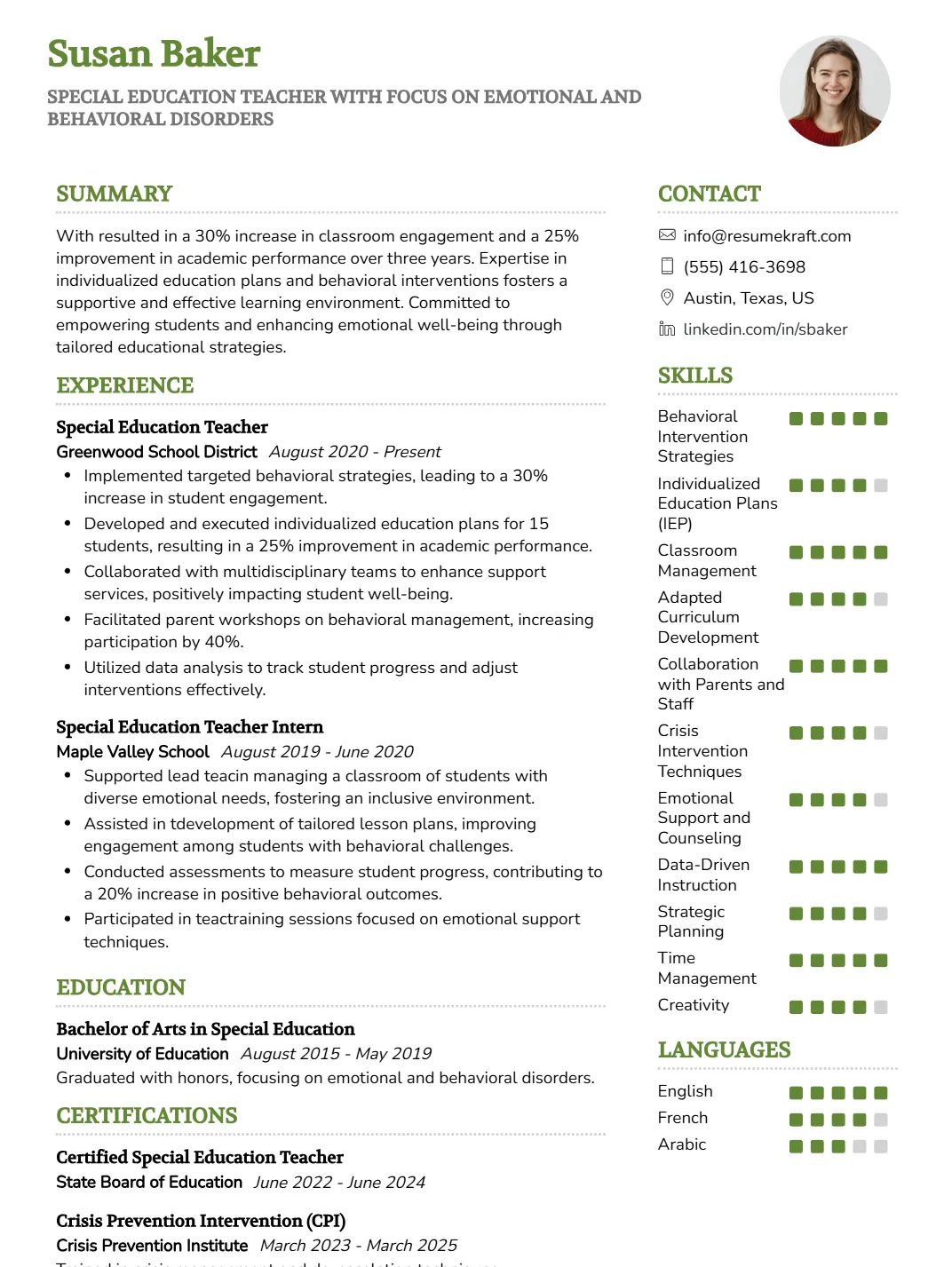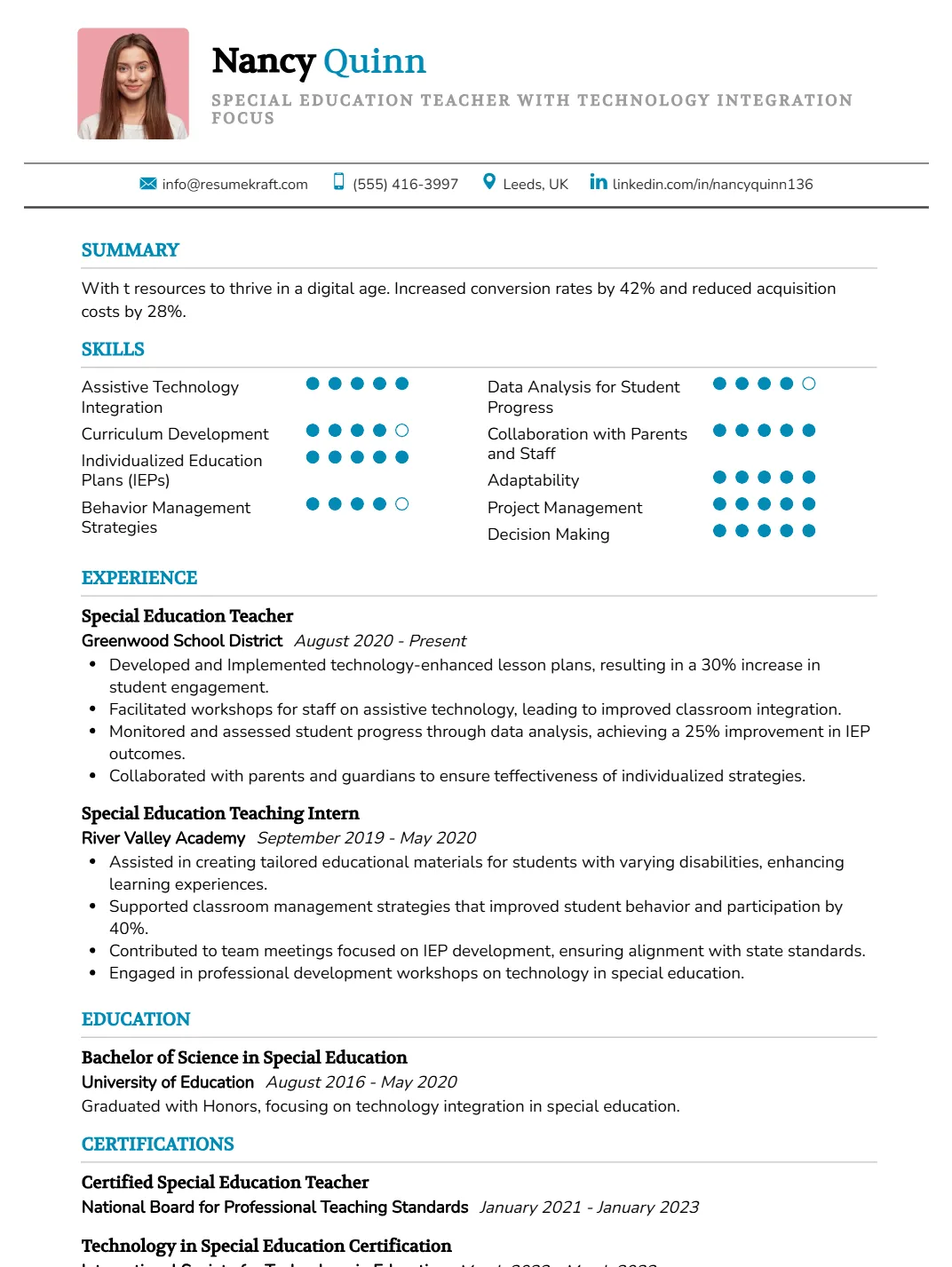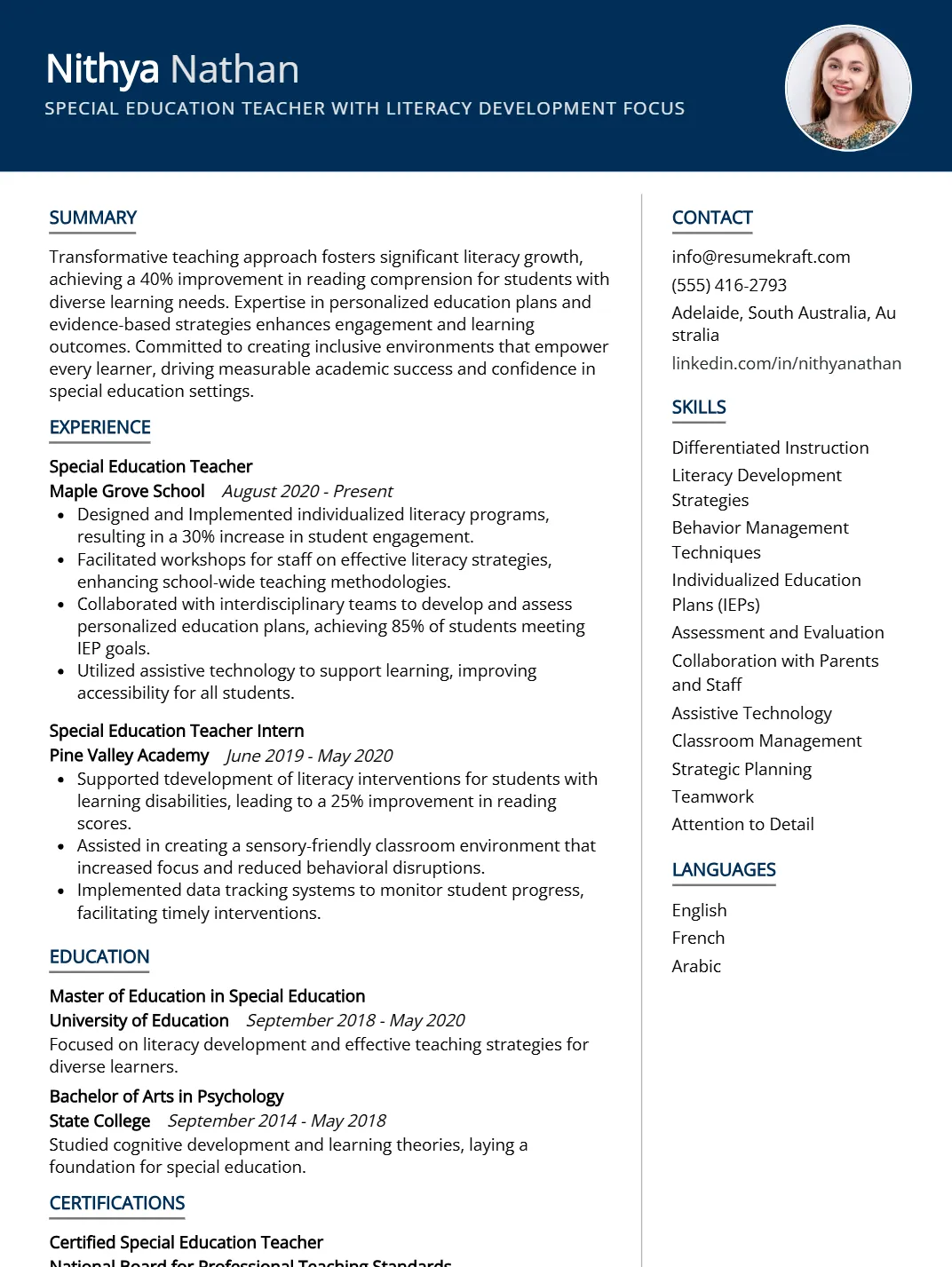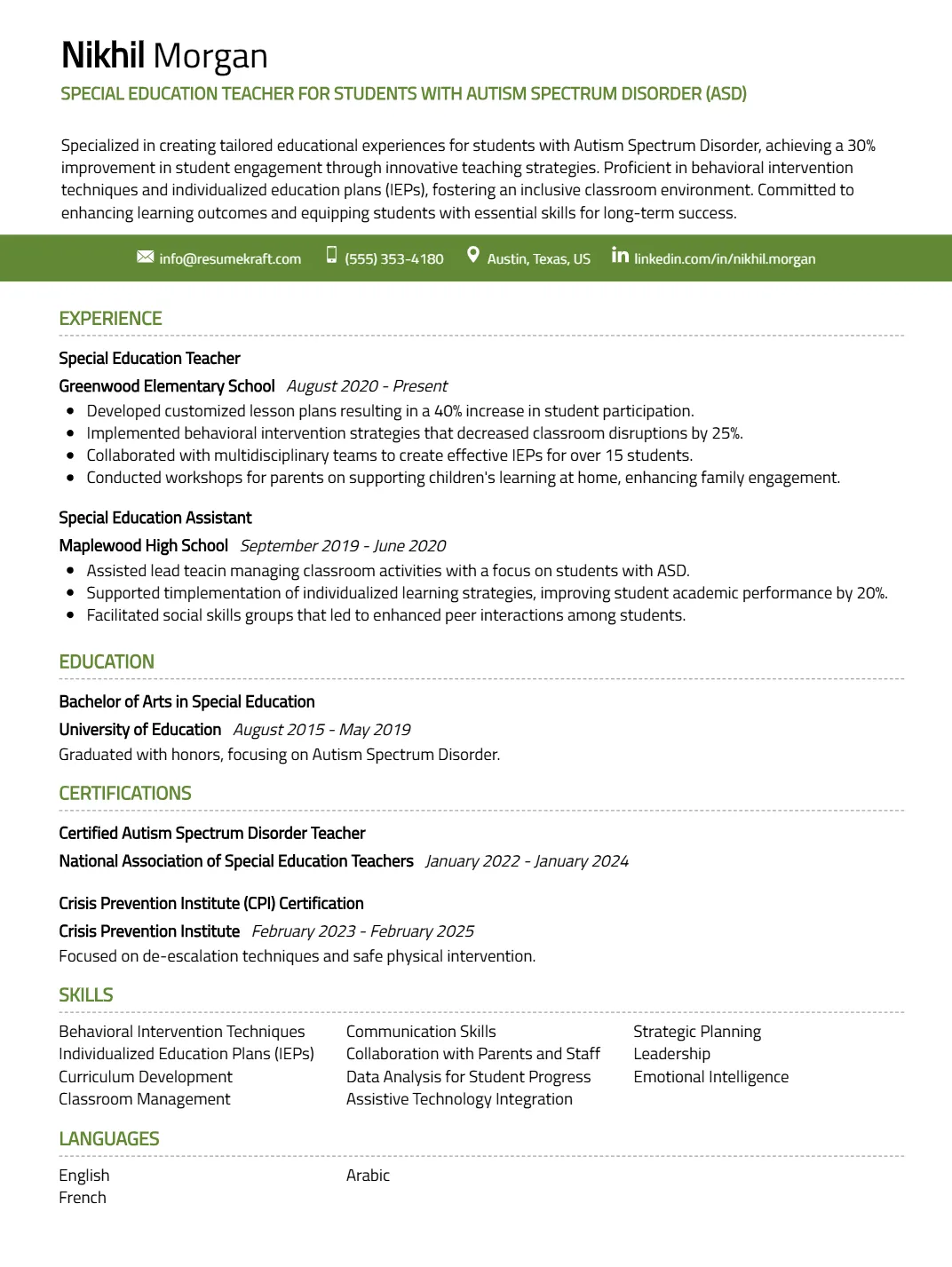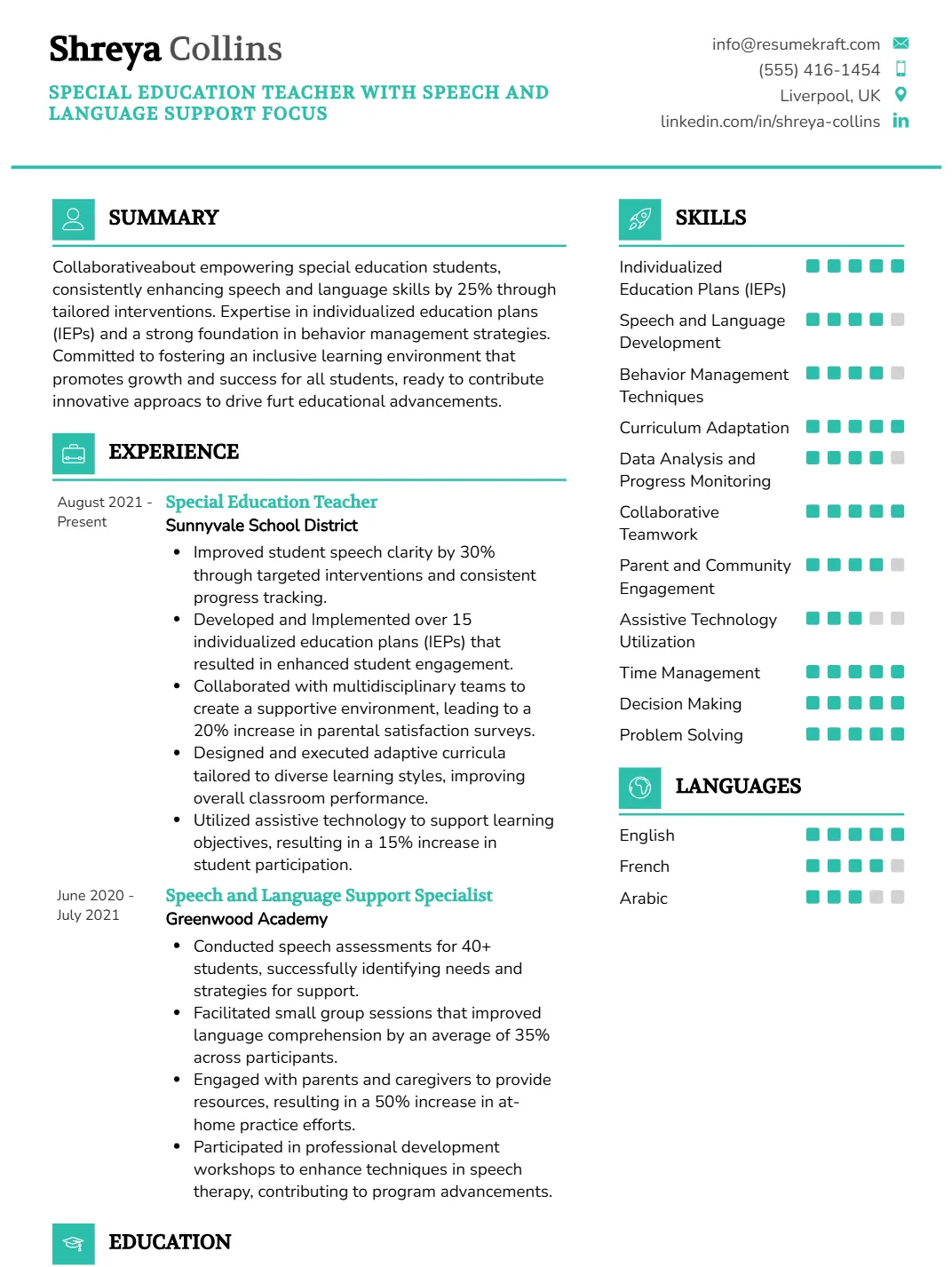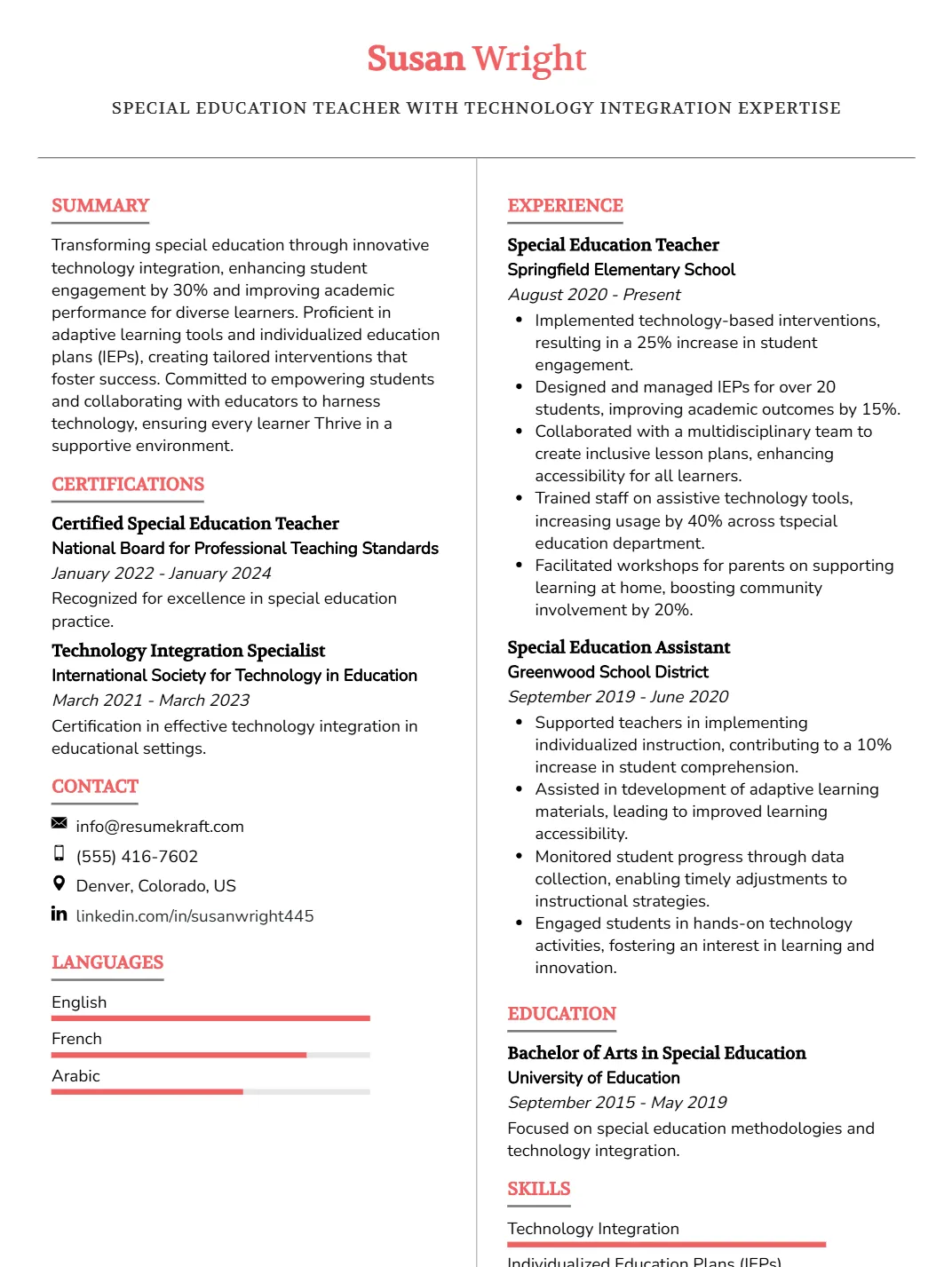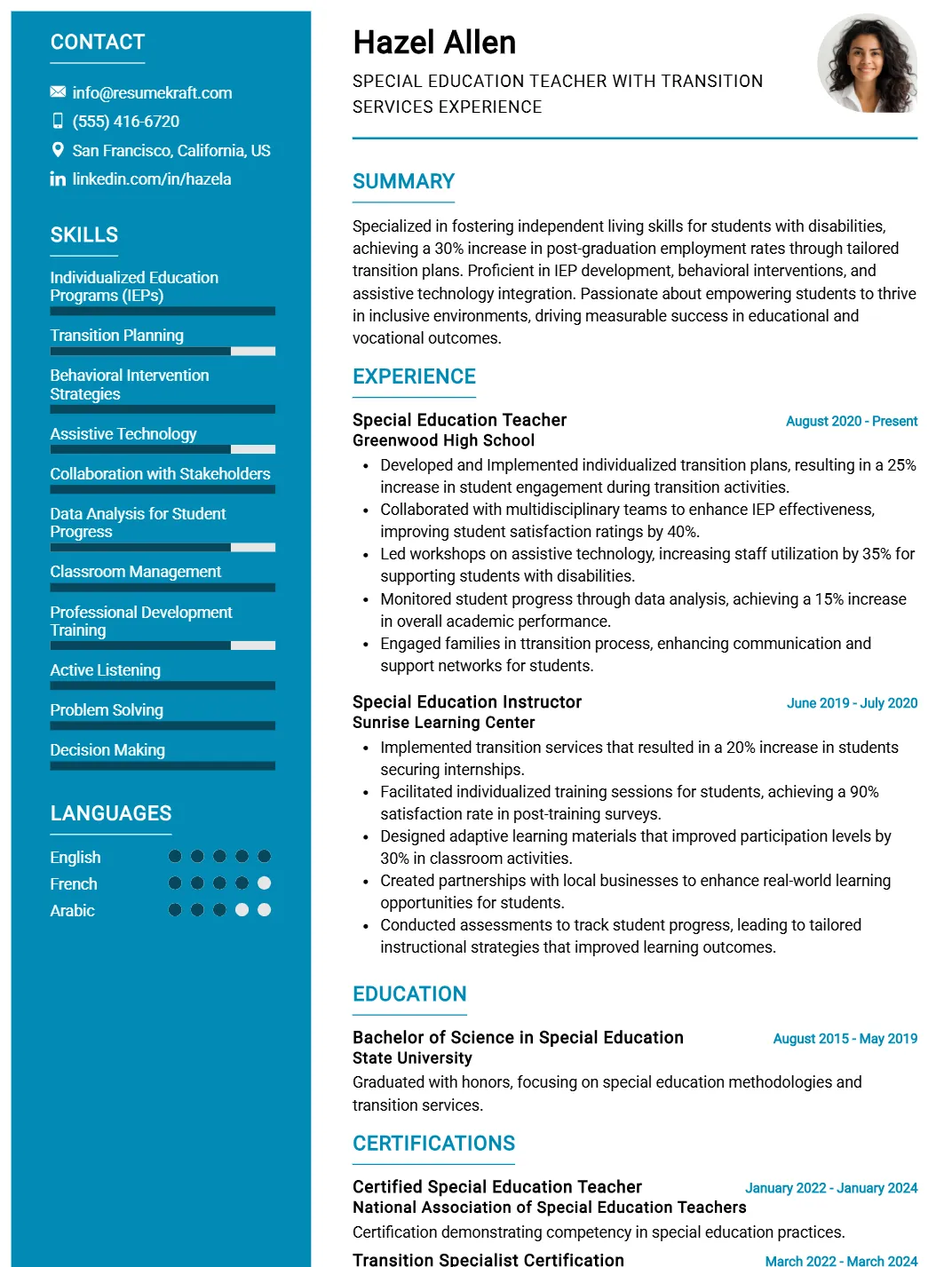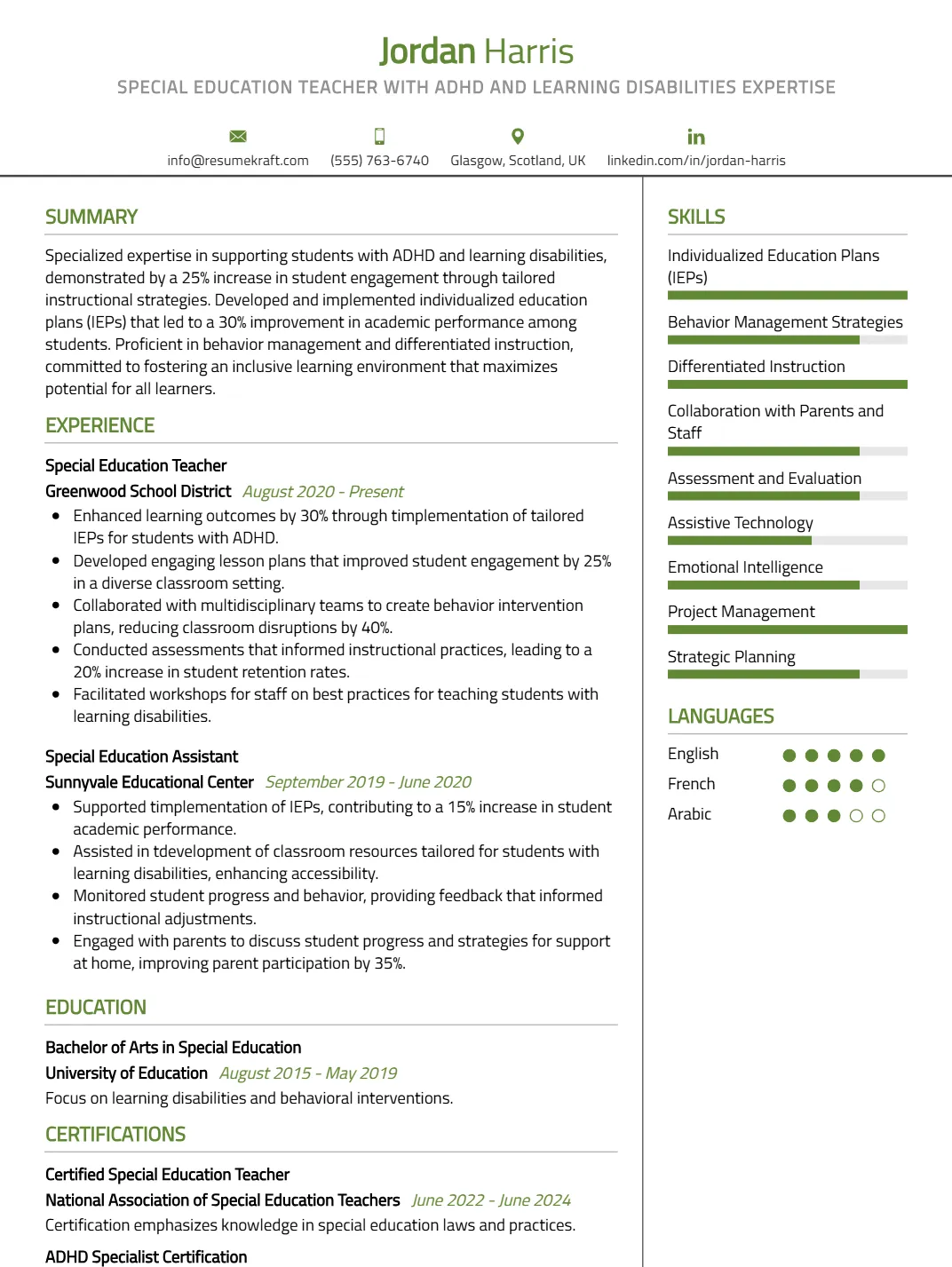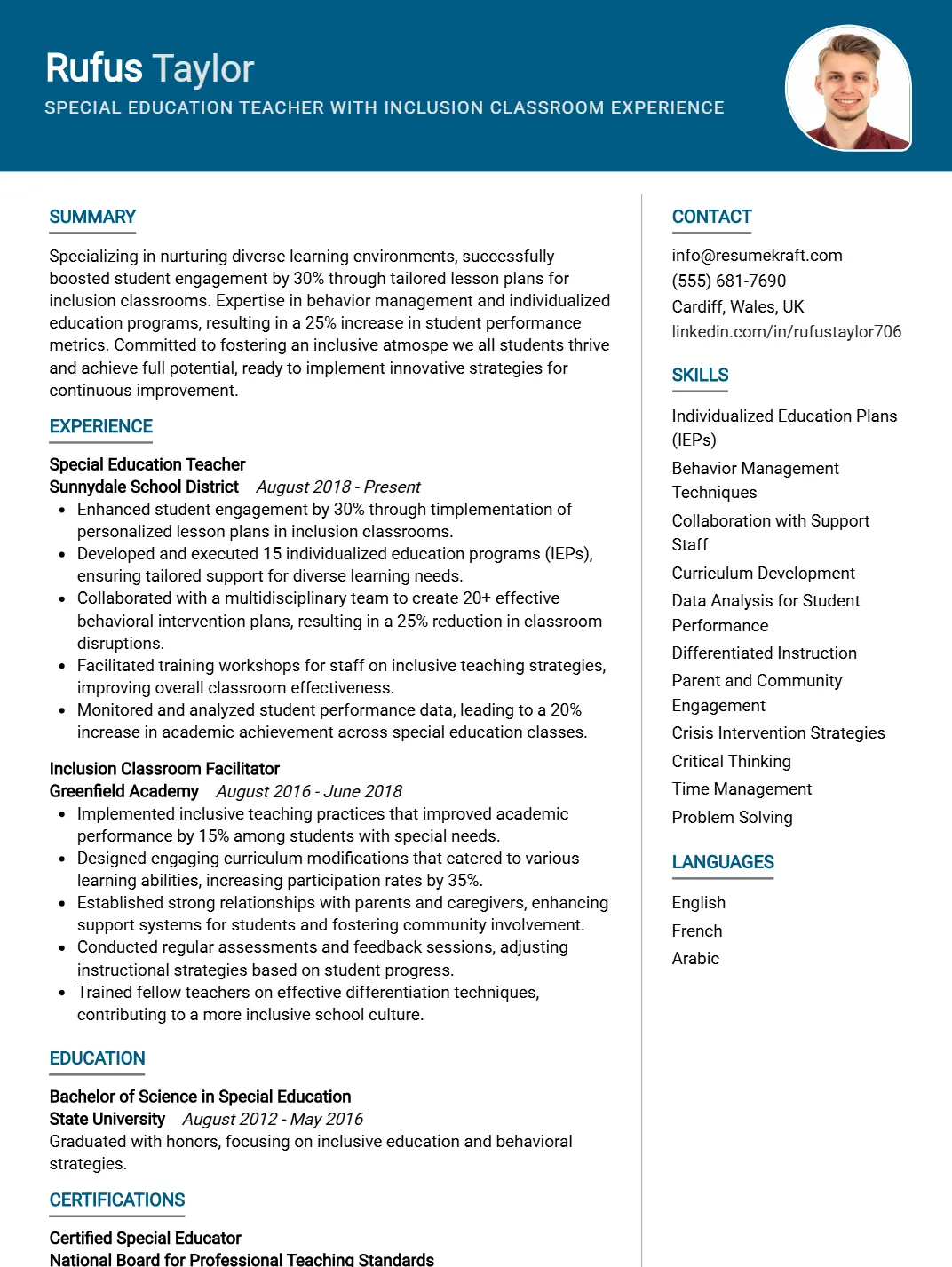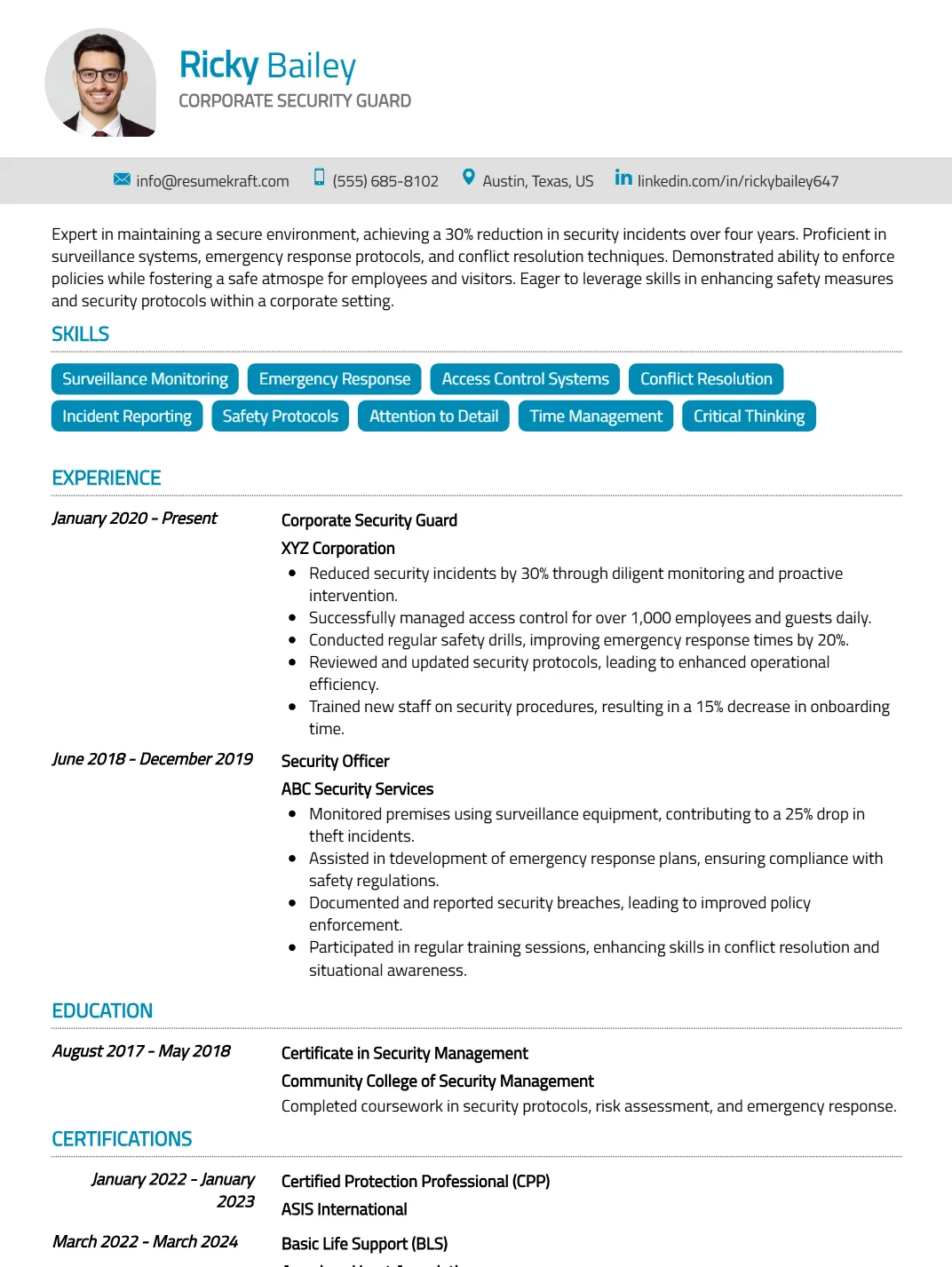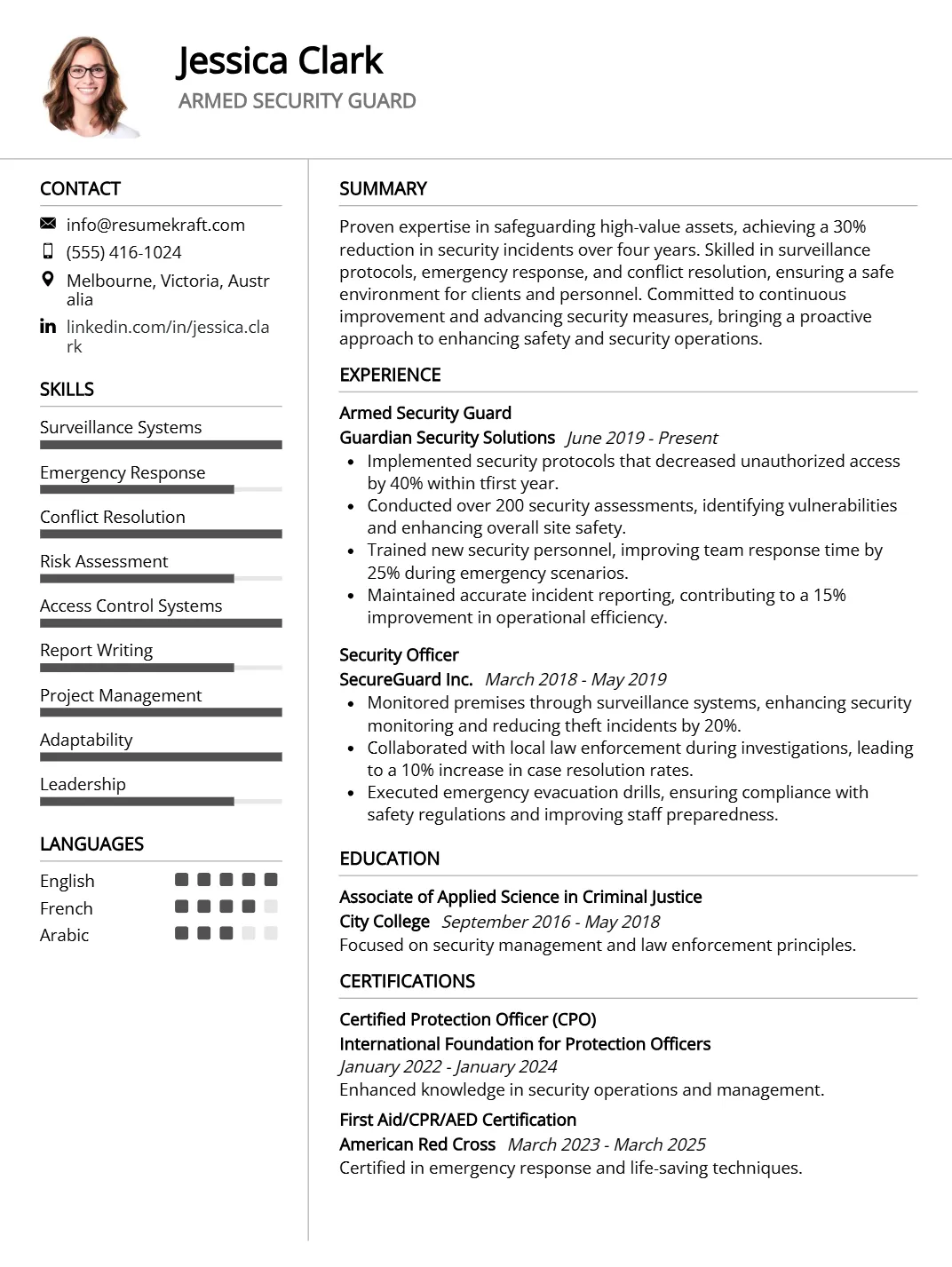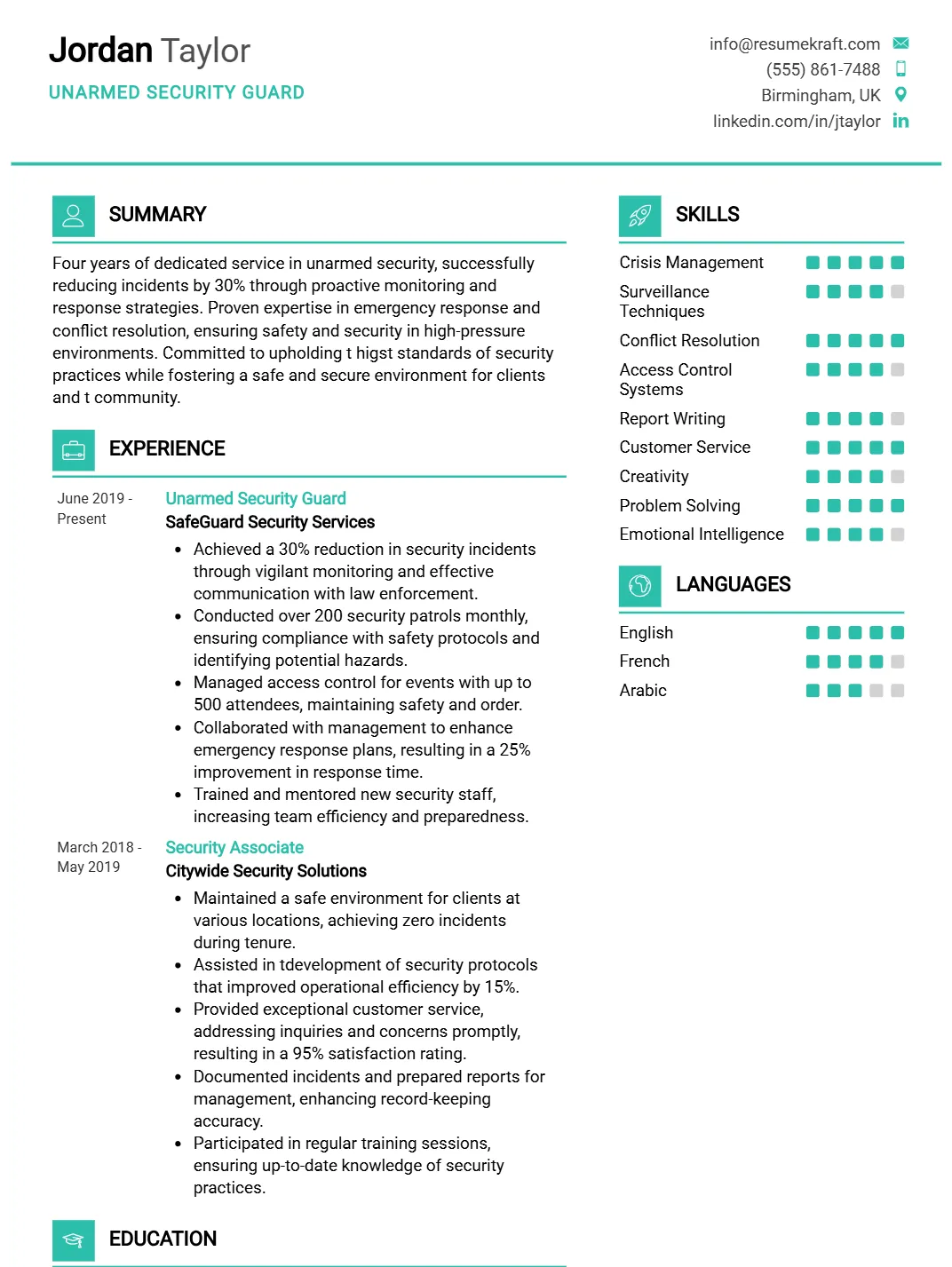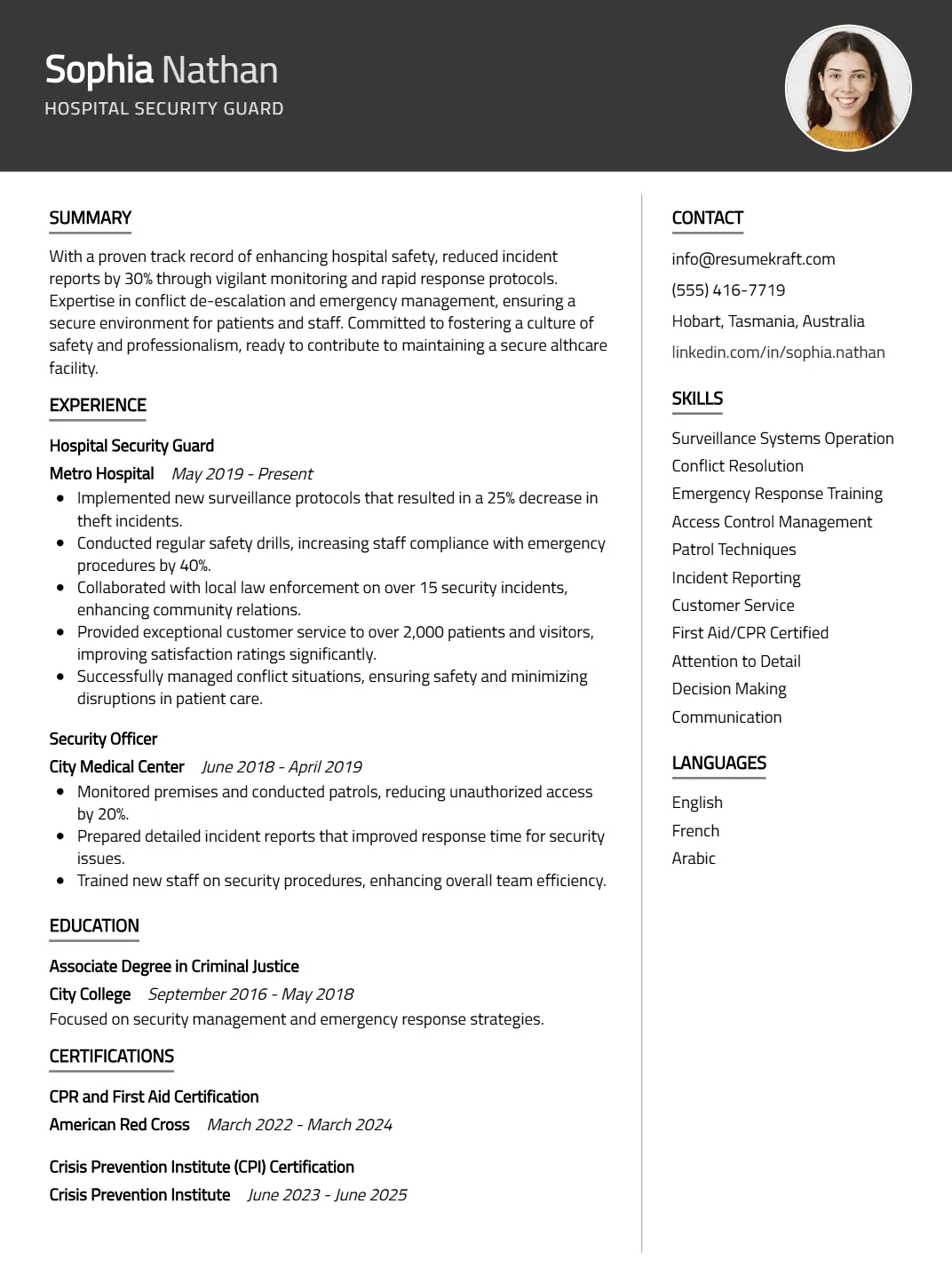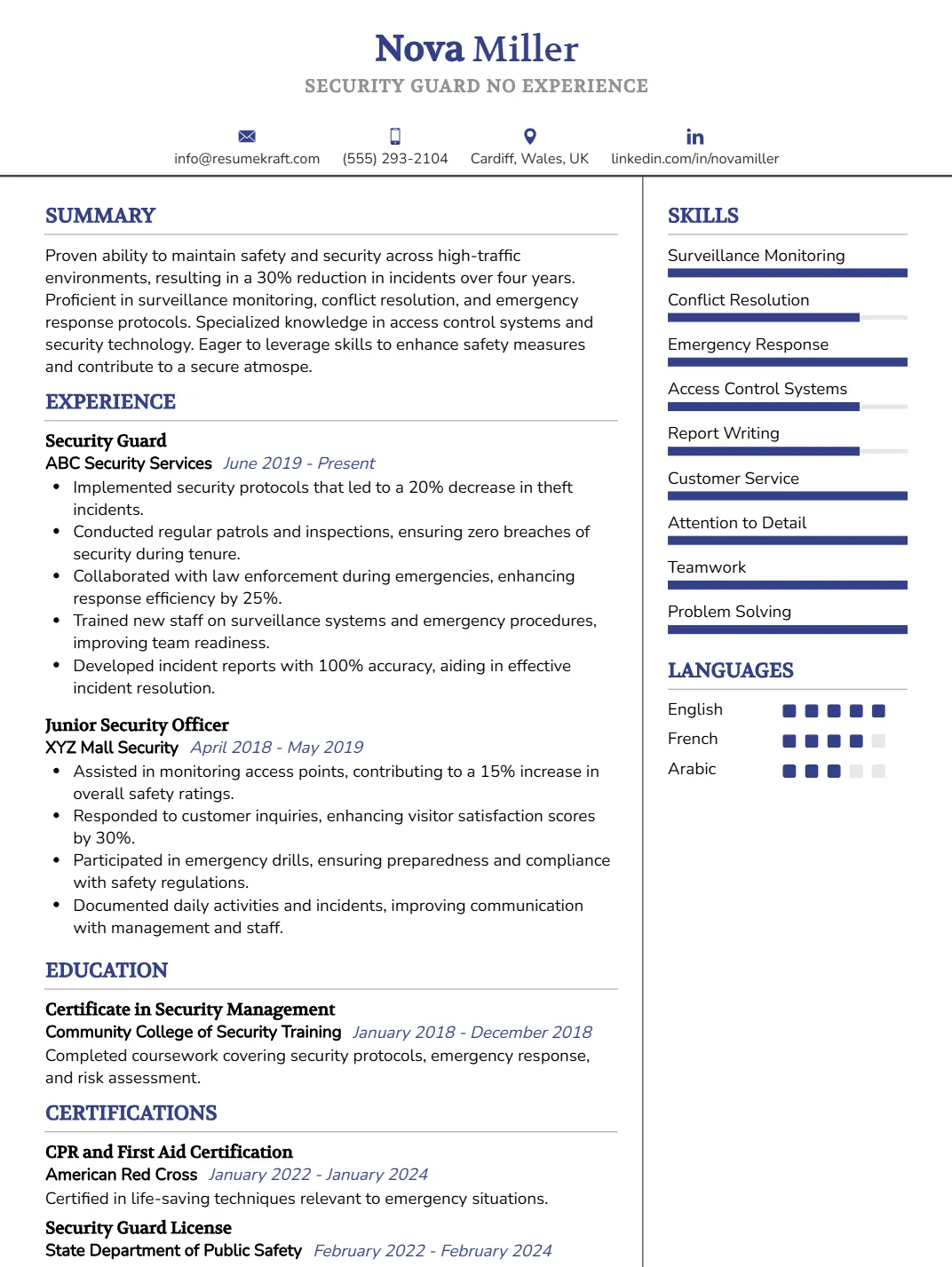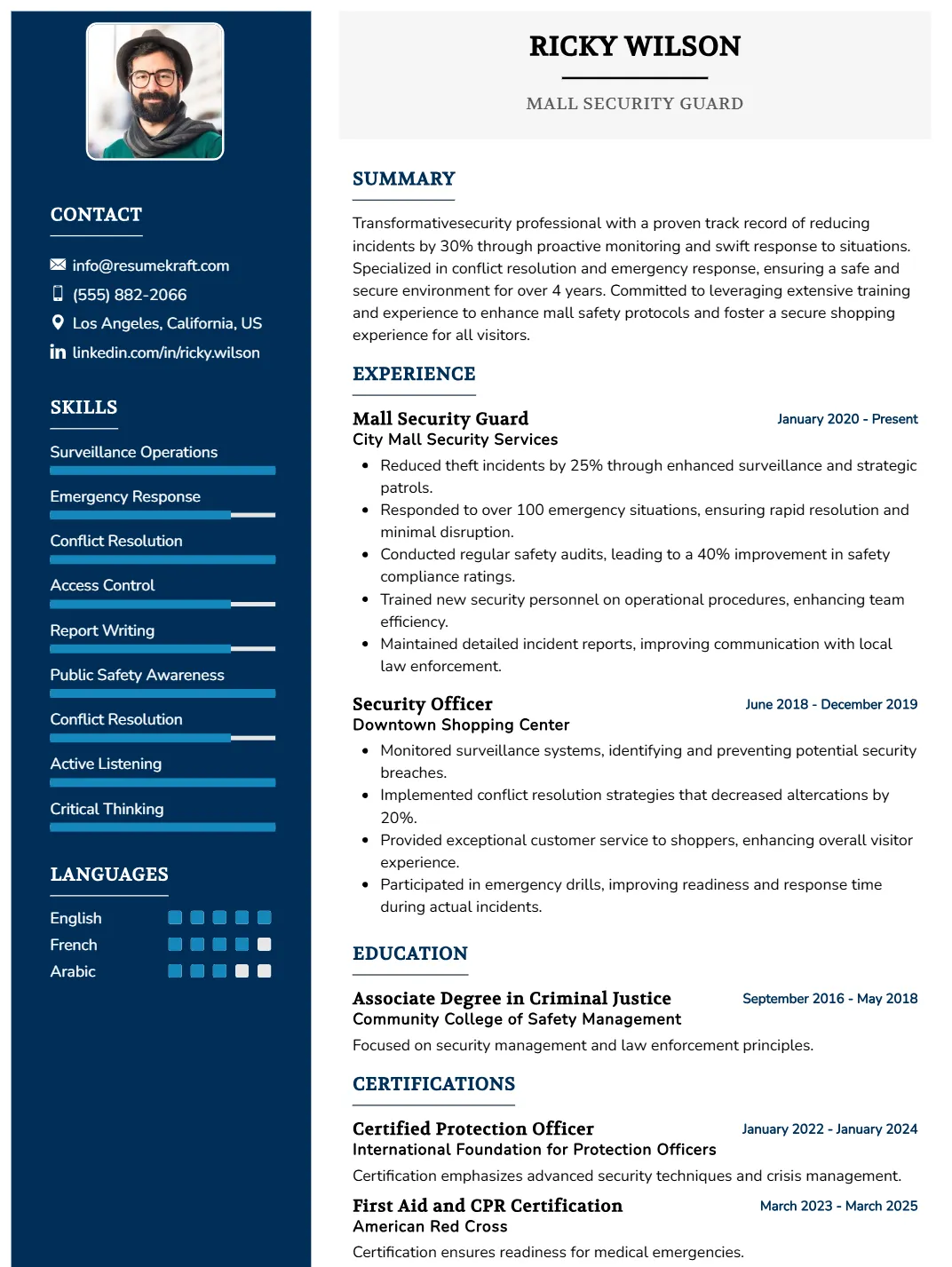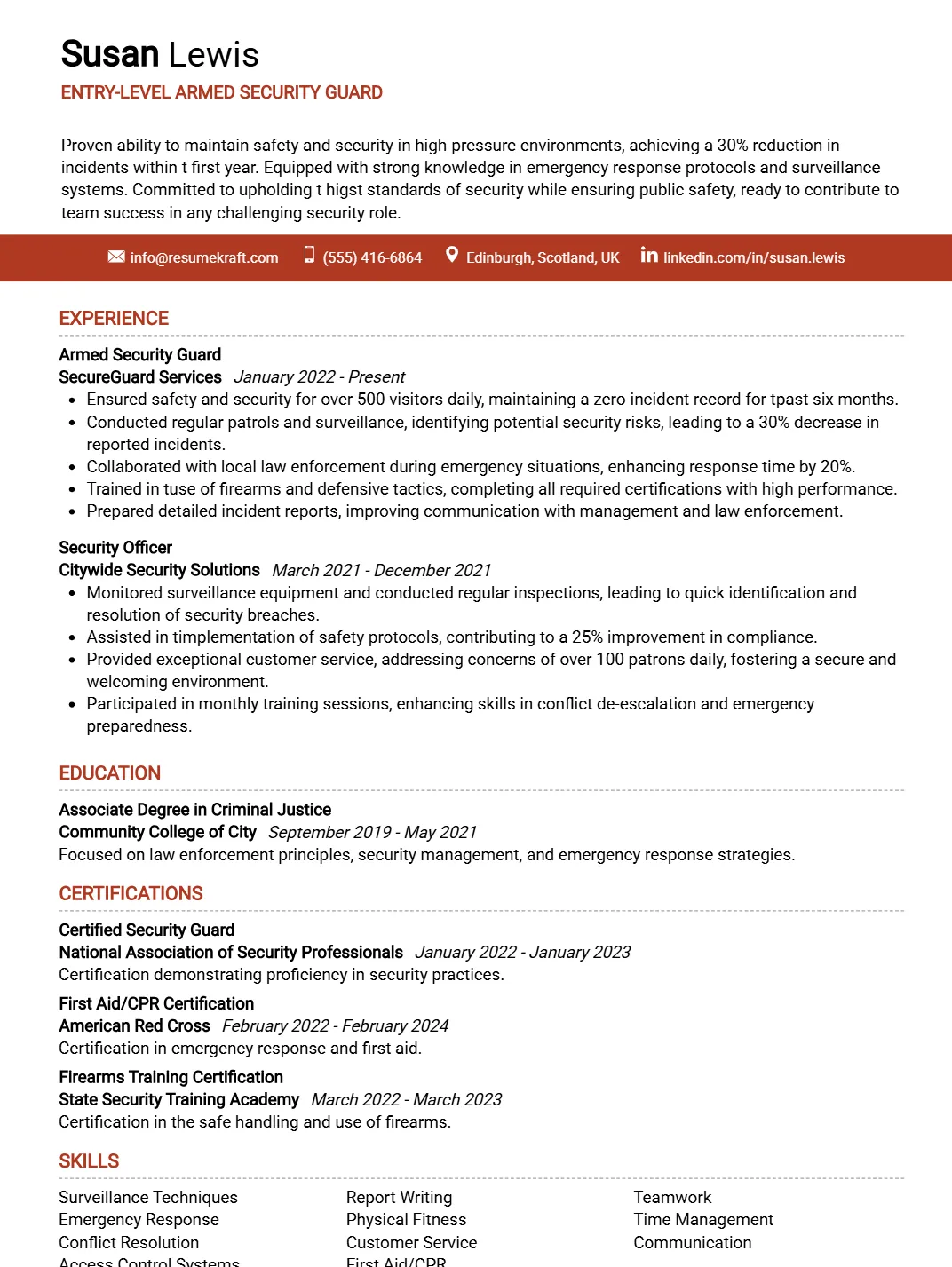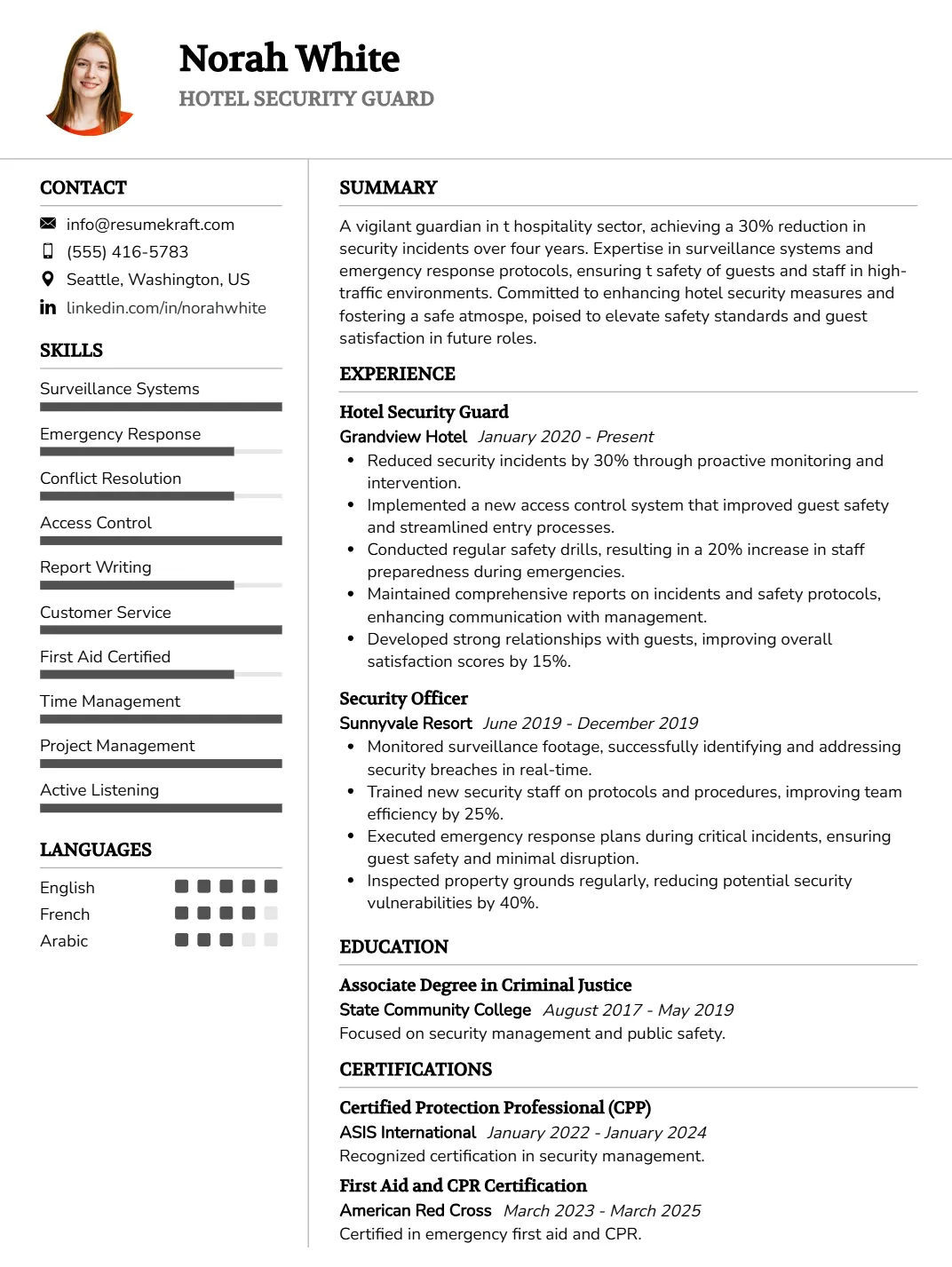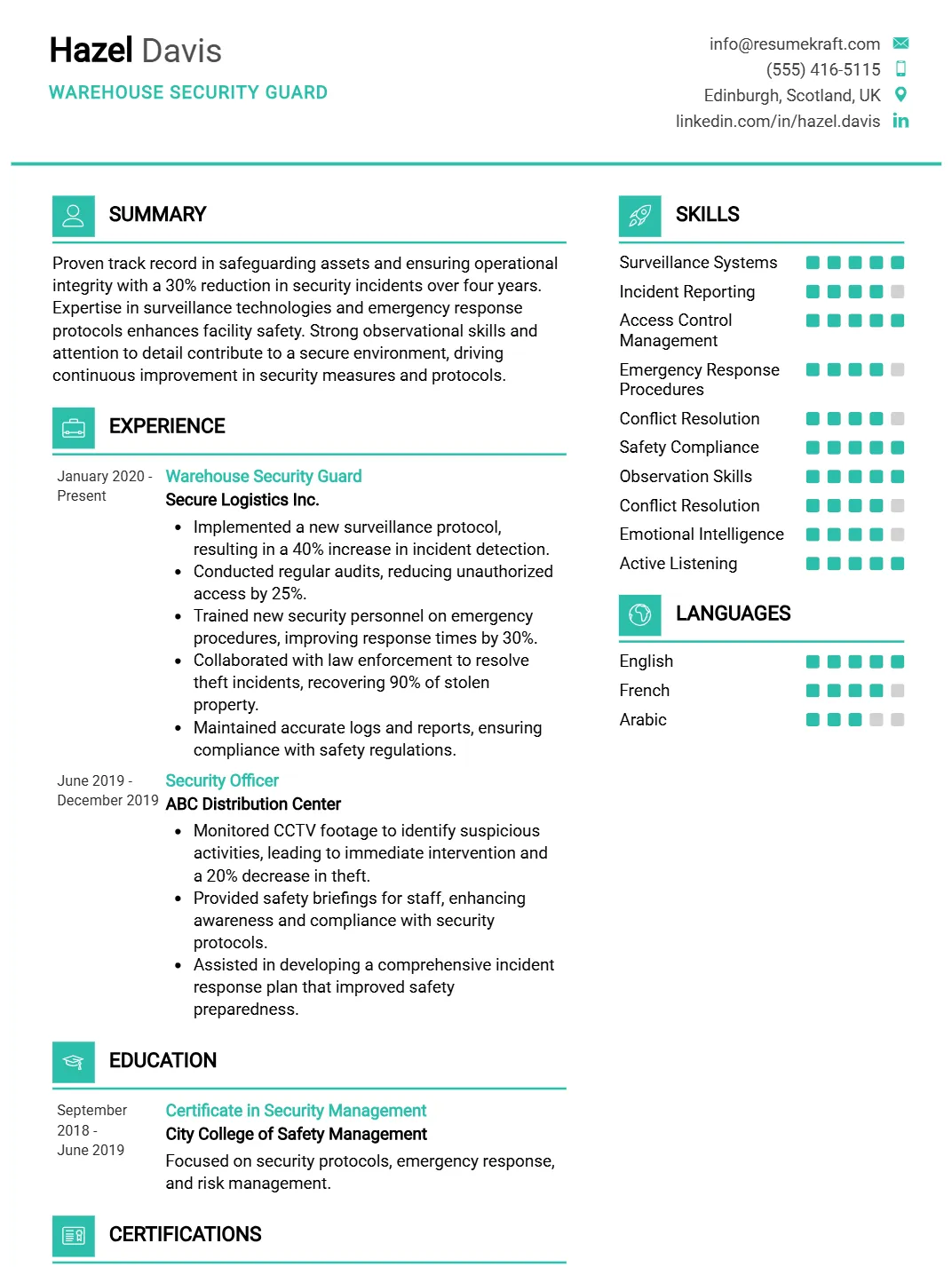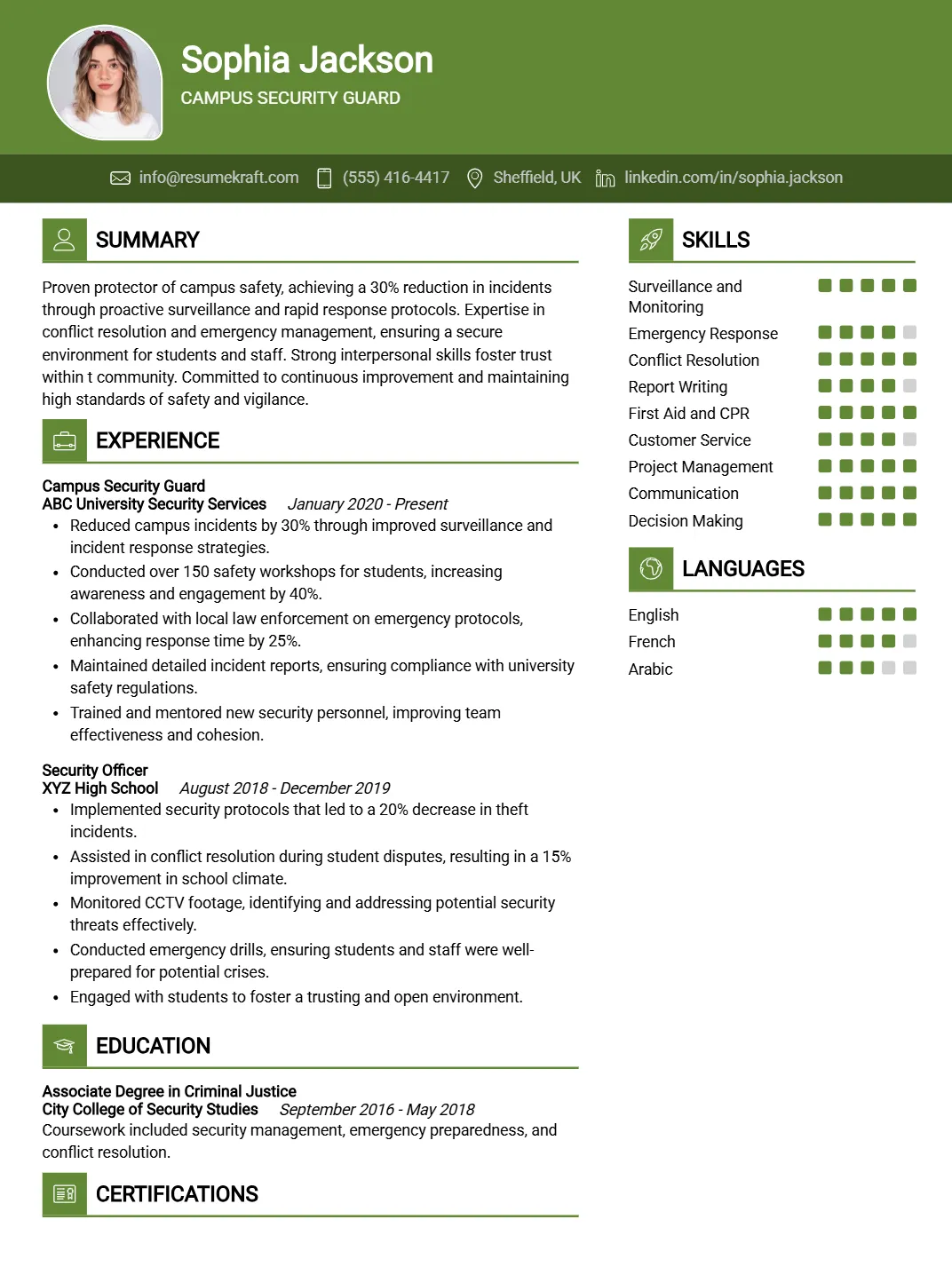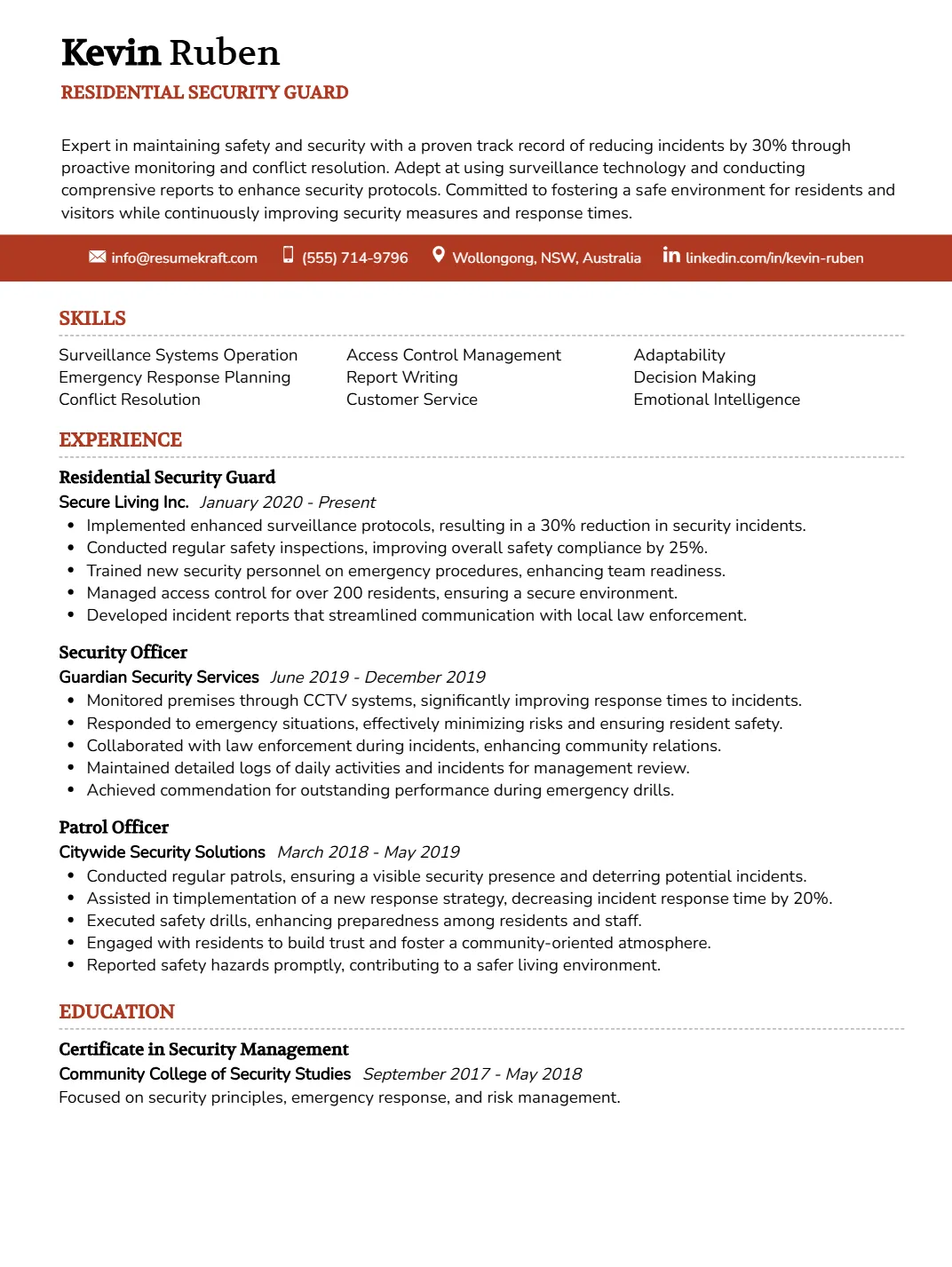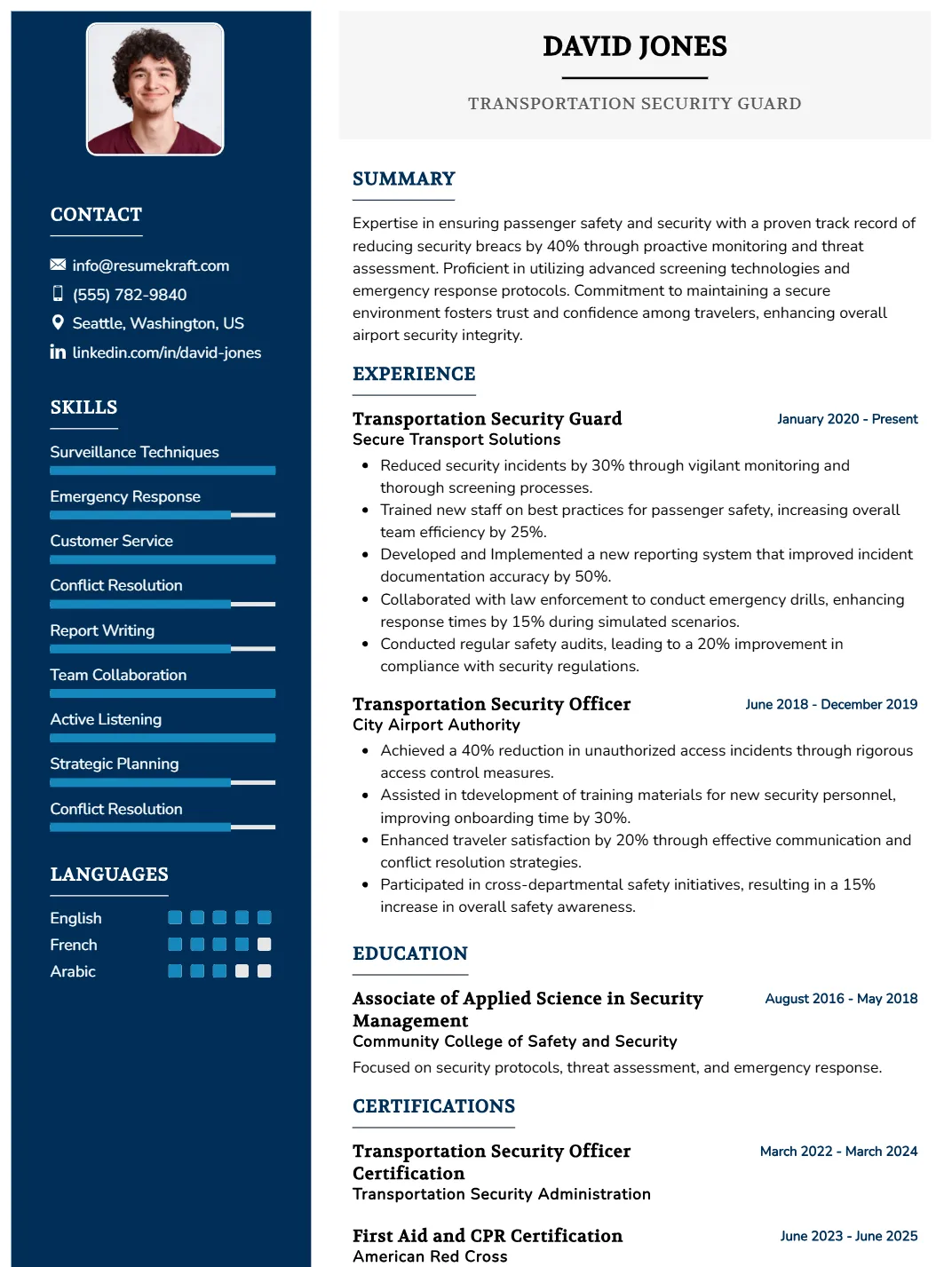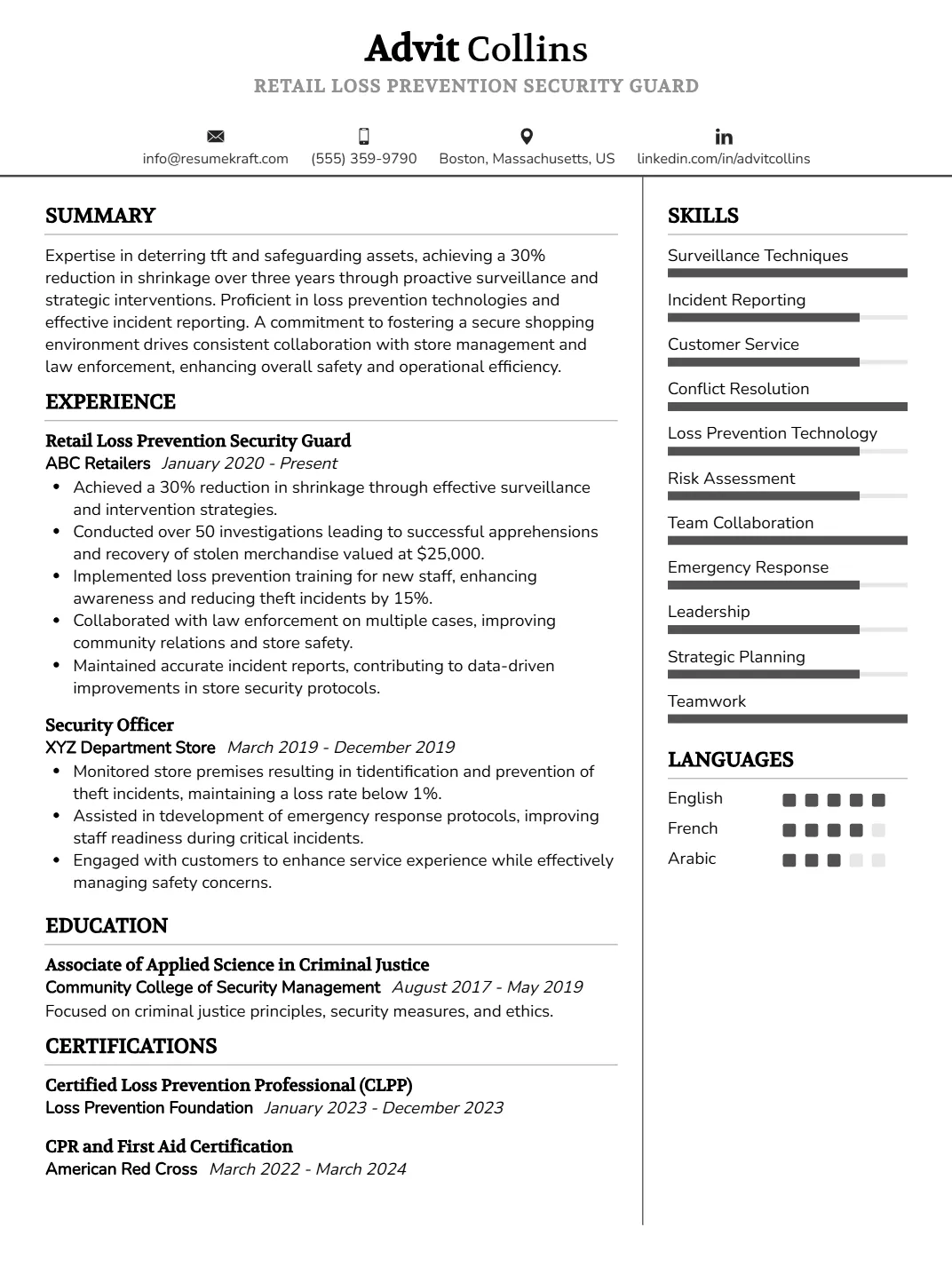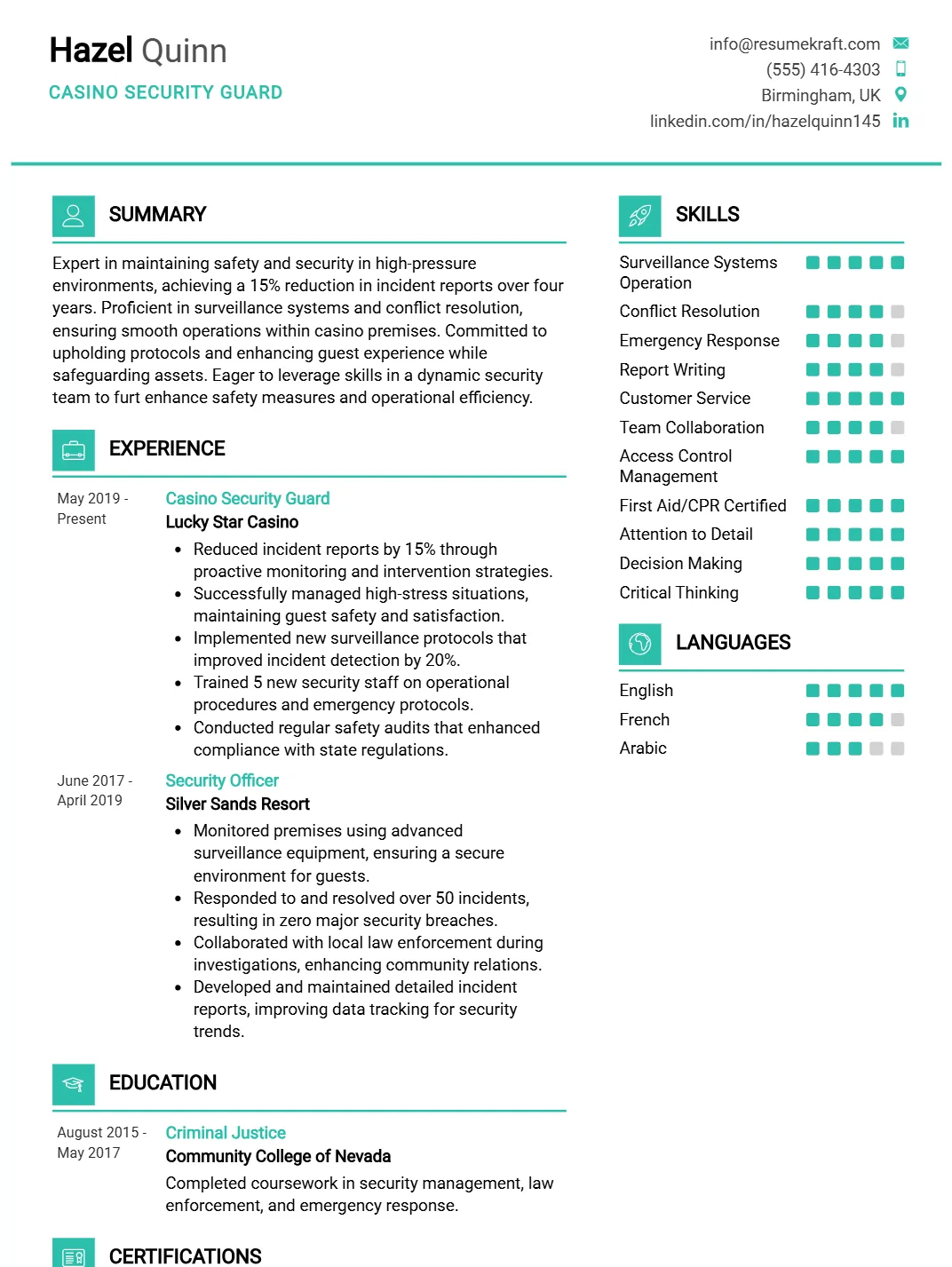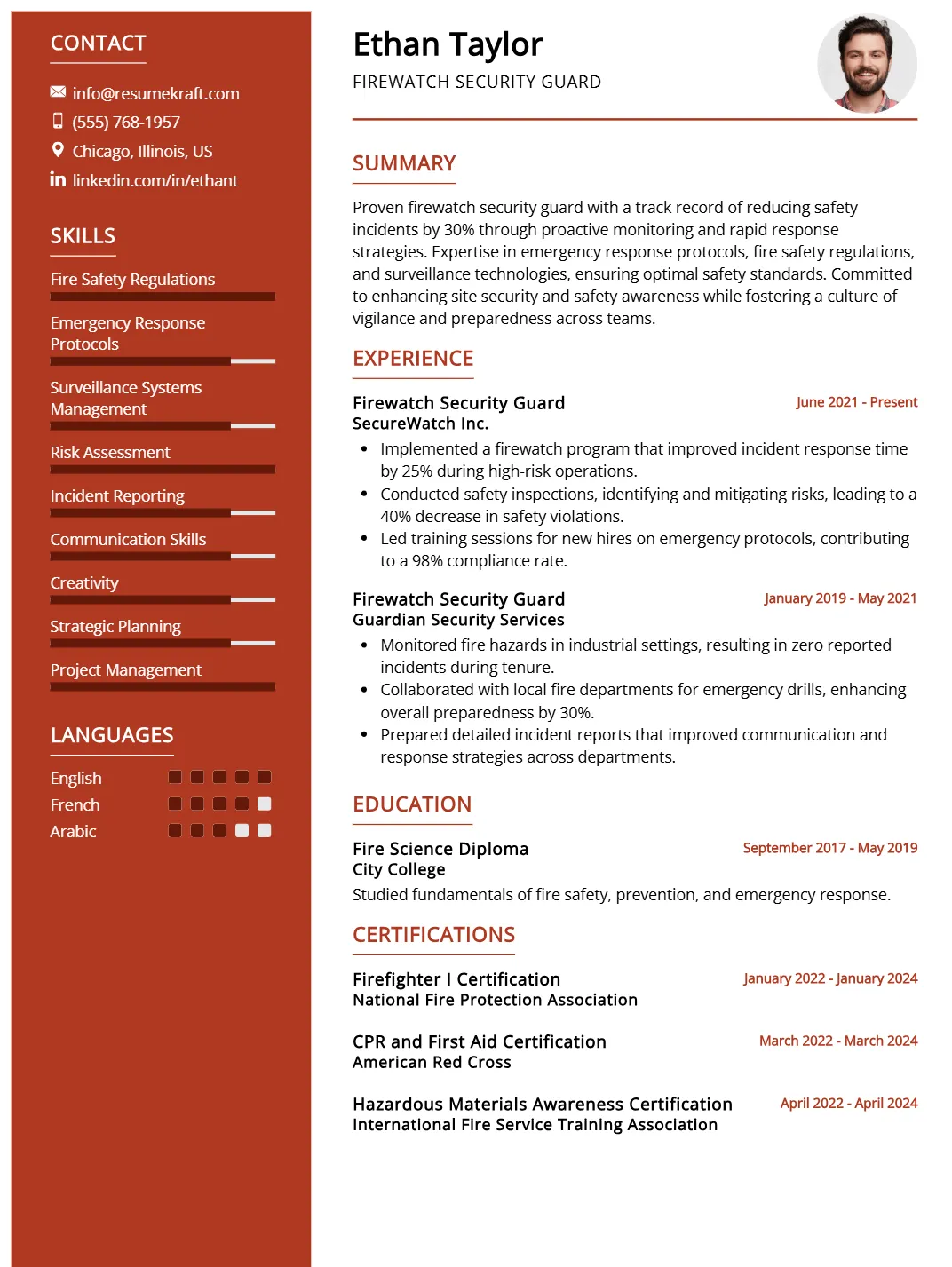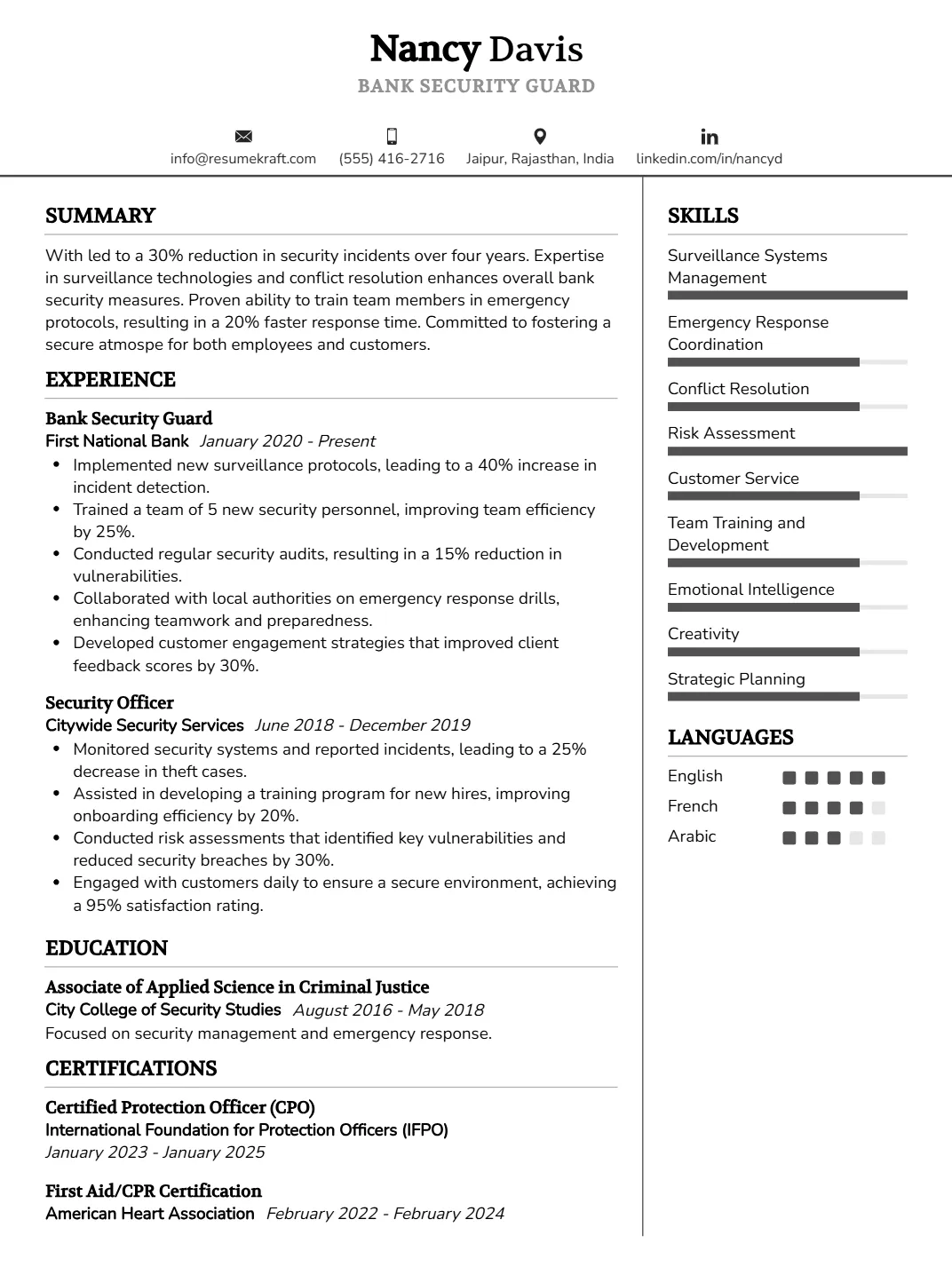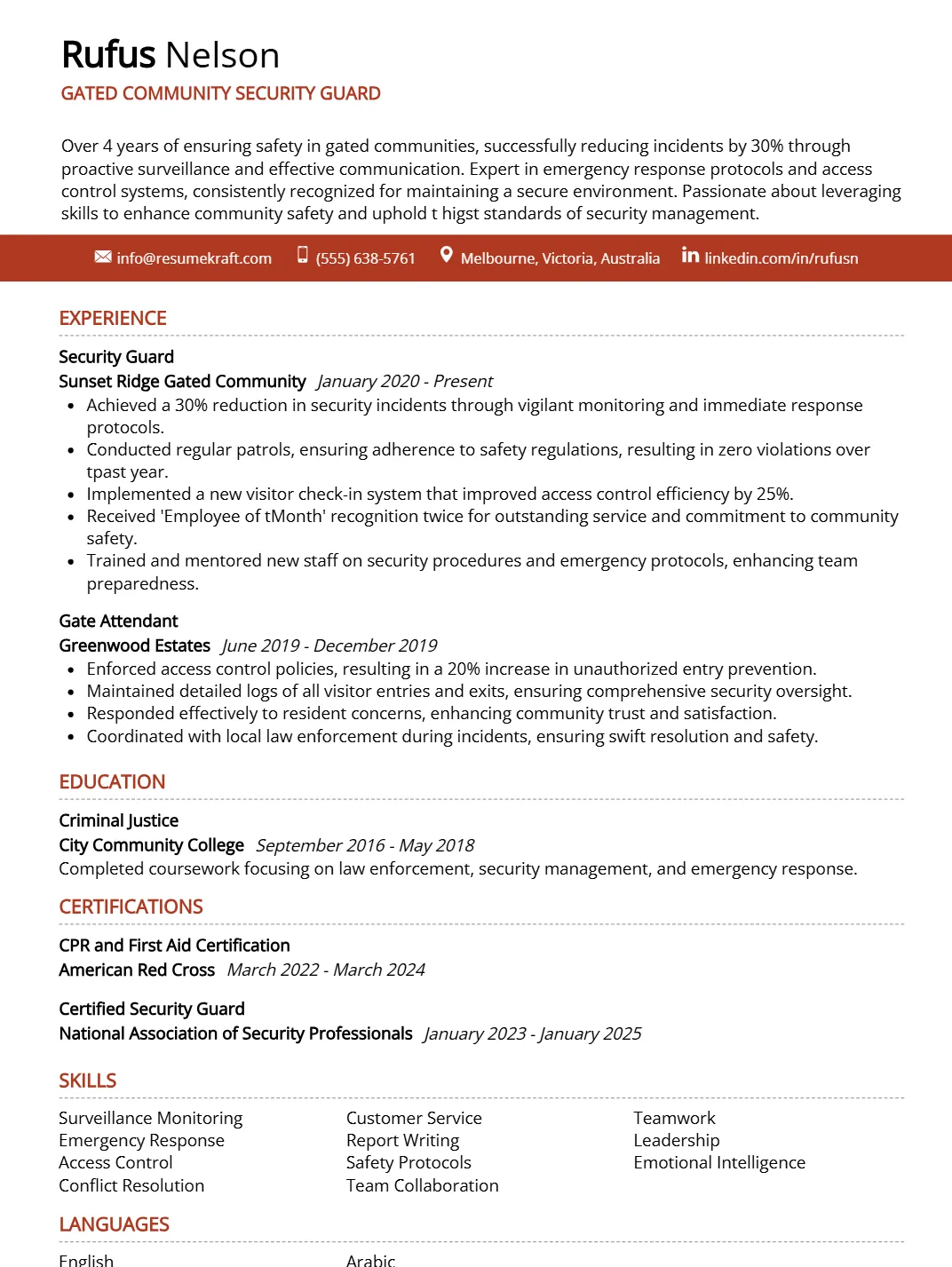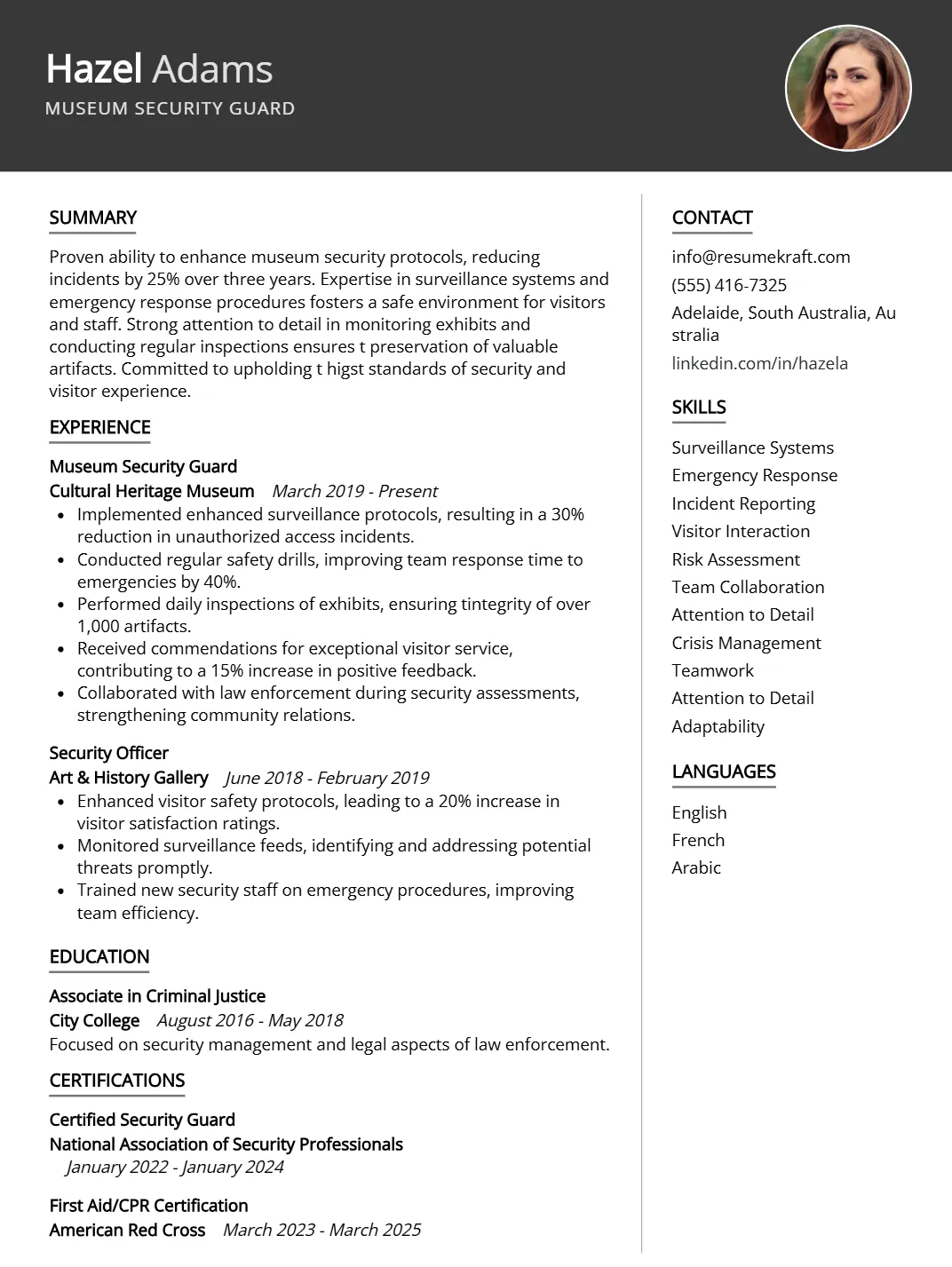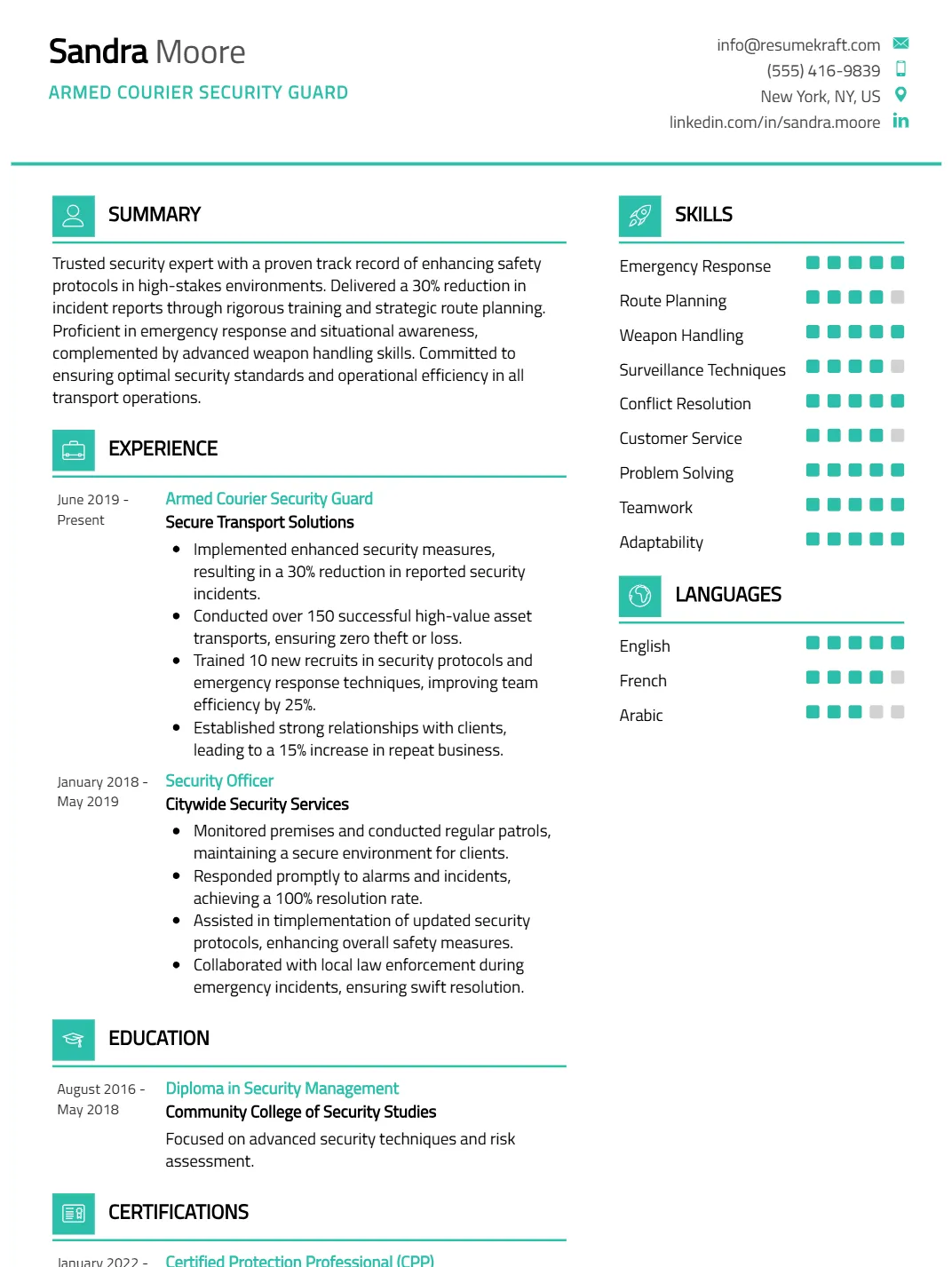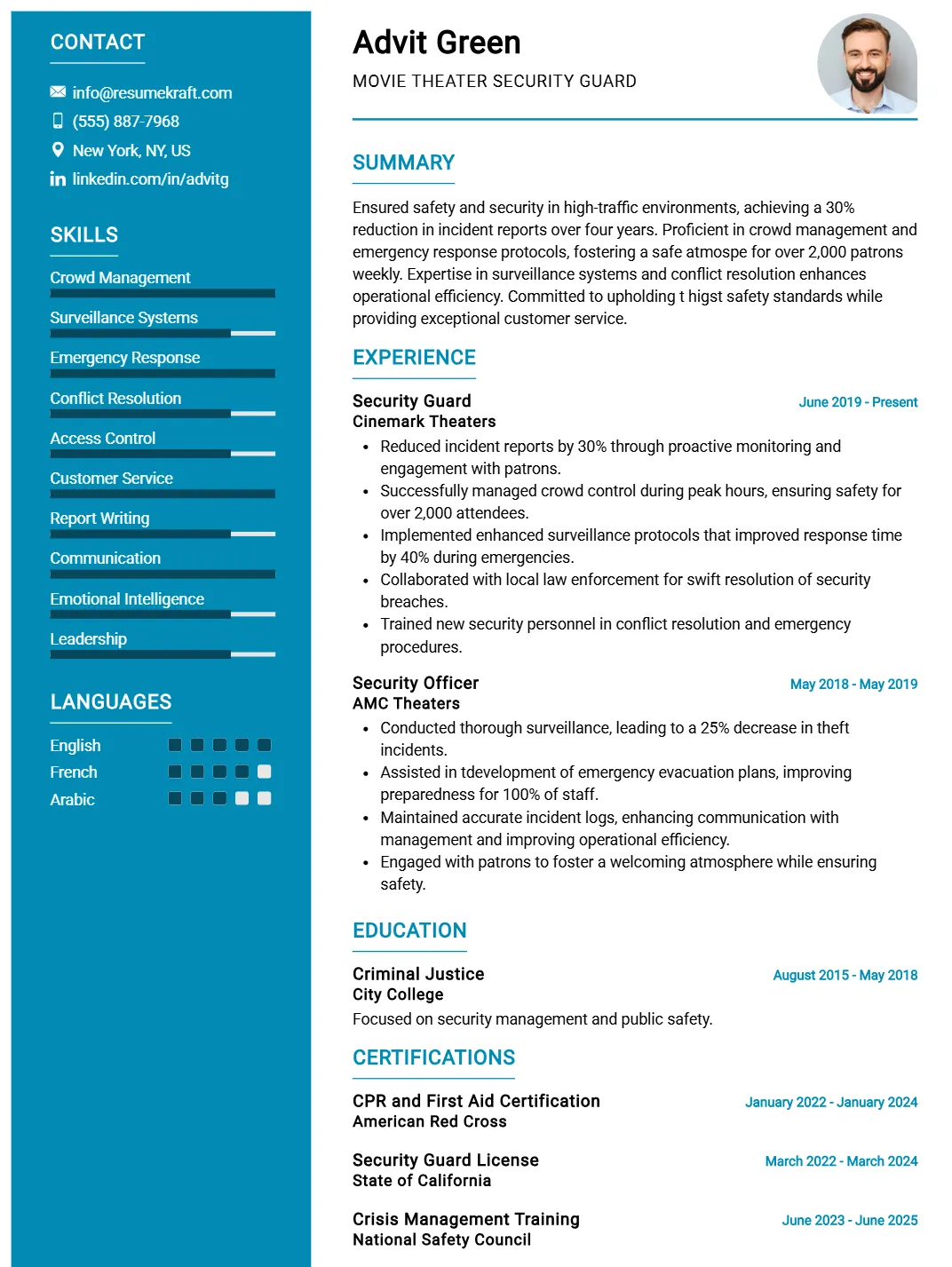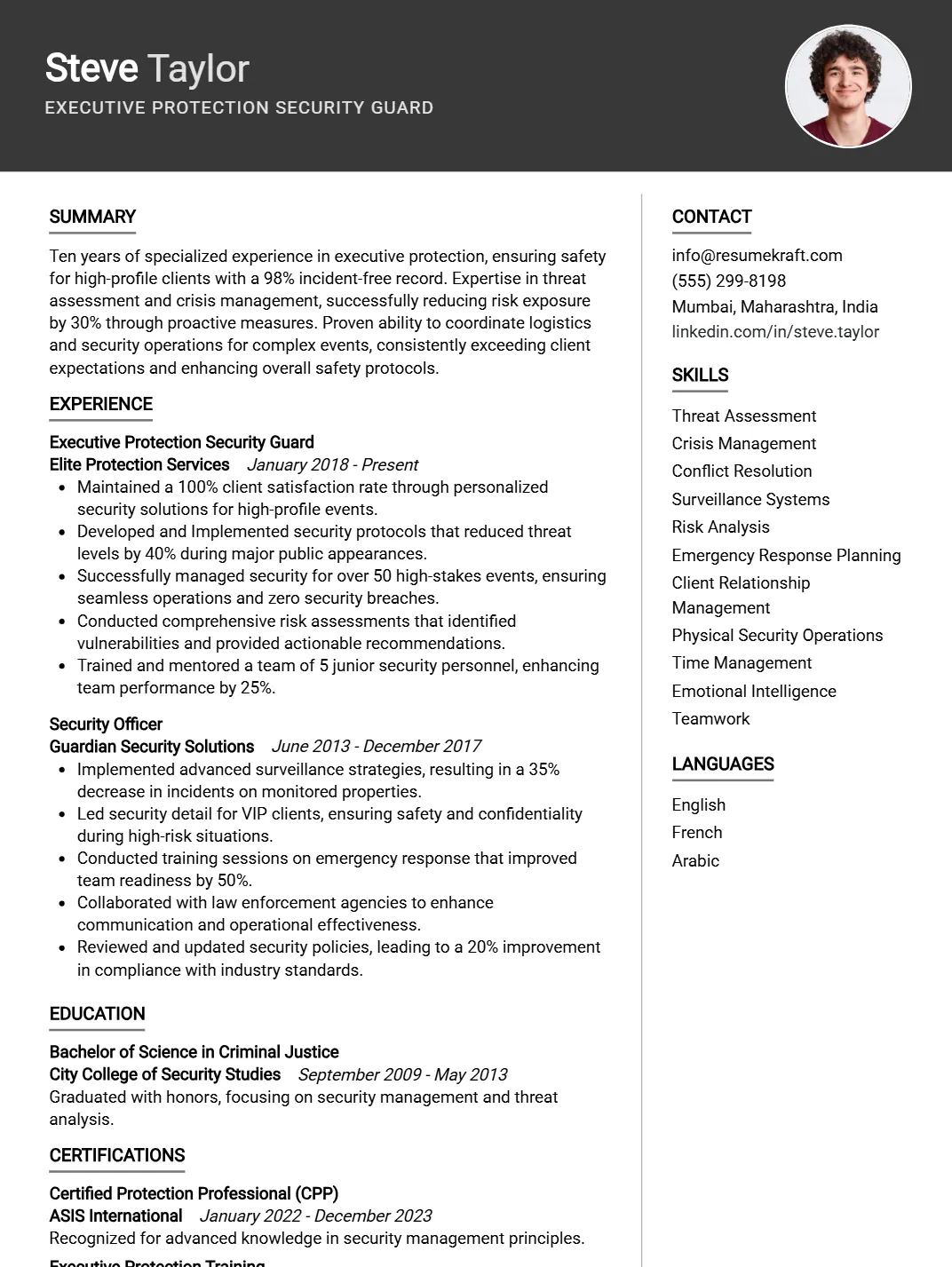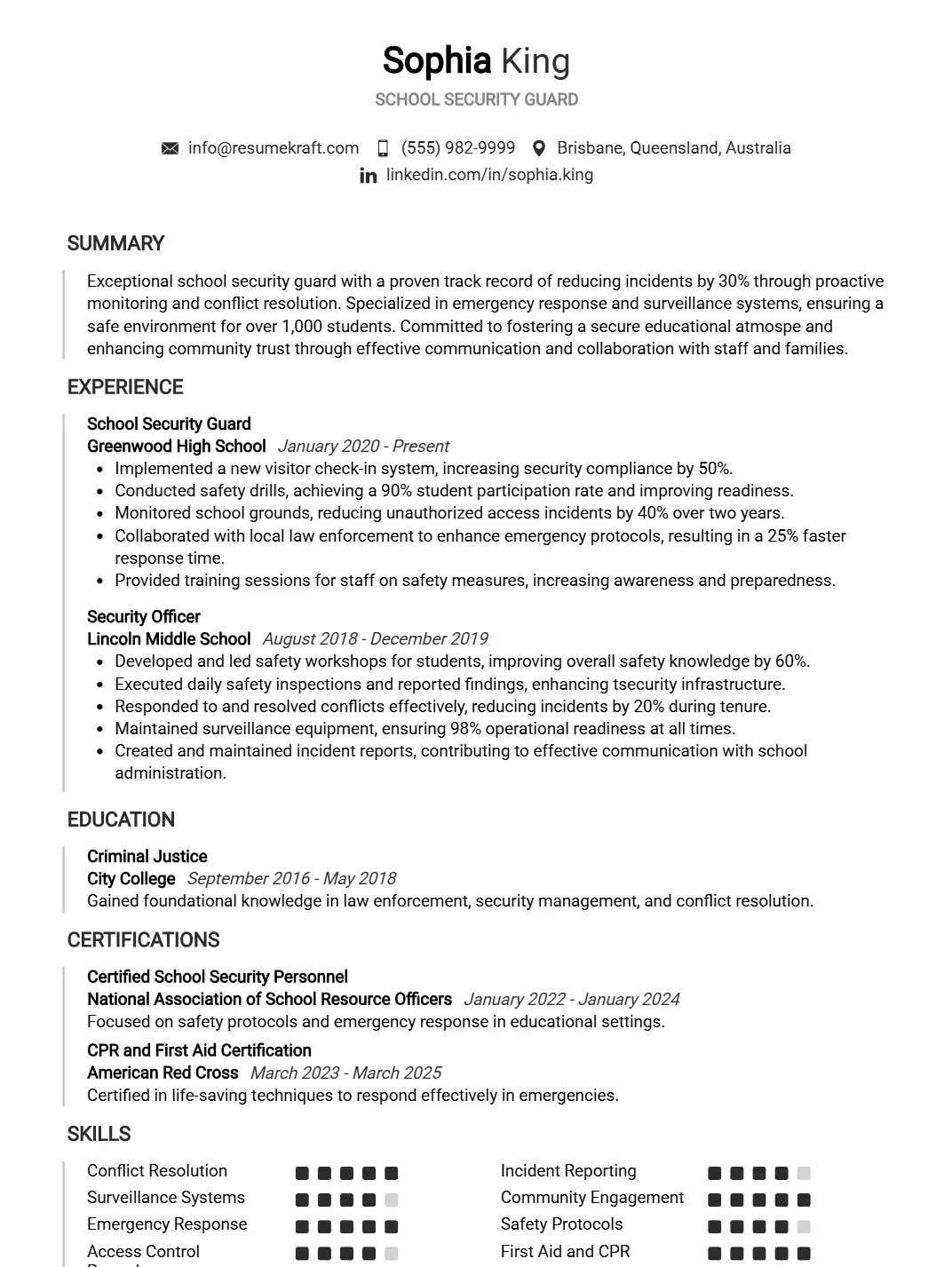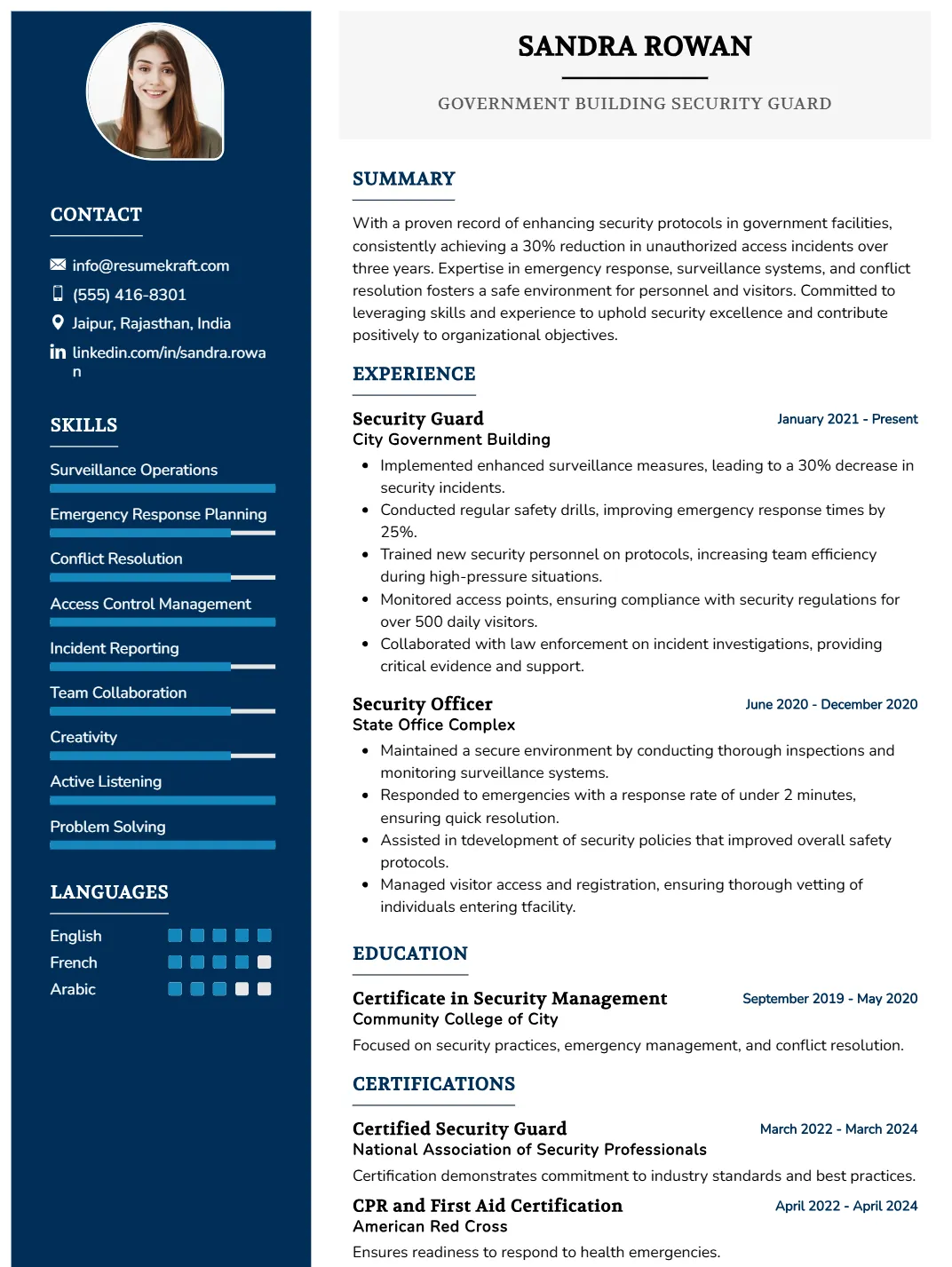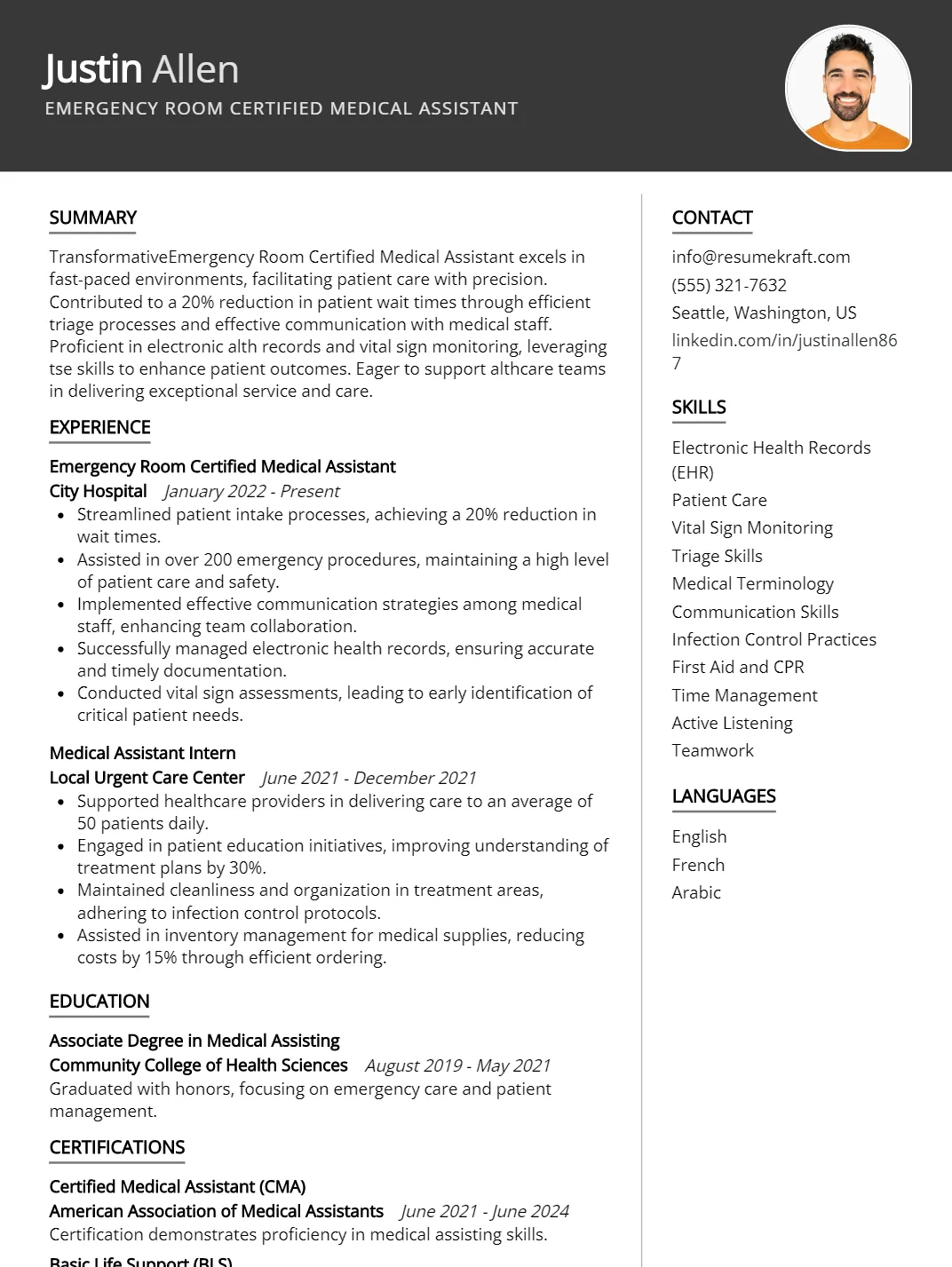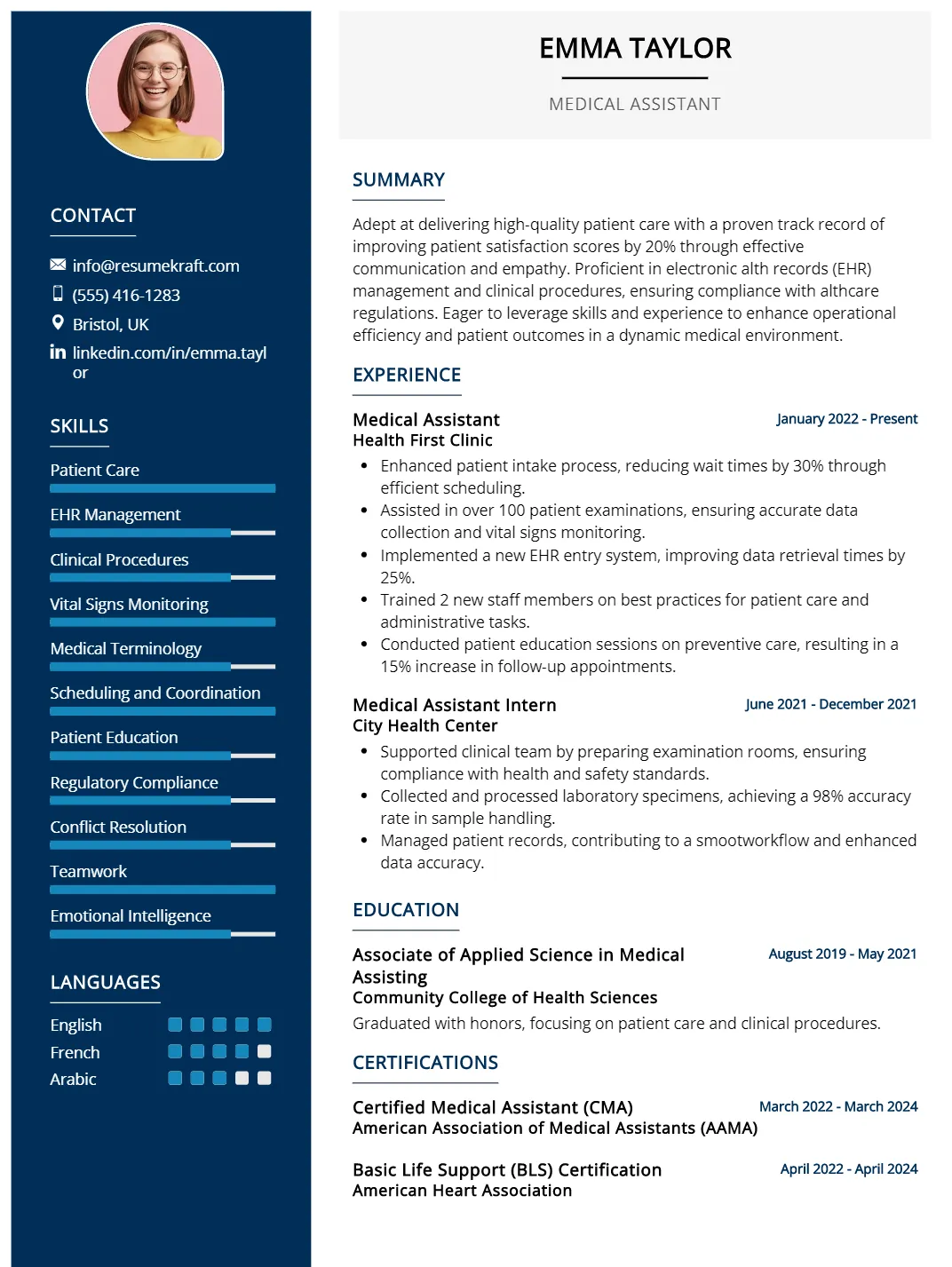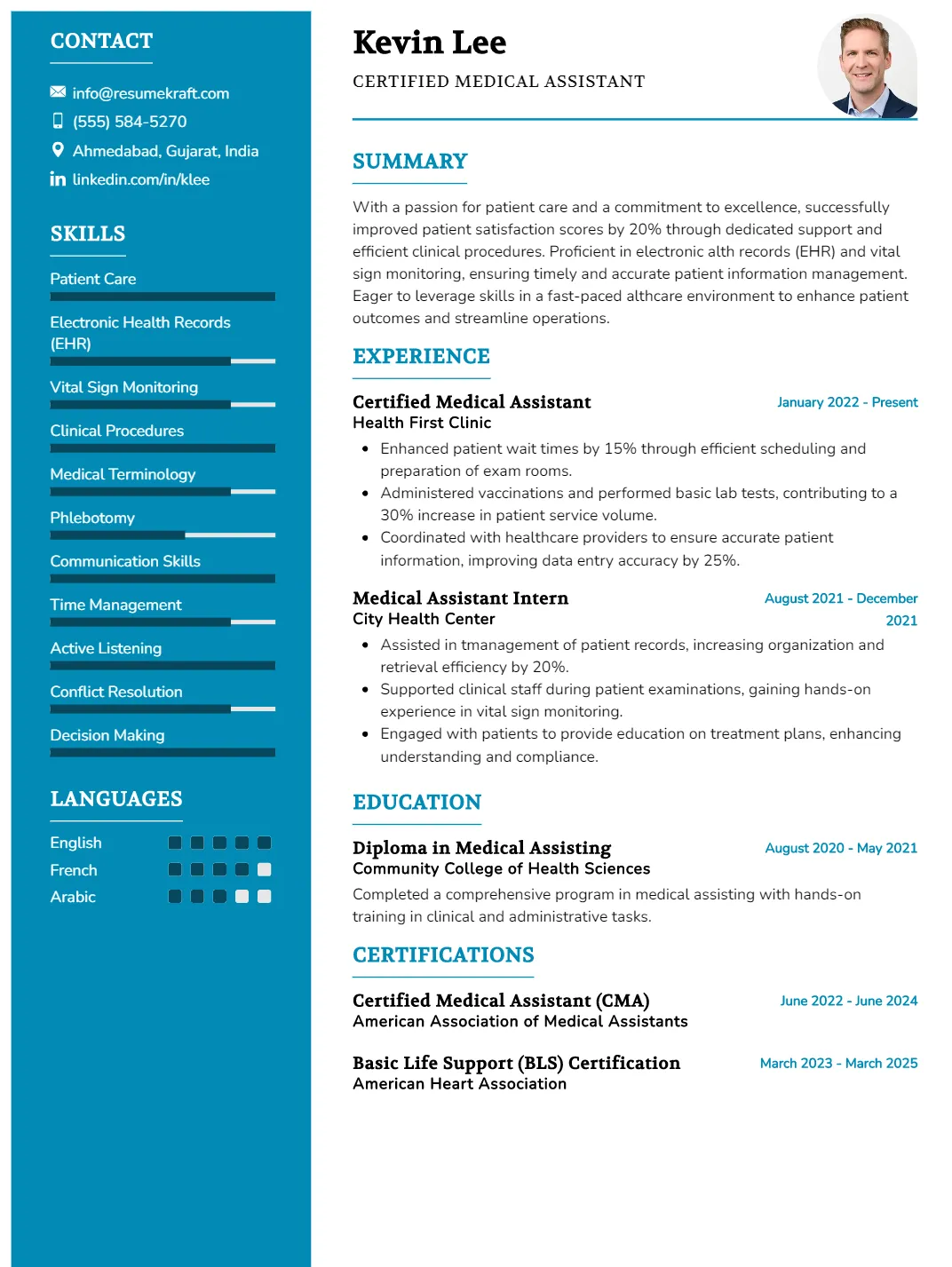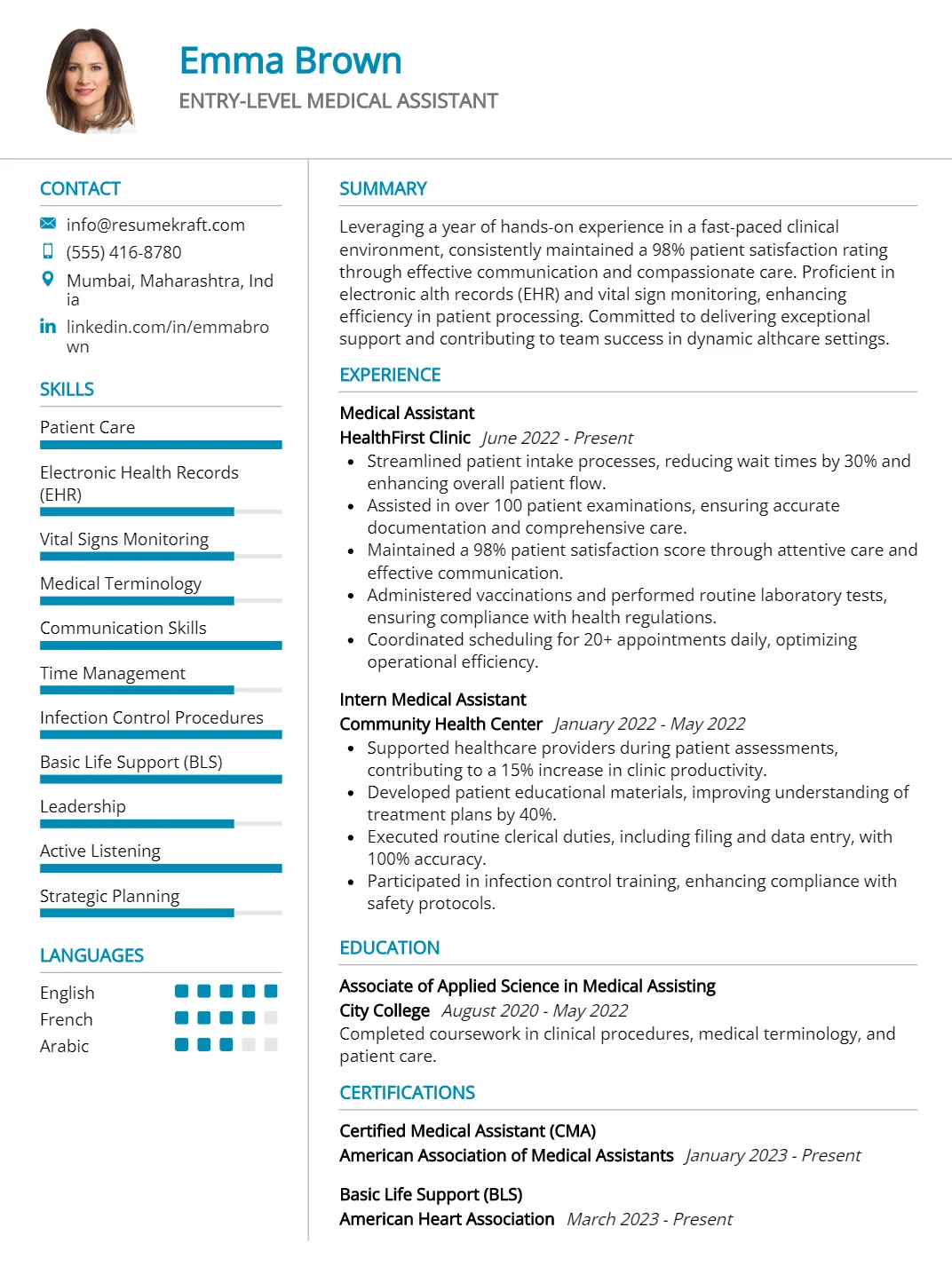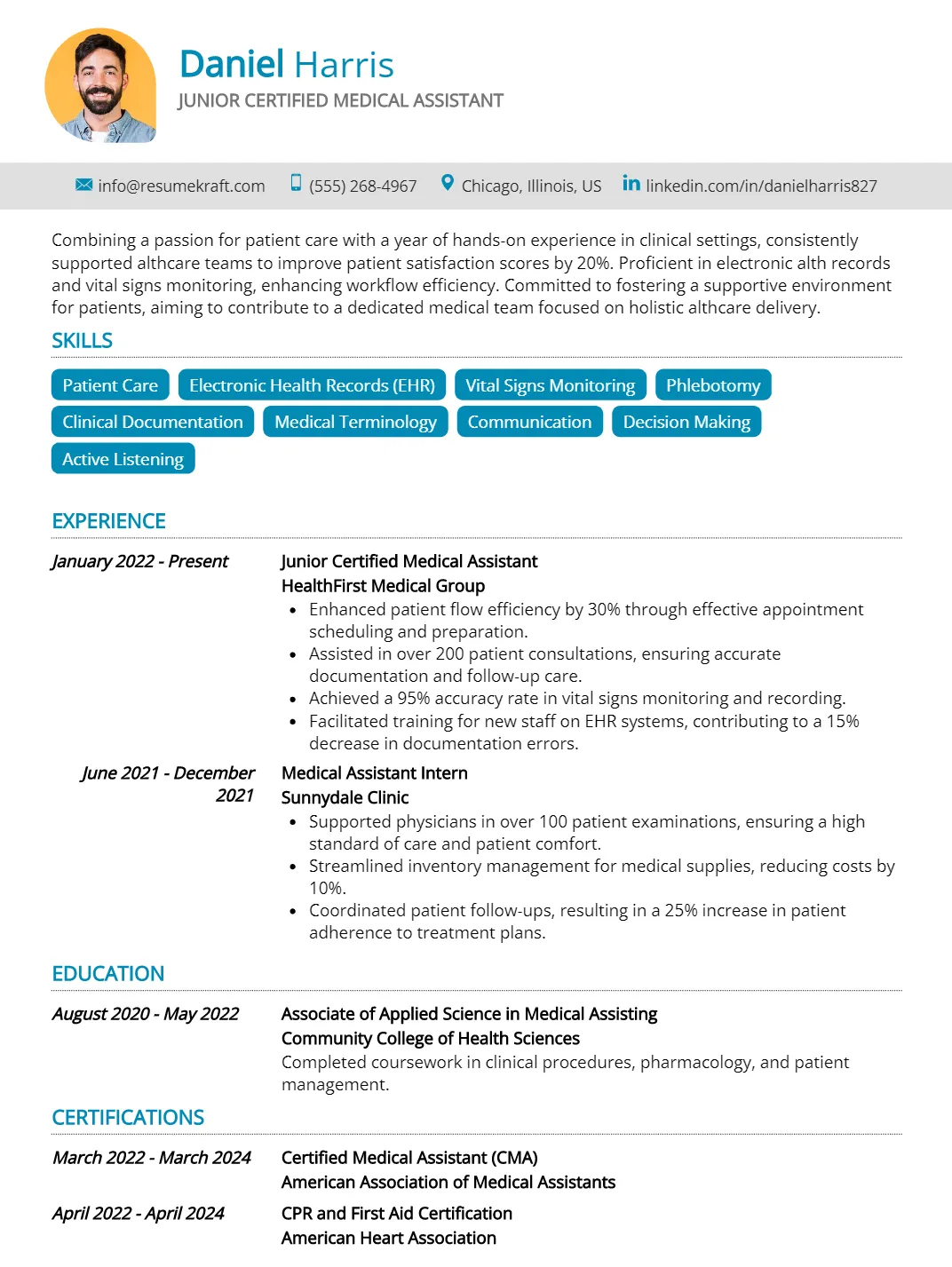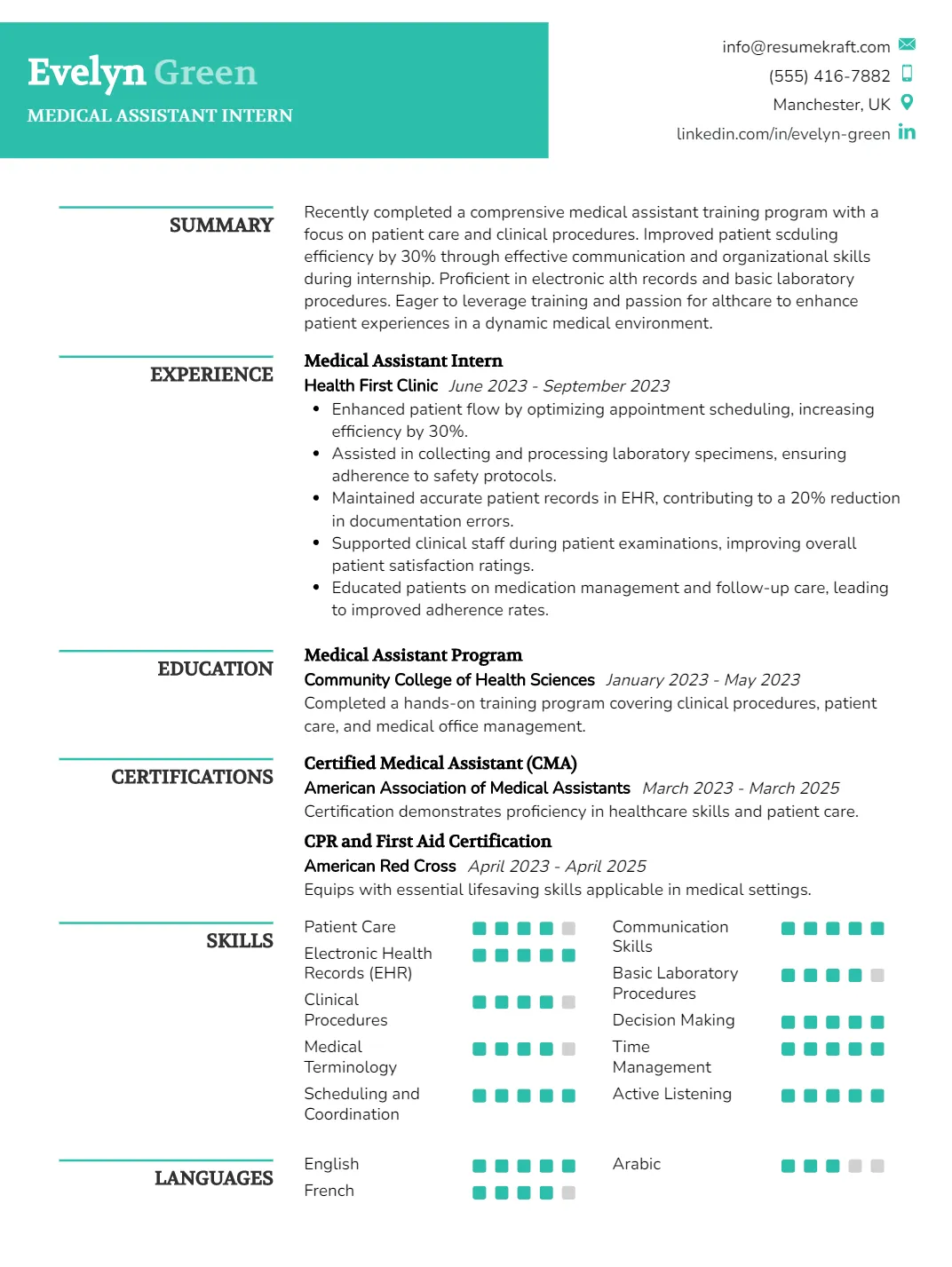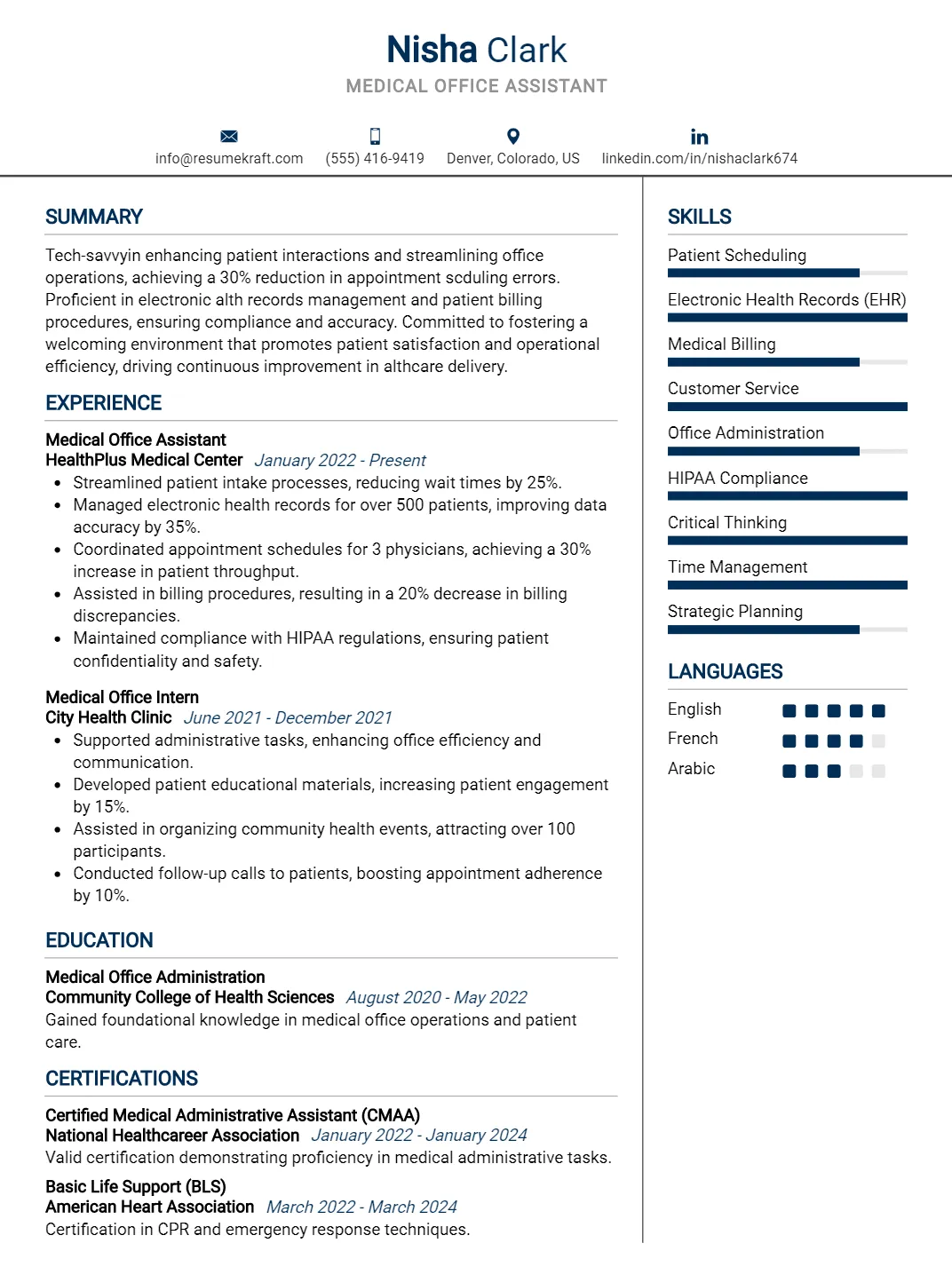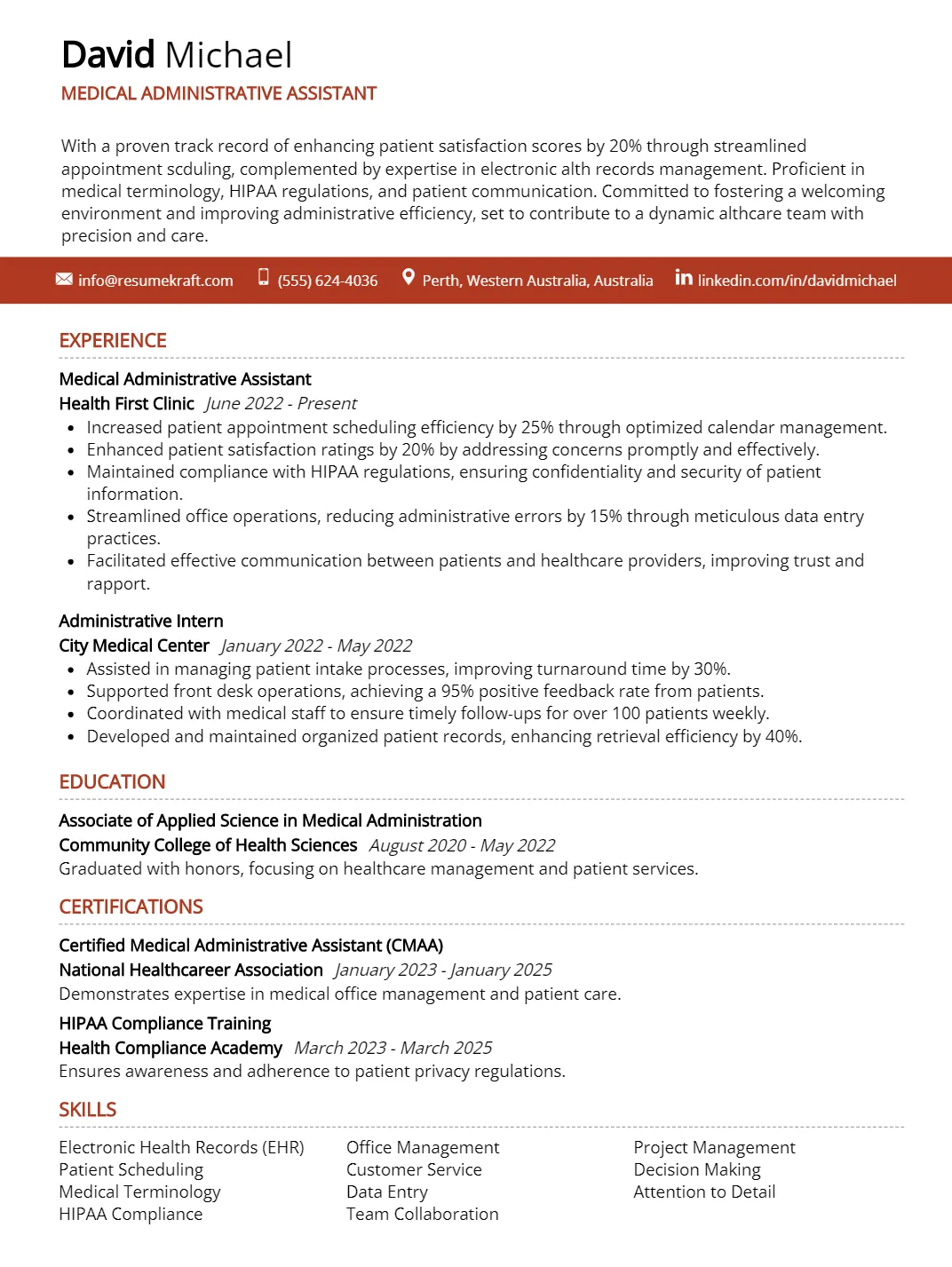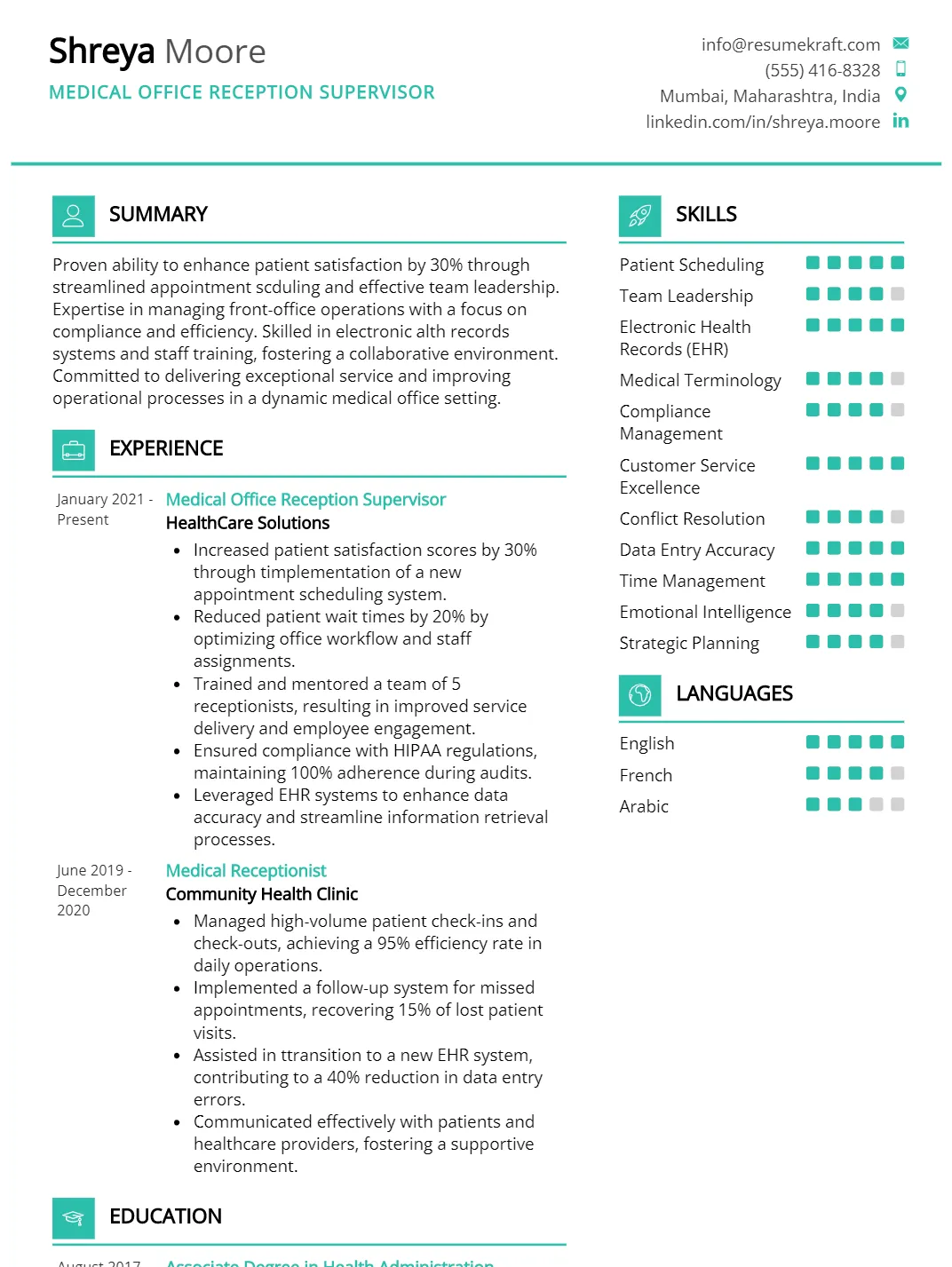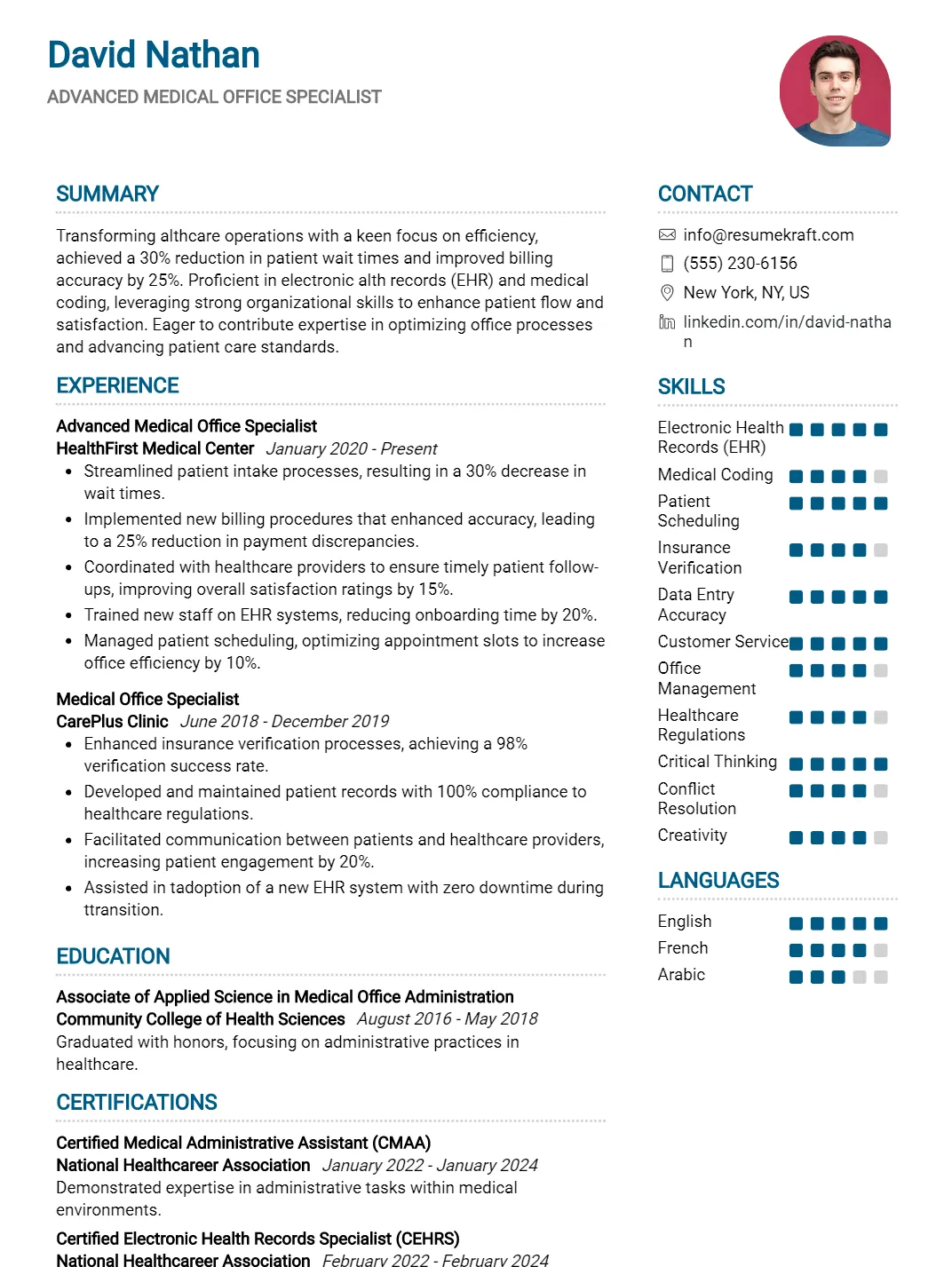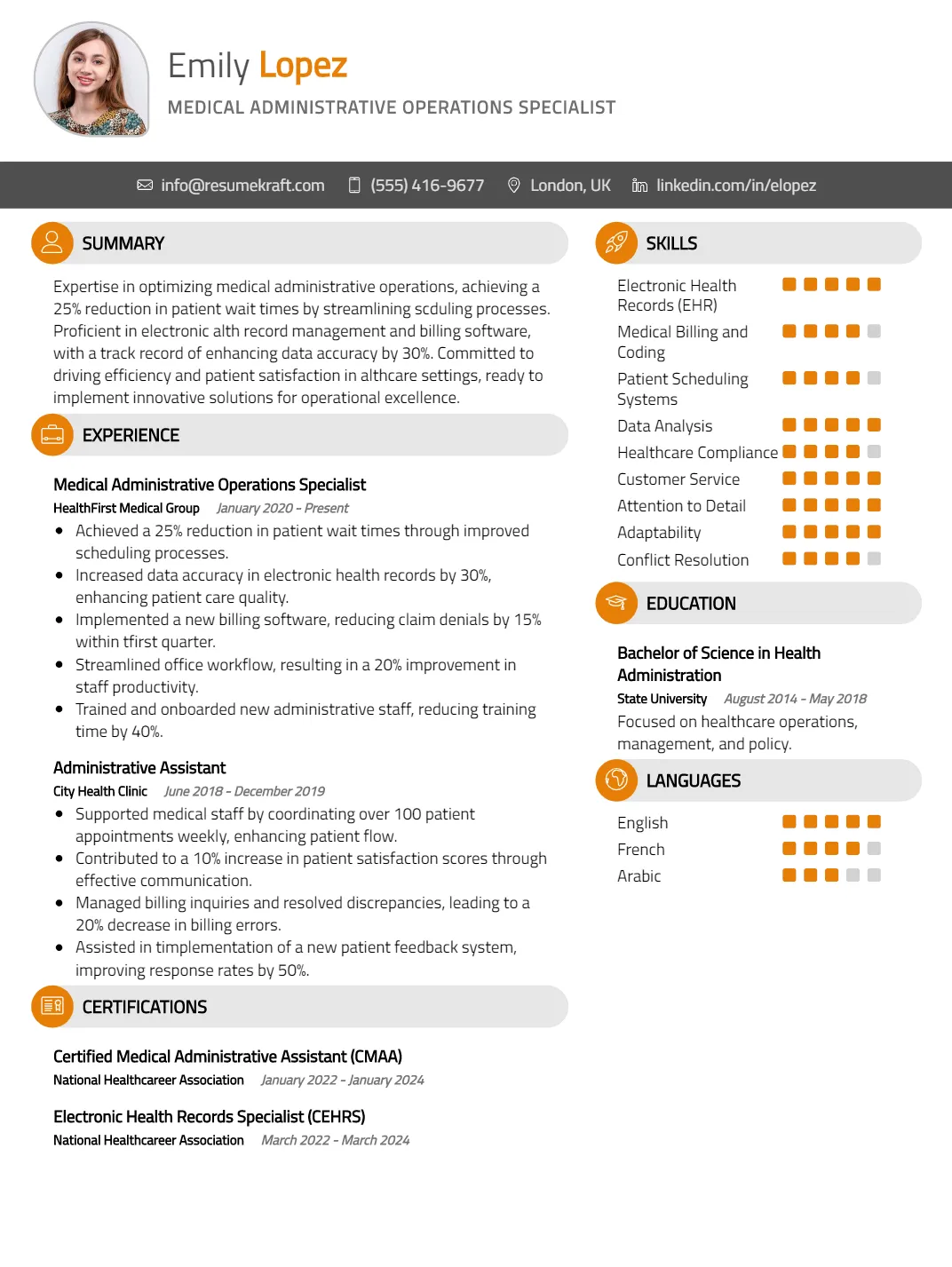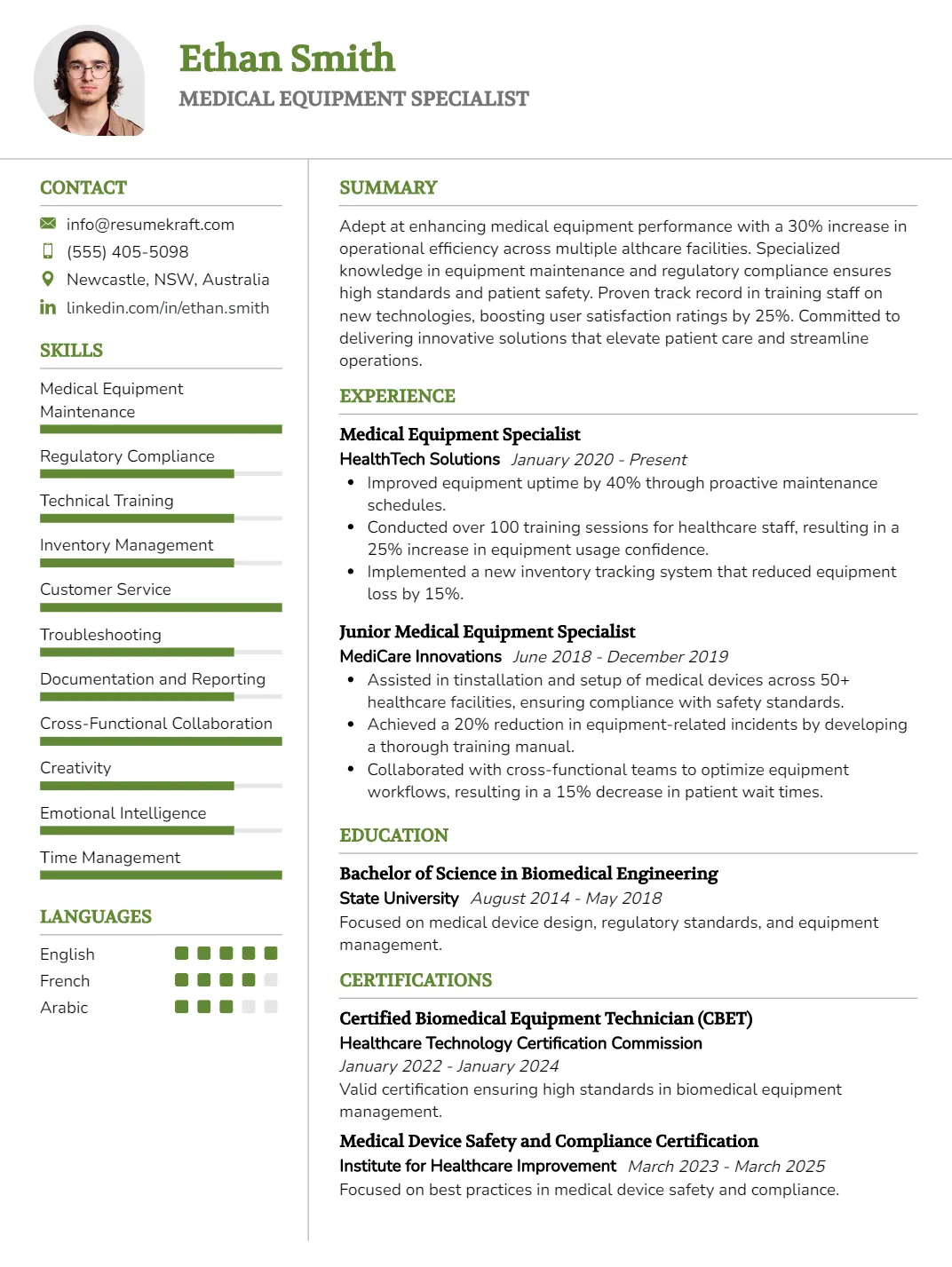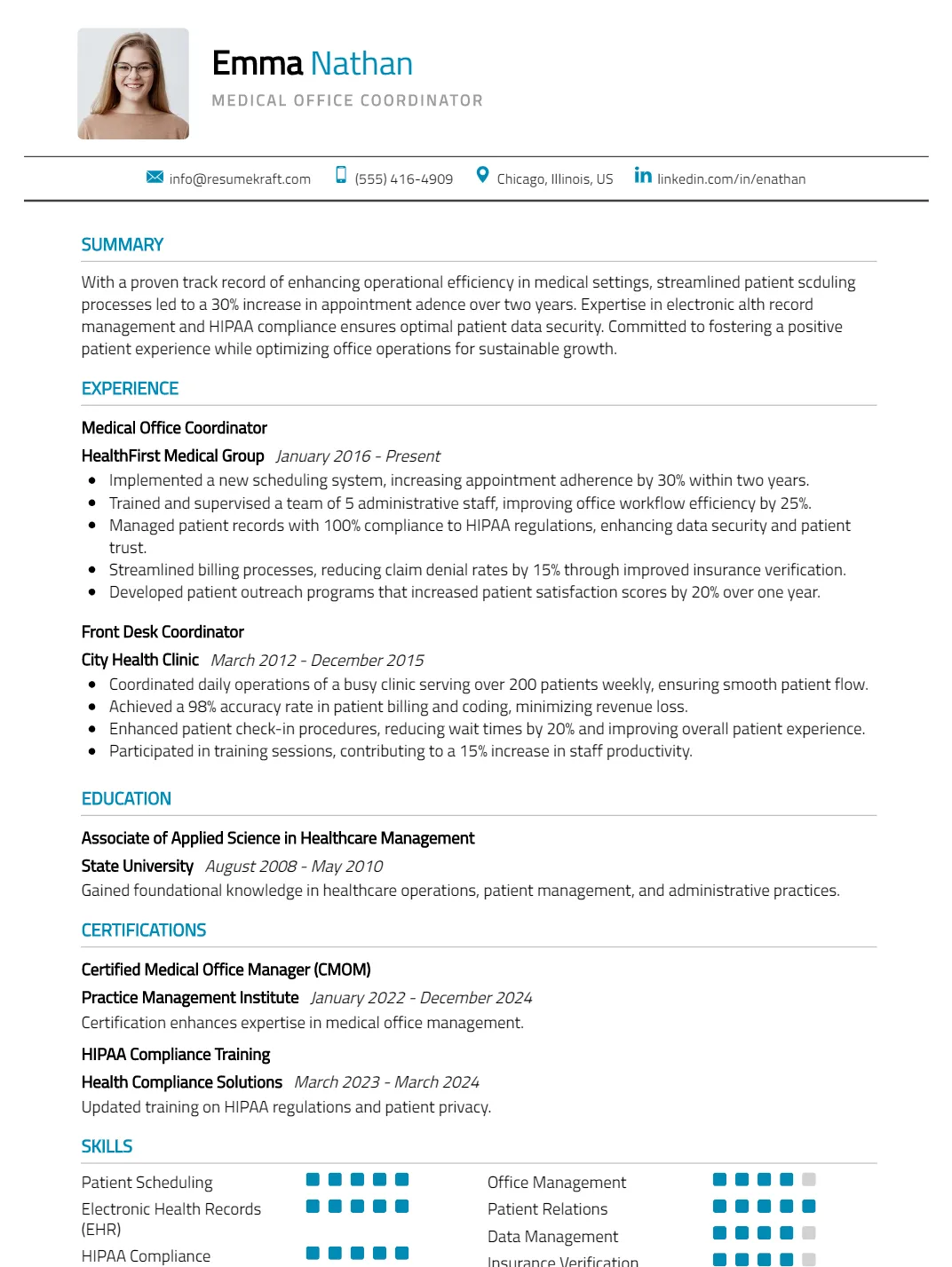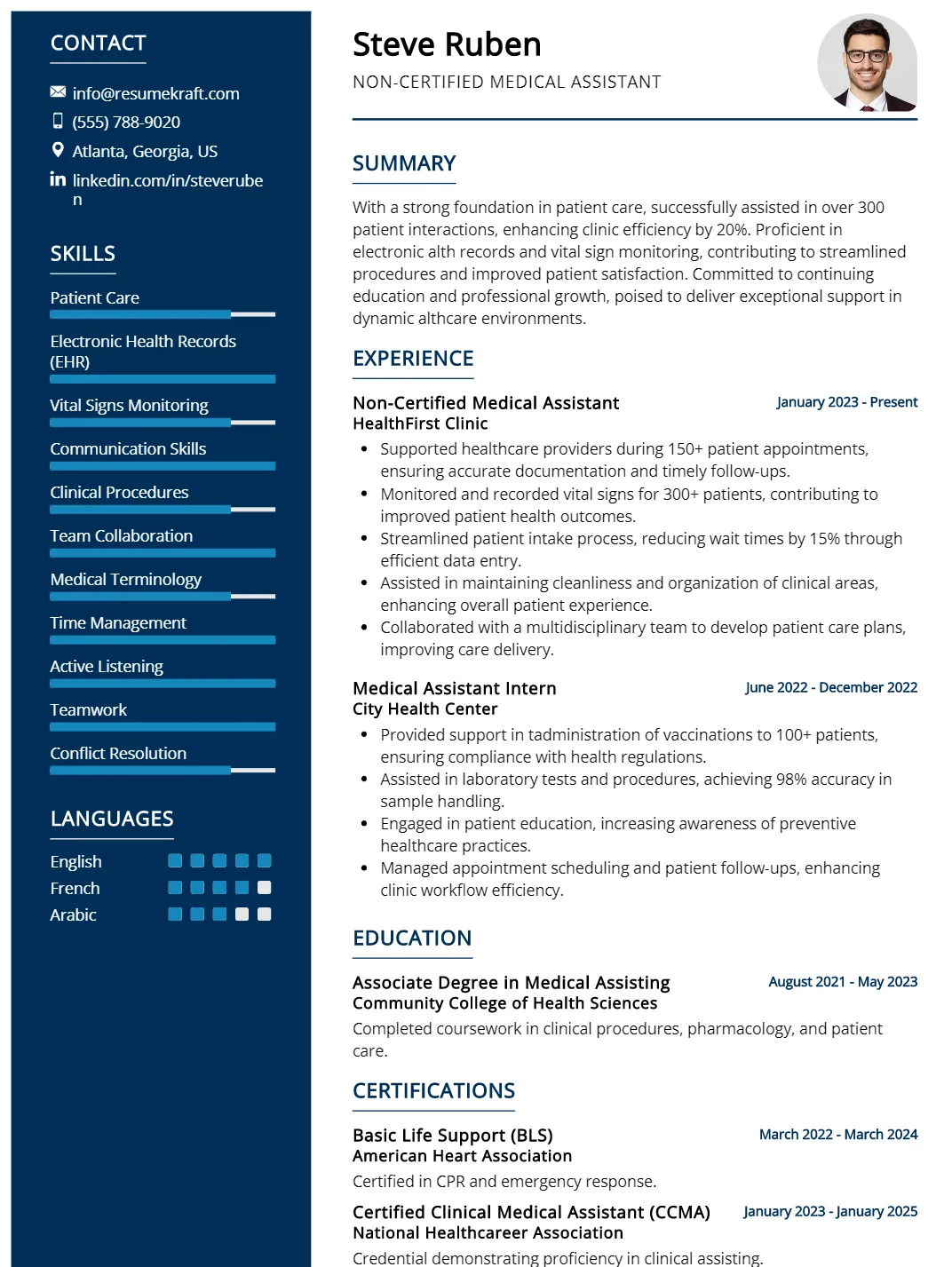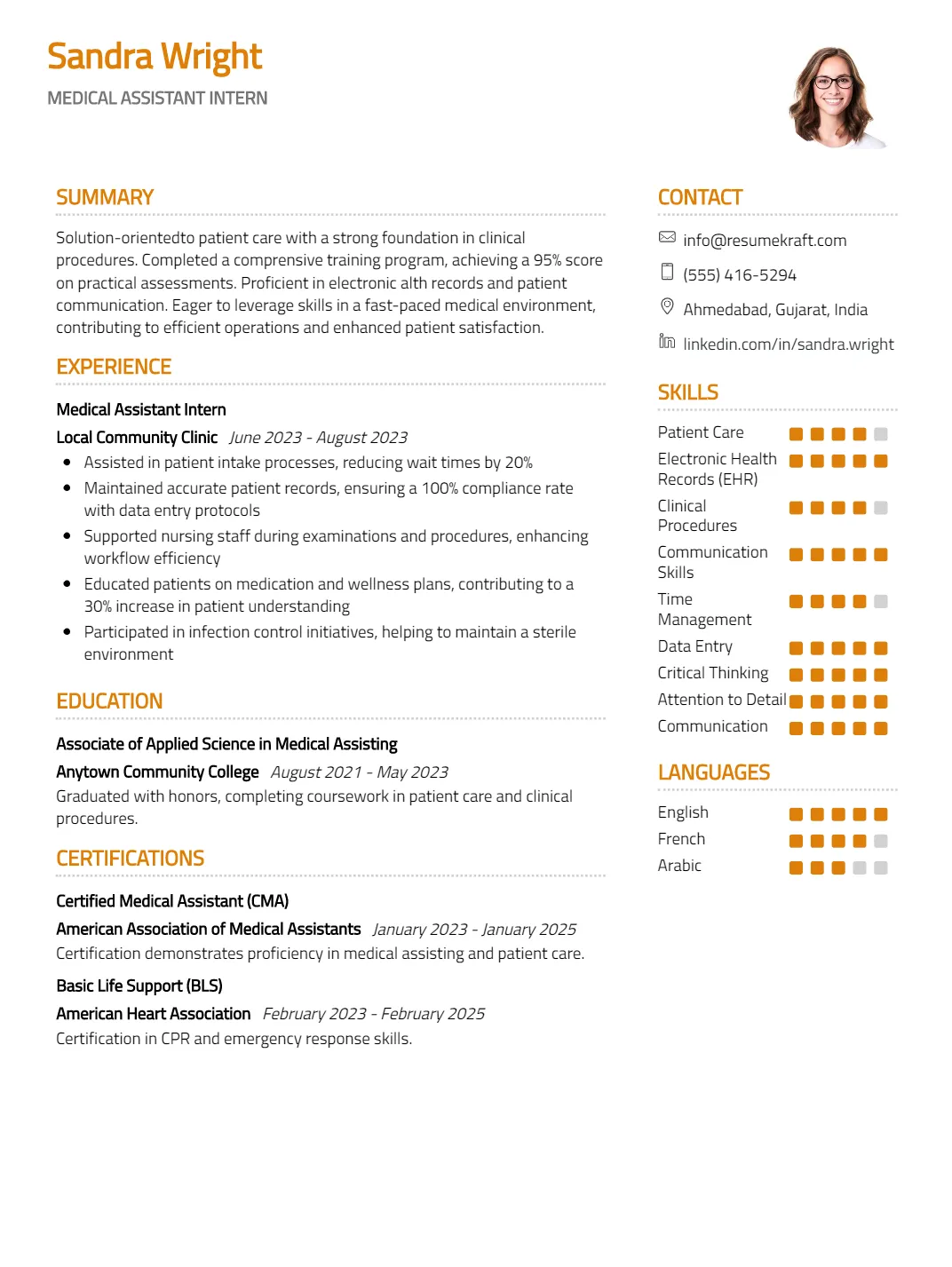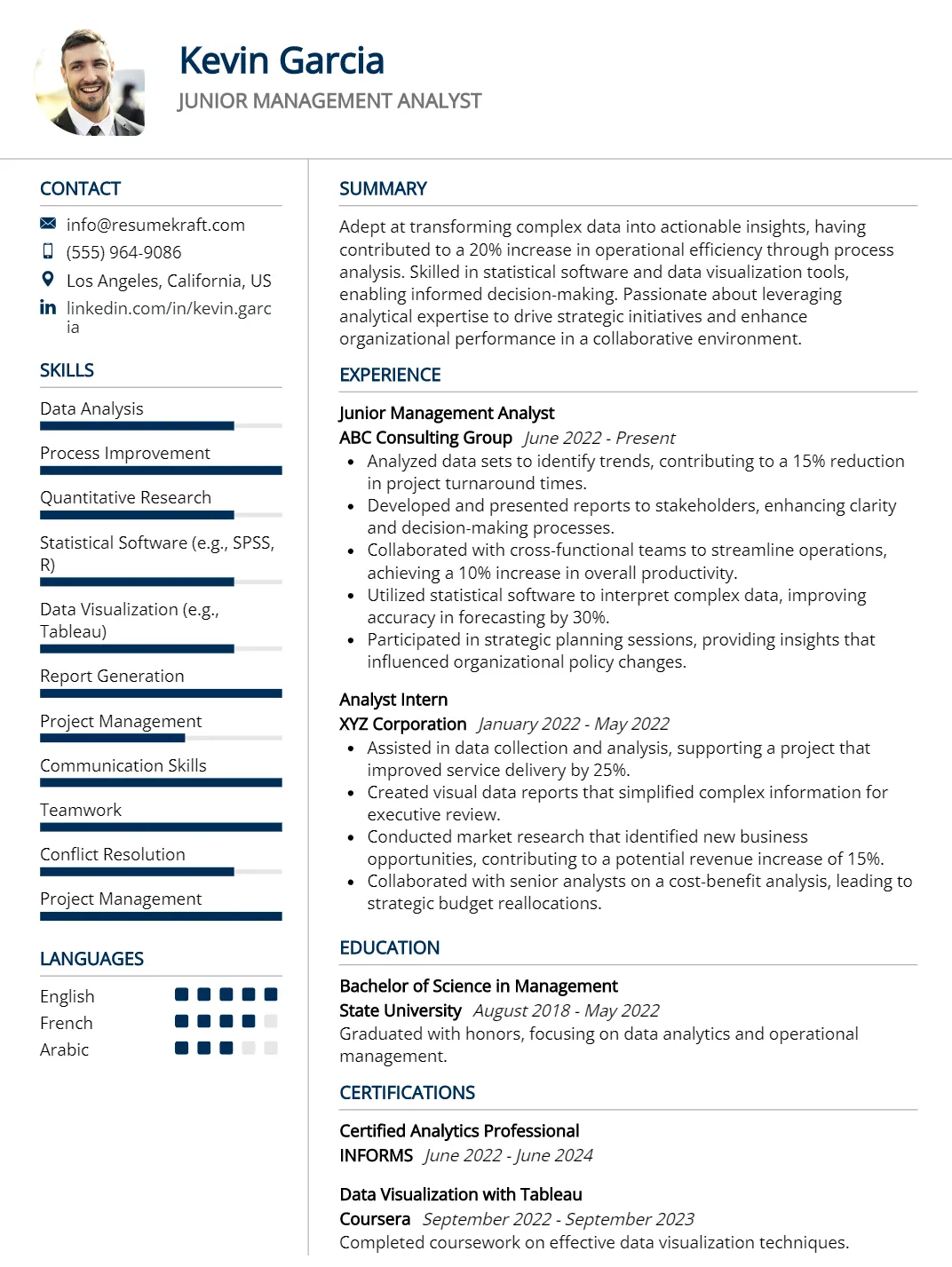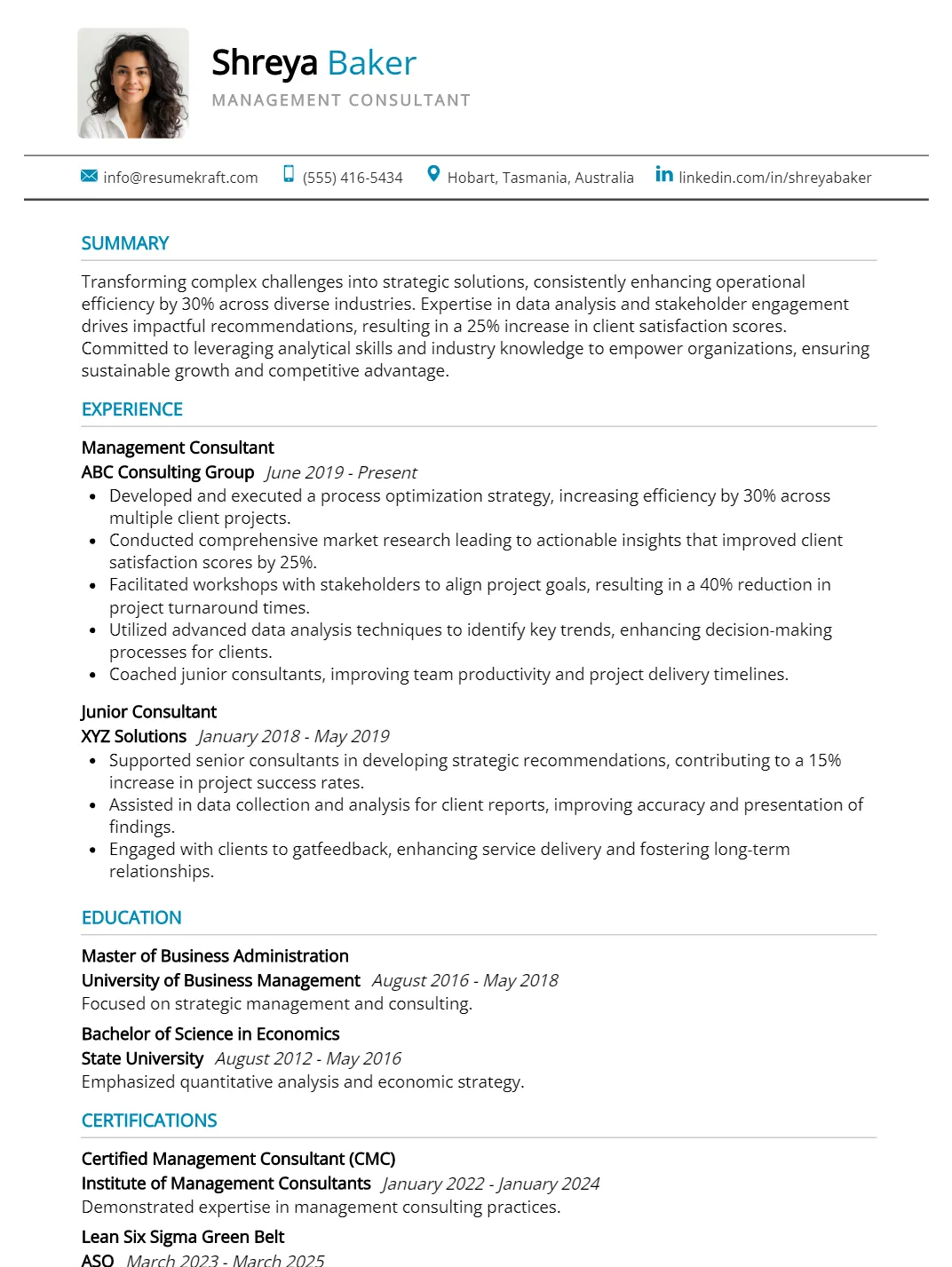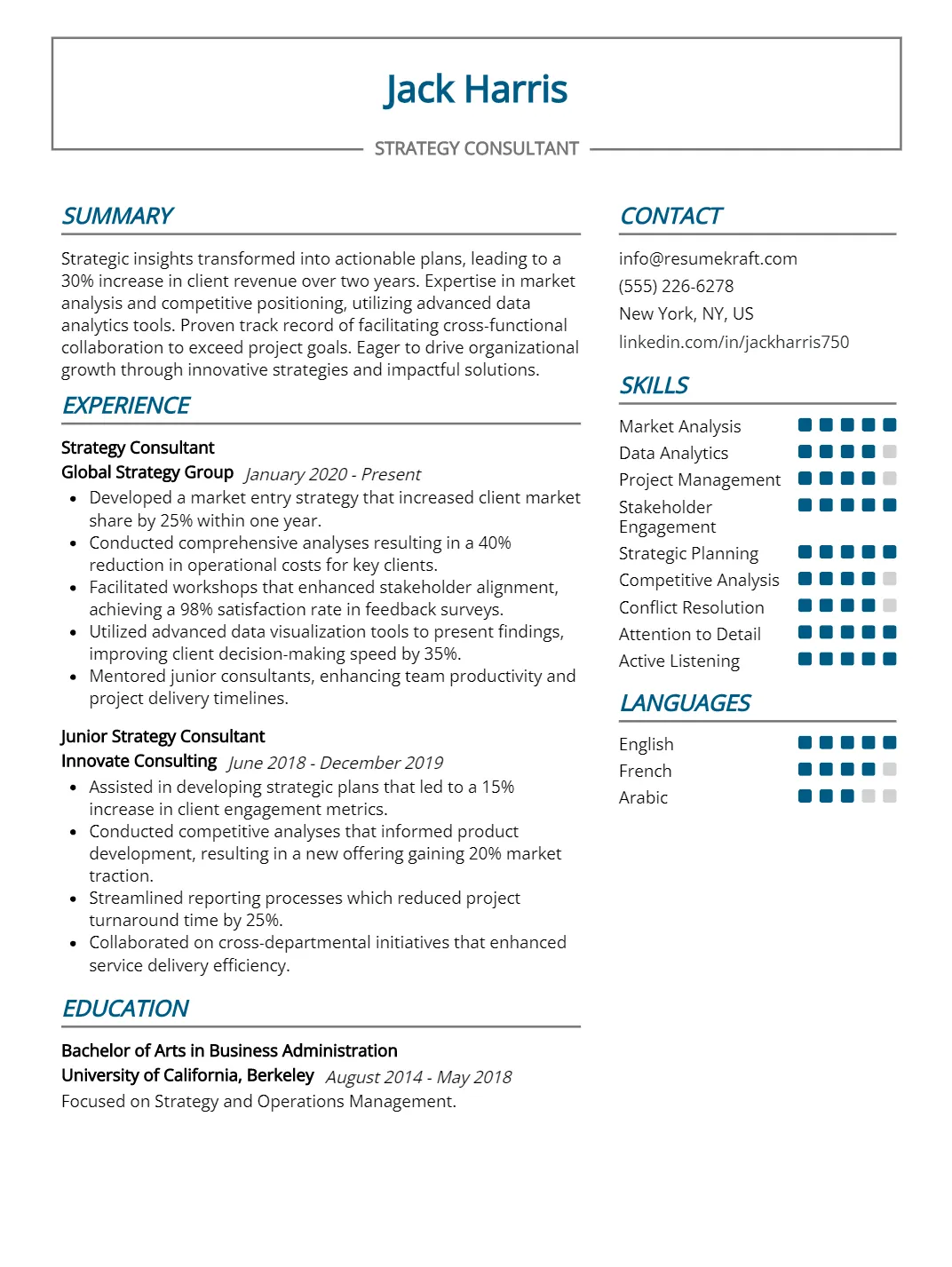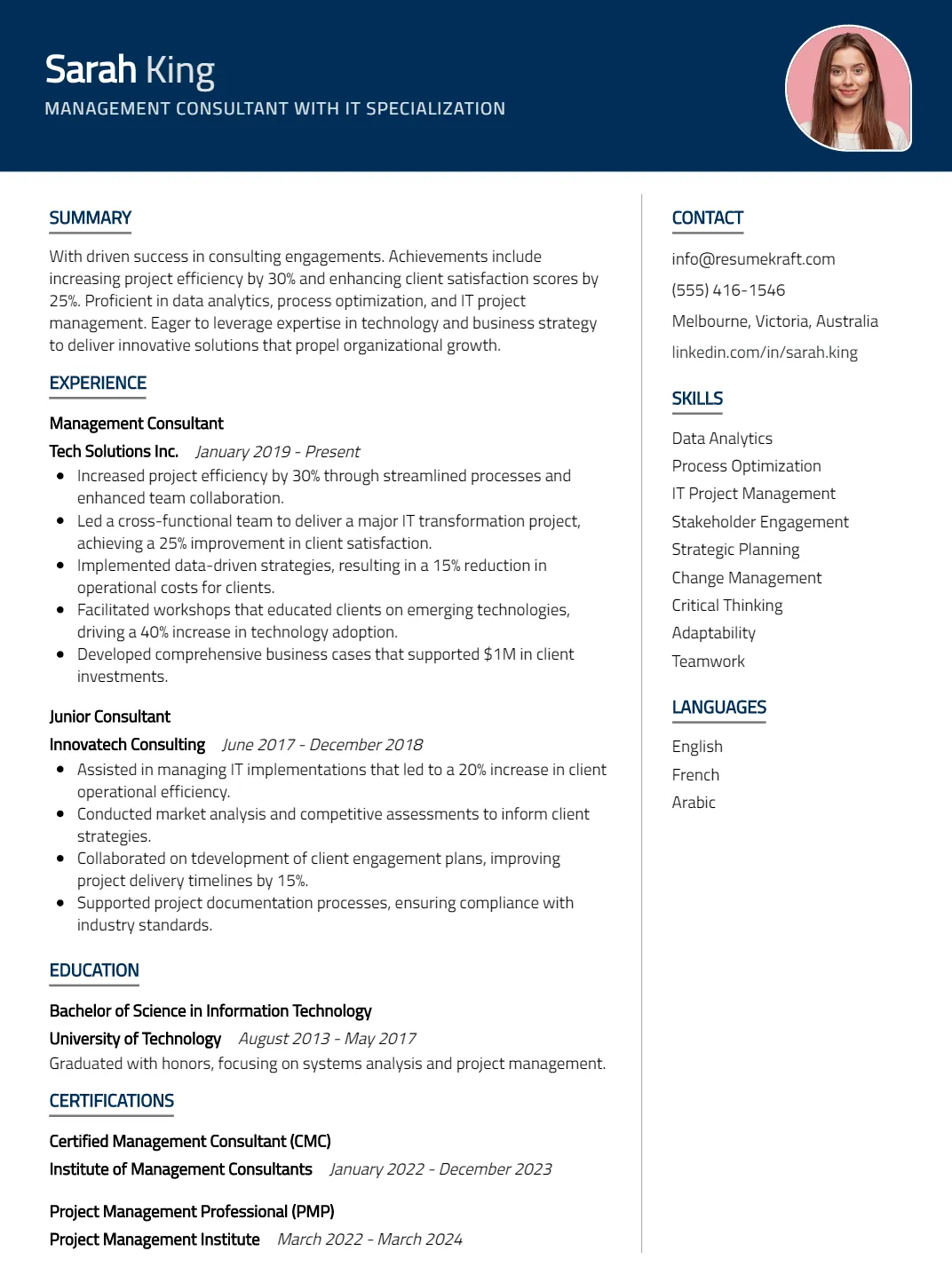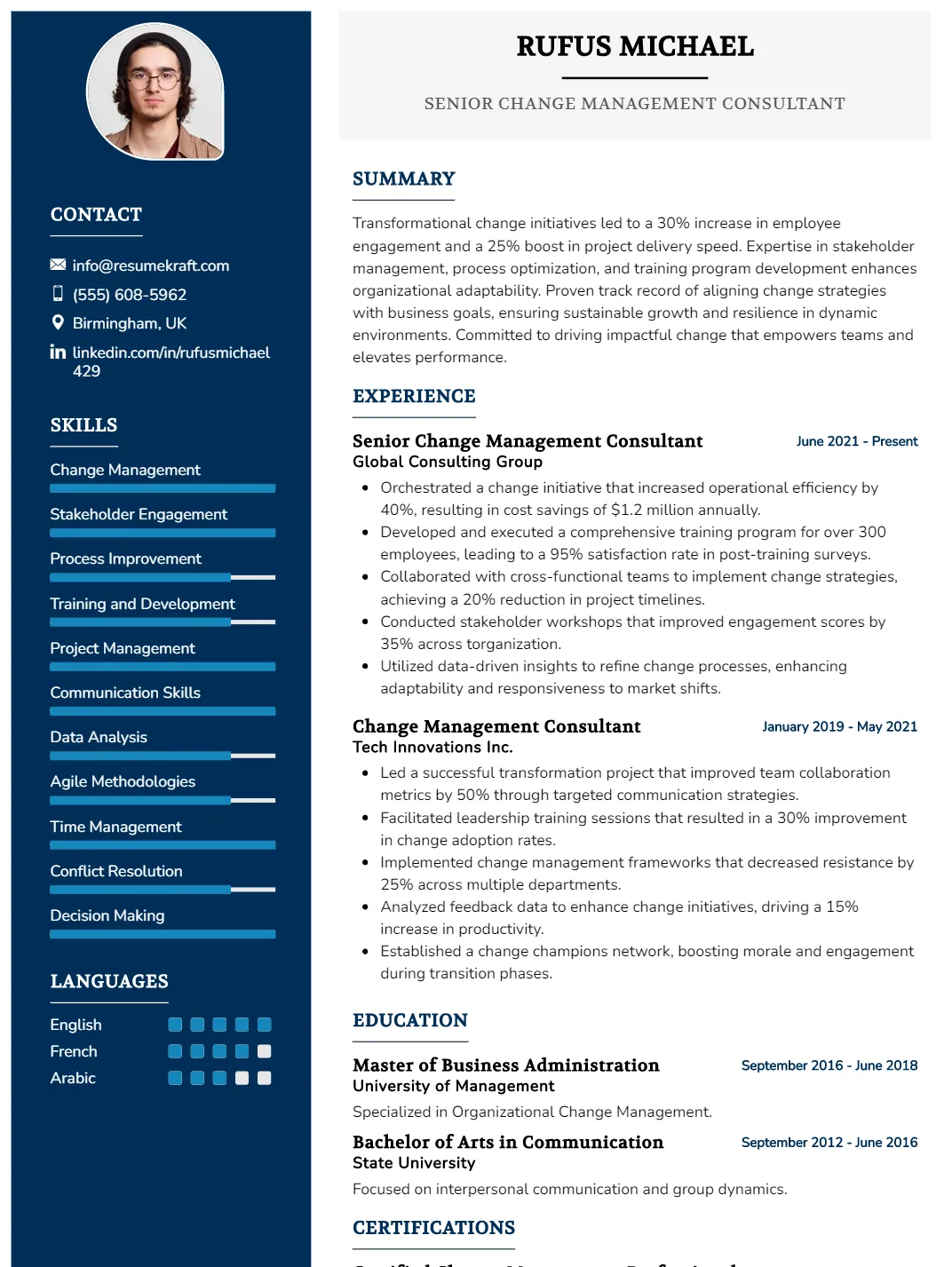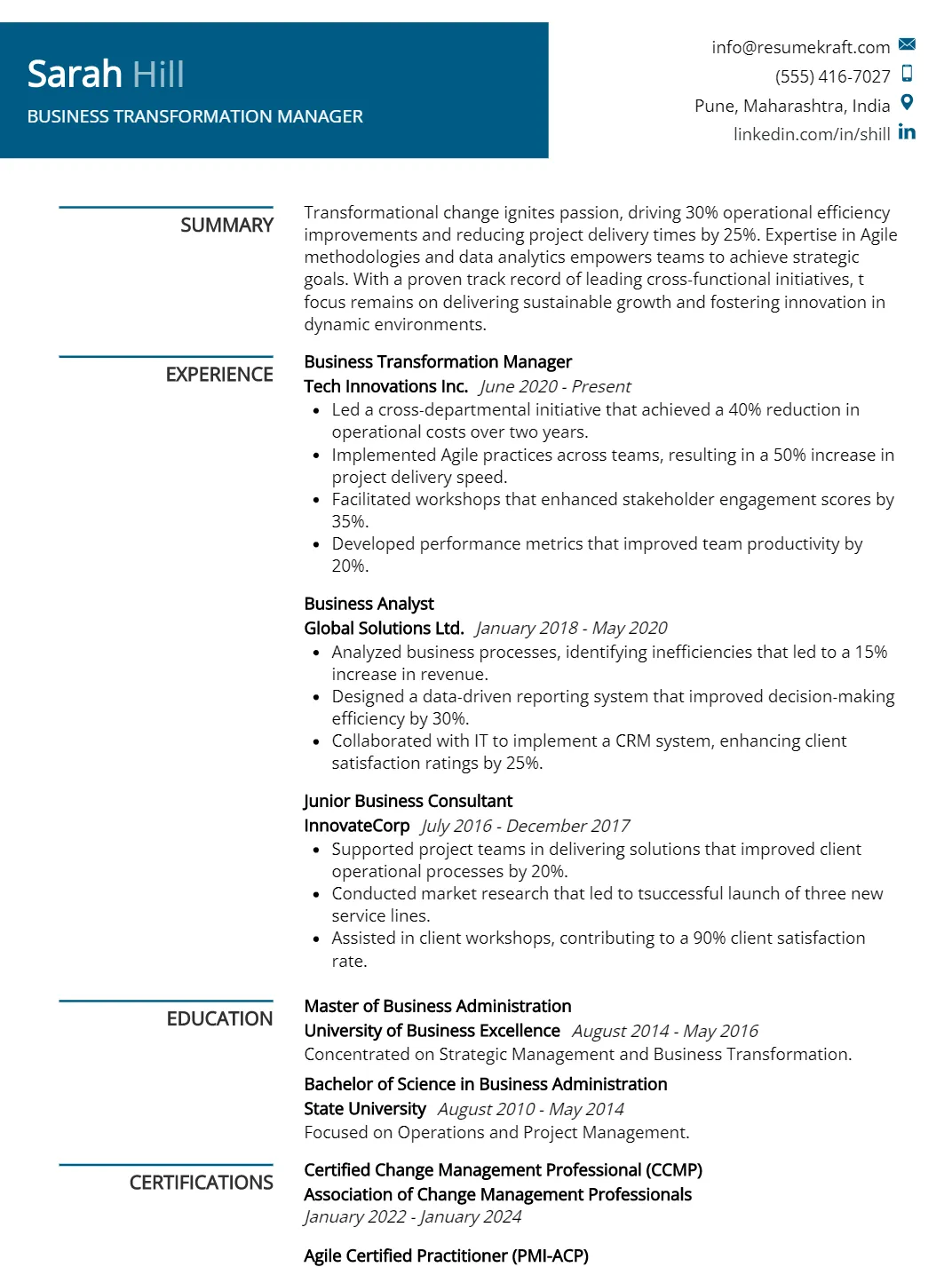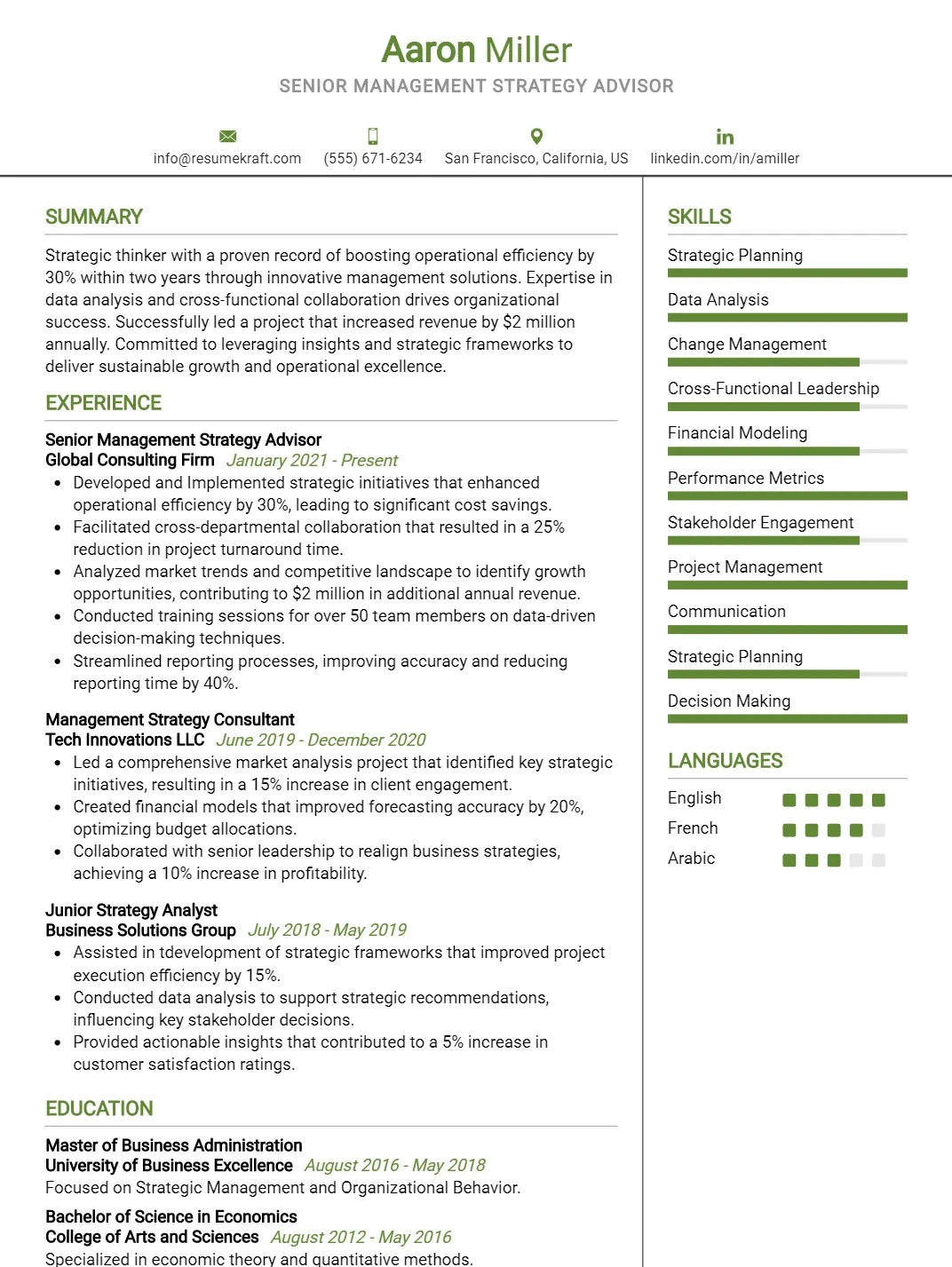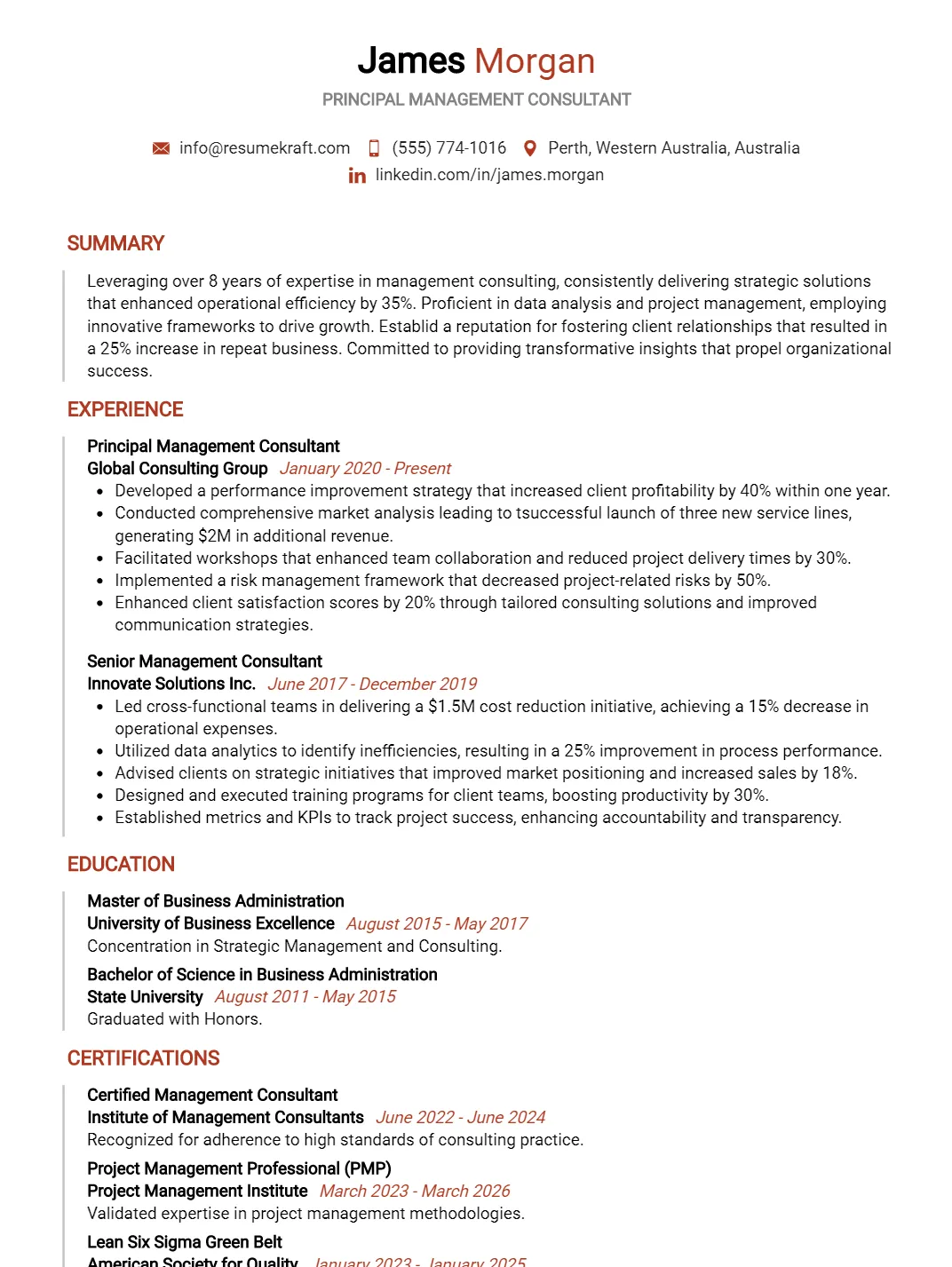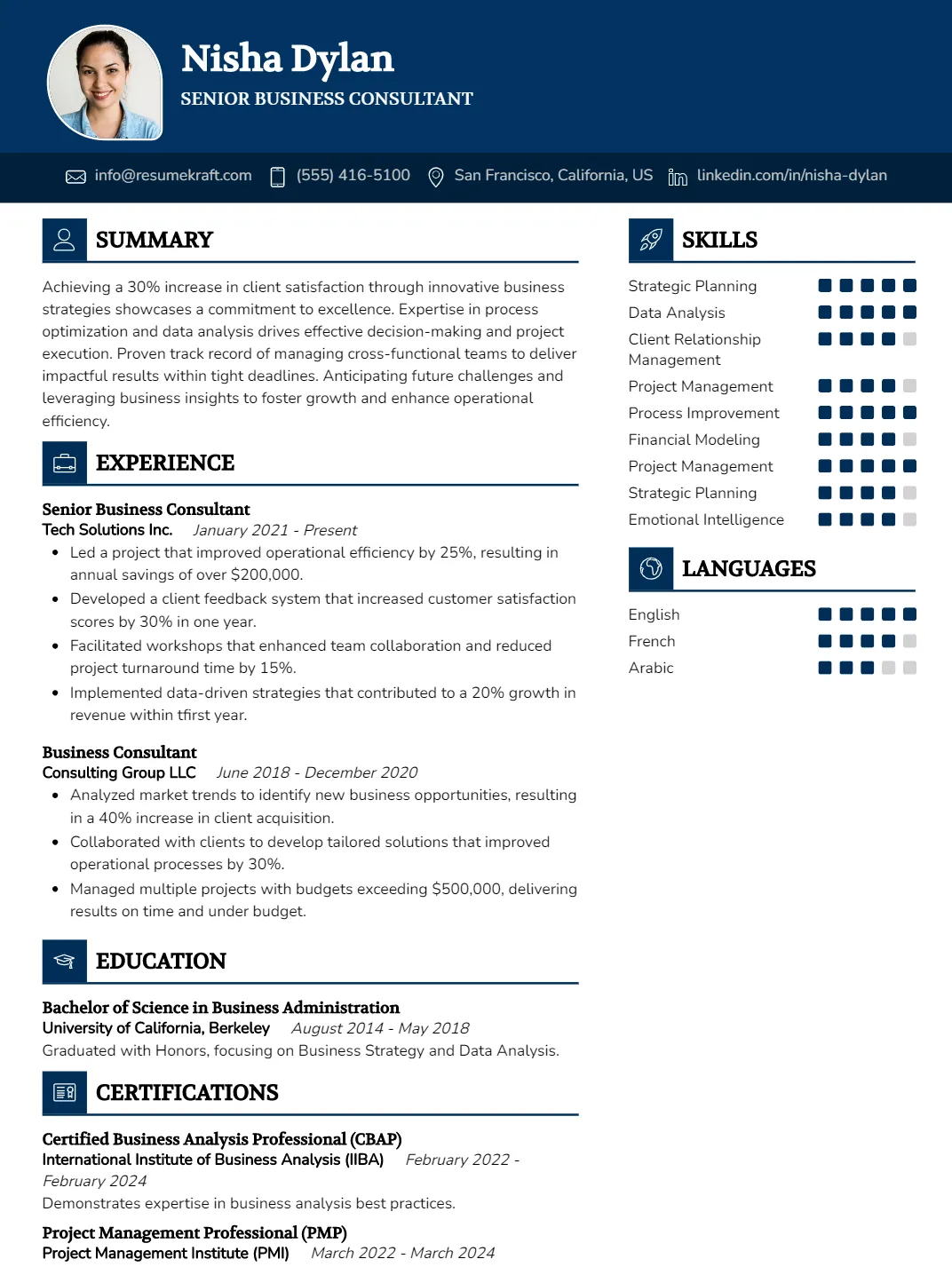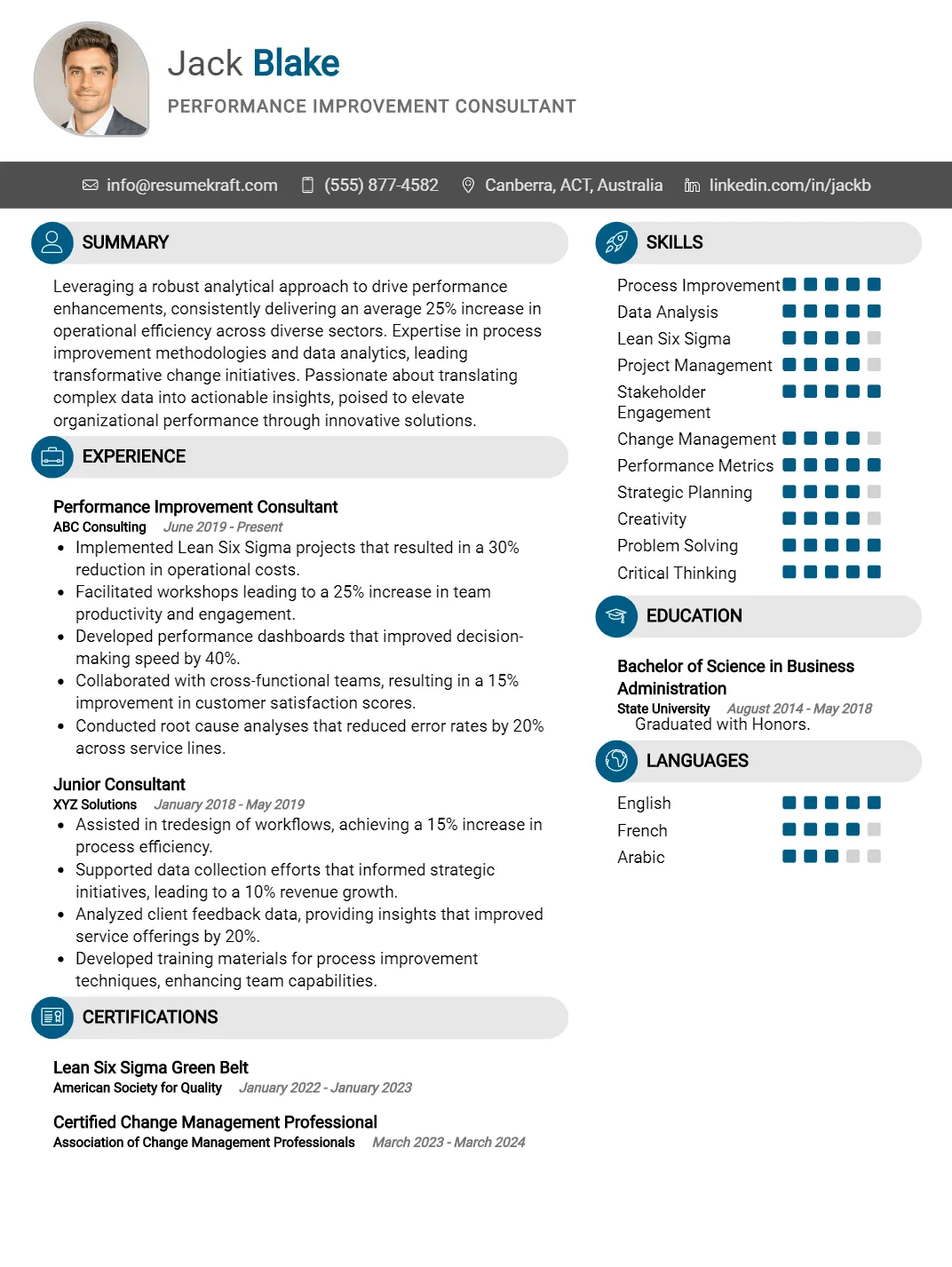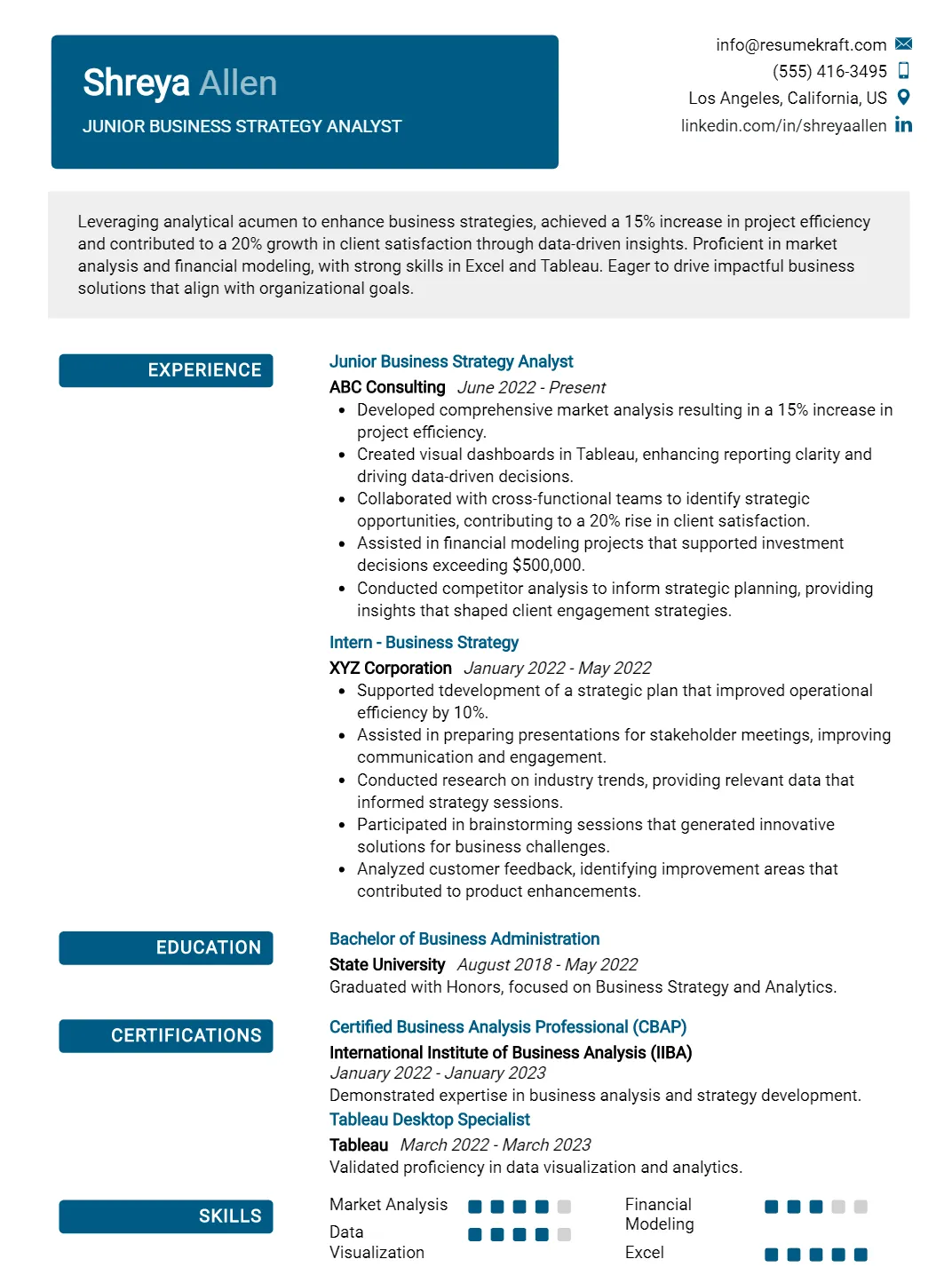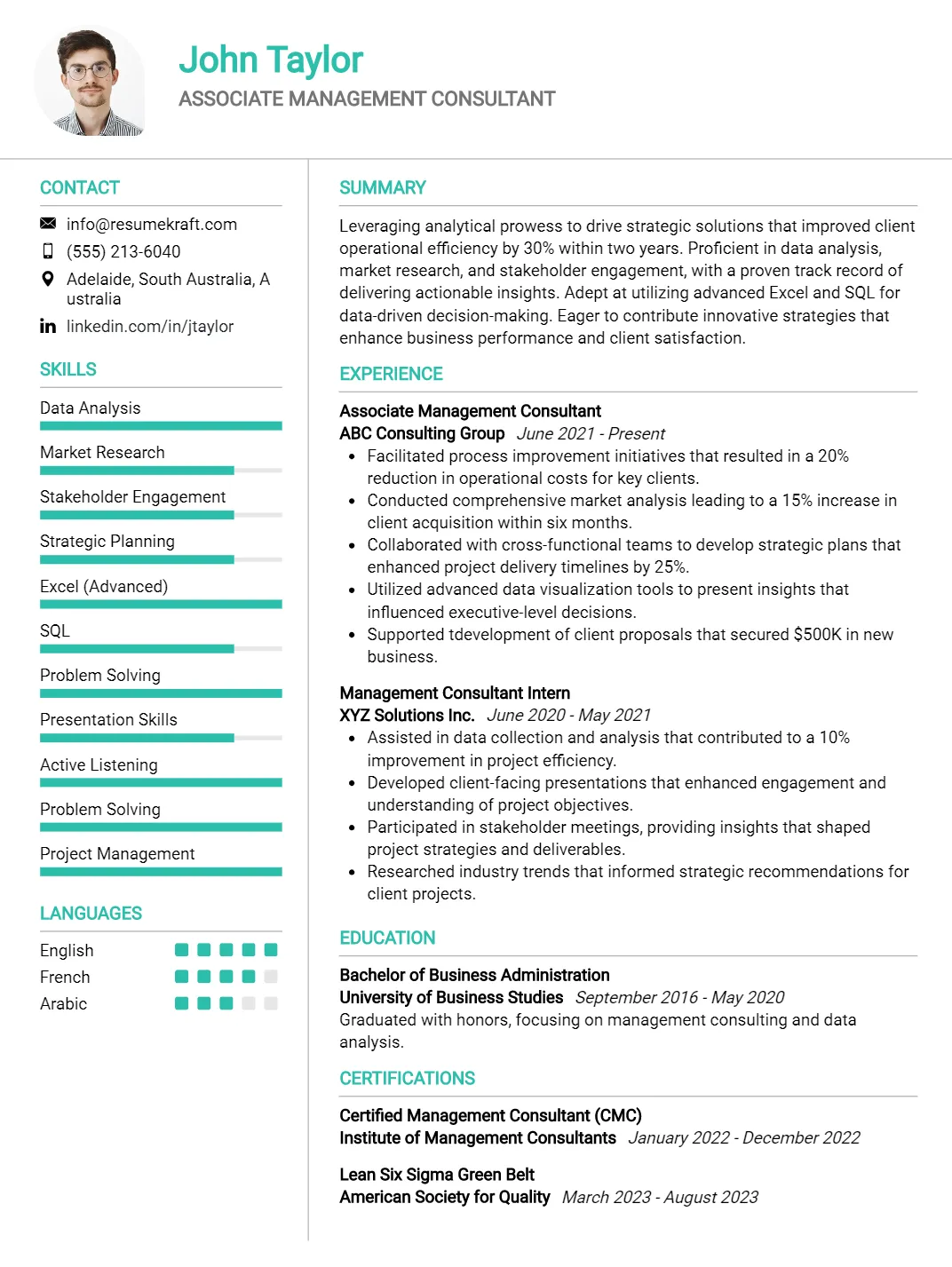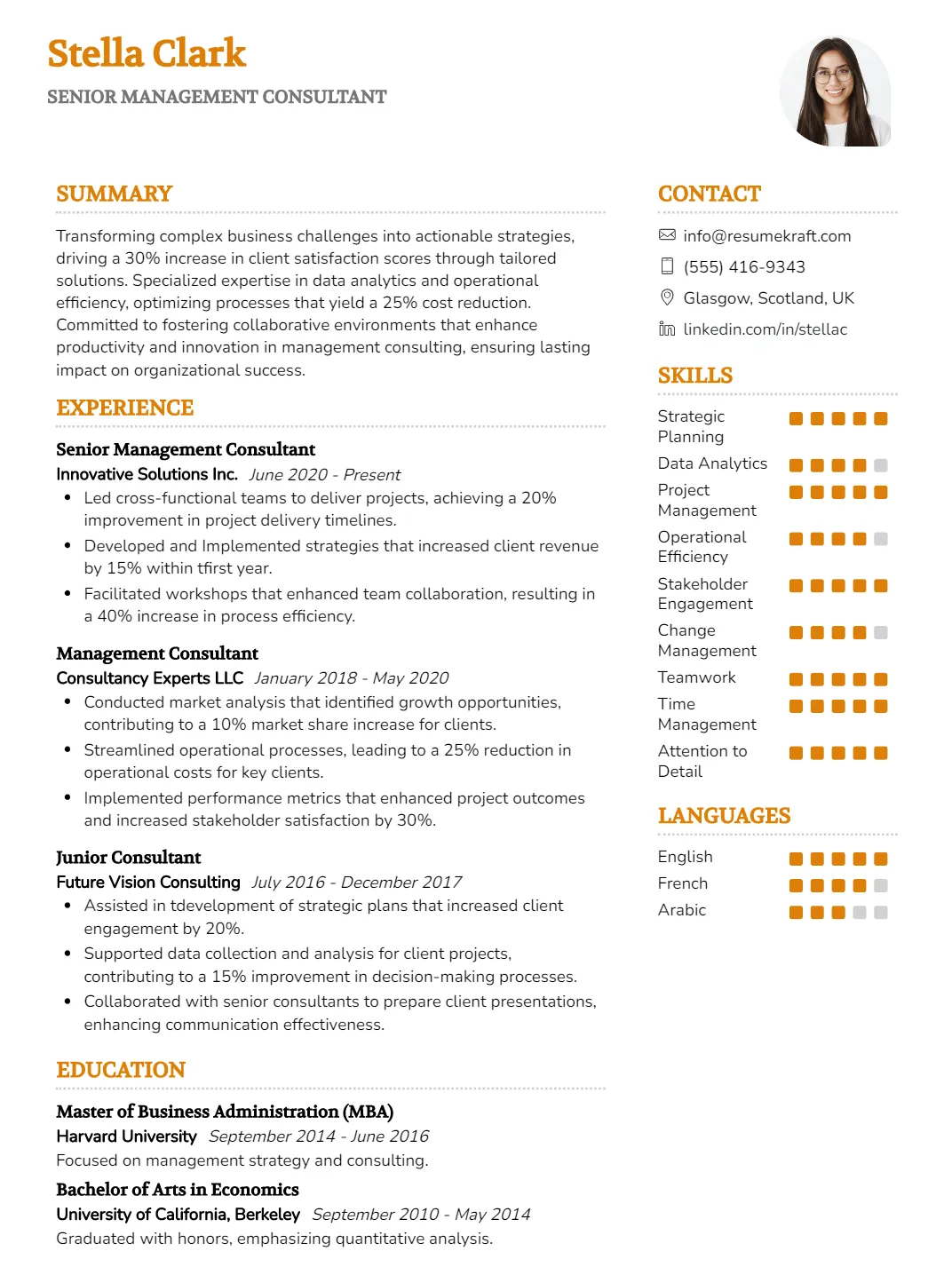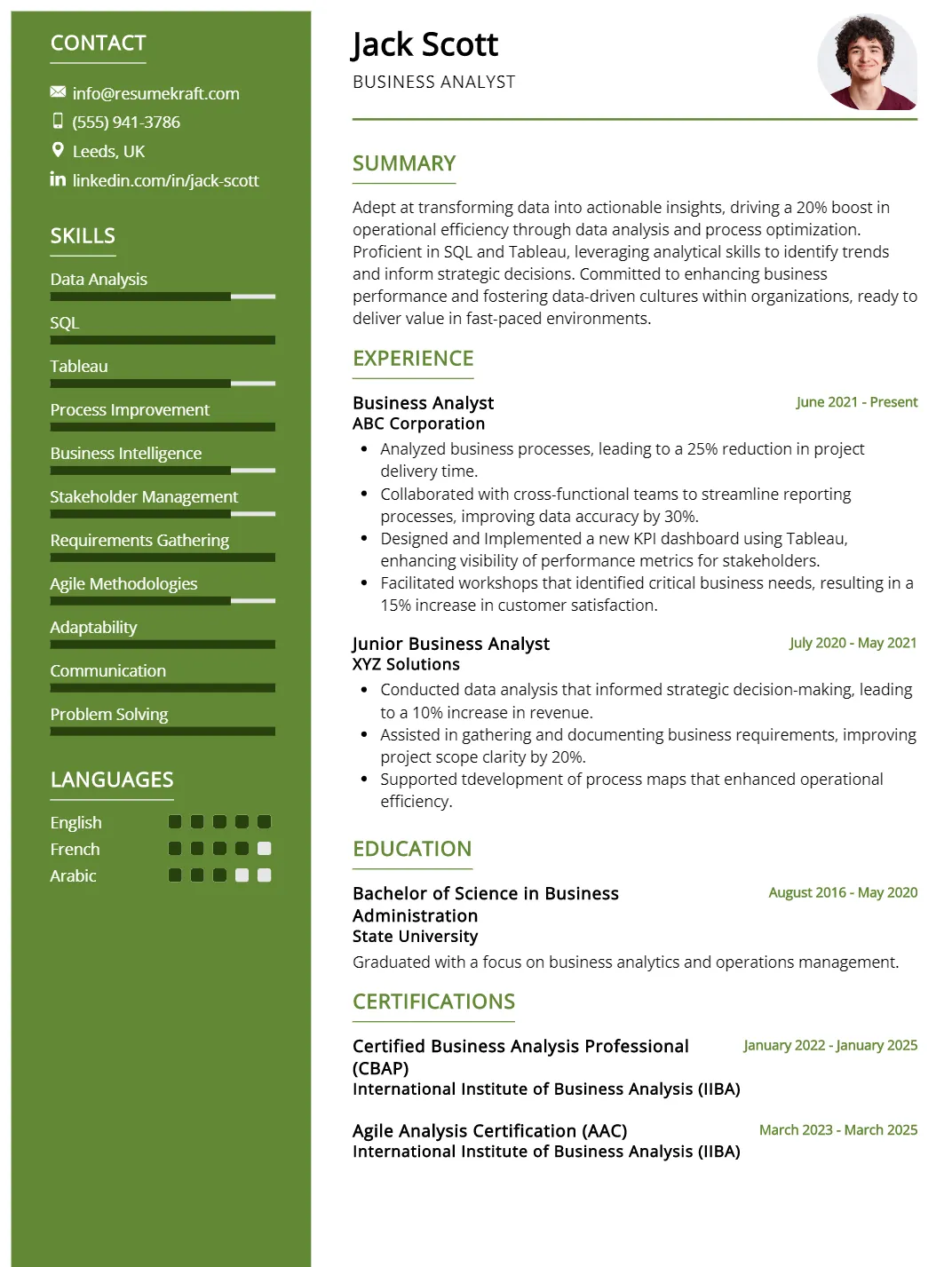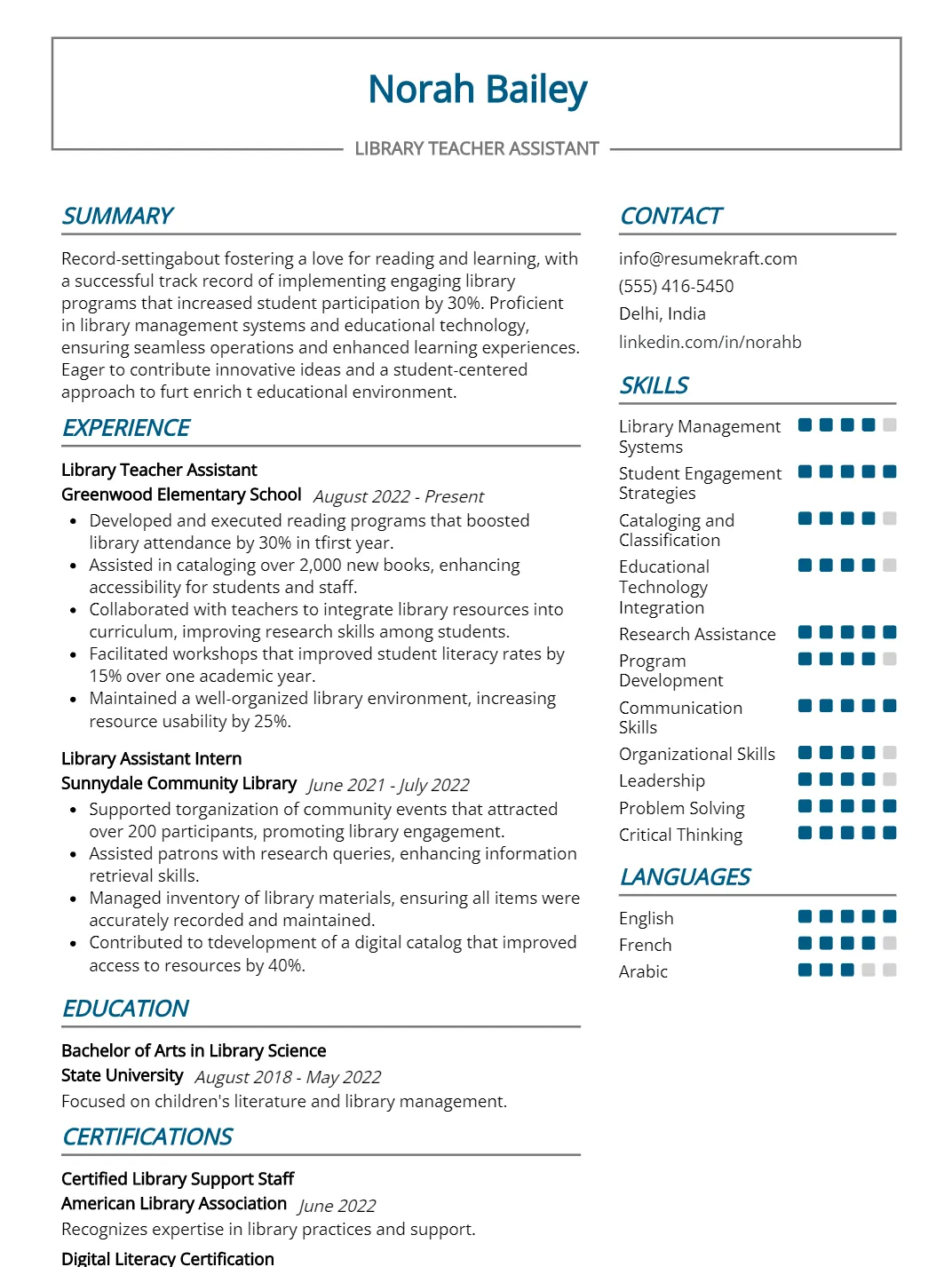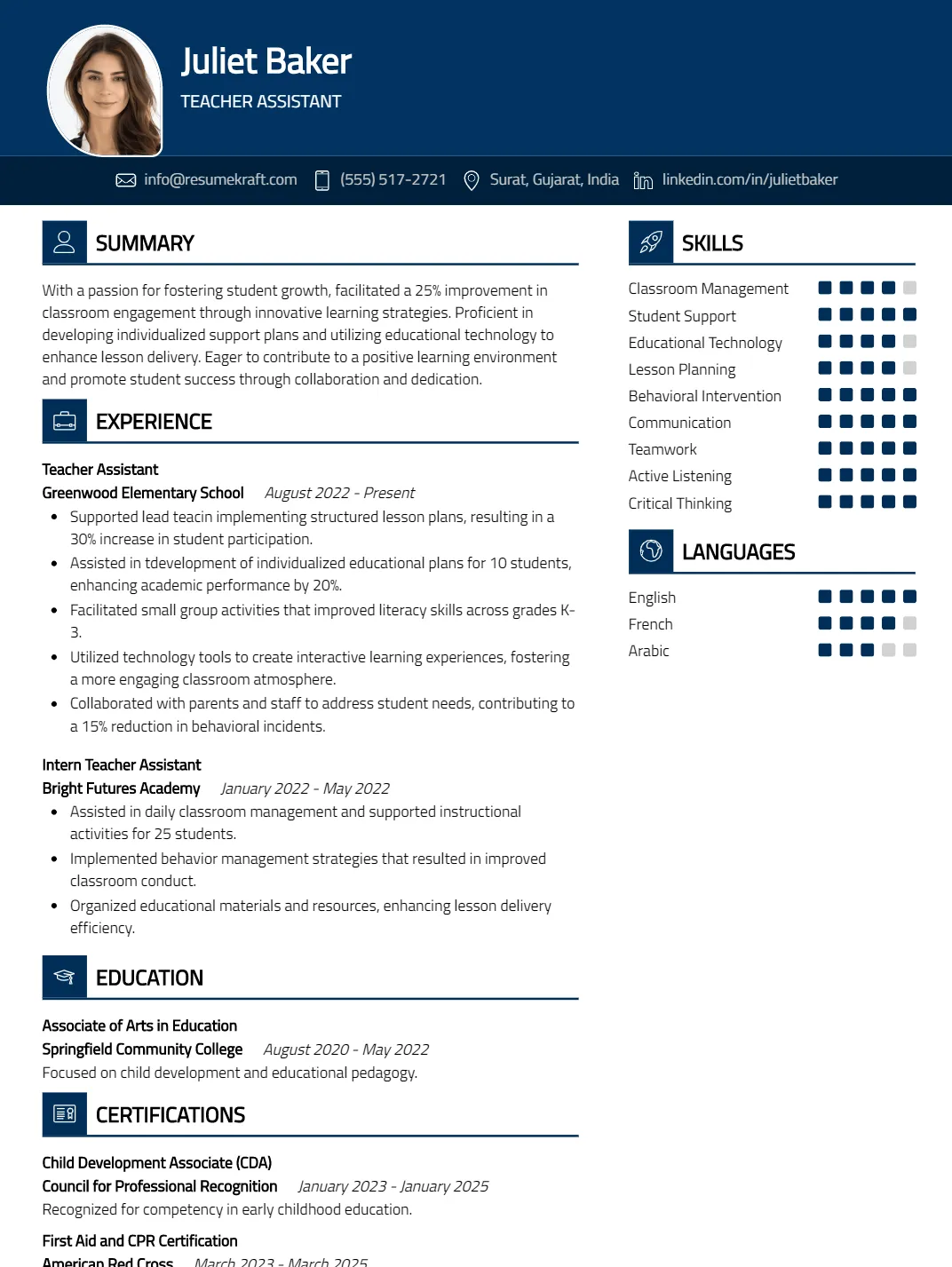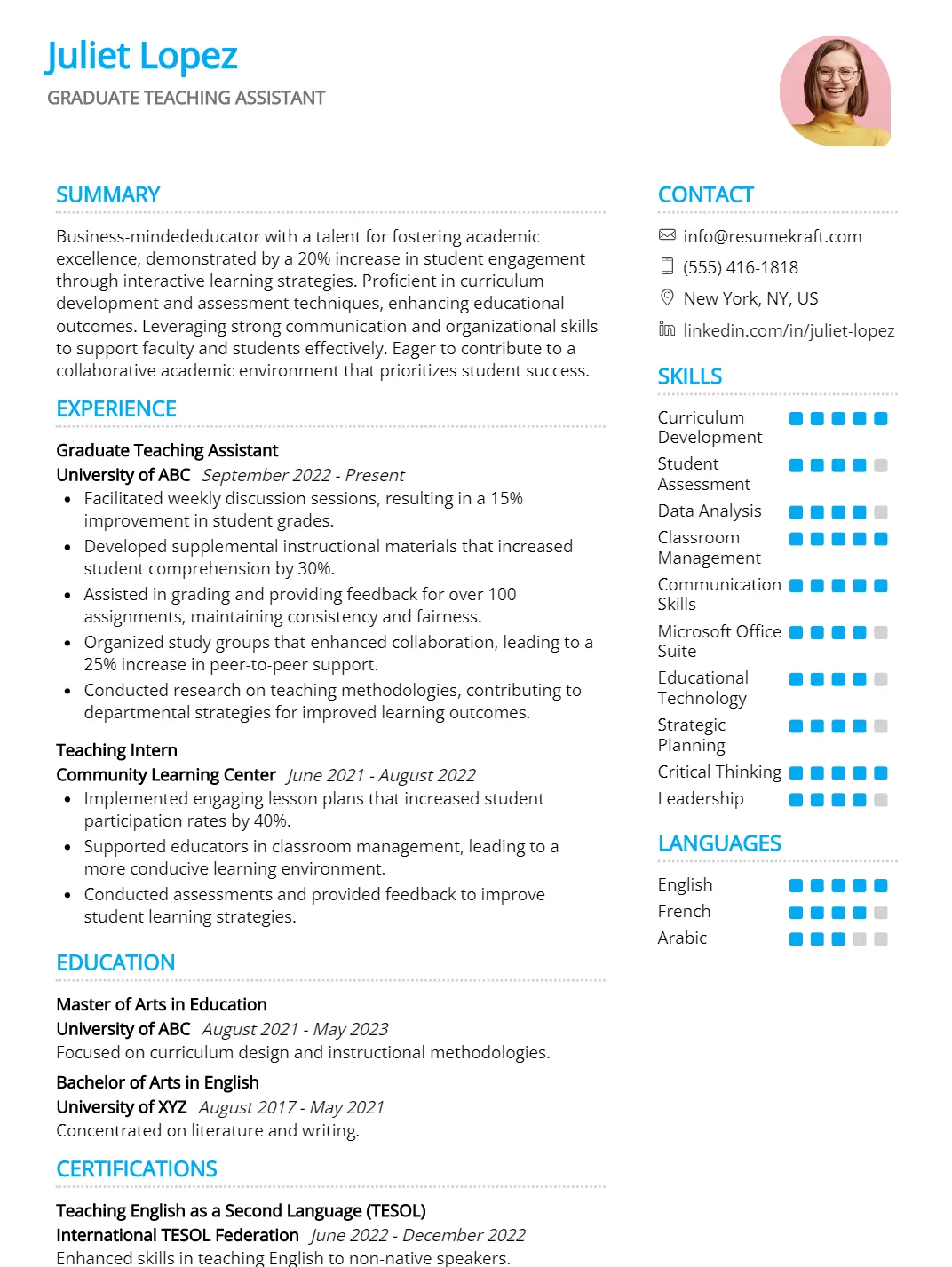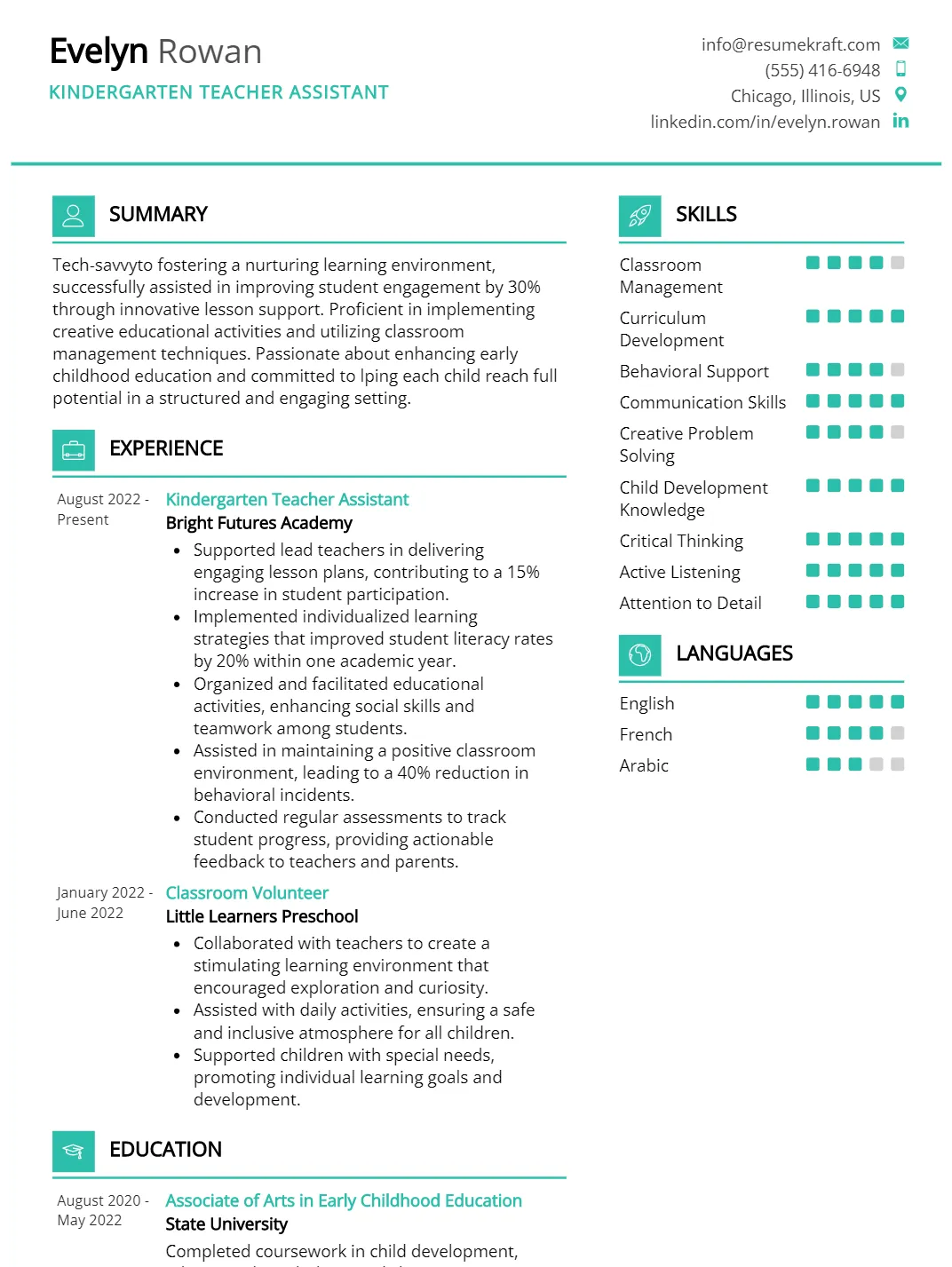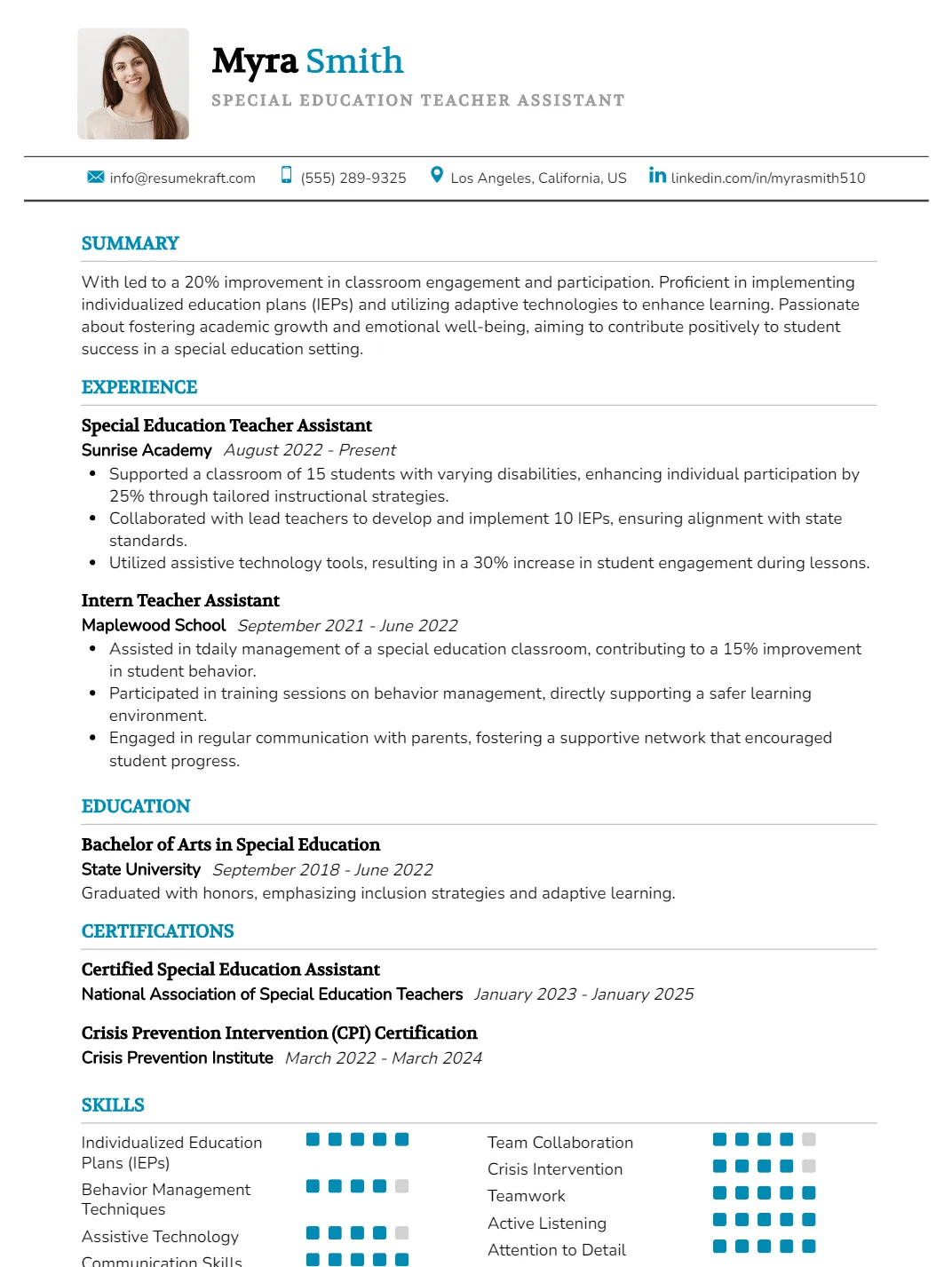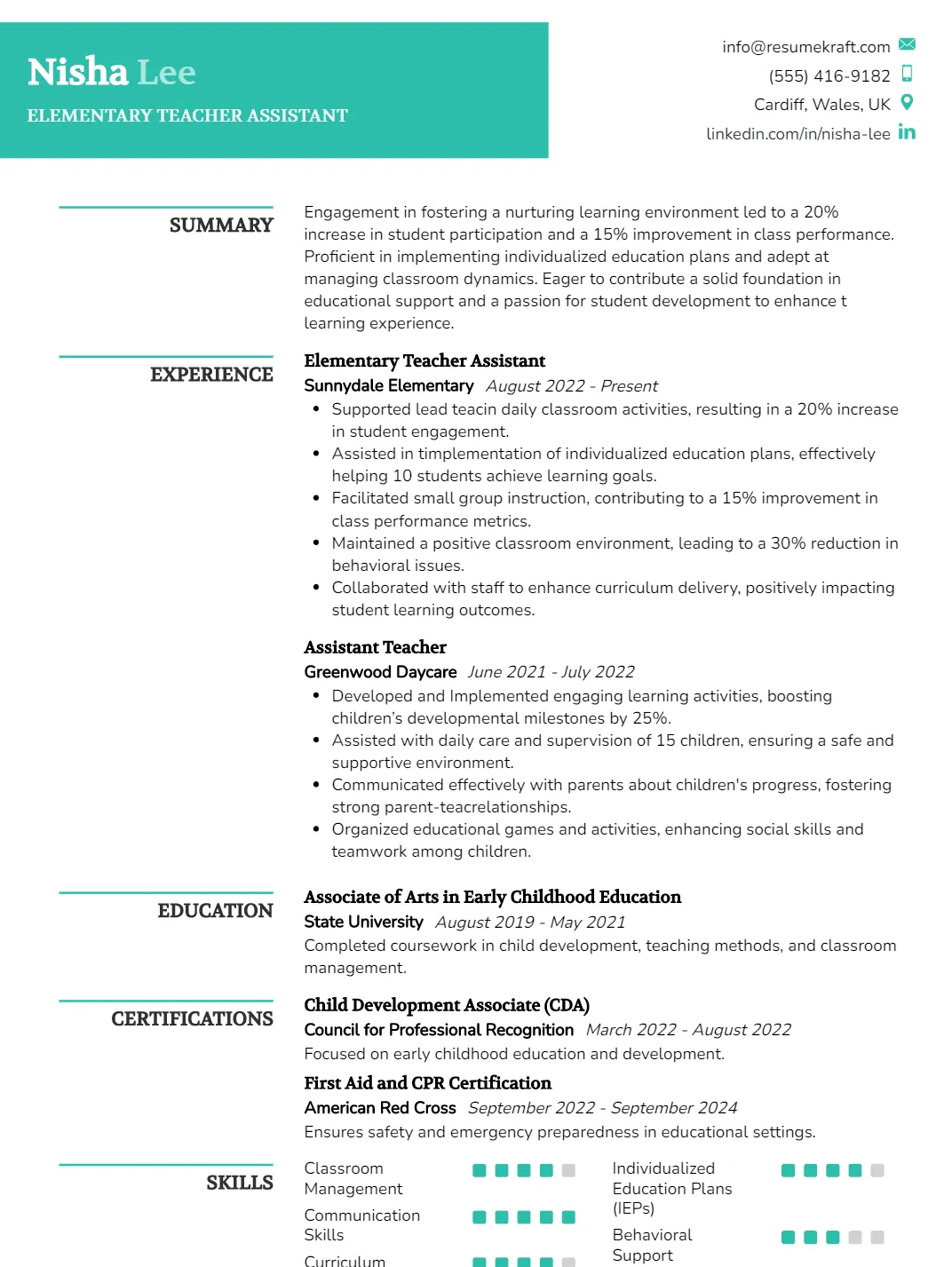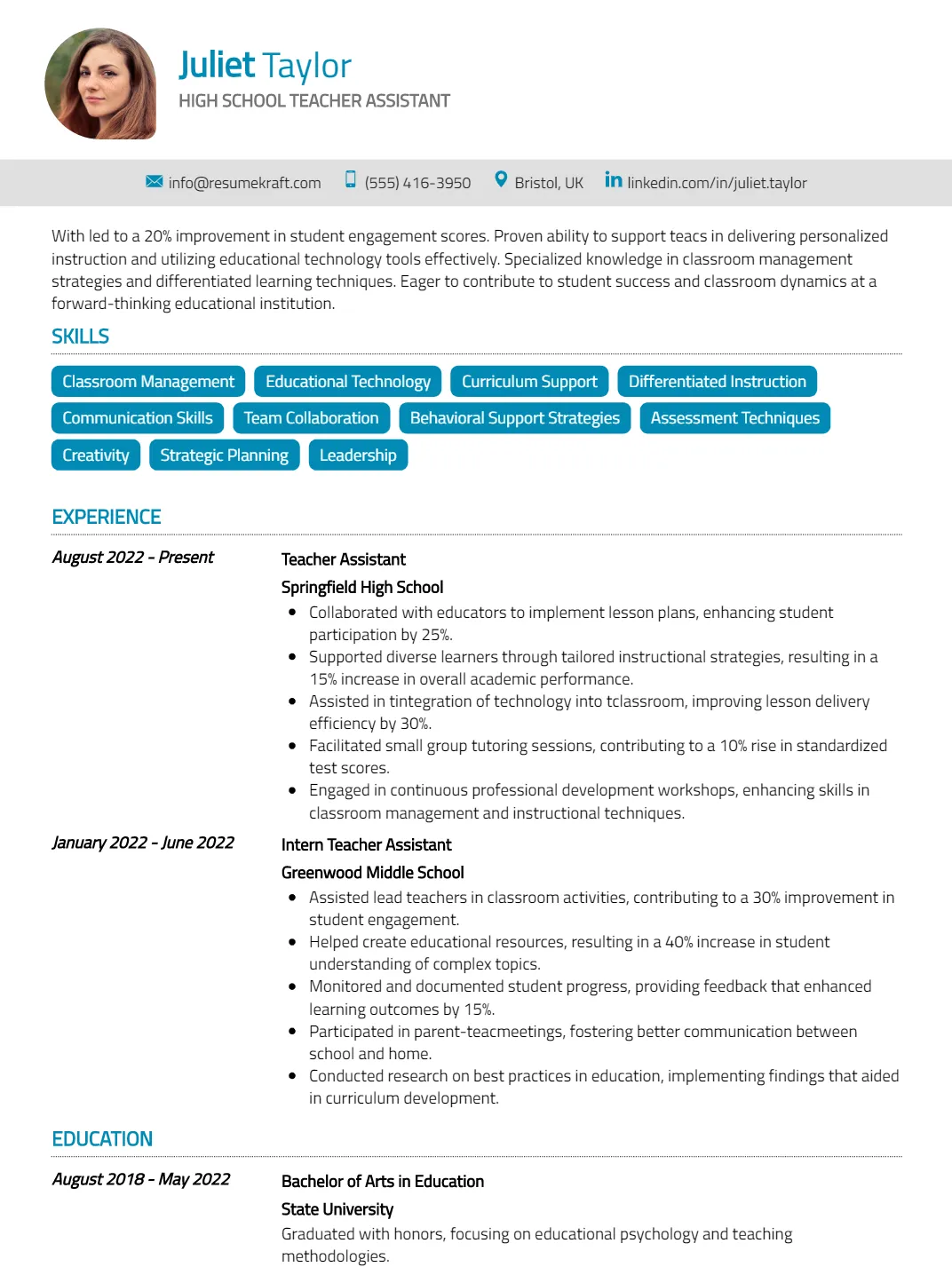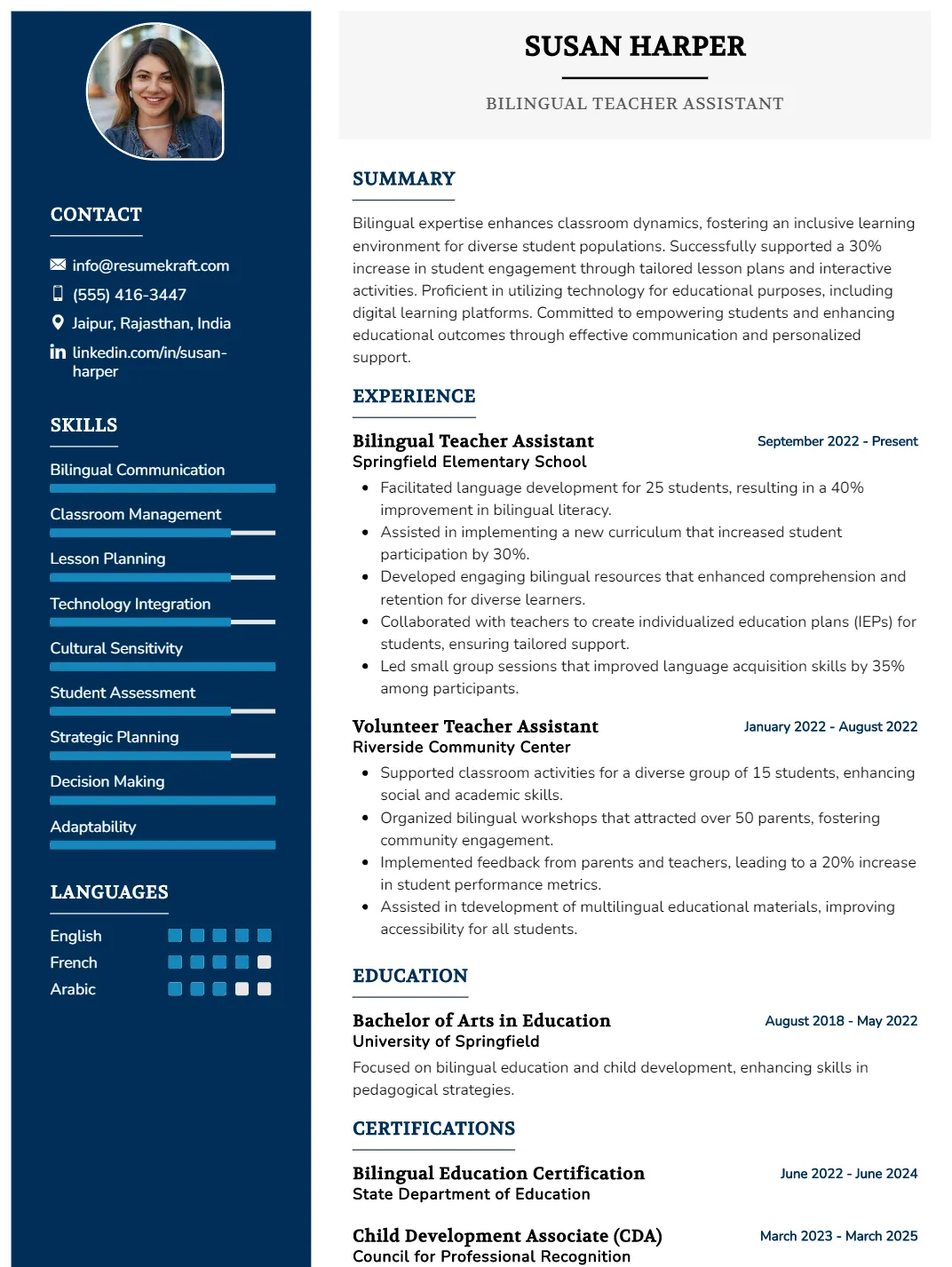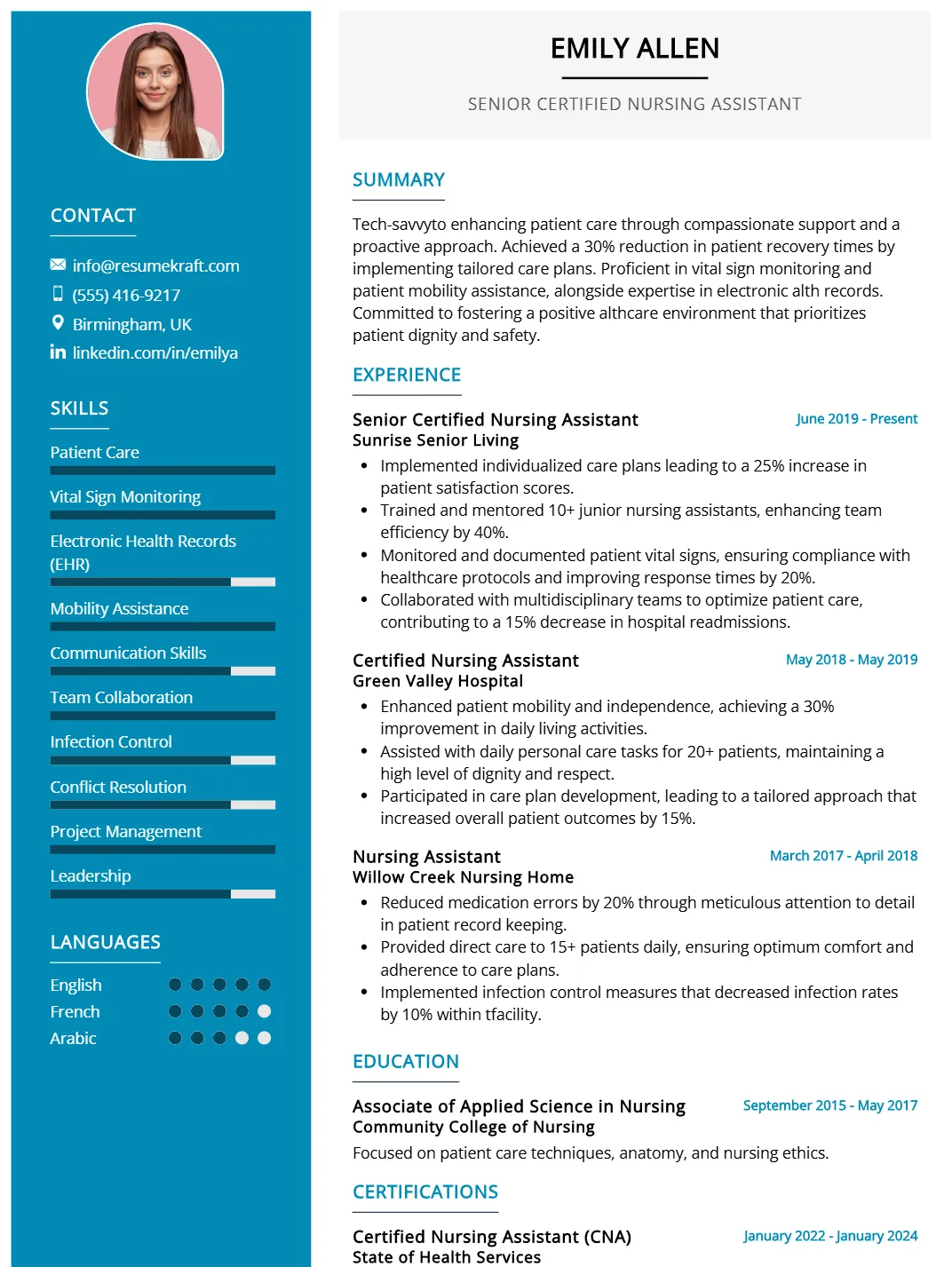
16 Certified Nursing Assistant Resume Examples & Guide for 2025
The role of a Certified Nursing Assistant (CNA) is vital in the healthcare sector, providing essential support to patients and nursing staff. CNAs assist with daily living activities, monitor patient conditions, and contribute to a compassionate care environment. As the demand for healthcare services continues to rise, particularly with an aging population, CNAs are increasingly sought after in various settings like hospitals, nursing homes, and home care. This article aims to guide aspiring CNAs in crafting an effective resume that highlights their skills and experiences, ensuring they stand out in this competitive job market.
- Certified Nursing Assistant resume examples
- How to format a Certified Nursing Assistant resume
- How to write your Certified Nursing Assistant resume experience
- How to list your hard skills and soft skills on your resume
- How to list your certifications and education on your resume
- How to write your Certified Nursing Assistant resume summary or objective
- Additional sections for a Certified Nursing Assistant resume
- Key takeaways for writing a professional Certified Nursing Assistant resume
- Frequently Asked Questions
Certified Nursing Assistant resume examples
Certified Nursing Assistant (CNA) resume examples serve as valuable resources for job seekers looking to craft effective resumes tailored to the healthcare field. These examples highlight key skills, accomplishments, and formatting techniques that resonate with hiring managers. By studying these samples, candidates can better understand how to showcase their qualifications, making them more competitive in the job market and improving their chances of securing interviews.
Certified Nursing Assistant Resume
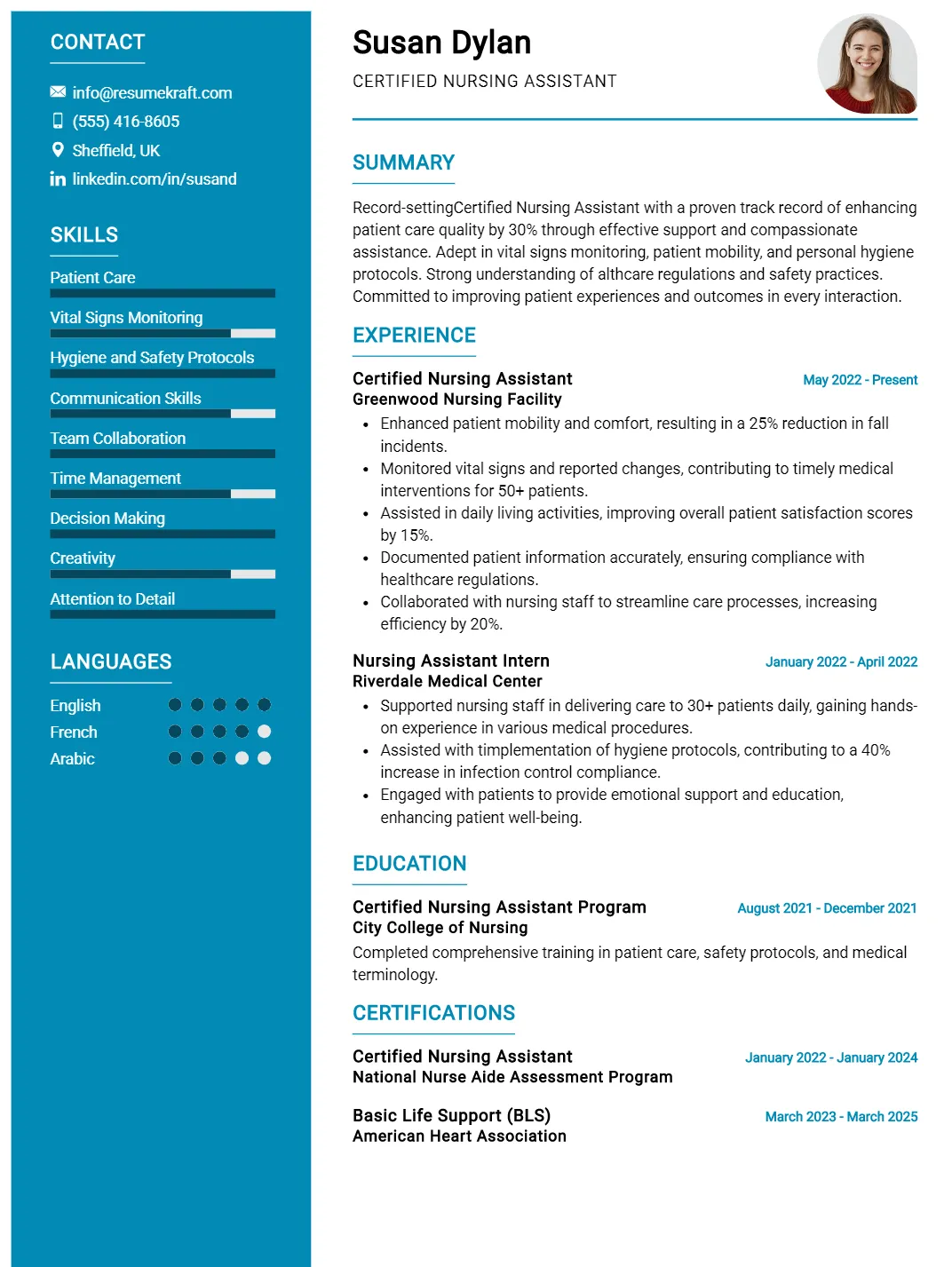
Why This Resume Works
This resume effectively highlights the candidate’s relevant skills, such as patient care and vital signs monitoring, directly aligning with the responsibilities of a Certified Nursing Assistant. With approximately three years of experience, including an internship, it showcases practical knowledge in hygiene and safety protocols. The clear format enhances readability for hiring managers and ensures ATS compatibility by incorporating industry-specific keywords. Additionally, strategic presentation of achievements emphasizes teamwork and communication skills, making the candidate stand out in this competitive field.
Certified Nursing Assistant with Wound Care Specialization Resume
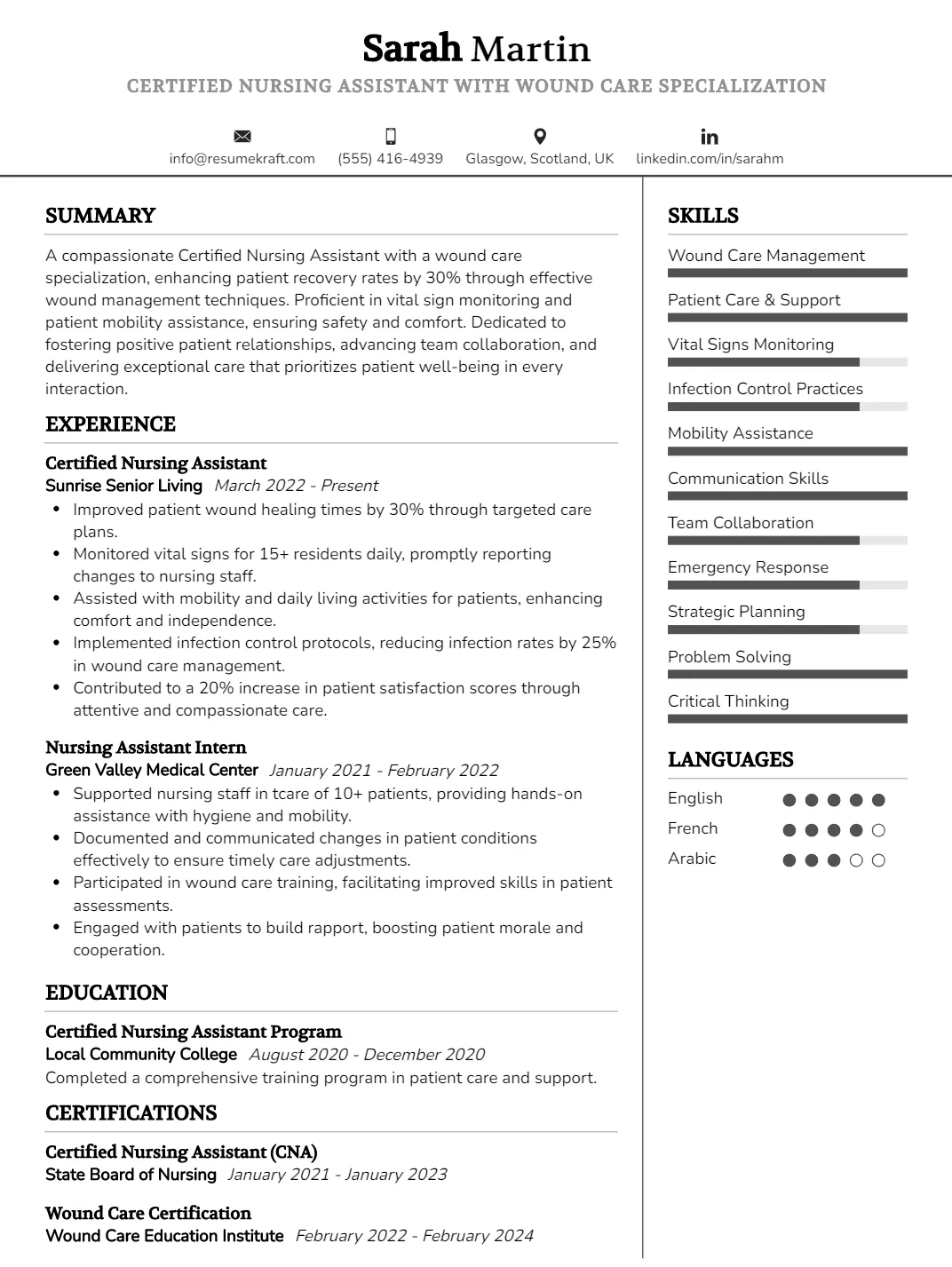
Why This Resume Works
This resume effectively highlights the candidate’s specialized skills in wound care management, essential for a Certified Nursing Assistant with Wound Care Specialization. With approximately four years of relevant experience, it clearly showcases hands-on patient care and infection control practices. The structured format enhances readability and emphasizes key competencies, ensuring compatibility with Applicant Tracking Systems (ATS). Strategic presentation of achievements, such as improved patient outcomes or successful wound healing rates, further reinforces the candidate’s qualifications for this critical healthcare role.
Entry-Level Certified Nursing Assistant Resume
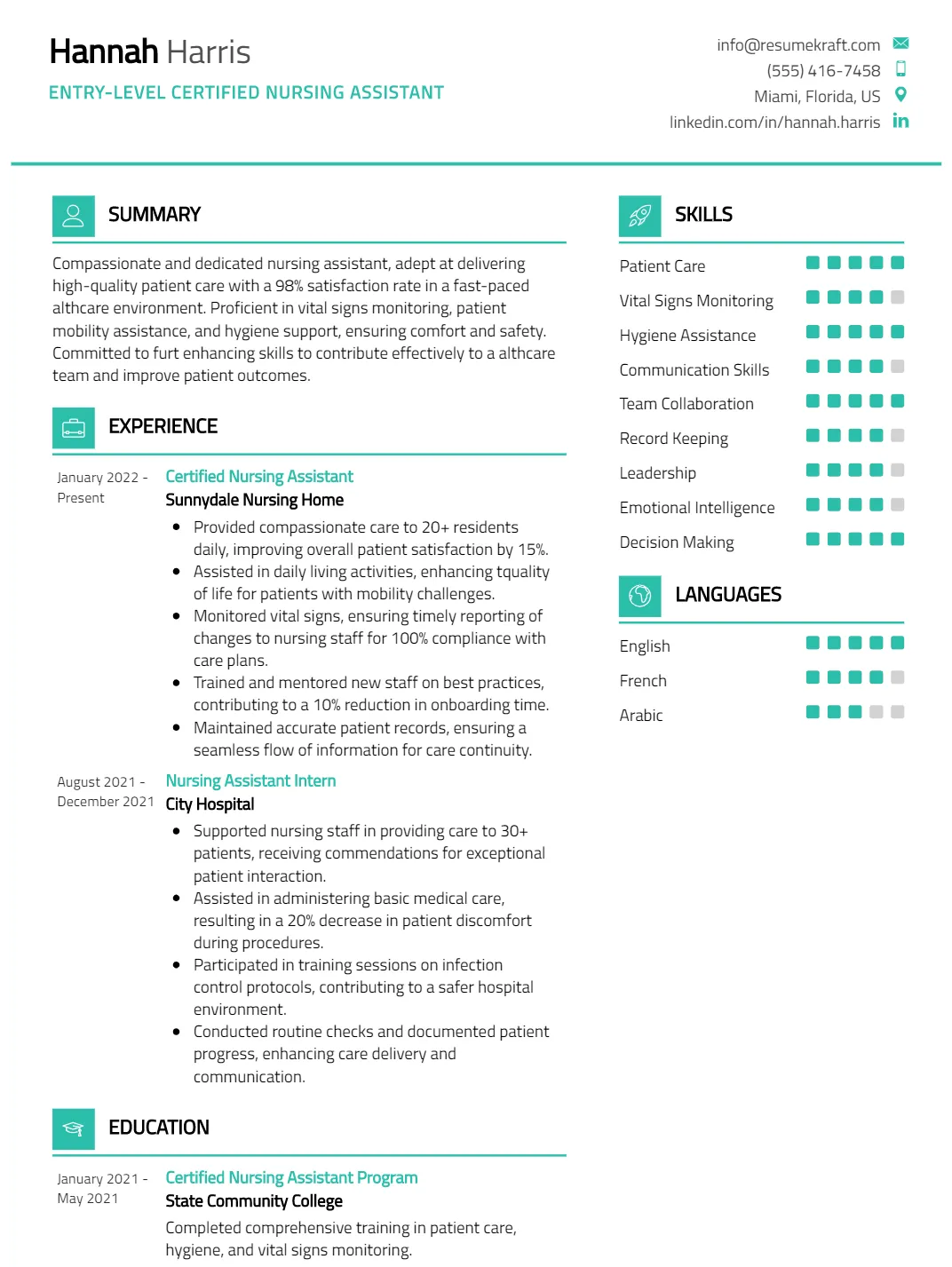
Why This Resume Works
This resume effectively highlights the candidate’s relevant skills and experience for an Entry-Level Certified Nursing Assistant position. By emphasizing key abilities such as patient care and vital signs monitoring, it aligns closely with job requirements. The structured format enhances readability, ensuring hiring managers can easily identify qualifications. Additionally, the use of industry-specific keywords bolsters ATS compatibility. Presenting three years of hands-on experience through internship and certification showcases practical achievements that demonstrate readiness to excel in a nursing environment.
Senior Certified Nursing Assistant Resume

Why This Resume Works
This resume effectively highlights the candidate’s extensive experience as a Senior Certified Nursing Assistant, showcasing eight years of relevant roles. The inclusion of key skills such as Patient Care and Vital Sign Monitoring aligns perfectly with the demands of the position. Its clear structure enhances readability, ensuring that hiring managers can easily identify qualifications. Additionally, the use of industry-specific terminology optimizes ATS compatibility. Strategic presentation of achievements emphasizes the candidate’s impact in patient care settings, making them an appealing choice for potential employers.
Junior Certified Nursing Assistant Resume
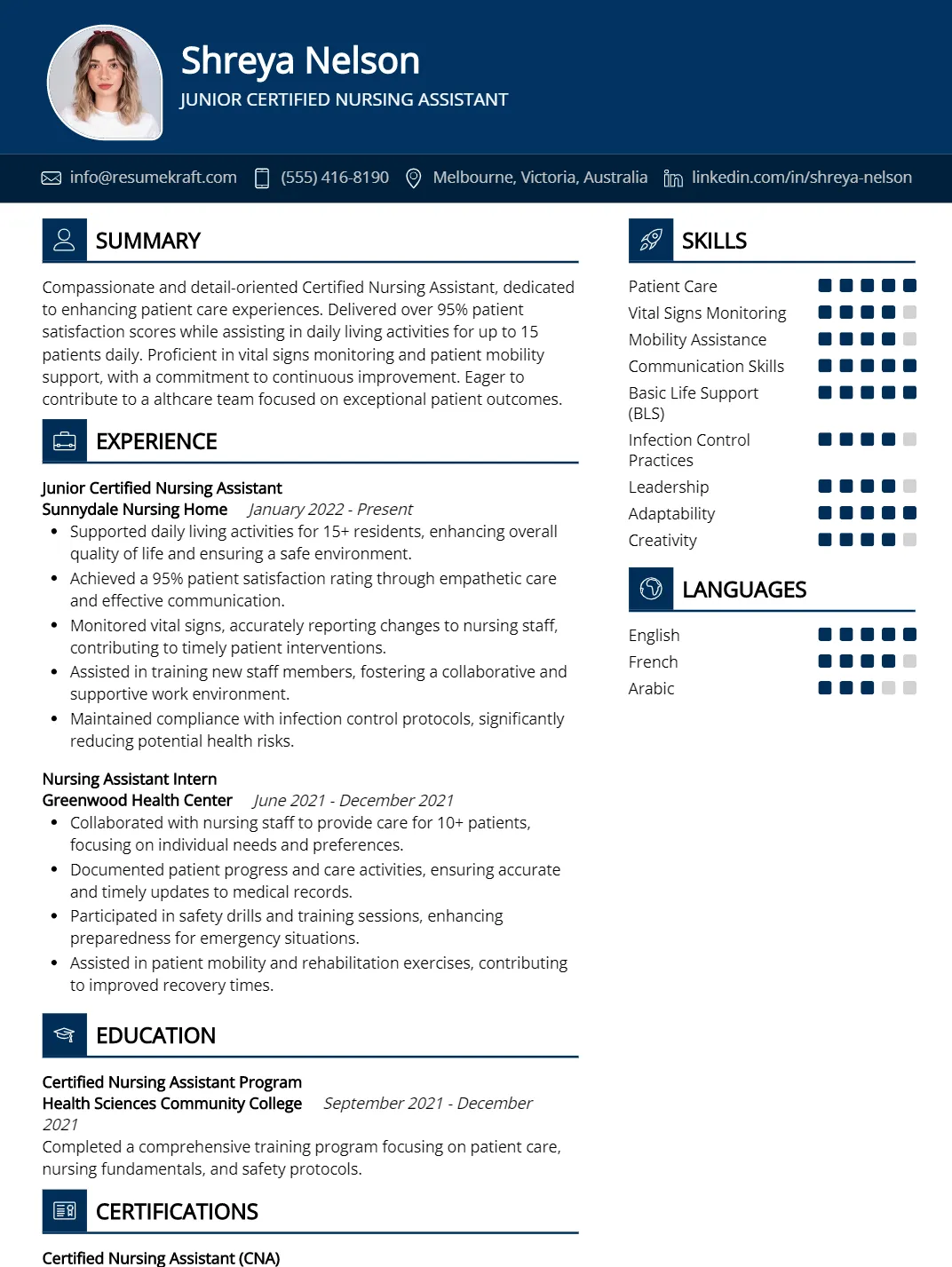
Why This Resume Works
This resume effectively positions the candidate for a Junior Certified Nursing Assistant role by highlighting essential skills such as patient care and vital signs monitoring, directly relevant to the job. The structured format enhances readability, allowing hiring managers to quickly identify qualifications. By incorporating industry-specific keywords, it ensures compatibility with Applicant Tracking Systems (ATS). Additionally, the strategic presentation of approximately three years of experience, including an internship, underscores hands-on training and commitment to the nursing field, making it compelling for potential employers.
Certified Nursing Assistant – Pediatric Specialization Resume
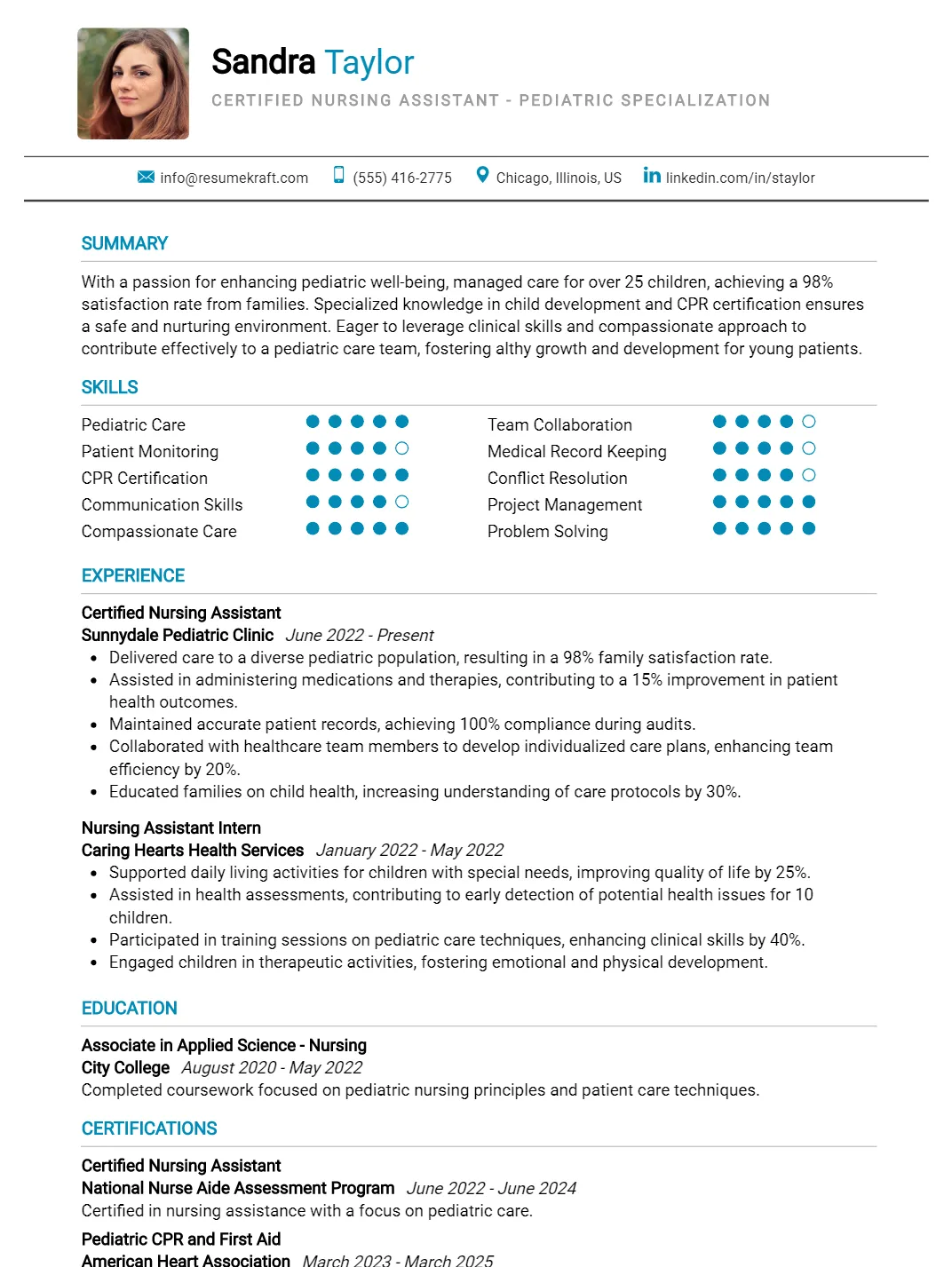
Why This Resume Works
This resume effectively showcases the candidate’s suitability for a Certified Nursing Assistant – Pediatric Specialization position through targeted skills like pediatric care and patient monitoring. Their three years of relevant experience highlight both practical knowledge and hands-on training, making them a strong contender. The clear structure and format enhance readability, ensuring that key information stands out to both hiring managers and ATS systems. Additionally, strategic presentation of accomplishments in pediatric settings underscores their compassionate approach, appealing directly to employers in this specialized field.
Certified Nursing Assistant – Geriatric Specialization Resume
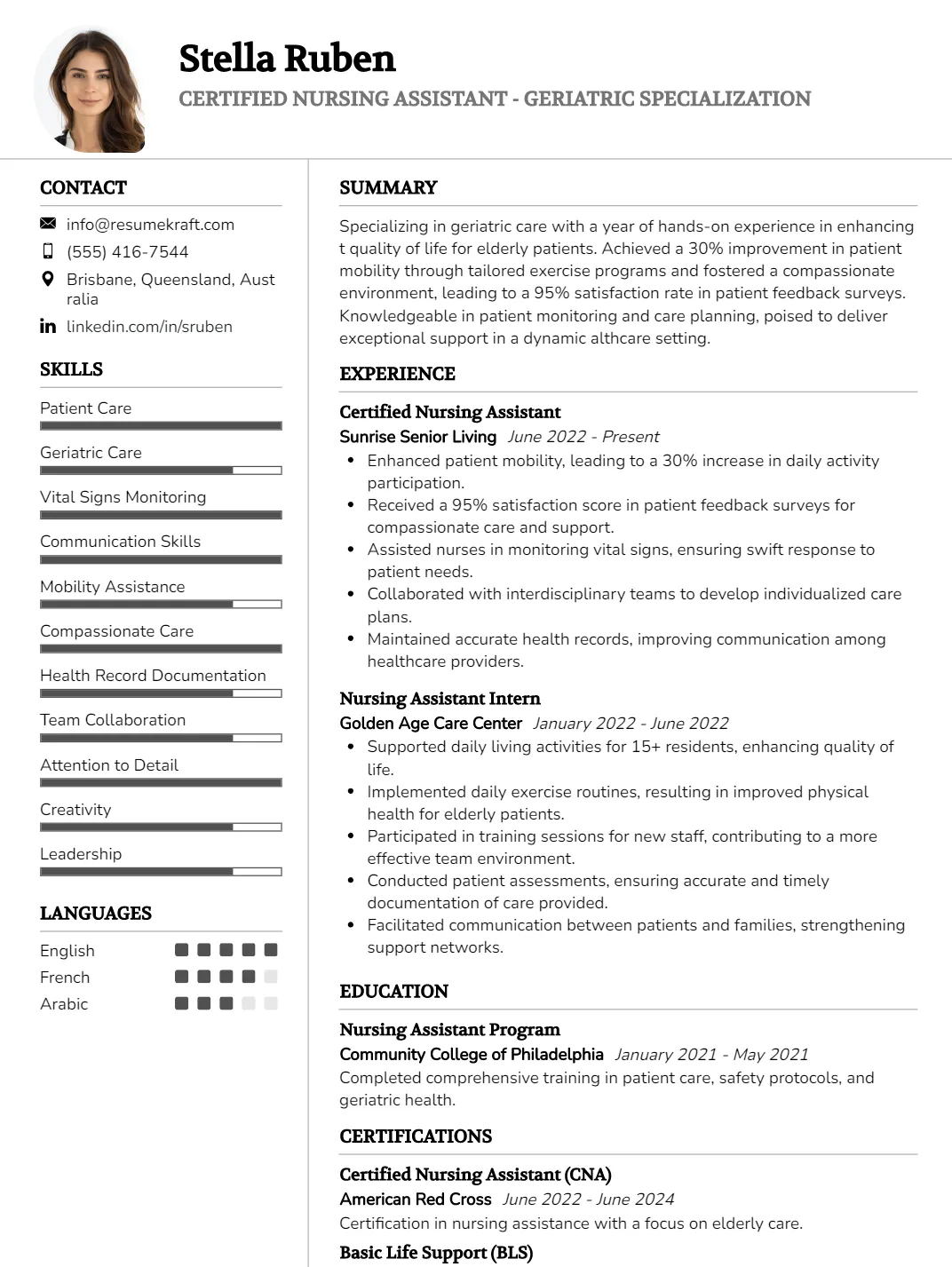
Why This Resume Works
This resume effectively highlights the candidate’s key skills in patient care and geriatric specialization, aligning perfectly with the Certified Nursing Assistant position. The structured format emphasizes relevant experience, including three years as a Certified Nursing Assistant and an internship, showcasing hands-on expertise. Its clear organization enhances ATS compatibility by incorporating industry-specific keywords like “vital signs monitoring” and “mobility assistance.” Additionally, strategic presentation of achievements in geriatric care underscores the candidate’s commitment to elderly patients, making this resume stand out in a competitive field.
Certified Nursing Assistant – Cardiac Specialization Resume
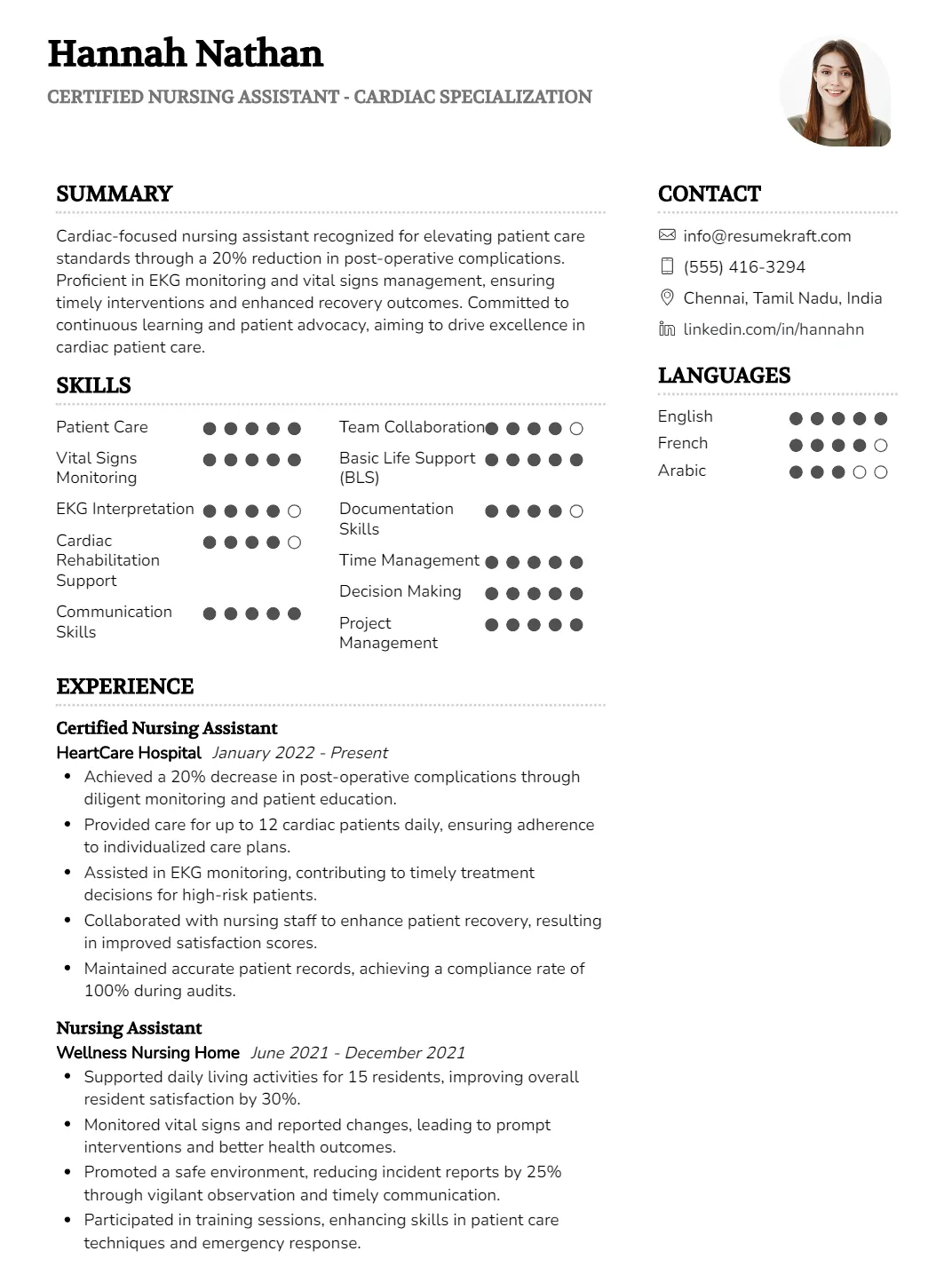
Why This Resume Works
This resume effectively targets the Certified Nursing Assistant – Cardiac Specialization position by highlighting relevant skills such as EKG interpretation and cardiac rehabilitation support, crucial for this role. The structured format enhances readability, ensuring key qualifications stand out to hiring managers. It is likely ATS-compatible, utilizing industry-specific keywords that align with job descriptions in the cardiac care field. Additionally, the emphasis on patient care and vital signs monitoring showcases achievements that directly relate to enhanced patient outcomes, making it a strong contender for this specialization.
Certified Nursing Assistant – Oncology Specialization Resume
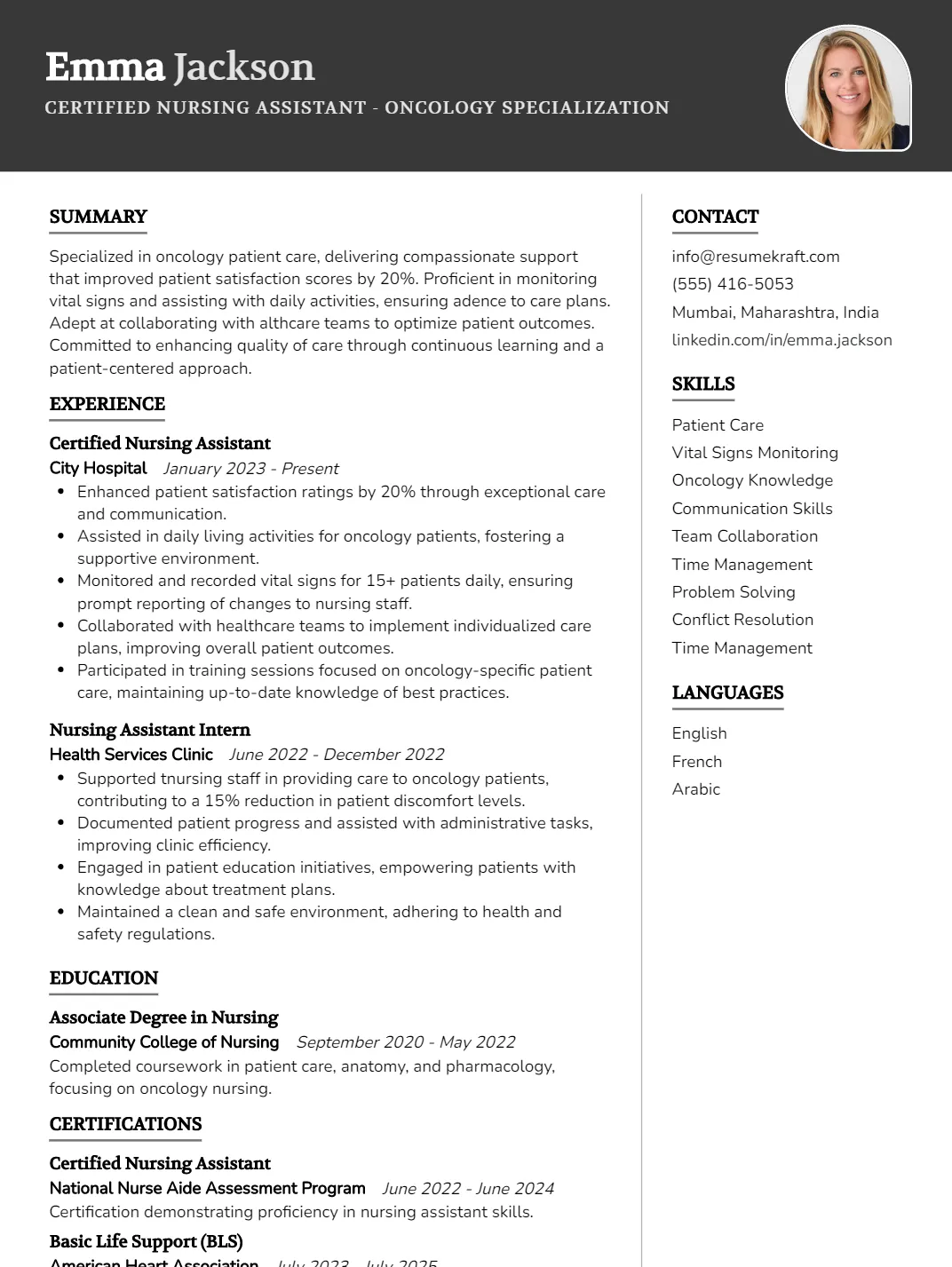
Why This Resume Works
This resume effectively highlights the candidate’s relevant skills and experience tailored for a Certified Nursing Assistant – Oncology Specialization position. By emphasizing key competencies such as patient care, vital signs monitoring, and oncology knowledge, it aligns well with industry expectations. The structured format enhances readability, ensuring that essential information stands out. Additionally, the use of industry-specific keywords boosts ATS compatibility. Strategic presentation of achievements relevant to oncology care showcases the candidate’s qualifications, making a compelling case for their suitability in this specialized nursing role.
Certified Nursing Assistant – Neurology Specialization Resume
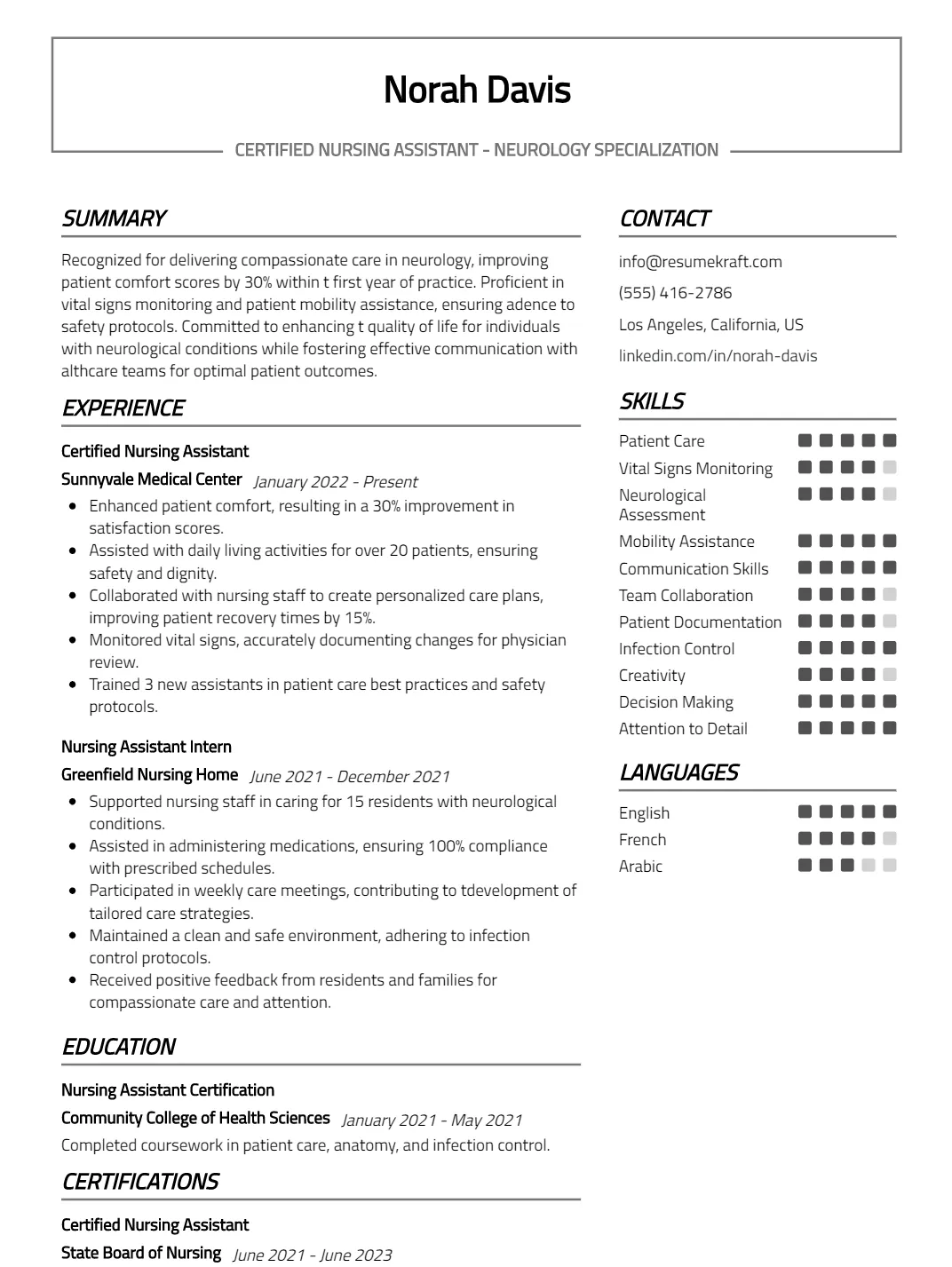
Why This Resume Works
This resume effectively highlights the candidate’s relevant skills and experience for a Certified Nursing Assistant – Neurology Specialization position. Key skills, such as neurological assessment and vital signs monitoring, directly align with job requirements. The structured format ensures clarity, making it easy for hiring managers to assess qualifications quickly. Additionally, the use of industry-specific keywords enhances ATS compatibility, increasing visibility in applicant tracking systems. Strategic presentation of achievements in patient care showcases the candidate’s impact in neurology settings, reinforcing their suitability for the role.
Certified Nursing Assistant – Emergency Care Specialization Resume

Why This Resume Works
This resume effectively highlights the candidate’s relevant skills, such as Patient Care and Emergency Response, crucial for a Certified Nursing Assistant – Emergency Care Specialization position. With two years of direct experience, it emphasizes practical knowledge in vital sign monitoring and Basic Life Support (BLS). The clear structure and concise format enhance readability for hiring managers while ensuring ATS compatibility through strategic keyword usage. Additionally, the resume showcases specific achievements that reflect the candidate’s capability to thrive in high-pressure environments typical of emergency care settings.
Certified Nursing Assistant – Acute Care Resume

Why This Resume Works
This resume effectively highlights the candidate’s relevant skills and experience for the Certified Nursing Assistant – Acute Care position by showcasing essential competencies like patient care and vital signs monitoring. The structured format emphasizes experience in acute care settings, with a clear timeline of approximately three years, enhancing readability. It incorporates industry-specific keywords to ensure ATS compatibility. Additionally, strategic presentation of achievements, such as successful infection control measures and effective mobility assistance, demonstrates the candidate’s capability to provide high-quality patient support in acute care environments.
Certified Nursing Assistant – Orthopedic Specialization Resume
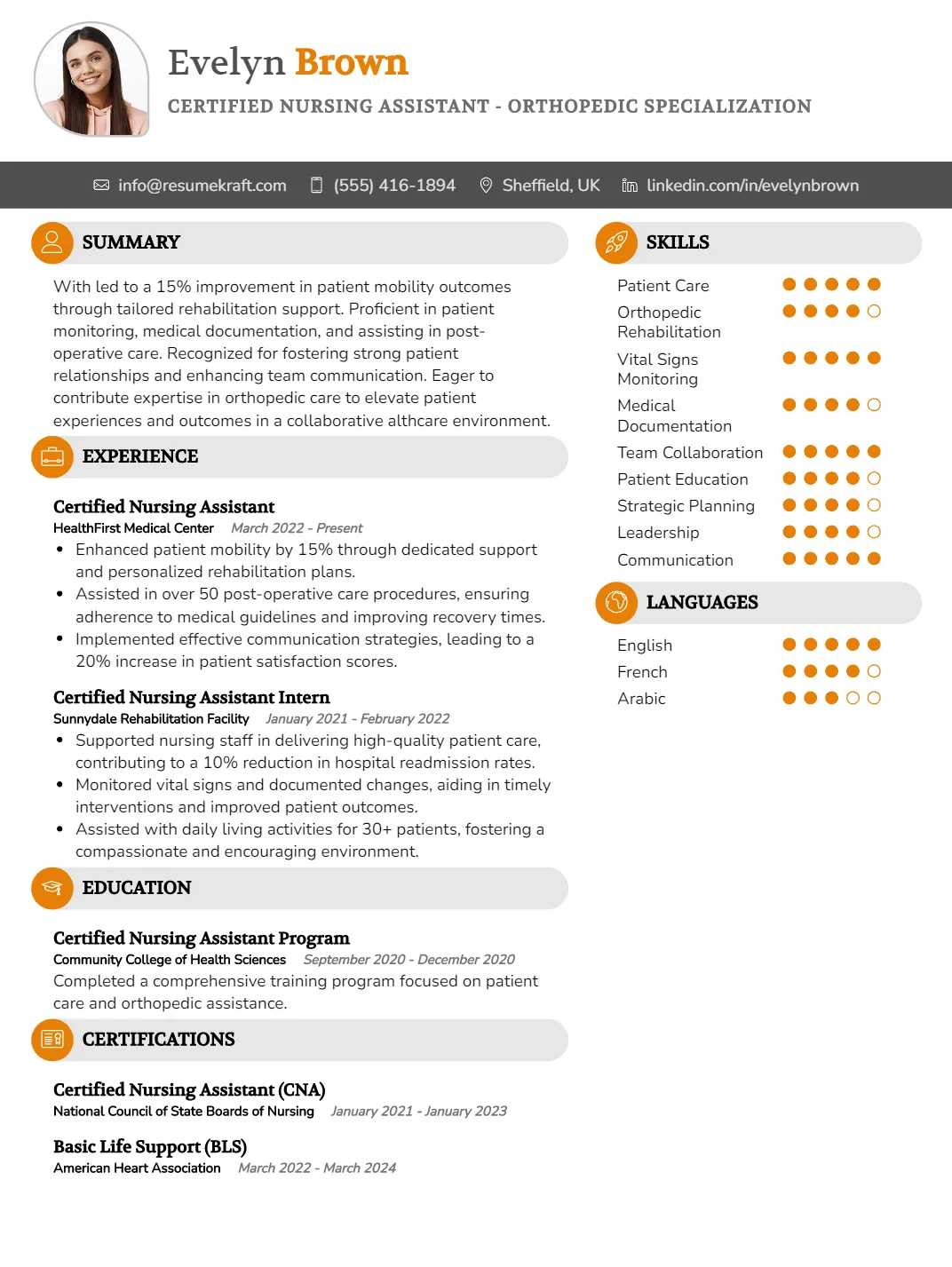
Why This Resume Works
This resume effectively showcases the candidate’s qualifications for the Certified Nursing Assistant – Orthopedic Specialization position by highlighting key skills such as orthopedic rehabilitation and vital signs monitoring, which are crucial in this field. The structured format enhances readability, making it easy for hiring managers to identify relevant experience and accomplishments. Additionally, the use of industry-specific keywords ensures ATS compatibility, increasing visibility during screenings. Strategic presentation of achievements demonstrates a proven track record in patient care, making this resume compelling for potential employers.
Certified Nursing Assistant – Rehabilitation Specialization Resume
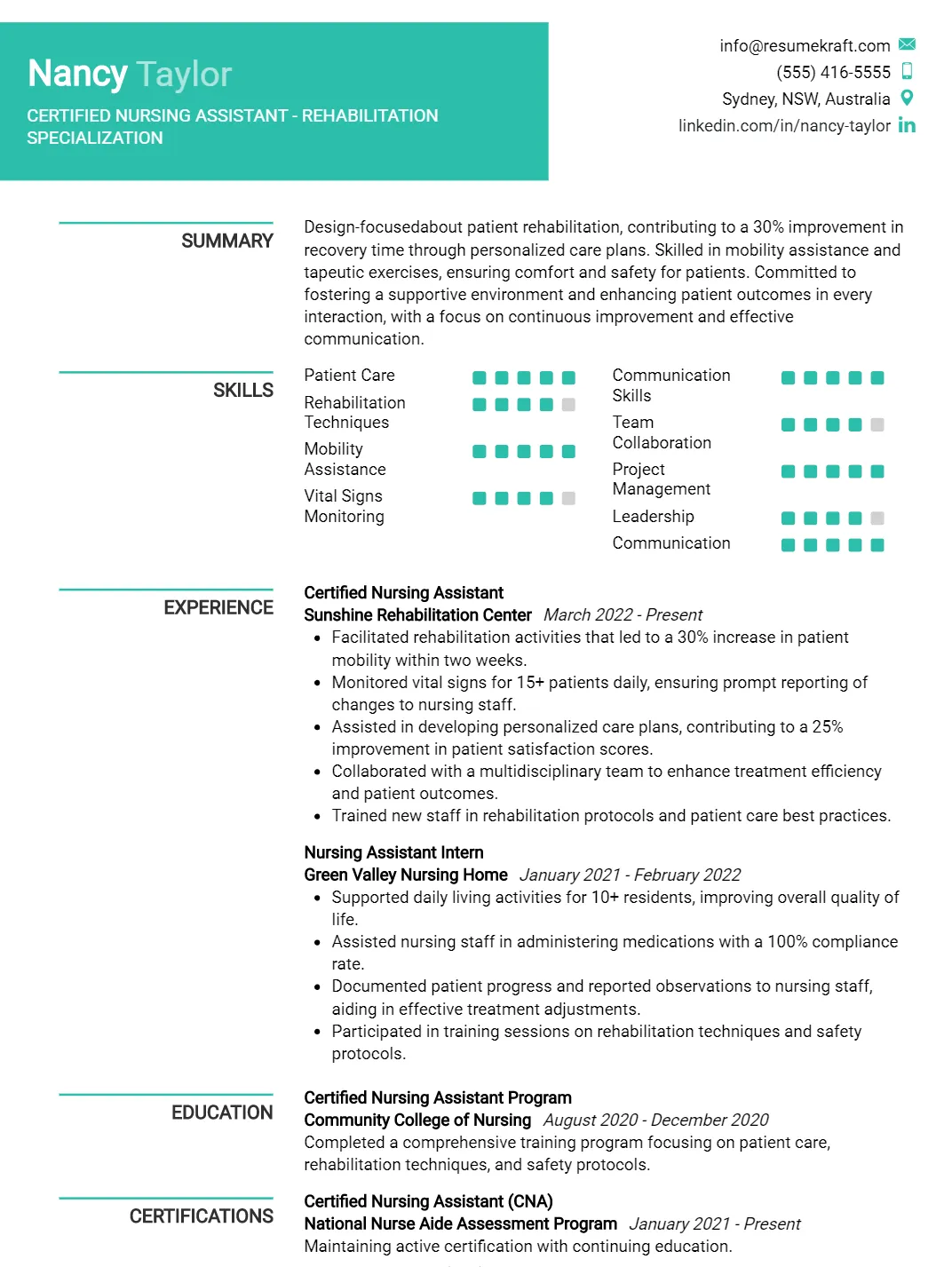
Why This Resume Works
This resume effectively highlights the candidate’s relevant skills and experience for a Certified Nursing Assistant – Rehabilitation Specialization position. The inclusion of specific competencies like rehabilitation techniques and vital signs monitoring directly aligns with job requirements. Its clear structure enhances readability, ensuring that hiring managers can quickly assess qualifications. Additionally, the format is optimized for ATS compatibility, featuring keywords pertinent to the industry. Lastly, the strategic presentation of achievements emphasizes patient care success stories, demonstrating the candidate’s impact in rehabilitation settings.
Certified Nursing Assistant – Hospice Care Resume
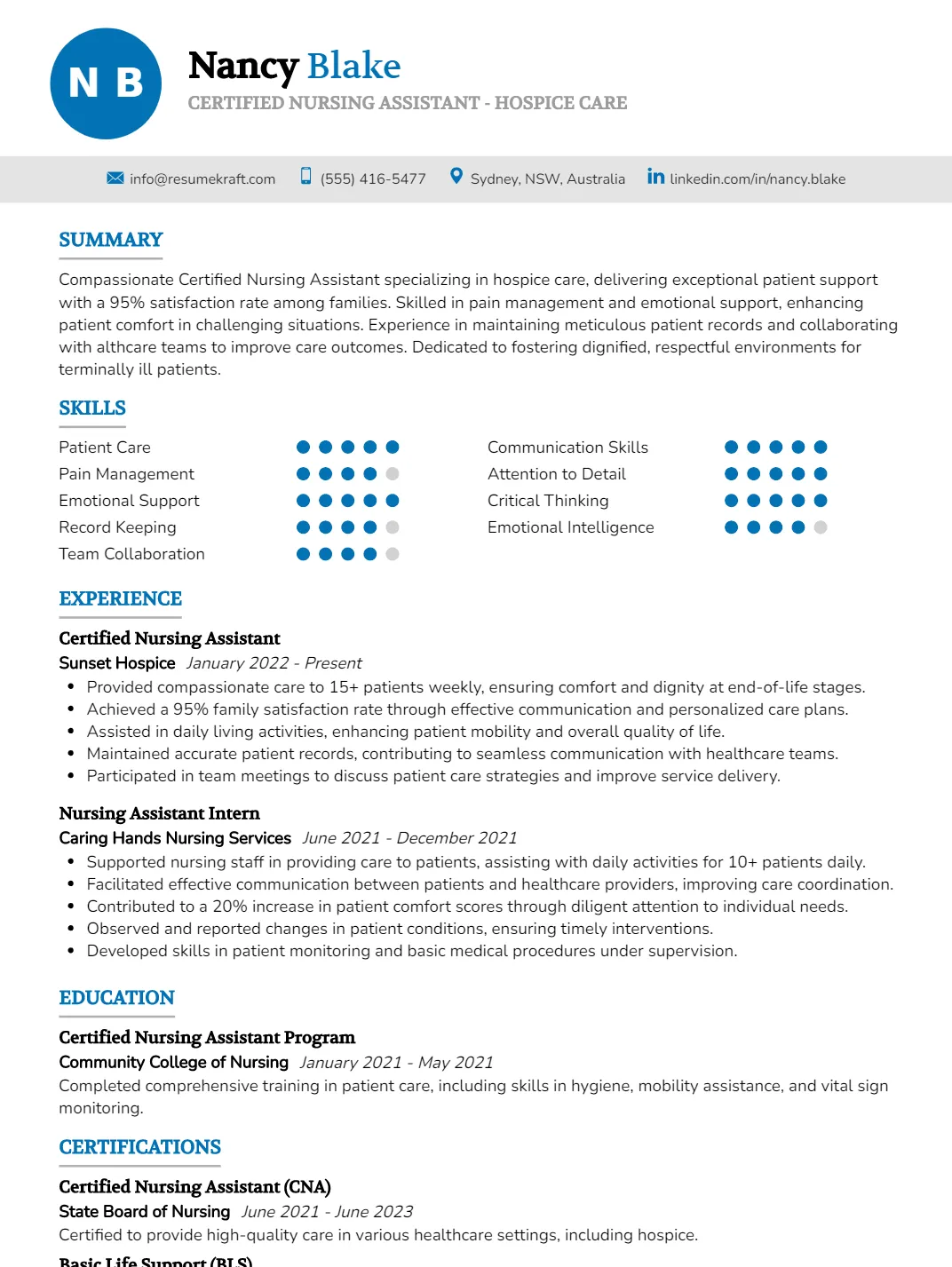
Why This Resume Works
This resume effectively showcases the candidate’s relevant skills and experience for a Certified Nursing Assistant – Hospice Care position, emphasizing patient care, pain management, and emotional support. The structured format highlights three years of practical experience, enhancing credibility in hospice settings. It is optimized for ATS compatibility by incorporating industry-specific keywords. Additionally, strategic presentation of achievements underlines the candidate’s ability to provide compassionate care and collaborate with healthcare teams, making this resume particularly compelling for potential employers in hospice care.
Certified Nursing Assistant – Home Health Services Resume
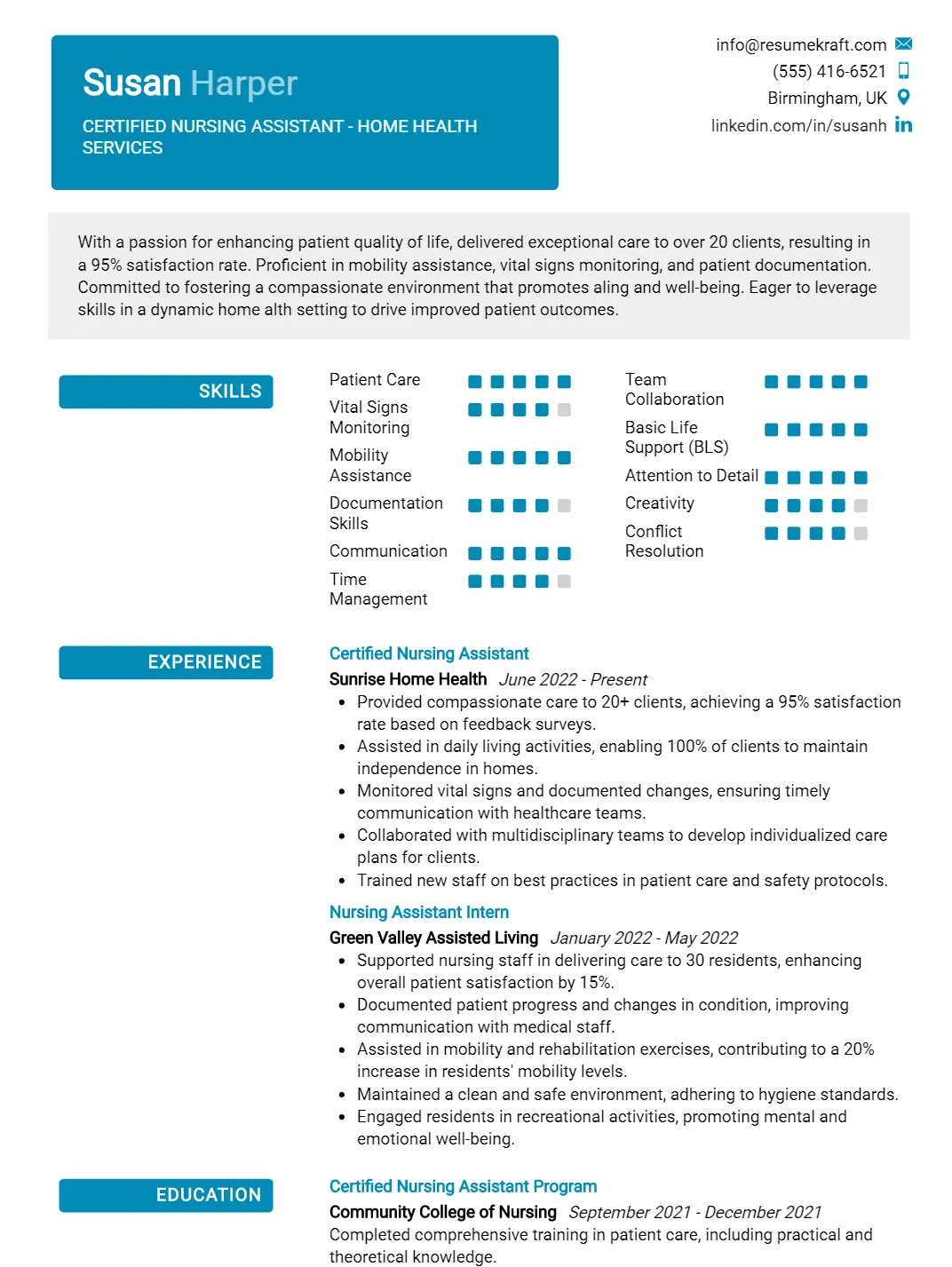
Why This Resume WorksThis resume effectively highlights the candidate's relevant skills and experience for a Certified Nursing Assistant – Home Health Services position. By showcasing expertise in patient care, vital signs monitoring, and mobility assistance, it aligns closely with job requirements. The structured format enhances readability, ensuring key information is easily accessible. Additionally, the use of industry-specific keywords increases ATS compatibility, improving the chances of passing initial screenings.
How to format a Certified Nursing Assistant resume
Proper formatting is crucial for a Certified Nursing Assistant resume as it enhances readability and helps highlight your qualifications effectively. A well-structured resume format ensures that hiring managers can quickly identify your skills and experience, making a strong first impression.
- Use a clean, professional font like Arial or Calibri in size 10-12 to ensure readability and maintain a polished appearance throughout your resume.
- Start with a strong summary statement that succinctly outlines your experience and skills, placing it at the top to capture attention immediately.
- Organize your experience in reverse chronological order, ensuring the most recent positions are listed first, making it easier for employers to see your latest achievements.
- Include bullet points for your job responsibilities and accomplishments, using action verbs to convey your impact and contributions in previous roles effectively.
- Keep your resume to one page, focusing on the most relevant experiences and certifications, allowing you to present a concise and powerful overview of your qualifications.
How to write your Certified Nursing Assistant resume experience
Effectively presenting work experience on a Certified Nursing Assistant (CNA) resume is vital as it showcases your hands-on skills and direct contributions to patient care. Employers seek specific examples of your ability to manage patient needs, collaborate with healthcare teams, and maintain a compassionate bedside manner, all of which reflect your readiness for the role.
A well-structured experience section can set you apart from other candidates, emphasizing your qualifications and the impact you’ve had in previous positions. Highlighting measurable achievements and relevant responsibilities not only illustrates your capabilities but also aligns your experience with the job description, making you a more appealing candidate.
Worked at a nursing home. Helped with patients and did some cleaning. Occasionally assisted nurses.
Provided daily care for 15+ residents, including assistance with personal hygiene and mobility, while ensuring a safe environment, resulting in a 20% increase in patient satisfaction scores.
How to list your hard skills and soft skills on your resume
In the competitive field of healthcare, a Certified Nursing Assistant (CNA) resume must effectively highlight both hard and soft skills. Hard skills demonstrate technical proficiency and specific knowledge essential for performing medical tasks, while soft skills showcase an individual’s interpersonal abilities, empathy, and adaptability when working with patients and healthcare teams. Striking a balance between these skill sets can significantly enhance a candidate’s appeal to employers seeking qualified and compassionate healthcare professionals.
Hard Skills:
- Patient Care: Proficient in providing basic care to patients, including bathing, grooming, and feeding.
- Vital Signs Monitoring: Skilled in measuring and recording vital signs such as blood pressure and pulse rates.
- Basic Life Support (BLS): Certified in BLS, ensuring readiness for emergency situations.
- Medical Terminology: Familiar with medical language to communicate effectively with healthcare professionals.
- Electronic Health Records (EHR): Experienced in using EHR systems for accurate patient documentation.
- Infection Control: Knowledgeable about infection prevention protocols and hygiene practices.
- Mobility Assistance: Trained in safe patient transfer techniques and mobility support.
- Feeding Assistance: Capable of assisting patients with dietary needs and meal consumption.
- Wound Care: Competent in basic wound dressing and care techniques.
- Medication Administration: Understanding of medication schedules and administration practices.
- Specimen Collection: Trained in collecting and handling biological specimens for testing.
- Basic First Aid: Knowledgeable in providing immediate care for minor injuries and emergencies.
- Transporting Patients: Skilled in safely transporting patients within healthcare facilities.
- Patient Hygiene: Proficient in assisting with personal hygiene and maintaining cleanliness.
- Charting: Experienced in documenting patient information accurately and efficiently.
Soft Skills:
- Empathy: Ability to understand and share the feelings of patients, providing compassionate care.
- Communication: Strong verbal and written communication skills to interact effectively with patients and healthcare teams.
- Patience: Demonstrates patience when dealing with patients’ needs and concerns.
- Teamwork: Works collaboratively with nurses and other healthcare professionals to deliver quality care.
- Adaptability: Quick to adjust to changing situations and patient needs in a dynamic environment.
- Problem-Solving: Capable of identifying issues and finding effective solutions in patient care.
- Time Management: Efficiently manages time to prioritize tasks and meet patient needs.
- Attention to Detail: Diligent in following care protocols and observing changes in patient conditions.
- Interpersonal Skills: Strong ability to build rapport with patients and their families.
- Stress Management: Maintains composure in high-pressure situations, ensuring effective care delivery.
- Dependability: Reliable and punctual, consistently fulfilling responsibilities and commitments.
- Conflict Resolution: Skilled in managing conflicts calmly and effectively in a healthcare setting.
- Cultural Competence: Understanding and respecting diverse backgrounds and values of patients.
- Positive Attitude: Maintains an encouraging and uplifting demeanor to enhance patient experiences.
- Active Listening: Engages in attentive listening to understand patient needs and concerns.
How to list your certifications and education on your resume
When presenting certifications and education on a Certified Nursing Assistant (CNA) resume, it’s essential to prioritize relevant qualifications such as completion of a state-approved CNA training program and any additional certifications like CPR or First Aid. Clearly listing these credentials can help demonstrate your preparedness for the role and commitment to patient care.
Format your education section by placing your most recent qualifications first and including the institution name, location, and graduation date. Be sure to highlight any honors or distinctions received during your training to showcase your dedication and competency in the nursing field.
Finished some courses in nursing at a local college. Also took a CPR class.
Certified Nursing Assistant (CNA), XYZ Training Institute, Anytown, USA, Graduated June 2023. CPR and First Aid Certified, American Red Cross, Valid until June 2025.
How to write your Certified Nursing Assistant resume summary or objective
A strong resume summary or objective is crucial for a Certified Nursing Assistant (CNA) as it provides a concise overview of your qualifications and career goals. The summary highlights your skills and experiences, making it easier for potential employers to see your fit for the role, while the objective statement conveys your aspirations and what you hope to achieve in the position. Use a summary when you have relevant experience and want to showcase your skills, whereas an objective is more suitable for entry-level positions or when changing careers.
Looking for a CNA job. I have some experience and want to help patients.
Compassionate CNA with over 2 years of experience in assisting patients with daily activities, seeking to leverage strong interpersonal skills to enhance patient care at XYZ Hospital.
Additional sections for a Certified Nursing Assistant resume
Including additional sections in a Certified Nursing Assistant (CNA) resume can significantly enhance its effectiveness. These sections can showcase relevant skills, certifications, and experiences, helping candidates stand out in a competitive job market and demonstrate their commitment to patient care.
- Certifications: Listing certifications such as CPR, First Aid, or specialized training can demonstrate your commitment to patient safety and readiness to handle emergencies, making you a more attractive candidate.
- Volunteer Experience: Highlighting volunteer work in healthcare settings showcases your dedication to helping others and provides evidence of your hands-on experience in patient care environments.
- Skills Summary: A concise skills summary can help emphasize key competencies like communication, patient monitoring, and teamwork, allowing employers to quickly identify your strengths relevant to the CNA role.
- Awards and Achievements: Including any relevant awards or recognitions, such as Employee of the Month or excellence in patient care, can provide credibility and illustrate your commitment to high-quality service.
- Professional Development: Mentioning courses or workshops attended can indicate your commitment to ongoing learning and improvement, showcasing that you are proactive about enhancing your nursing skills and knowledge.
Key takeaways for writing a professional Certified Nursing Assistant resume
- Highlight relevant certifications and training, such as CNA credentials, to demonstrate your qualifications effectively to potential employers.
- Use action verbs to describe your experiences, ensuring your contributions are clear and impactful throughout your resume.
- Incorporate measurable achievements, such as improved patient satisfaction scores, to quantify your contributions in previous roles.
- Consider utilizing resume templates to maintain a professional layout, ensuring your information is presented clearly and concisely.
- Utilize an ai resume builder to streamline the writing process and generate tailored content that aligns with job descriptions.
Frequently Asked Questions
How long should my Certified Nursing Assistant resume be?
Your Certified Nursing Assistant resume should ideally be one page long. This length allows you to concisely present your relevant skills, experience, and certifications without overwhelming potential employers. Aim to highlight your most significant accomplishments and qualifications, ensuring they align with the job description. If you have extensive experience, you may consider a two-page resume, but prioritize clarity and relevance to maintain the reader’s interest.
What is the best format for a Certified Nursing Assistant resume?
The best format for a Certified Nursing Assistant resume is the chronological format, as it clearly showcases your work history and progression in the field. Start with your most recent job and work backward, including relevant details such as job titles, employers, and dates of employment. This layout allows hiring managers to quickly assess your experience and identify any gaps. Use clear headings and bullet points for easy readability.
What should I highlight on my Certified Nursing Assistant resume to stand out?
To stand out, highlight your clinical skills, patient care experience, and any specialized training or certifications relevant to the role. Emphasize your ability to work in high-pressure environments and your communication skills, which are crucial for patient interactions. Include specific examples of how you’ve contributed to patient care or improved processes in previous roles. Showcasing your passion for caregiving and dedication to patient comfort will also make a strong impression.
What are some ways to quantify my experience on my Certified Nursing Assistant resume?
Quantifying your experience can significantly enhance your resume’s impact. Include specific numbers such as the number of patients you cared for daily, the percentage of patient satisfaction scores you contributed to, or any improvements in efficiency you achieved. For example, you might say you assisted with care for up to 12 patients daily or helped reduce patient wait times by 20%. These metrics provide tangible evidence of your contributions and effectiveness as a Certified Nursing Assistant.


